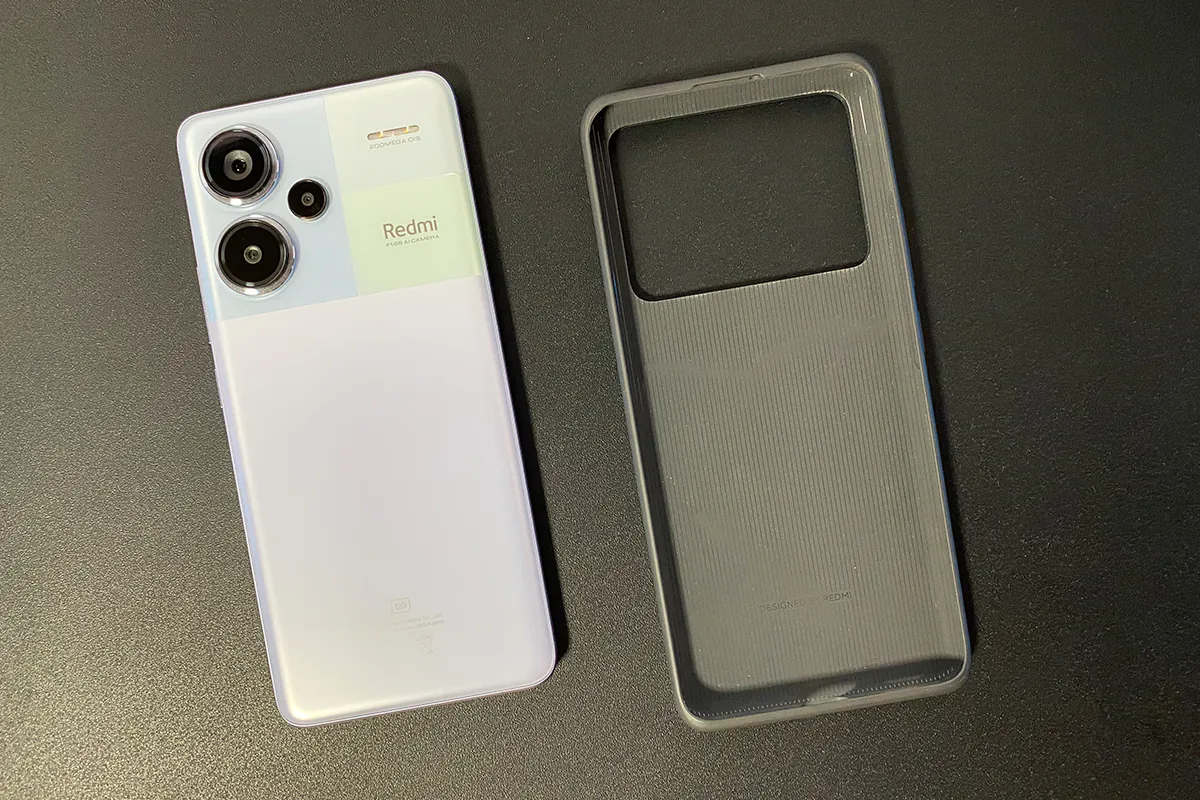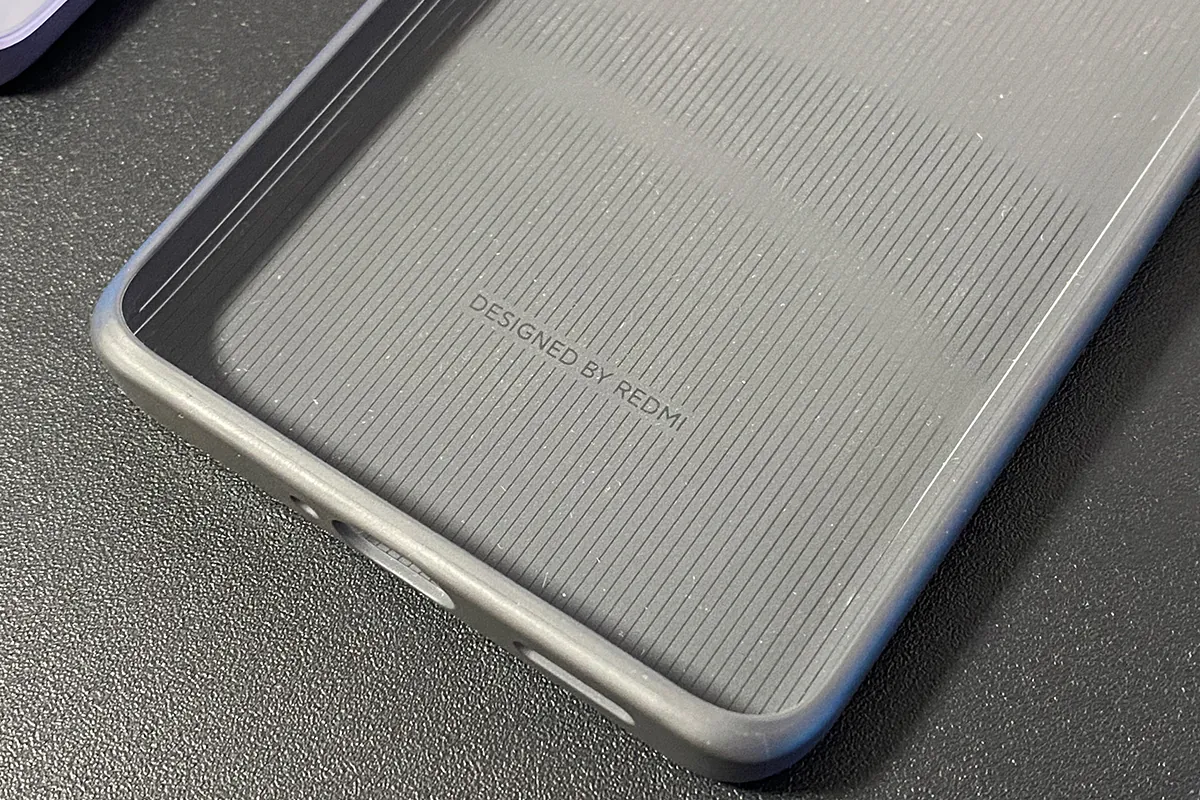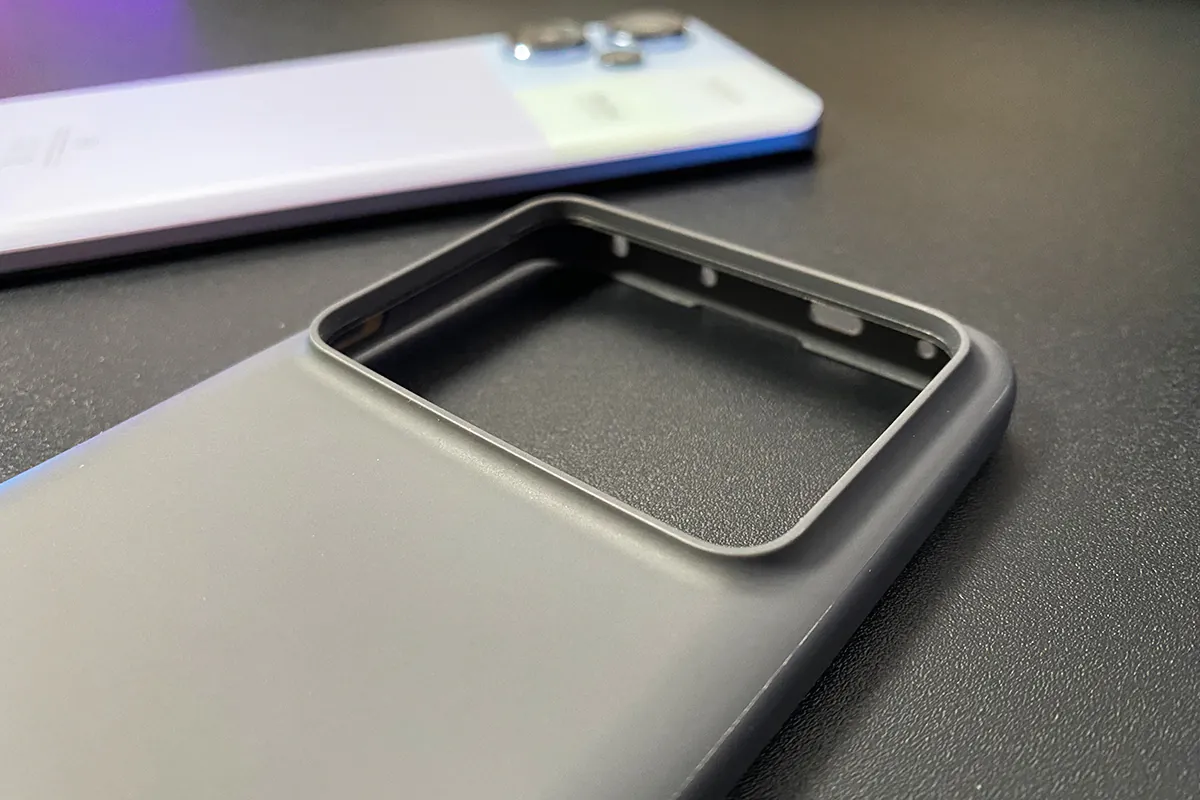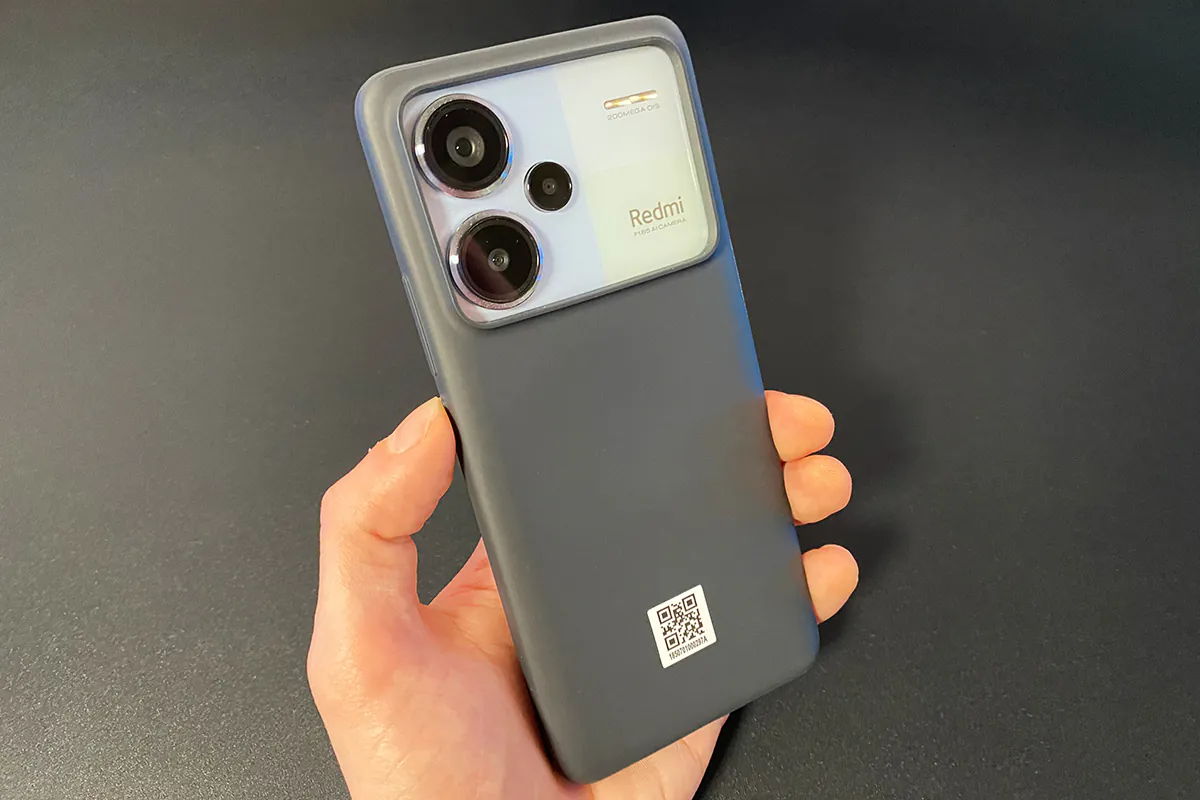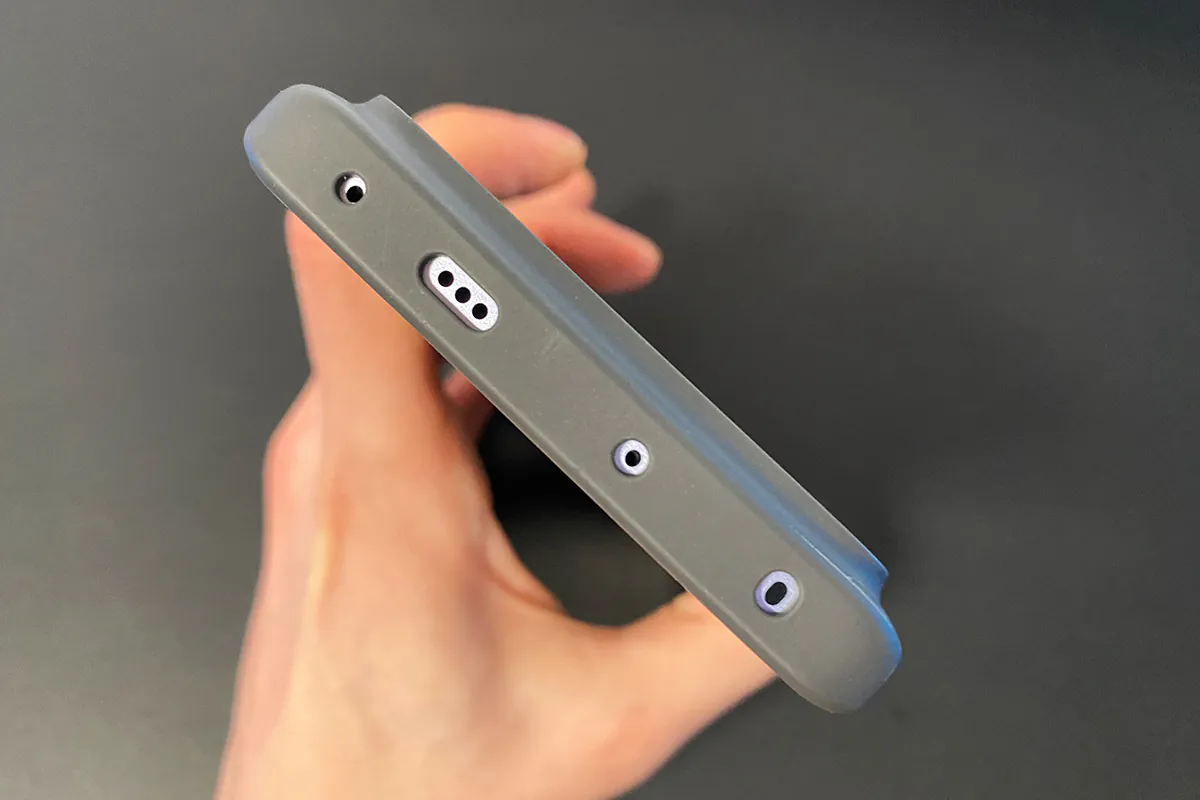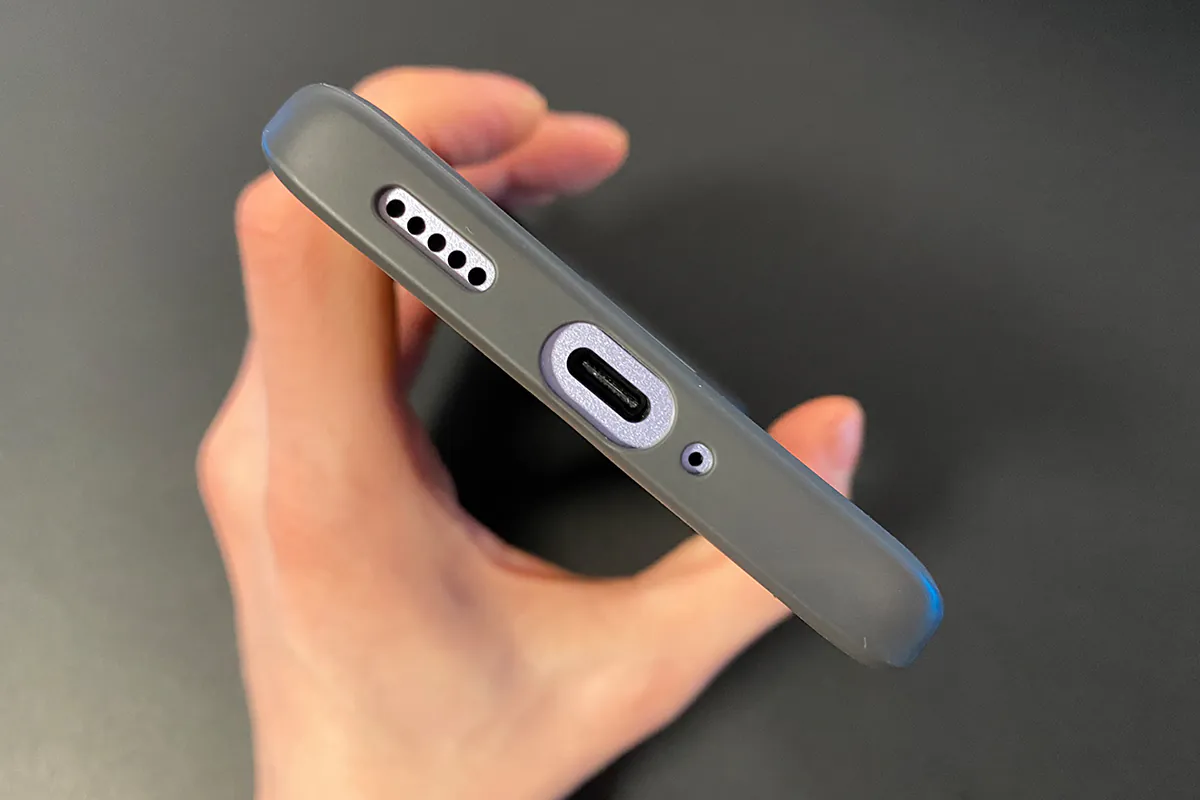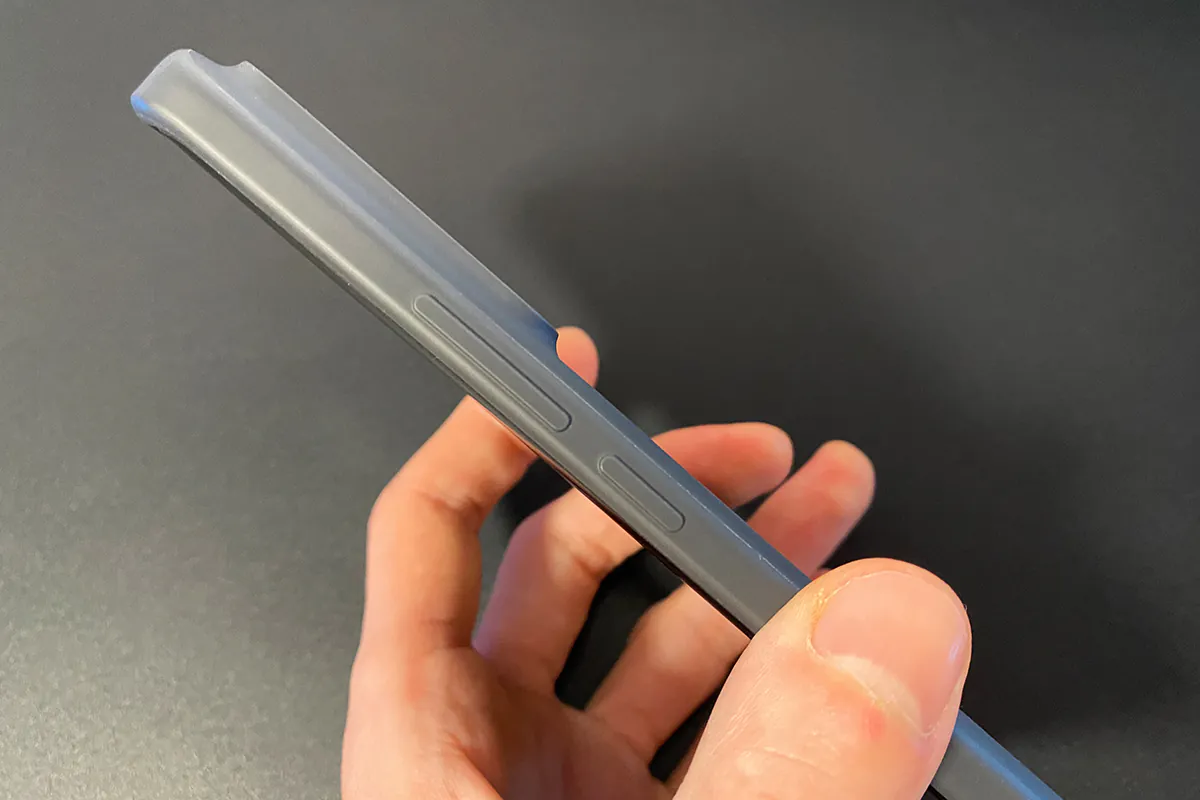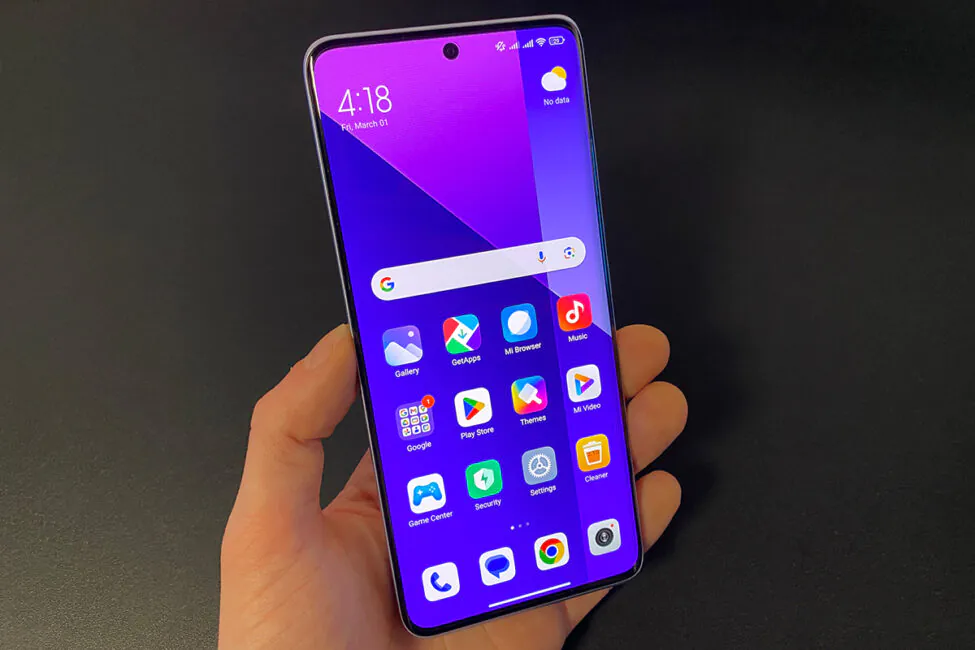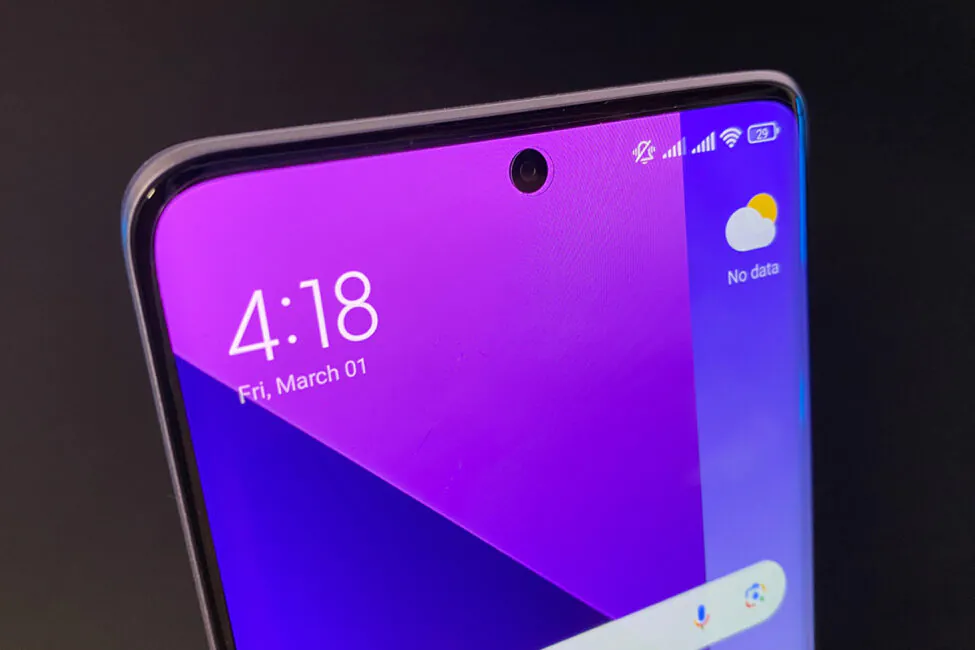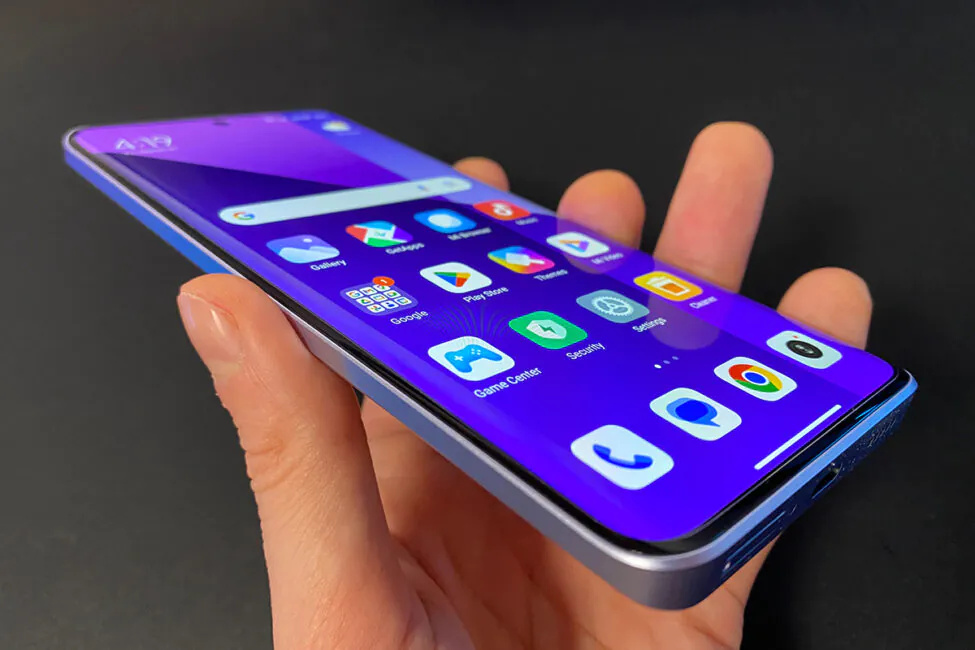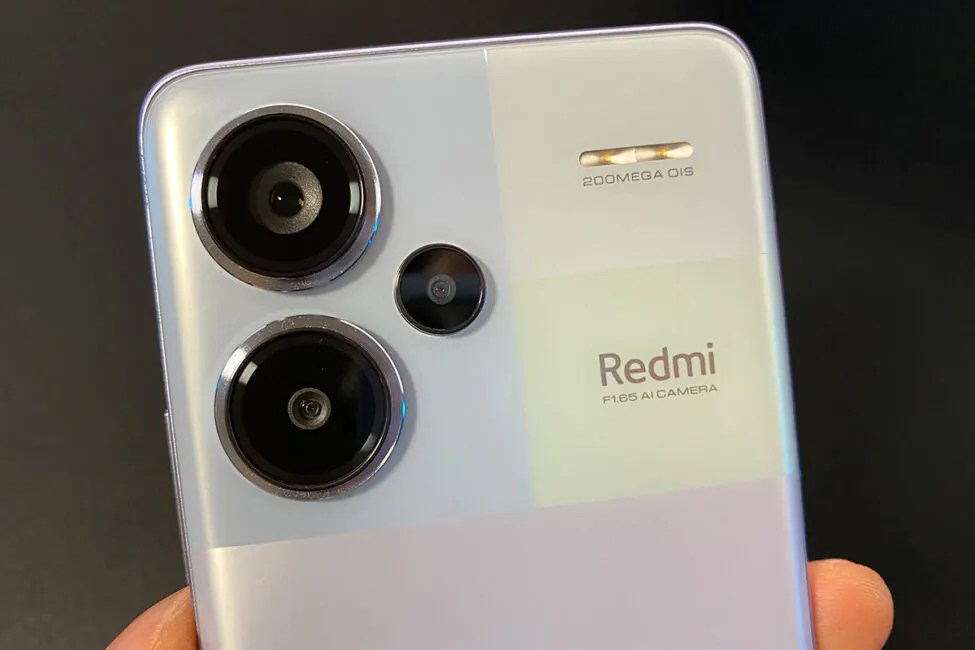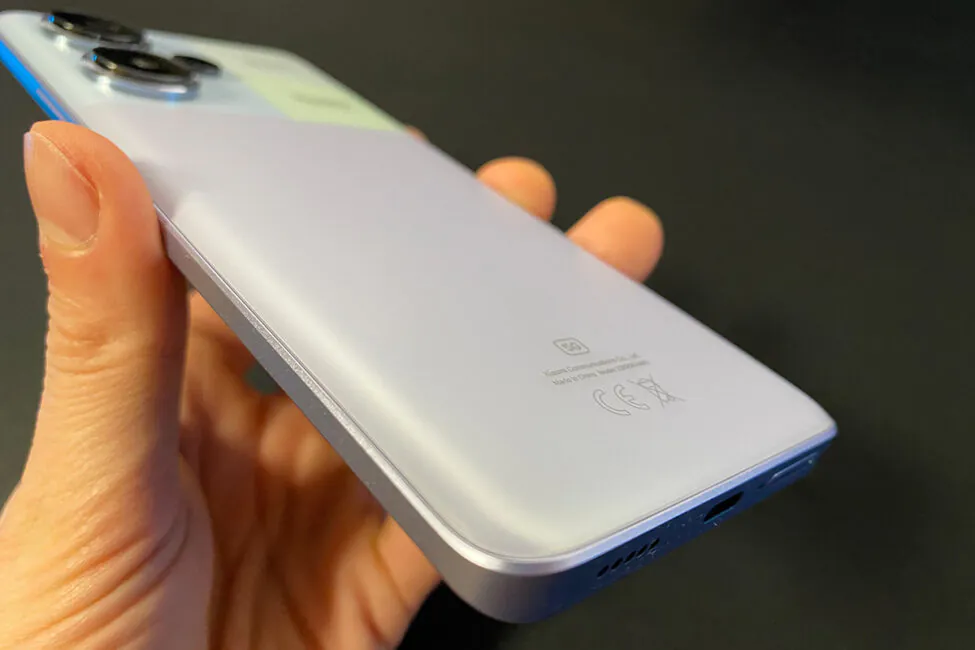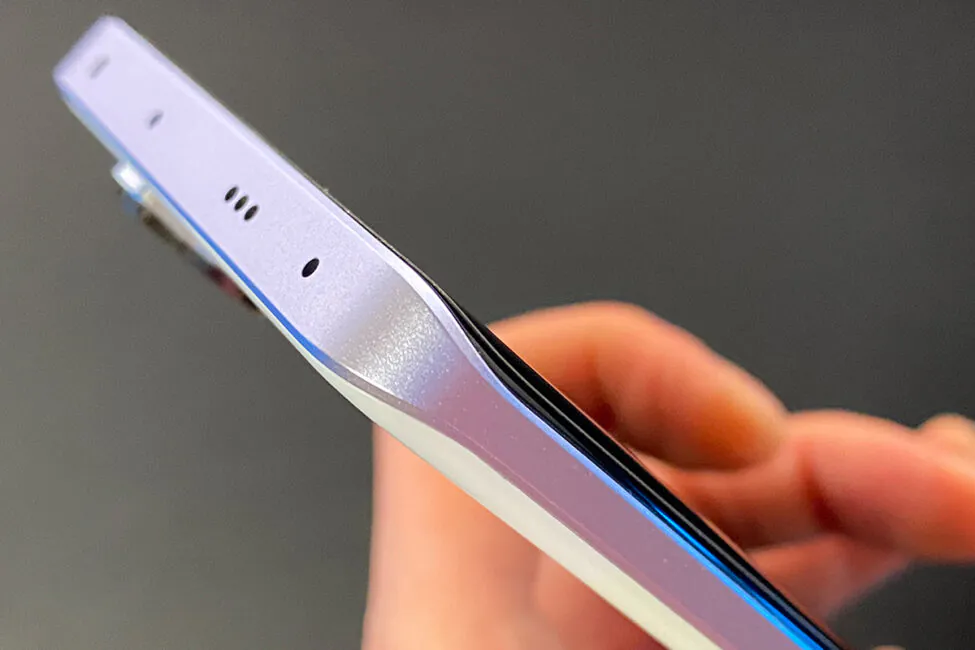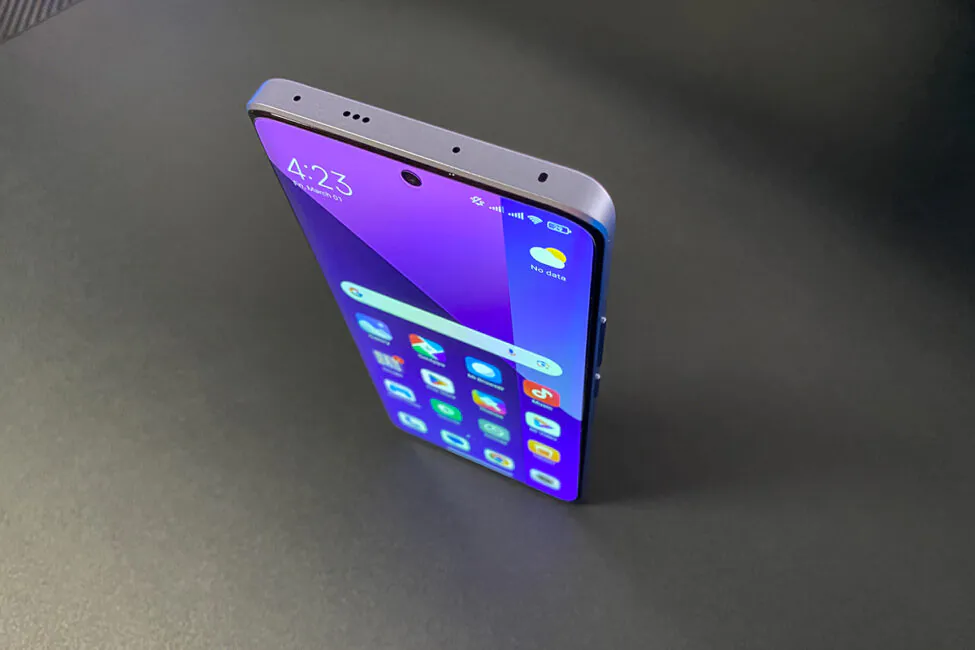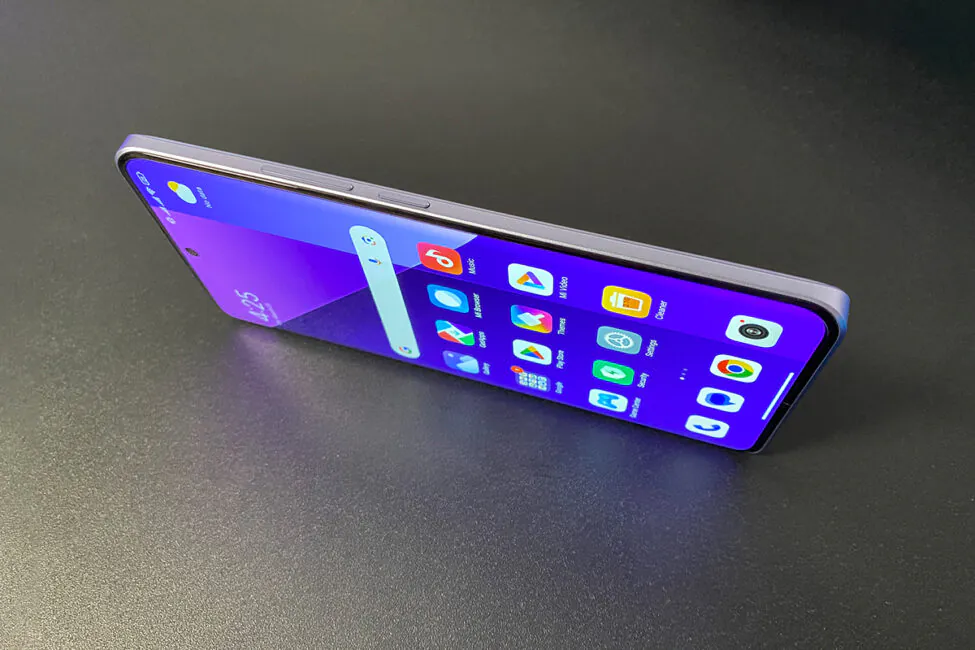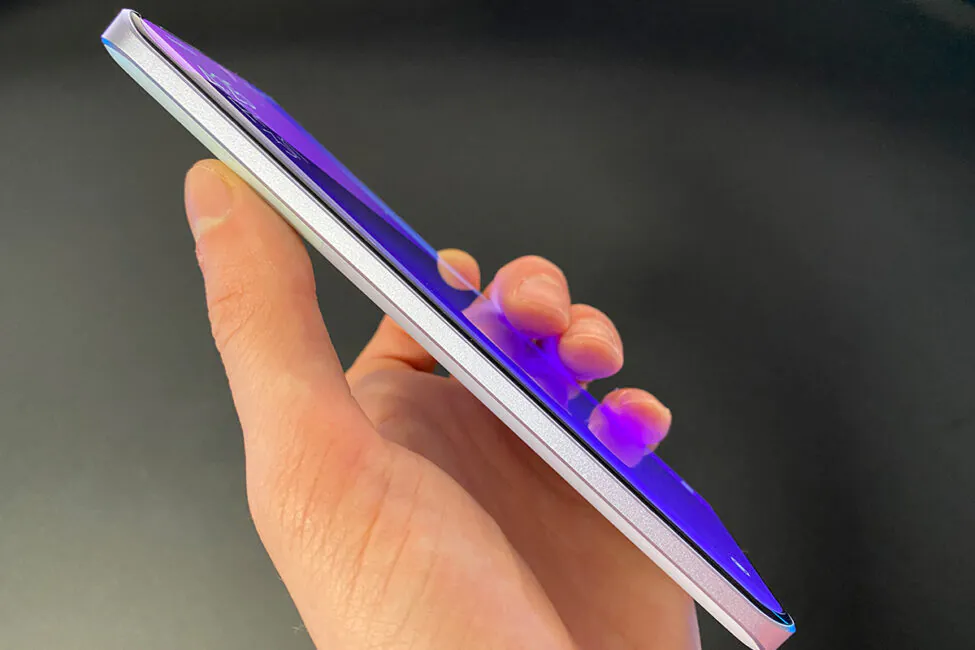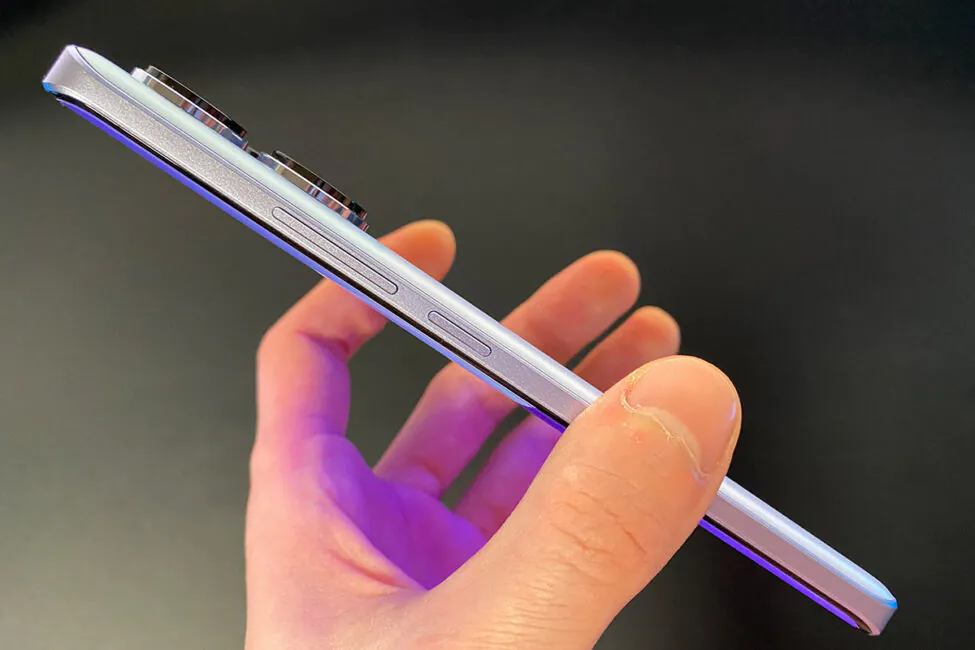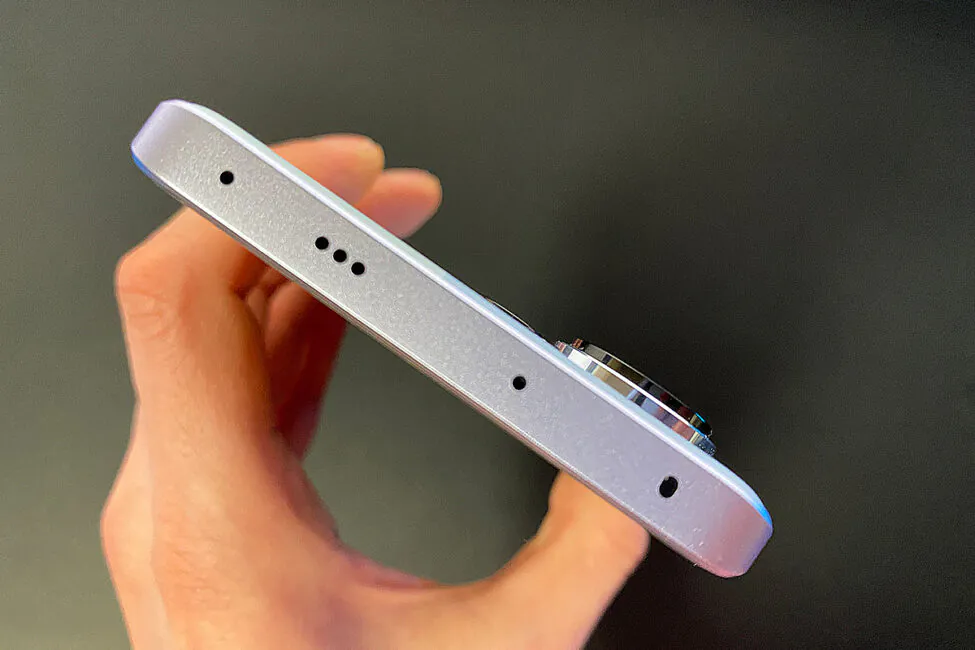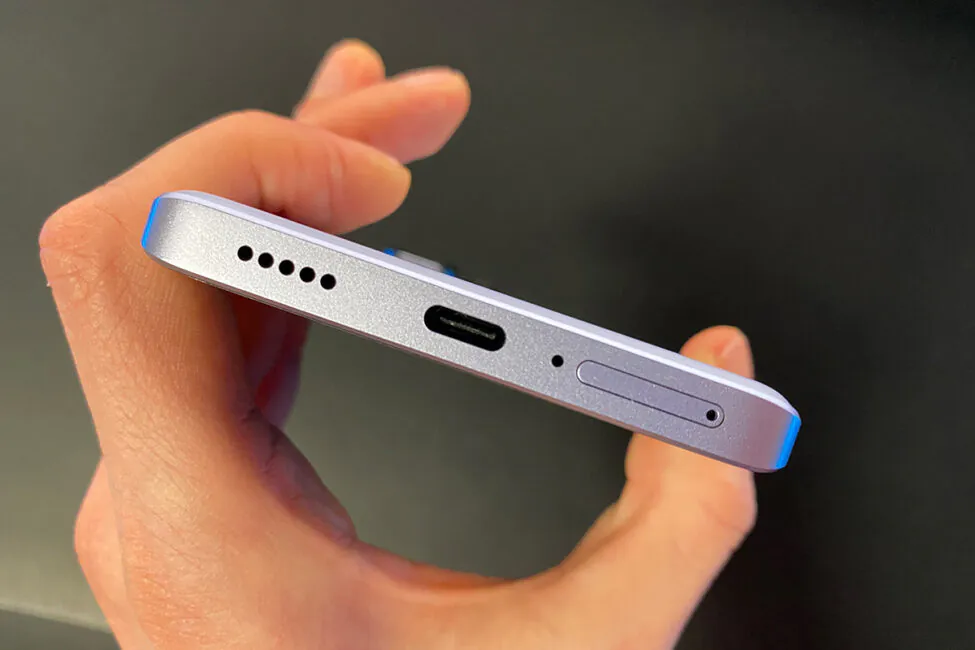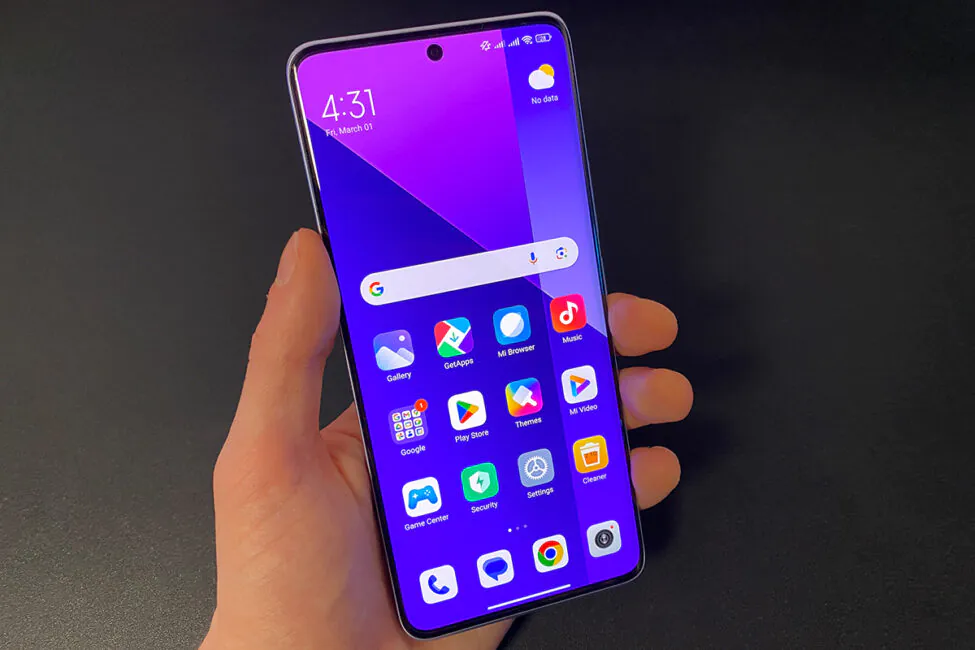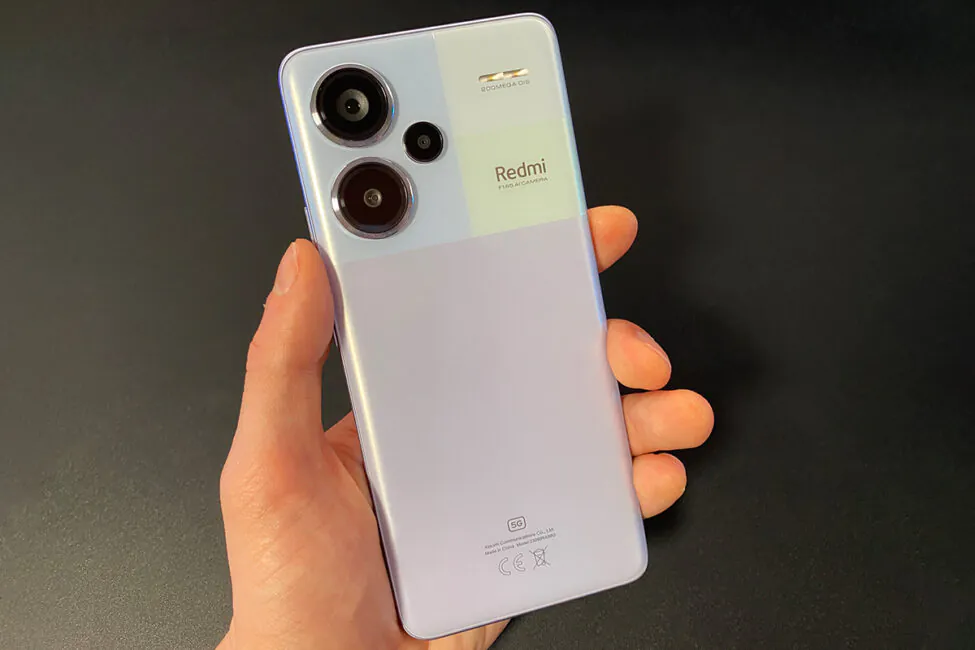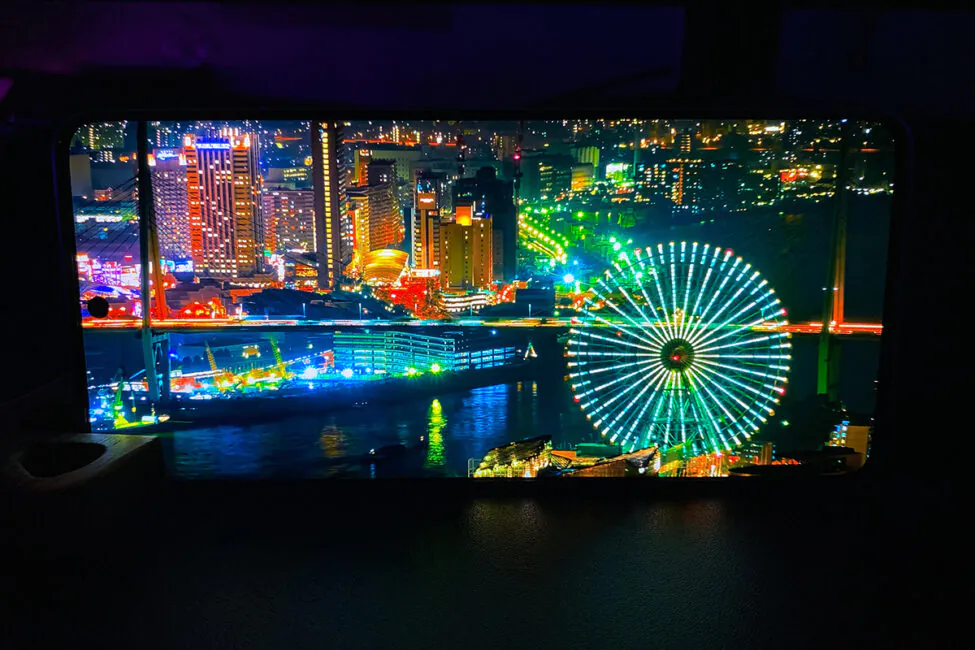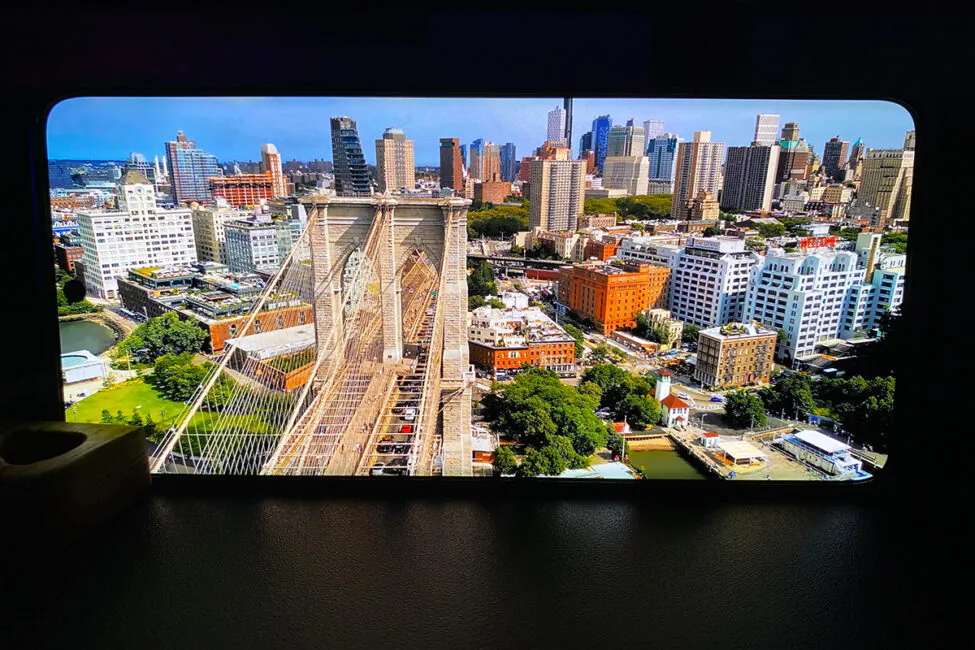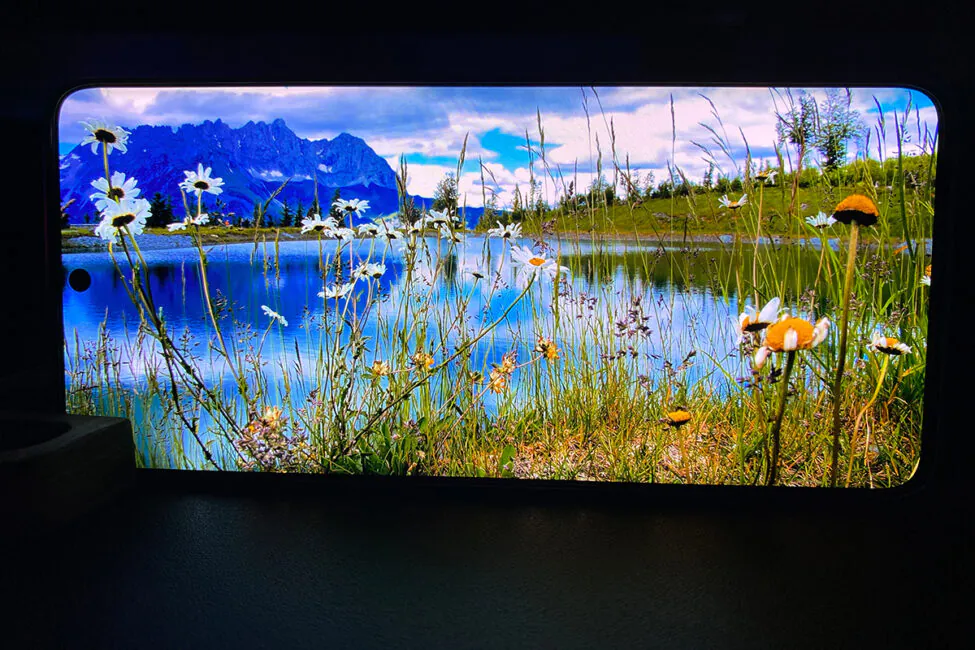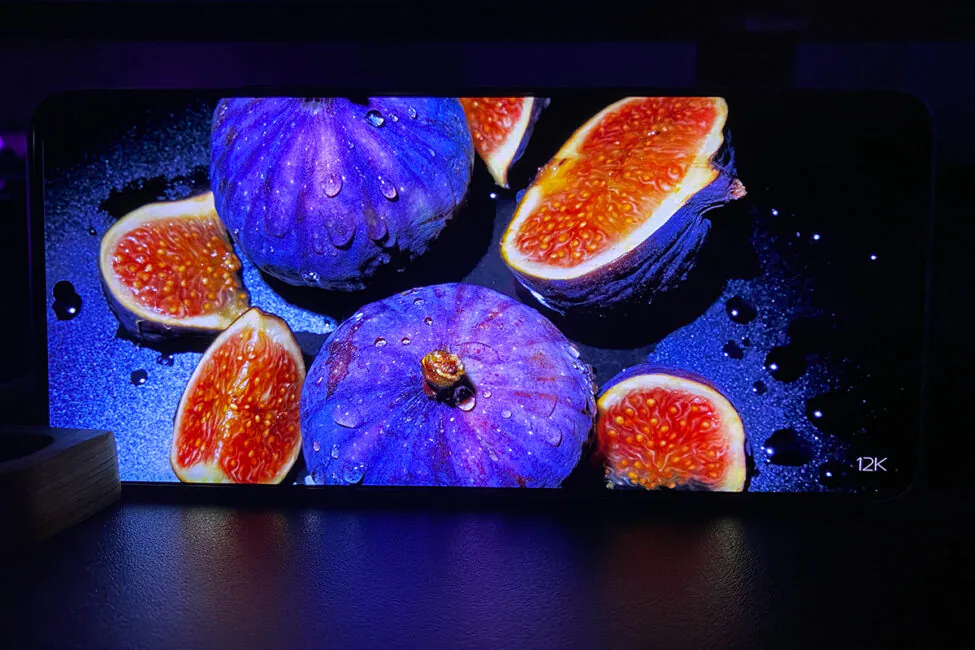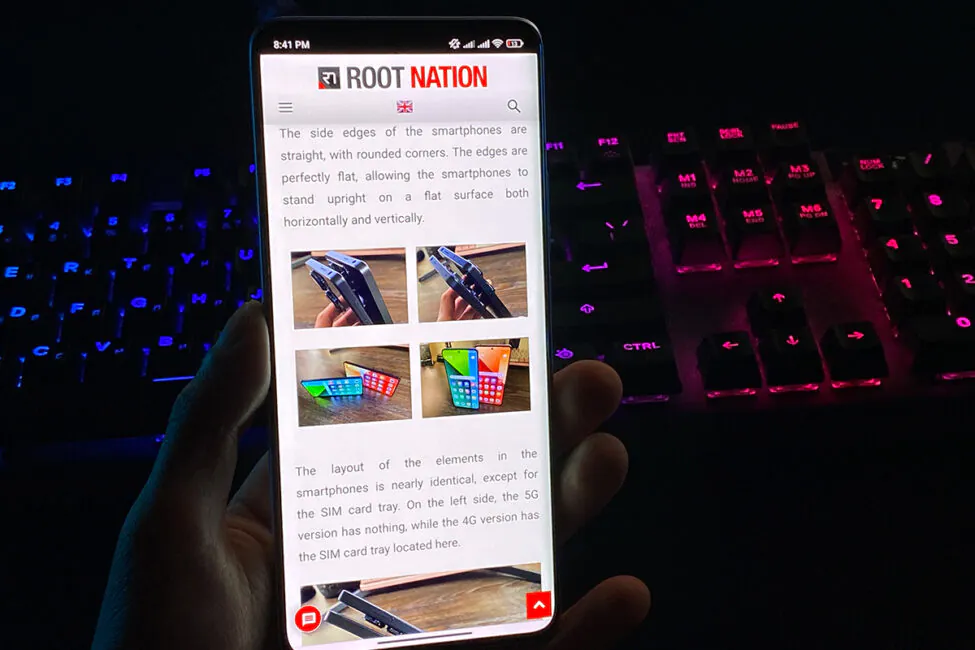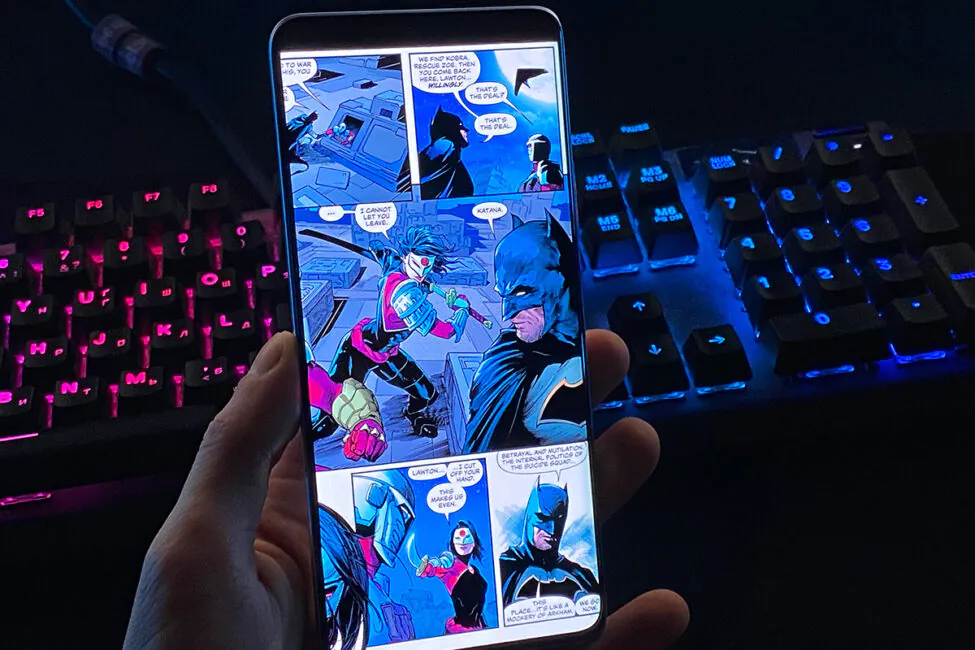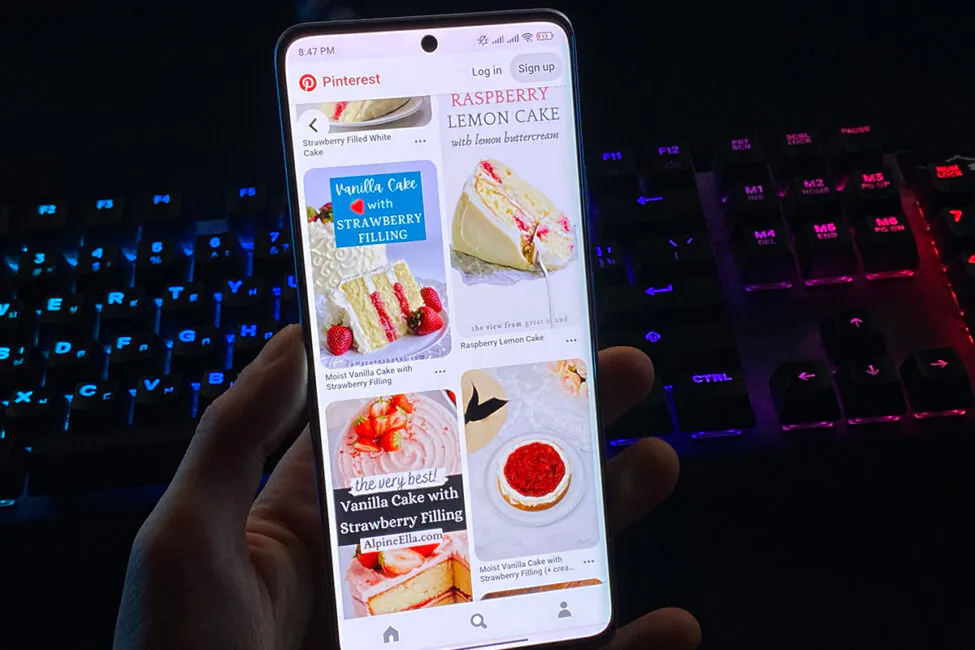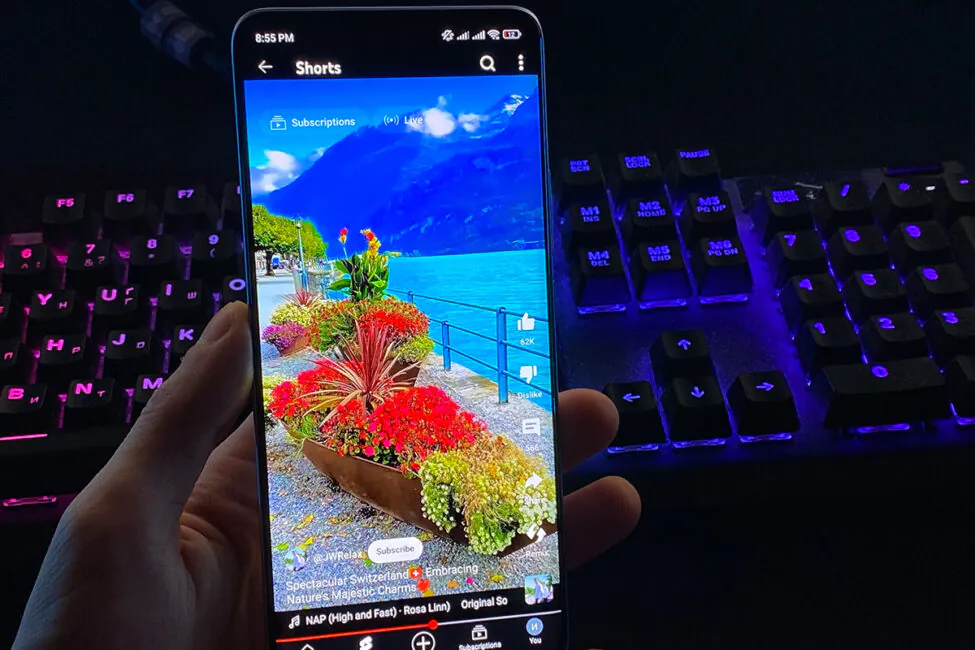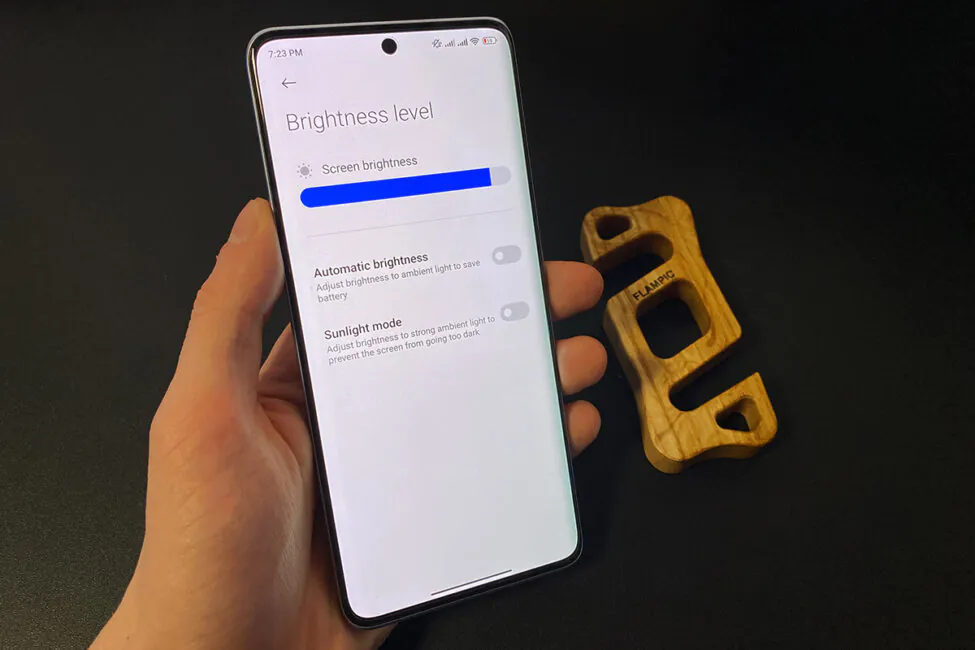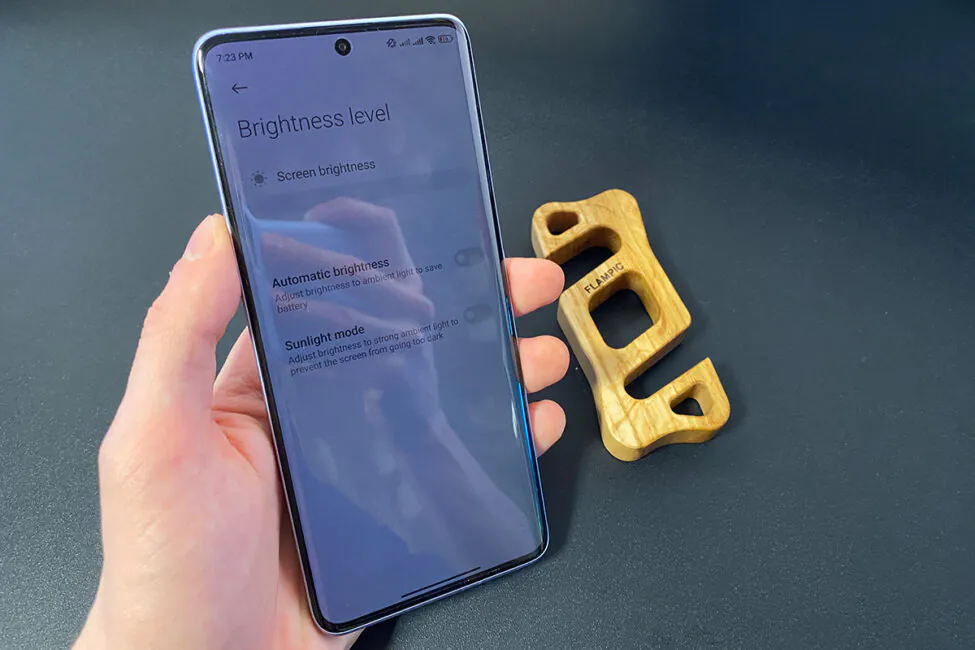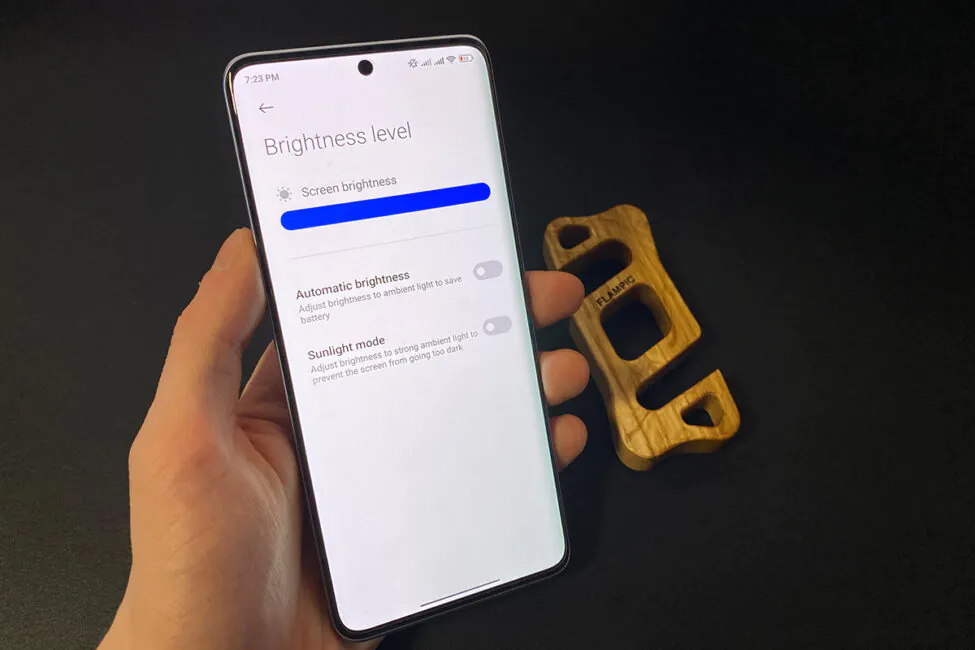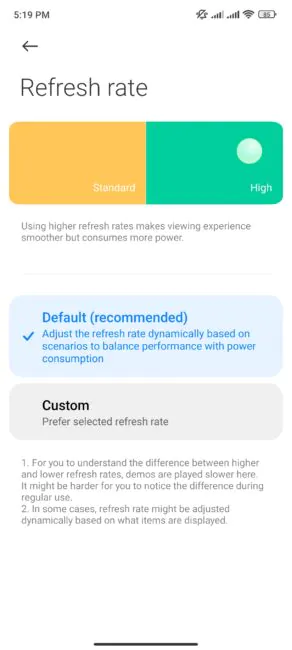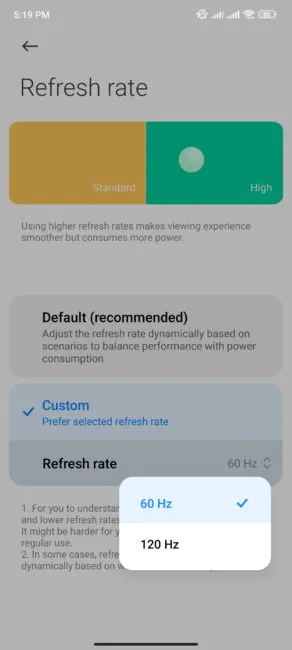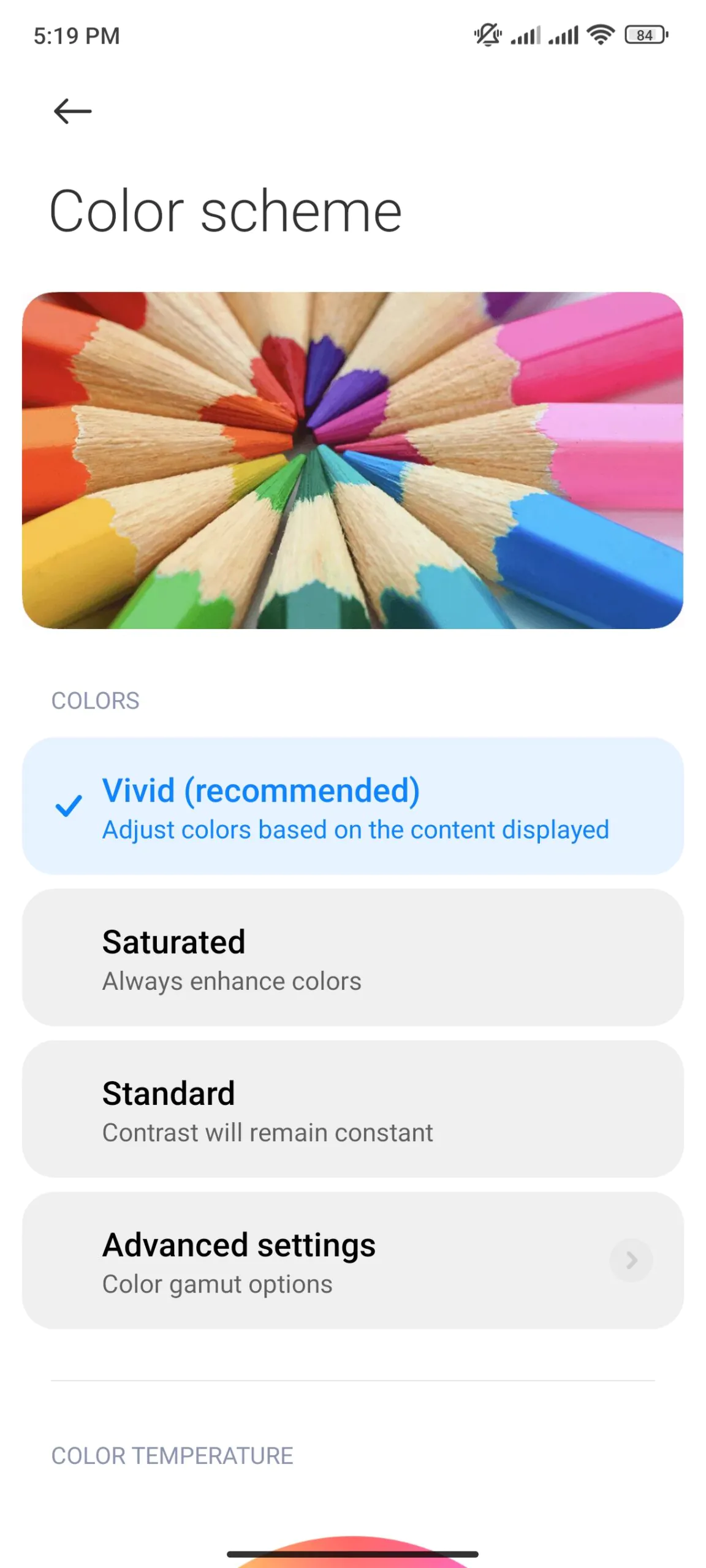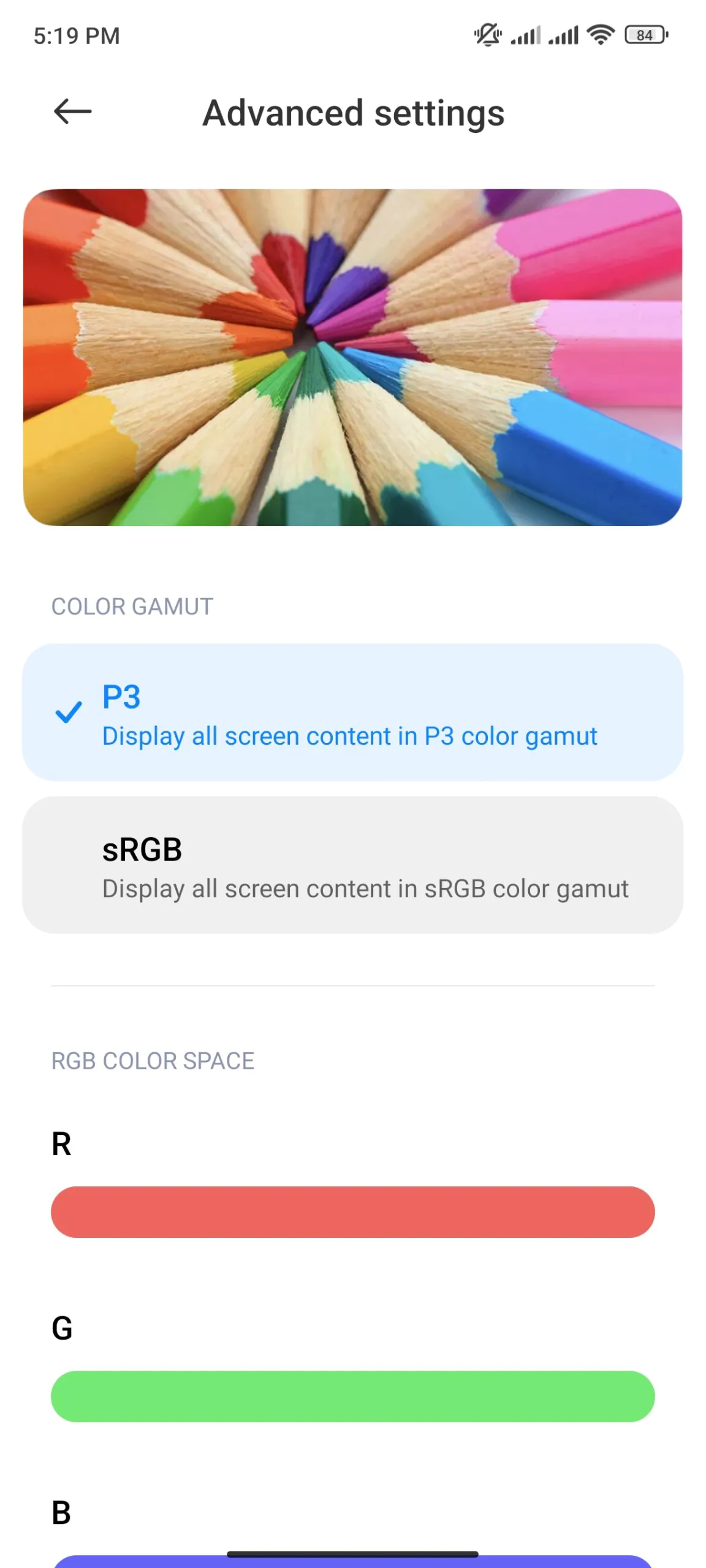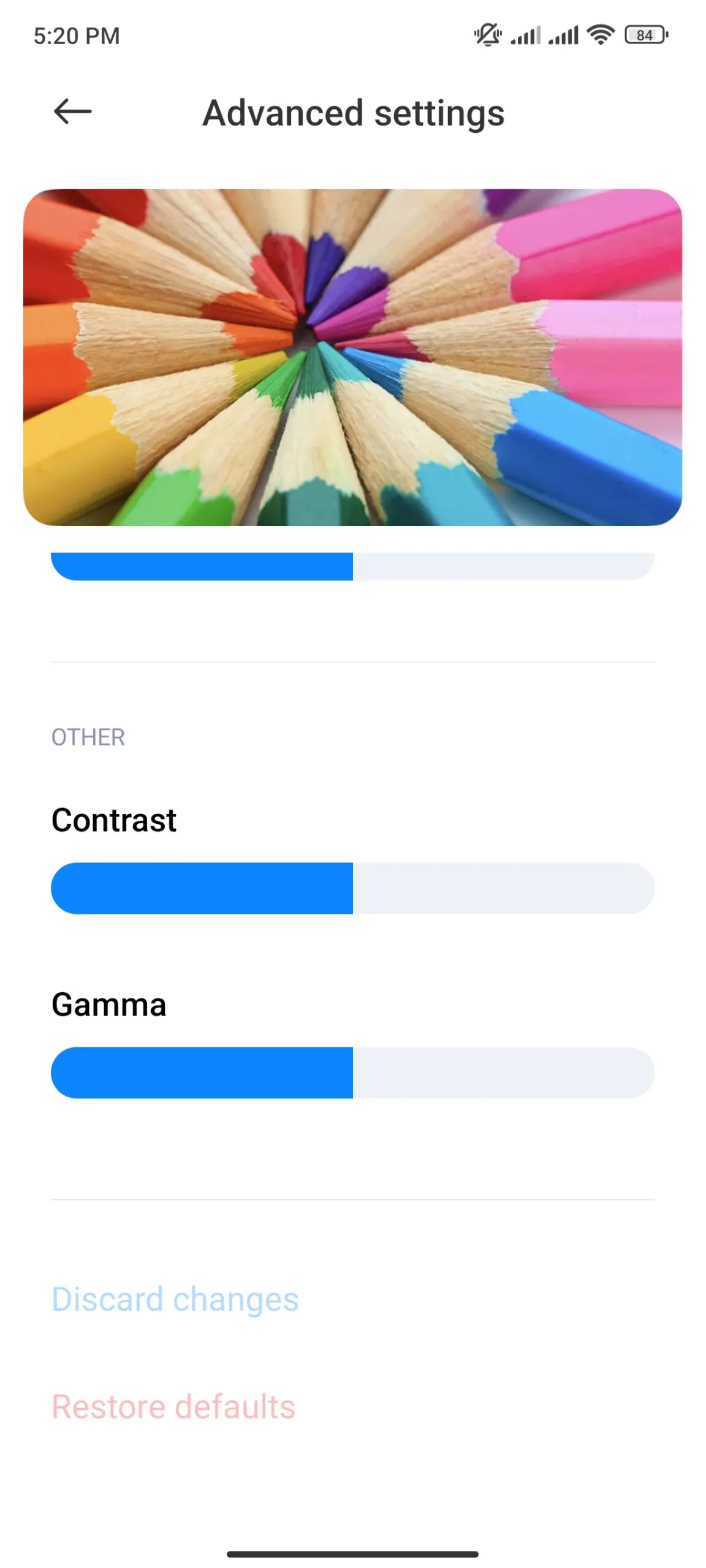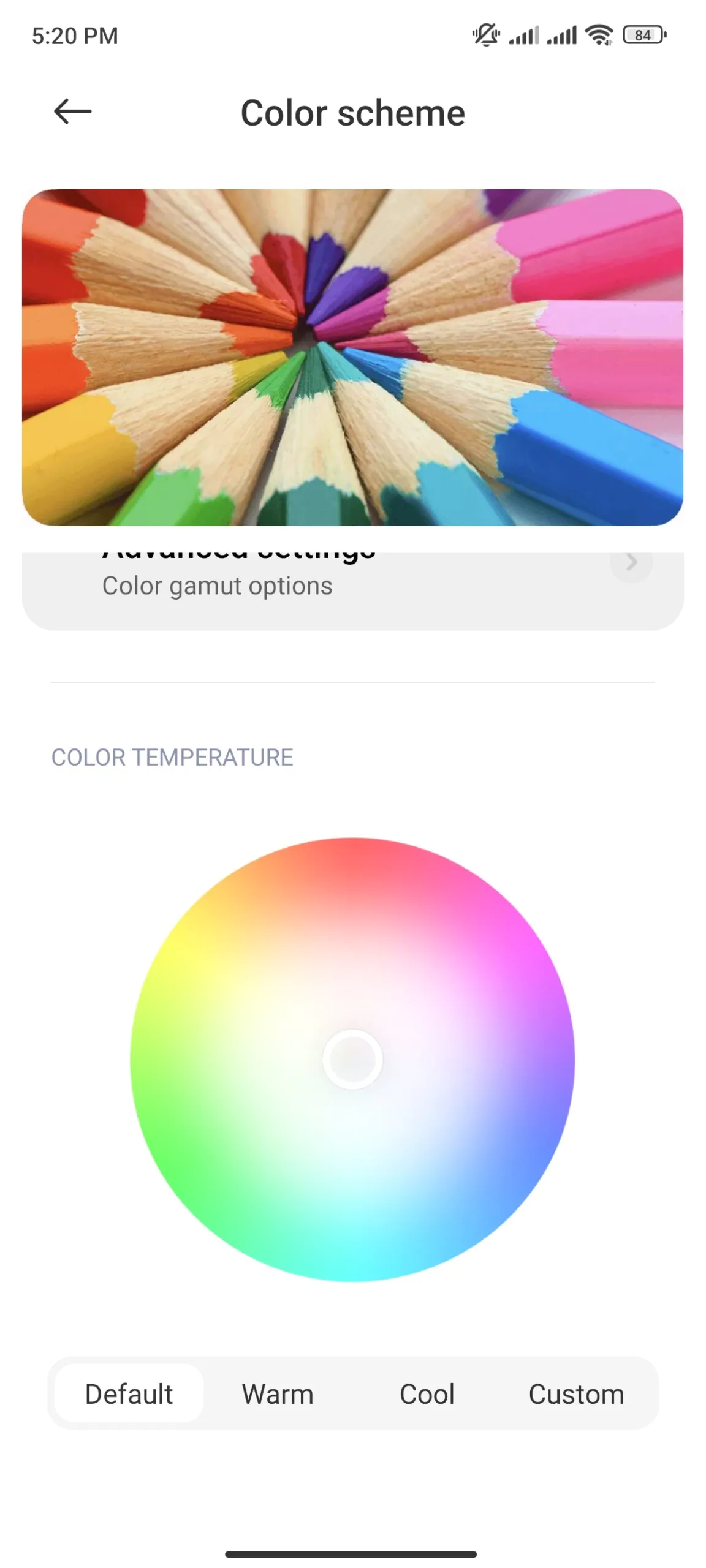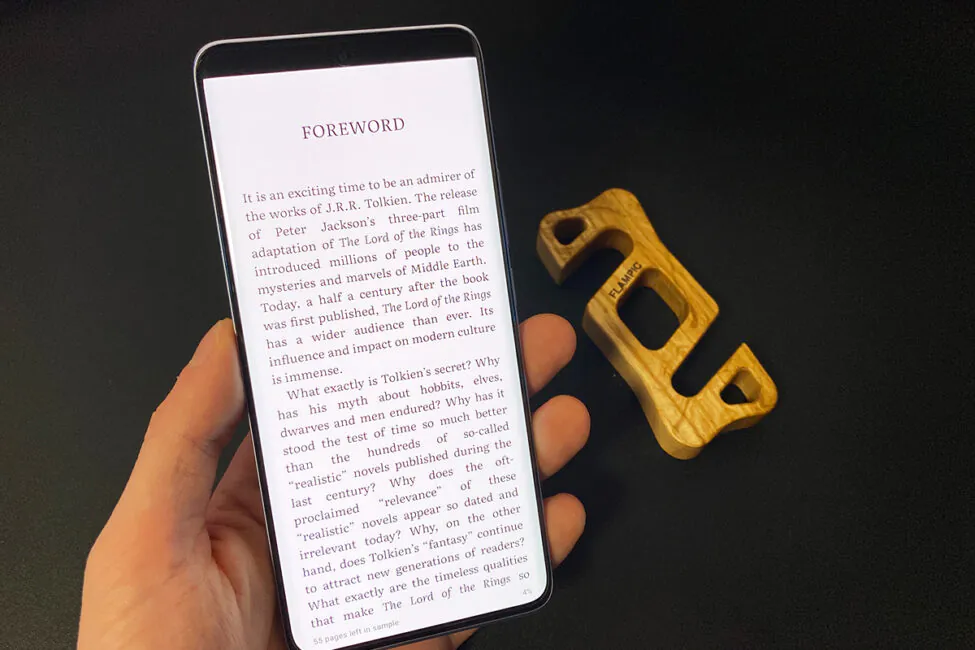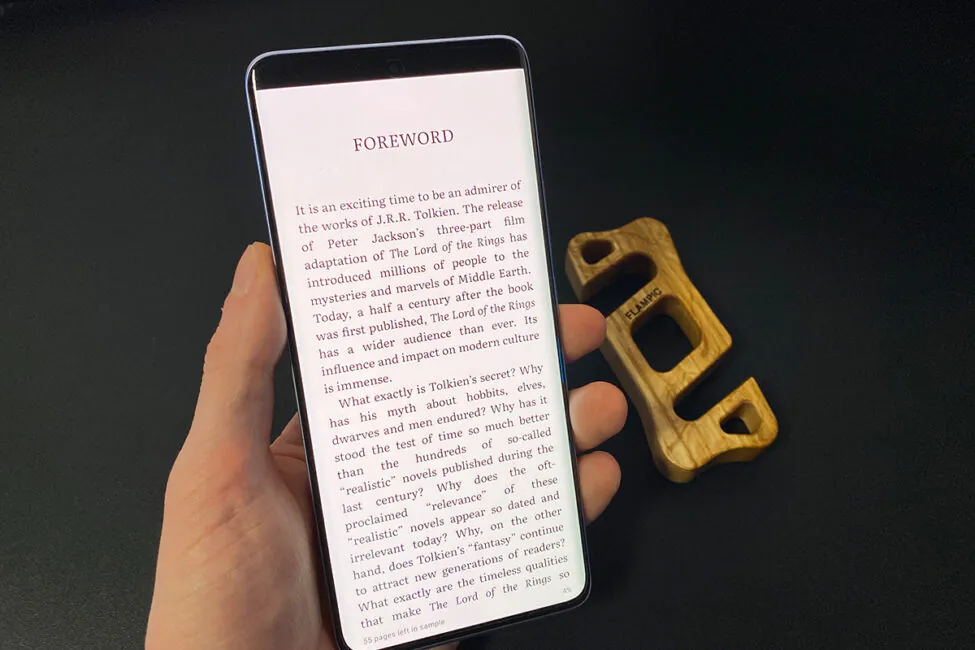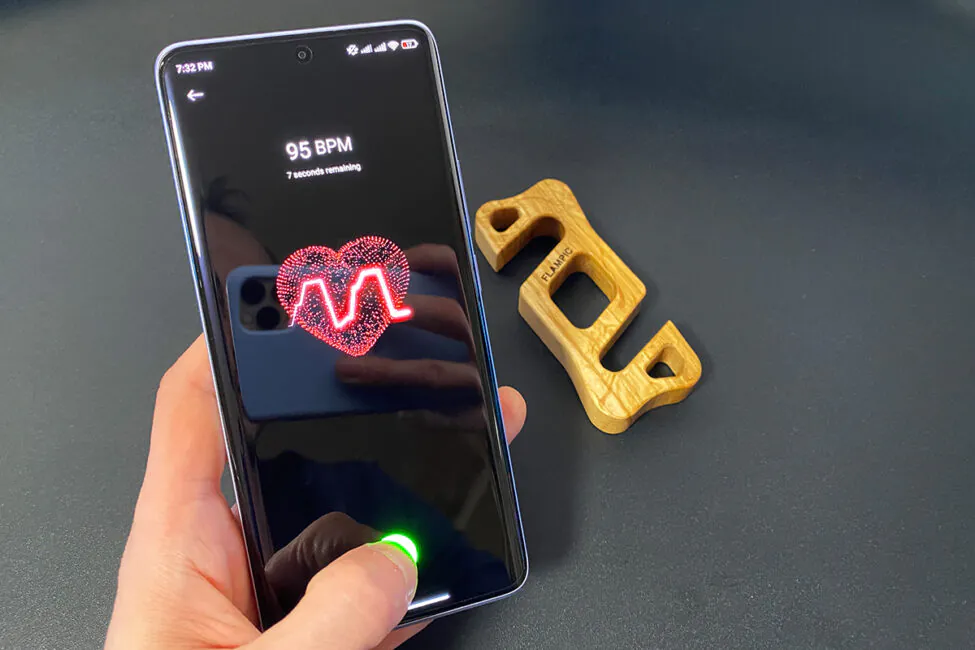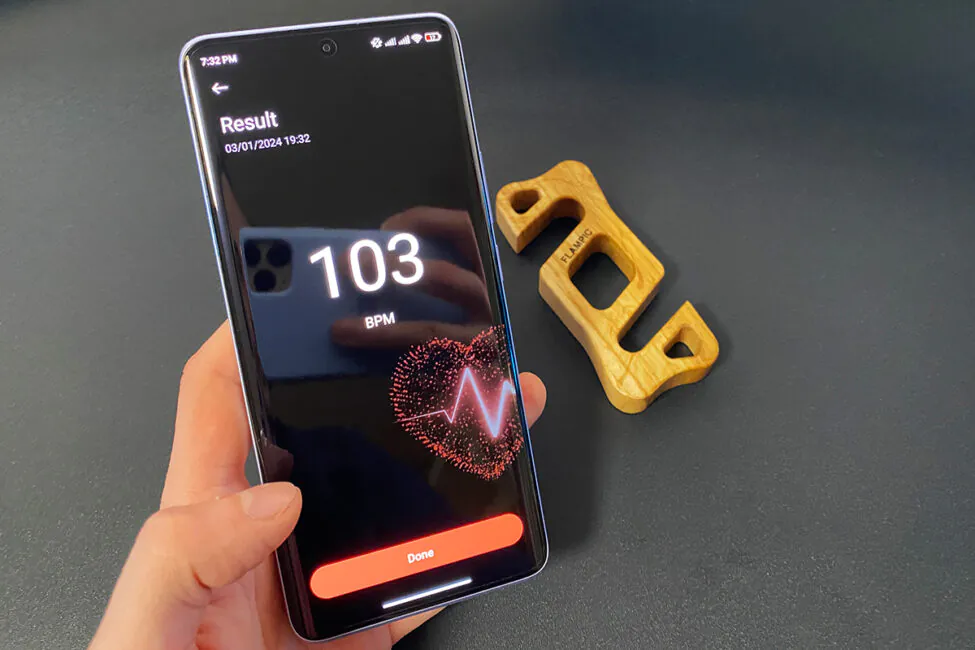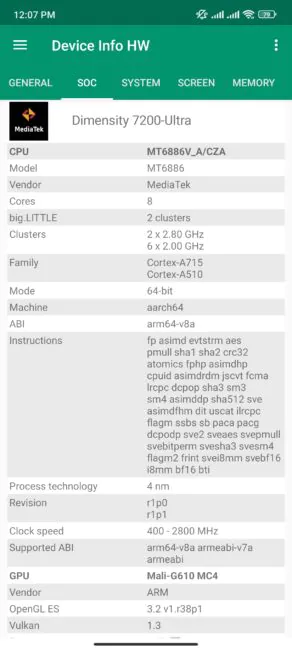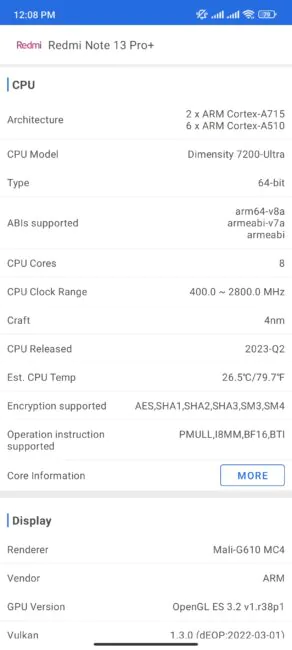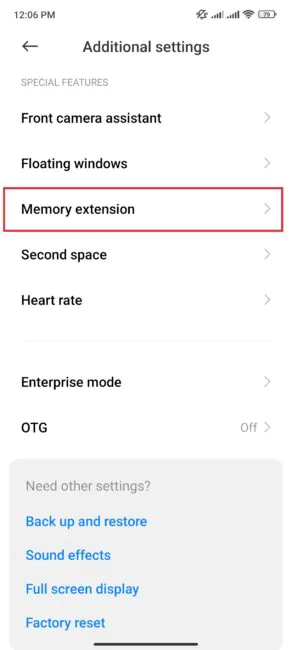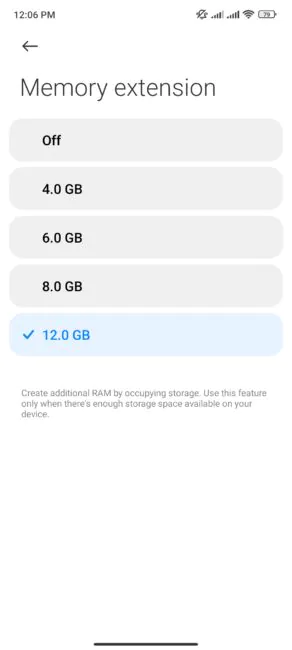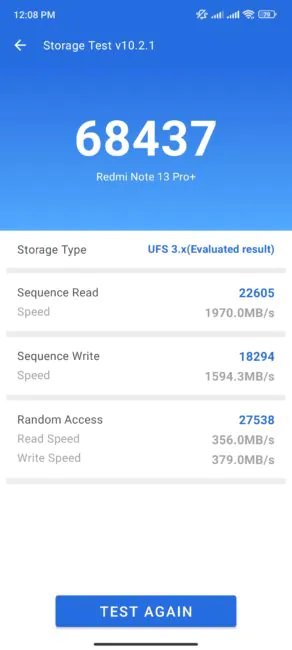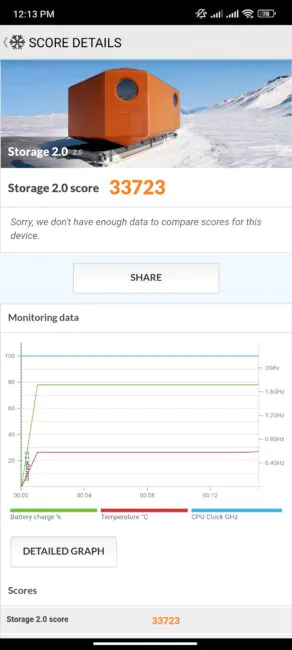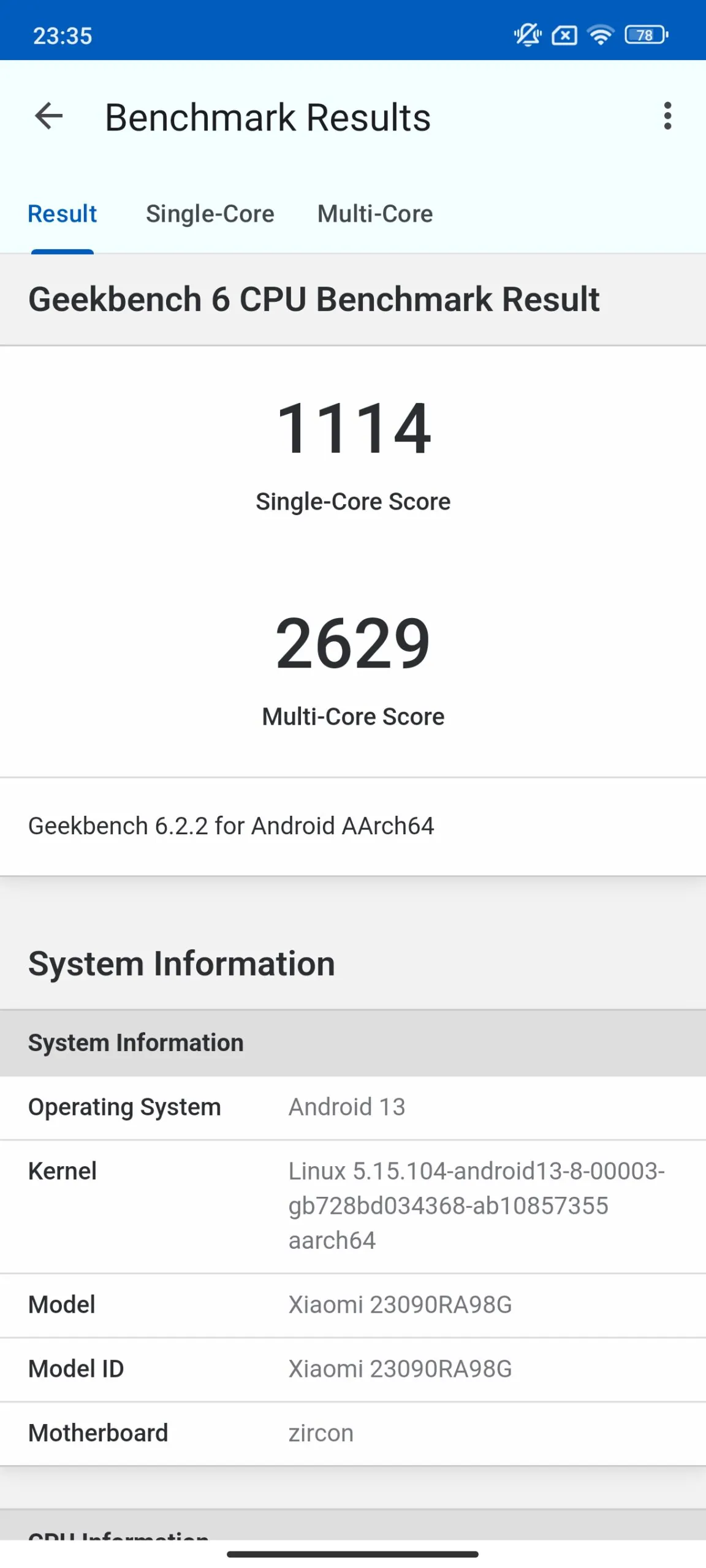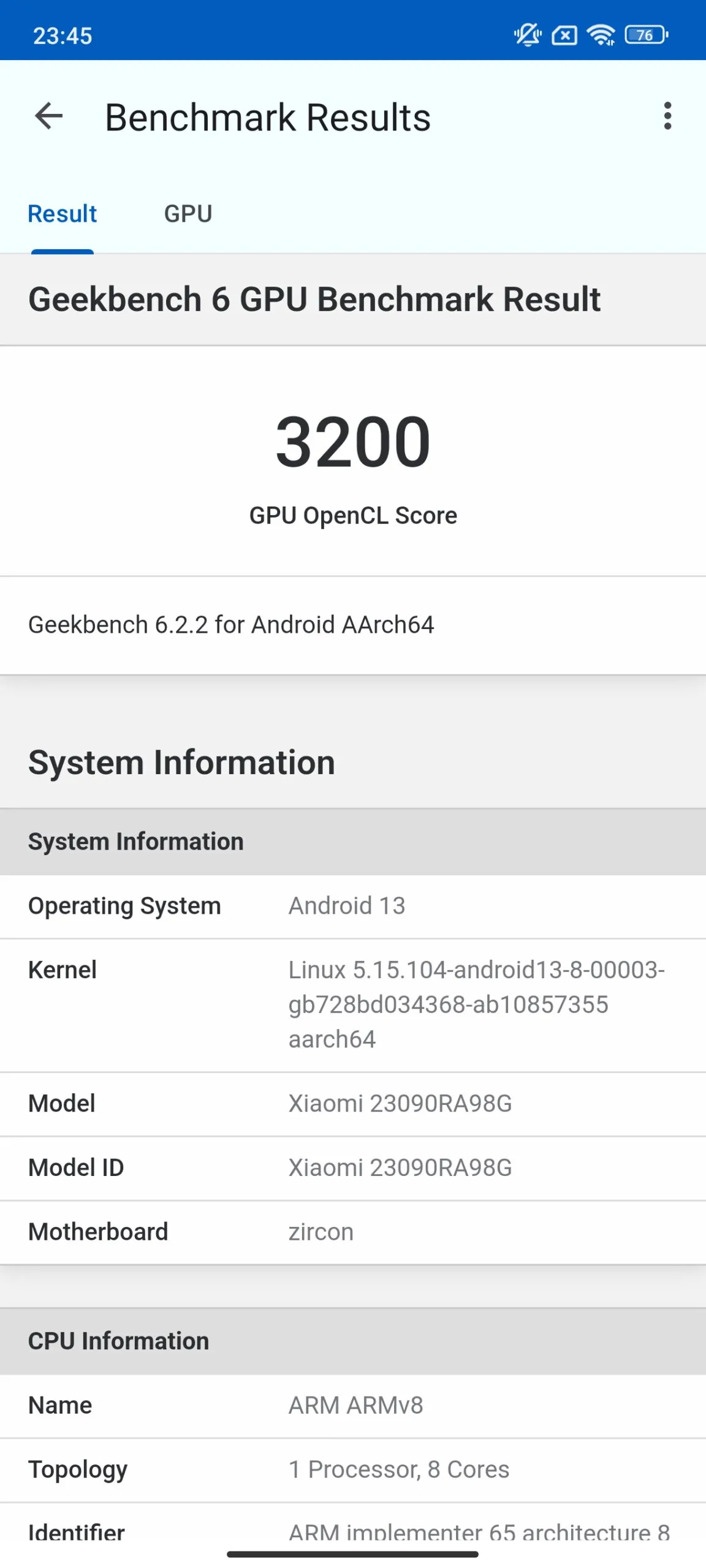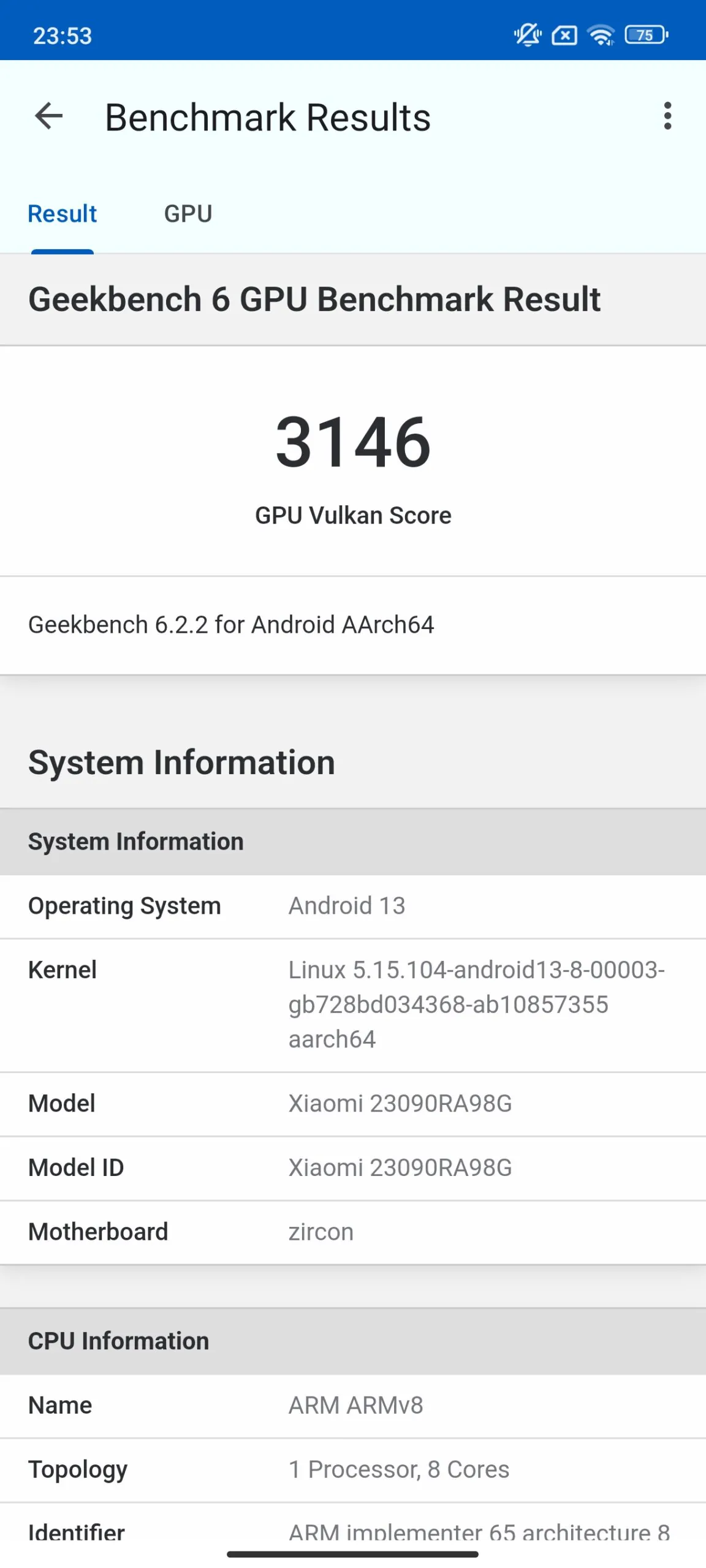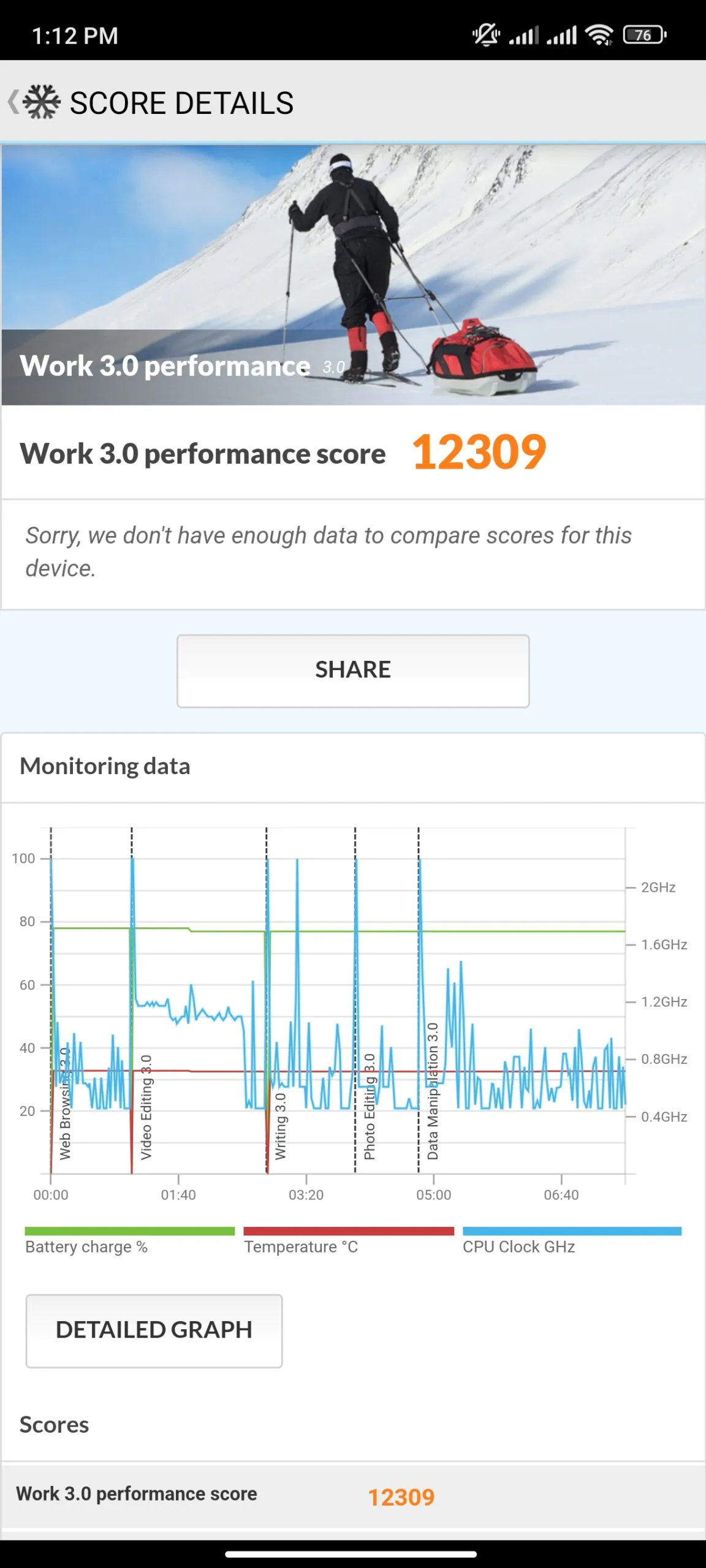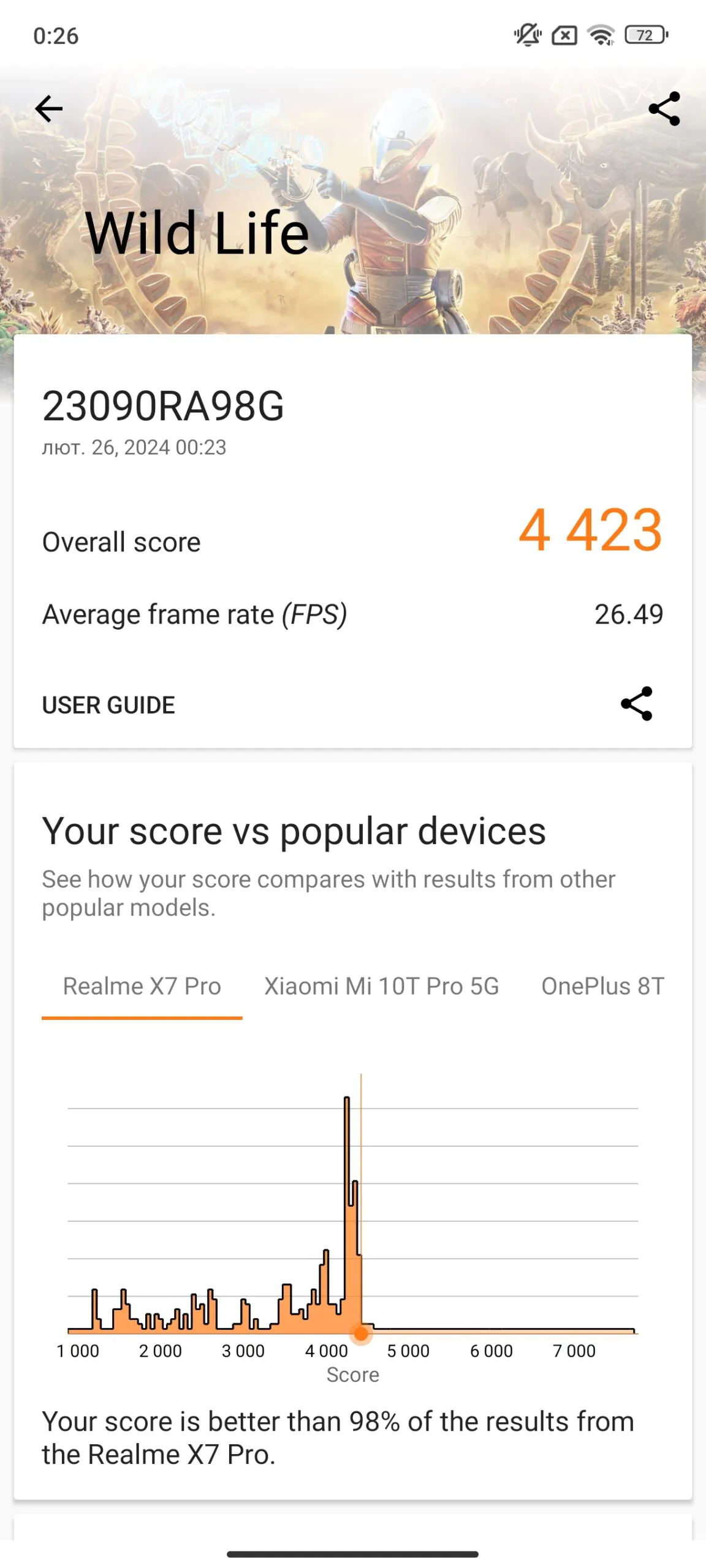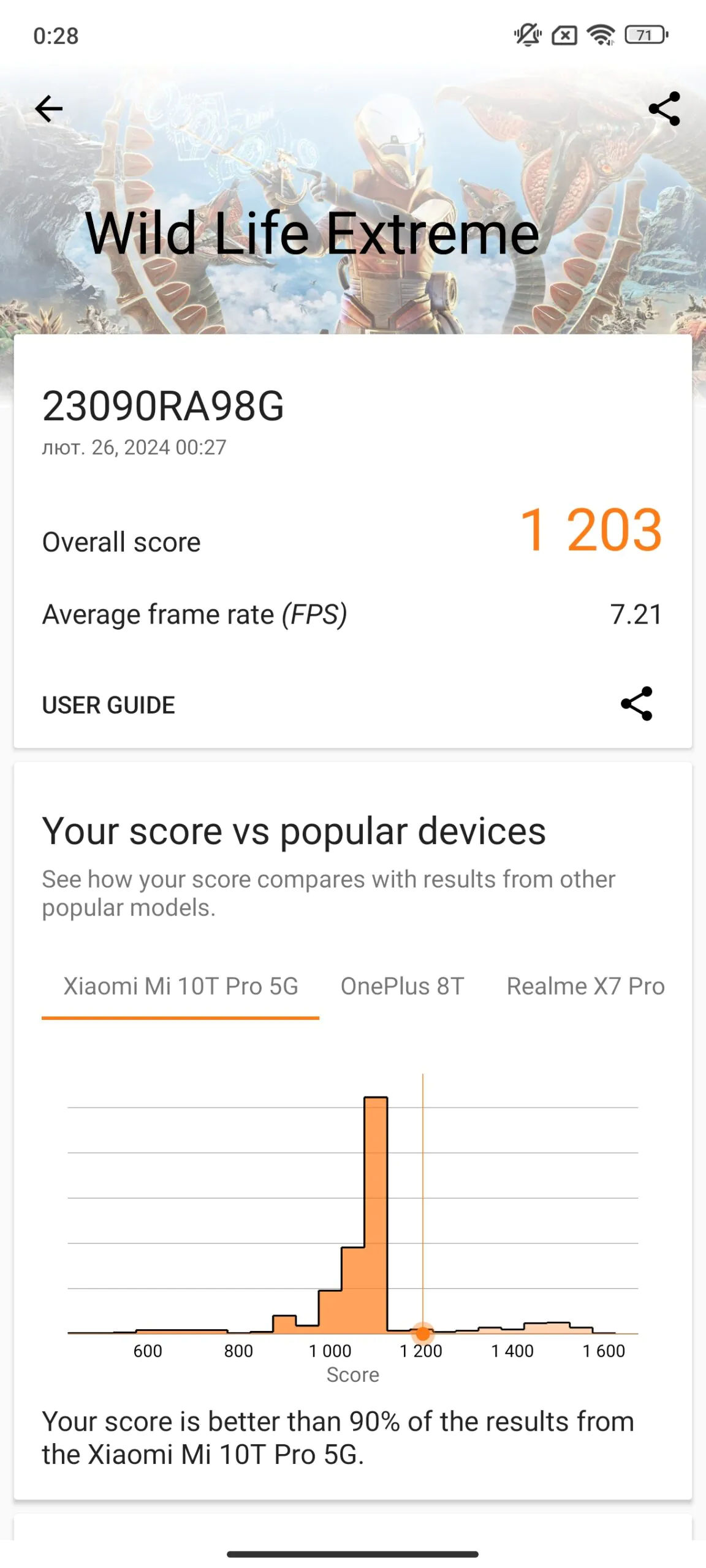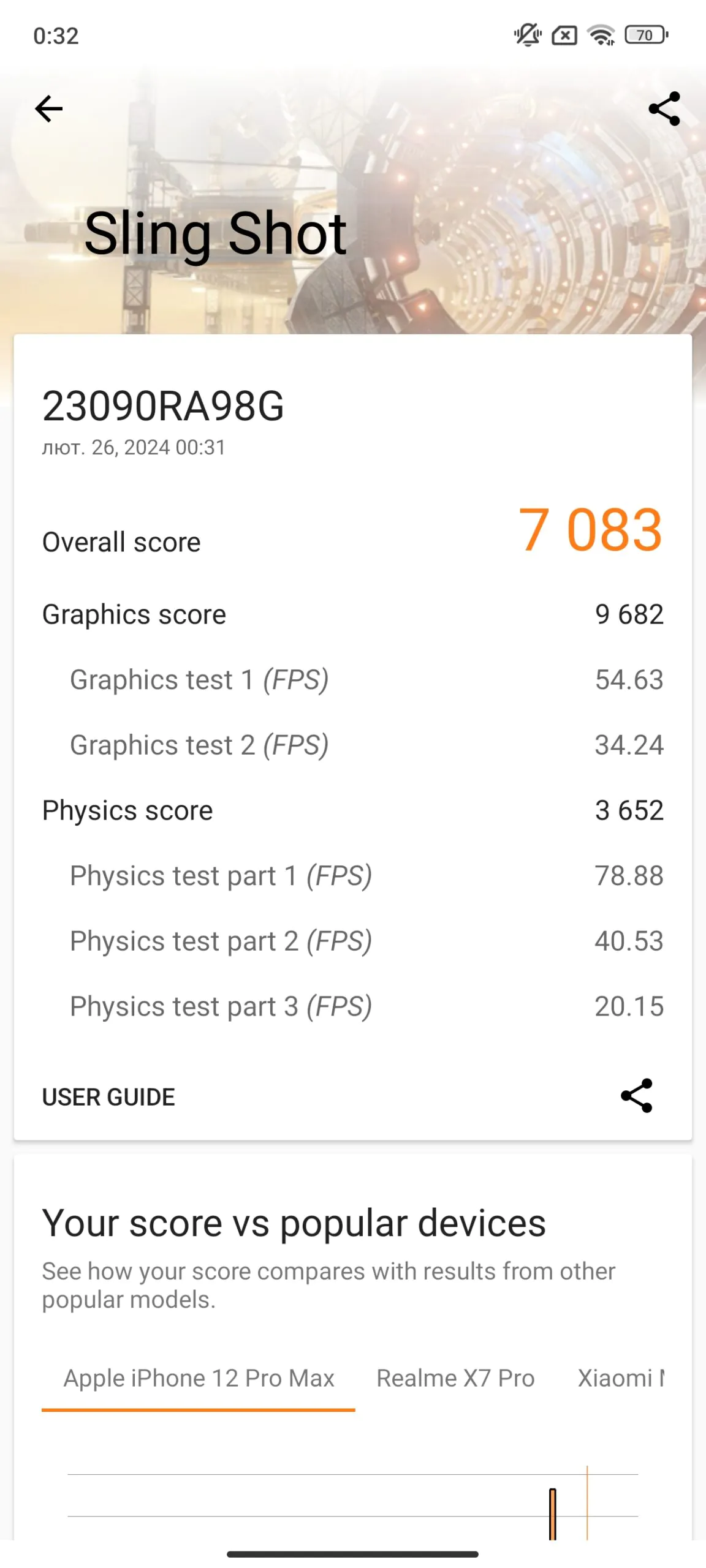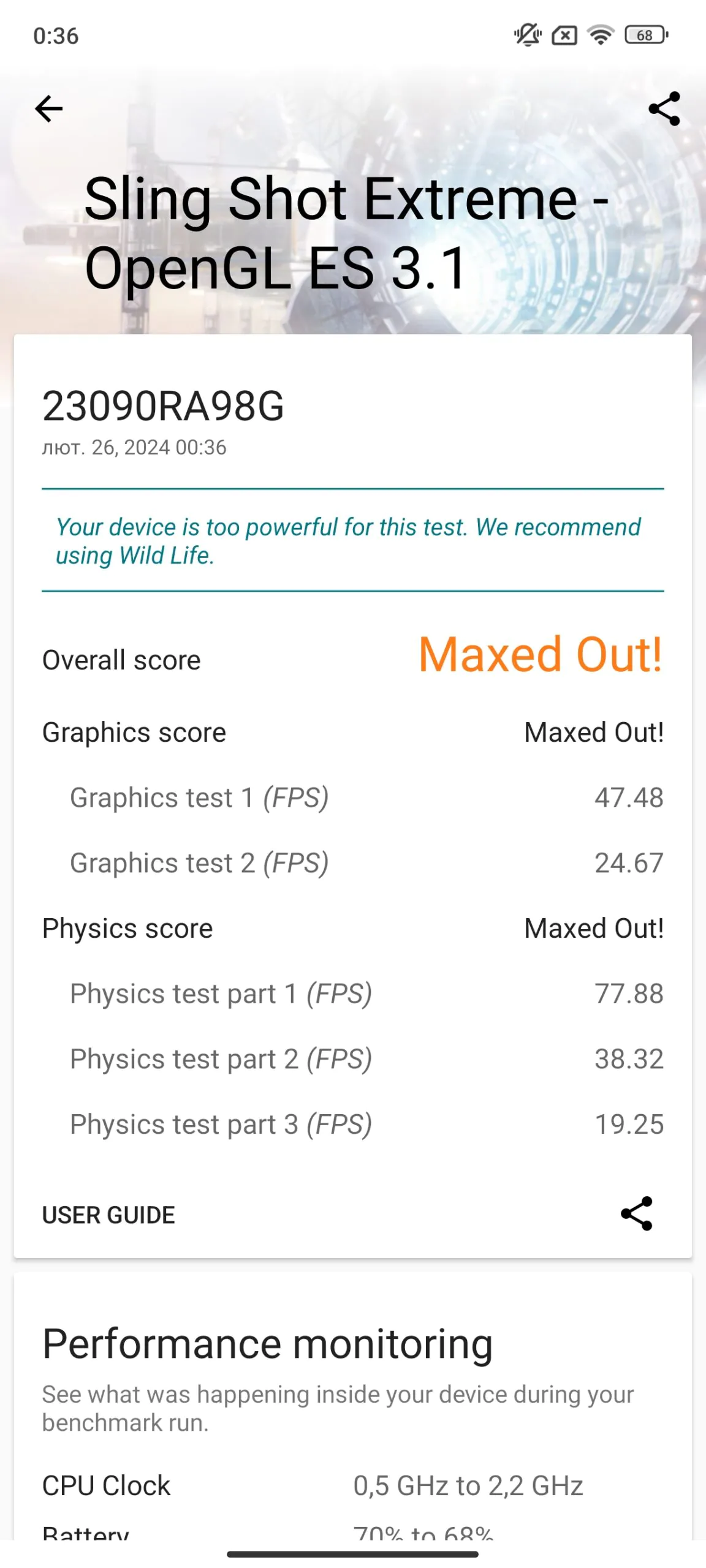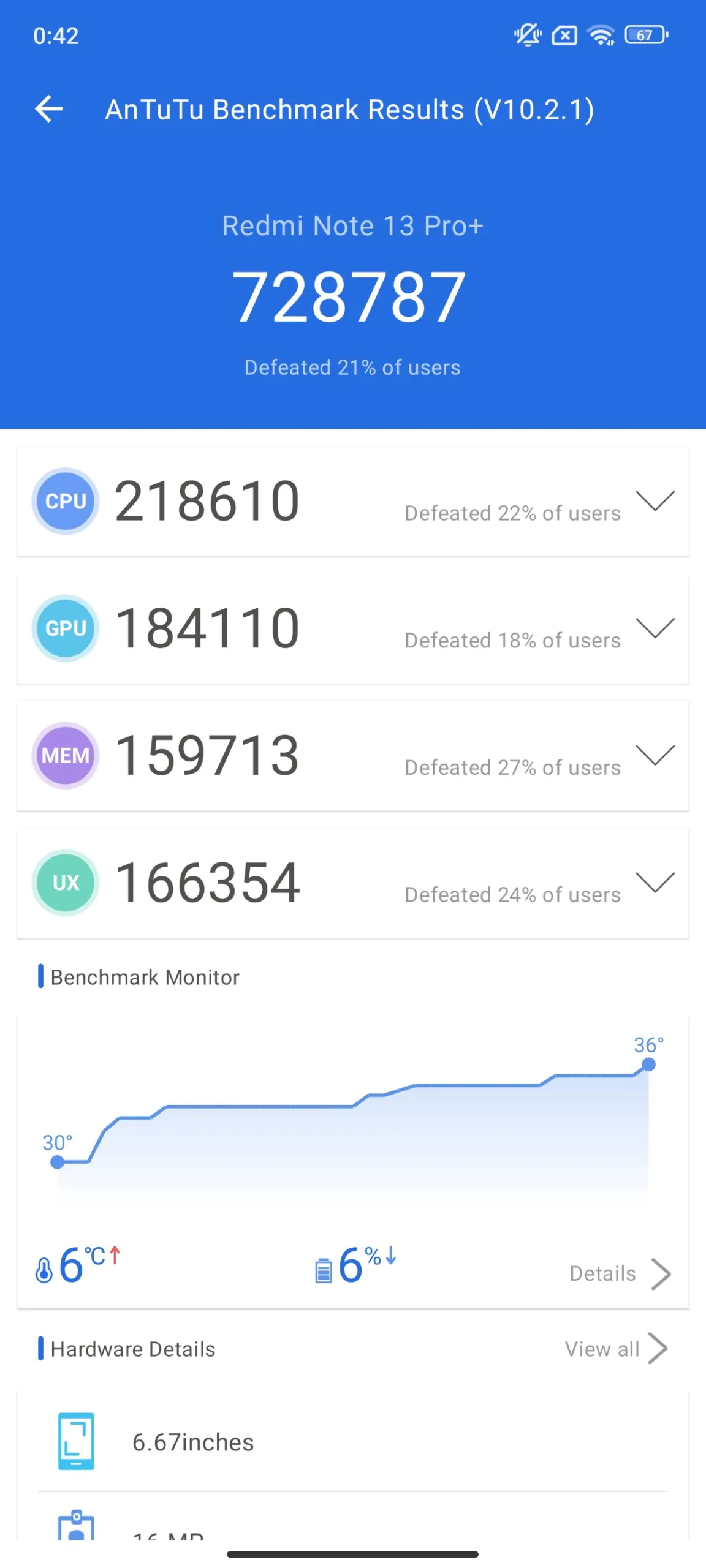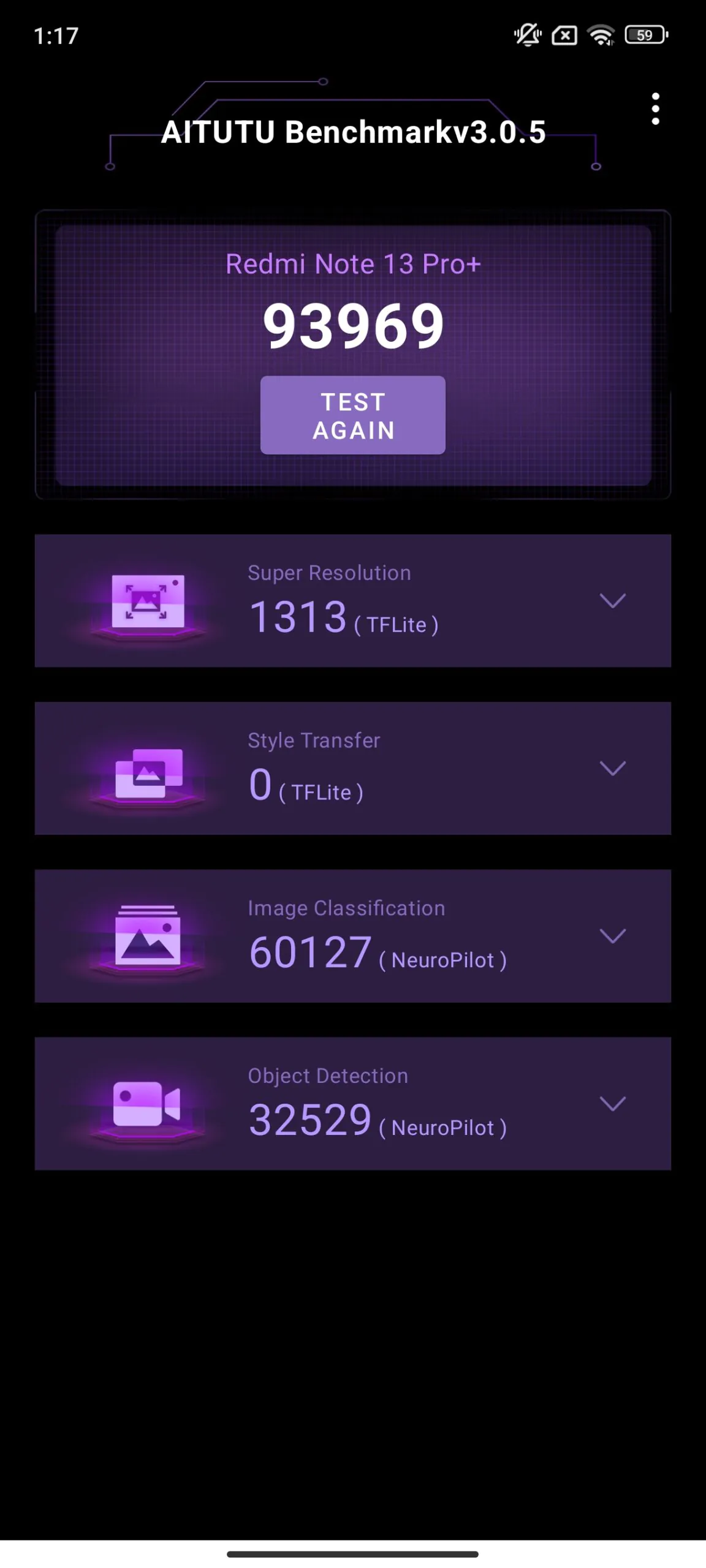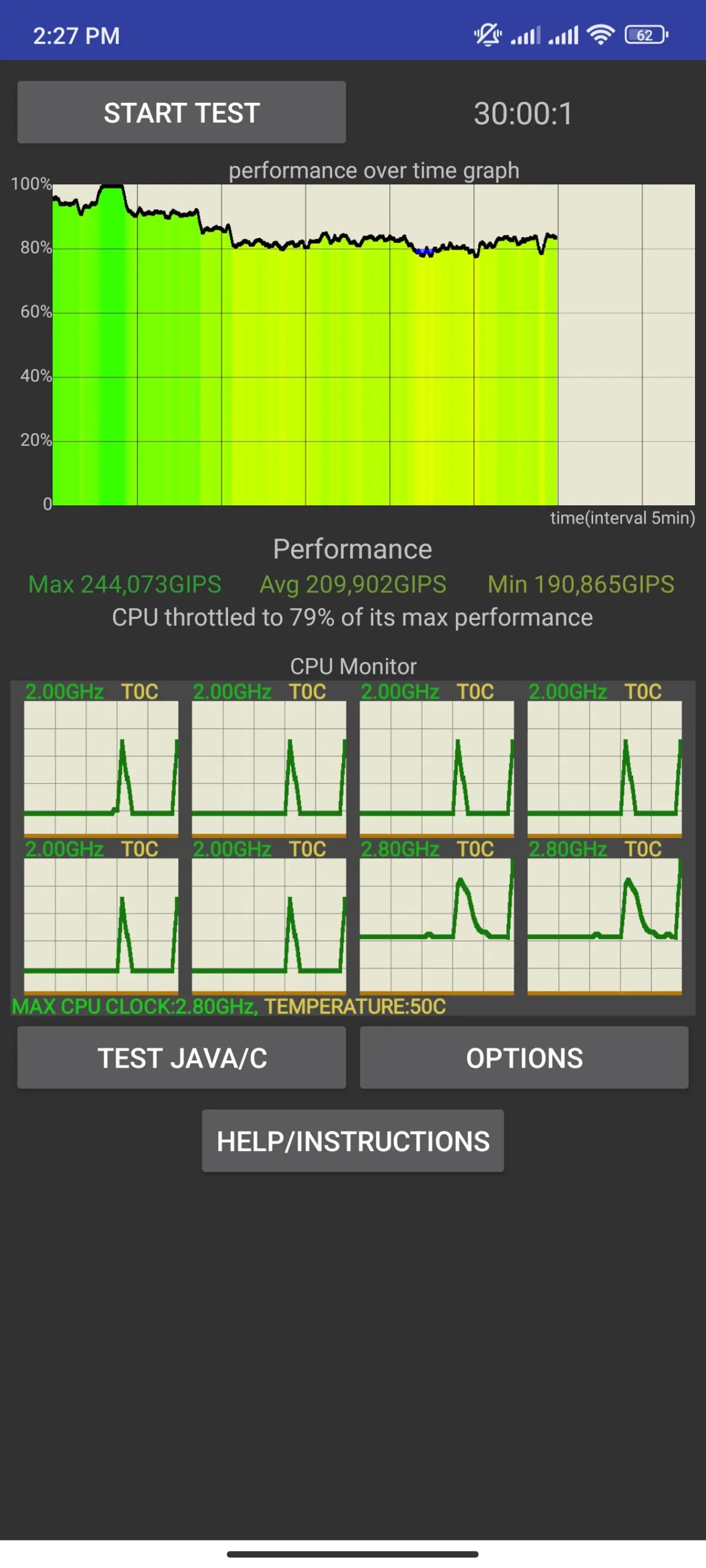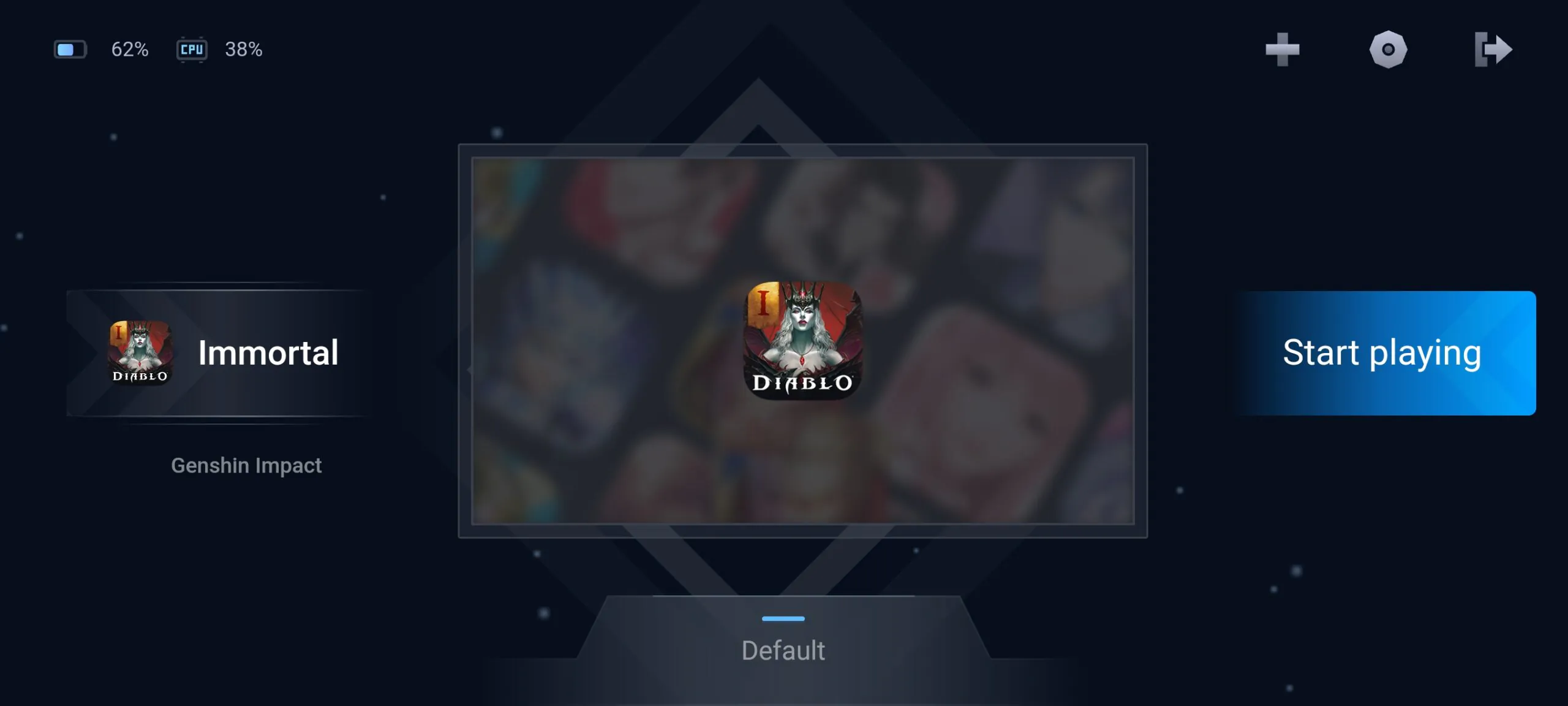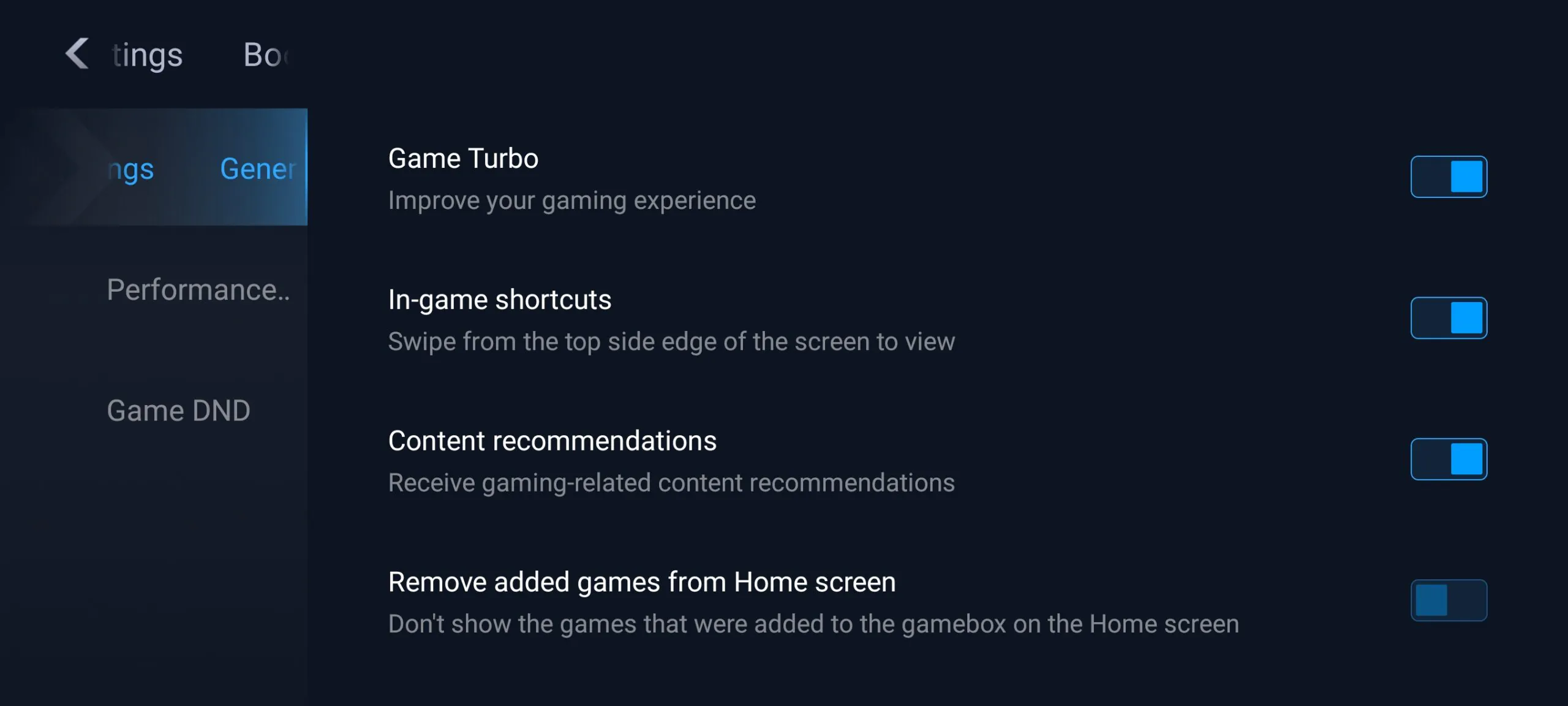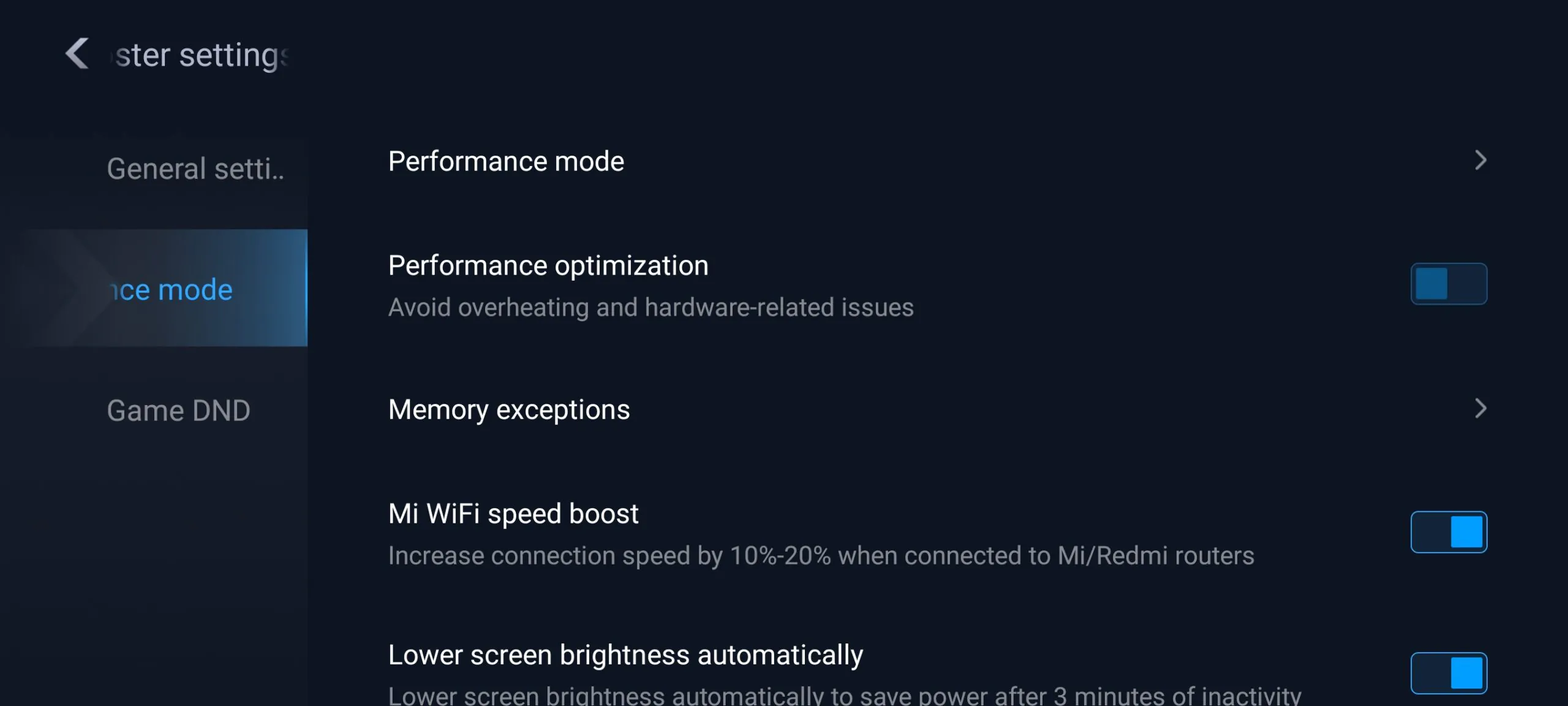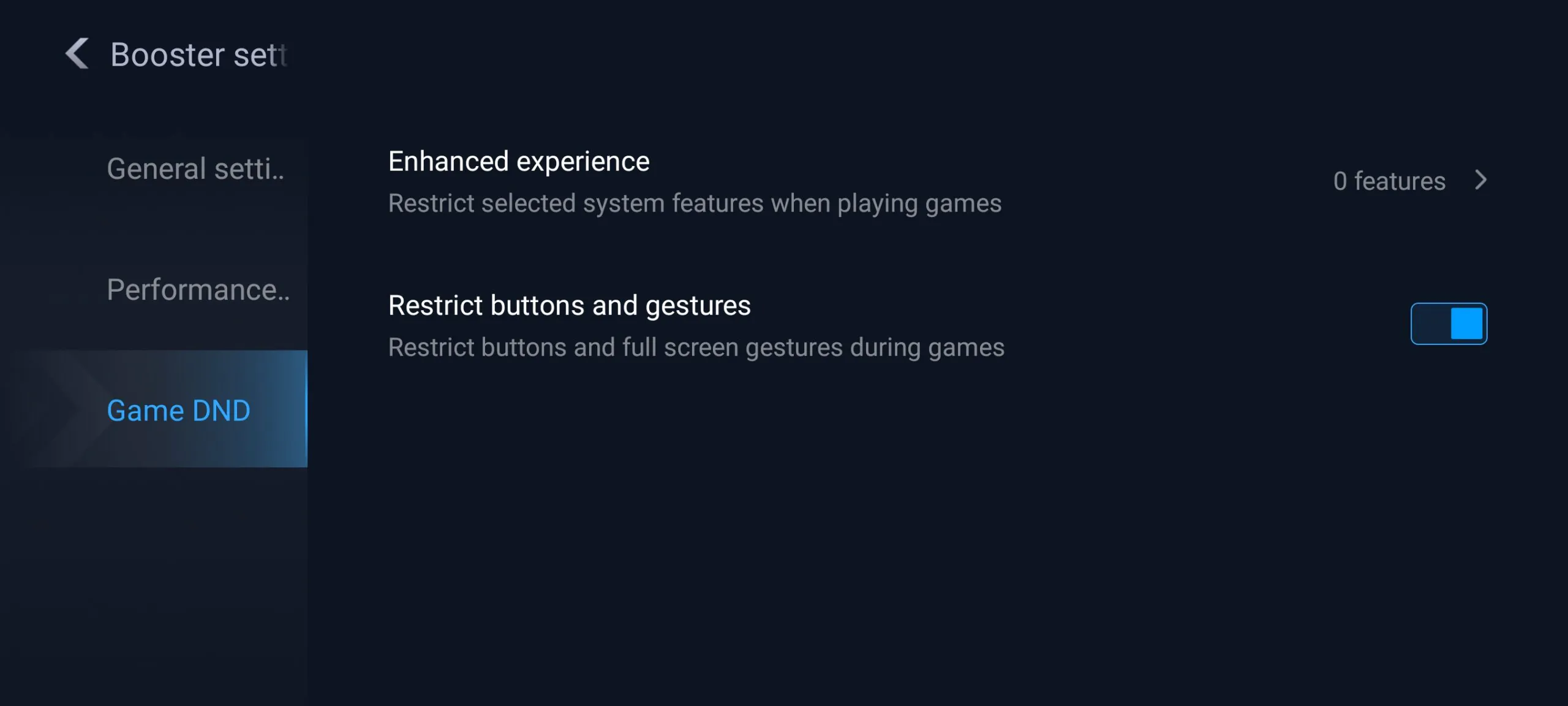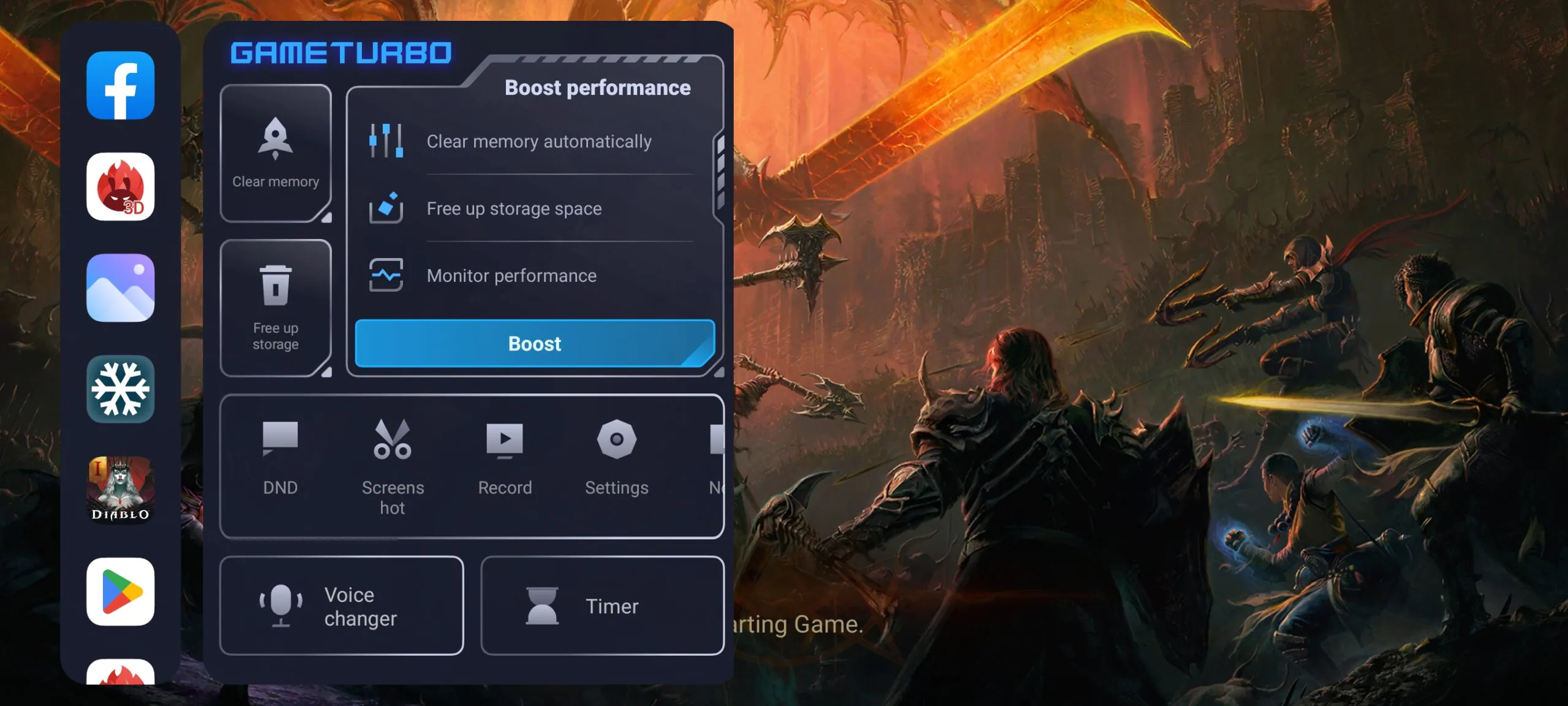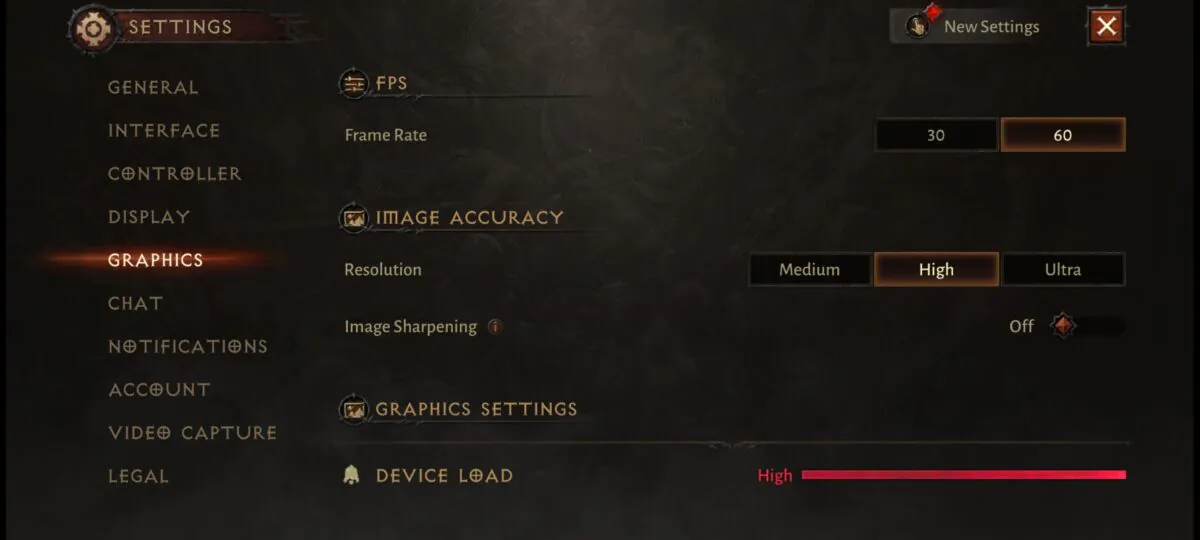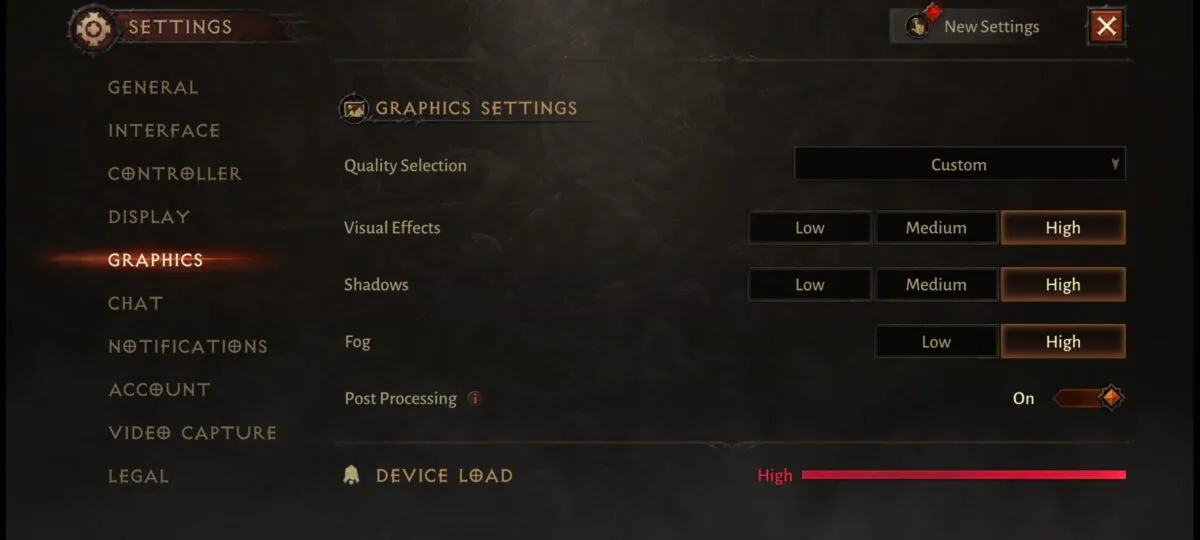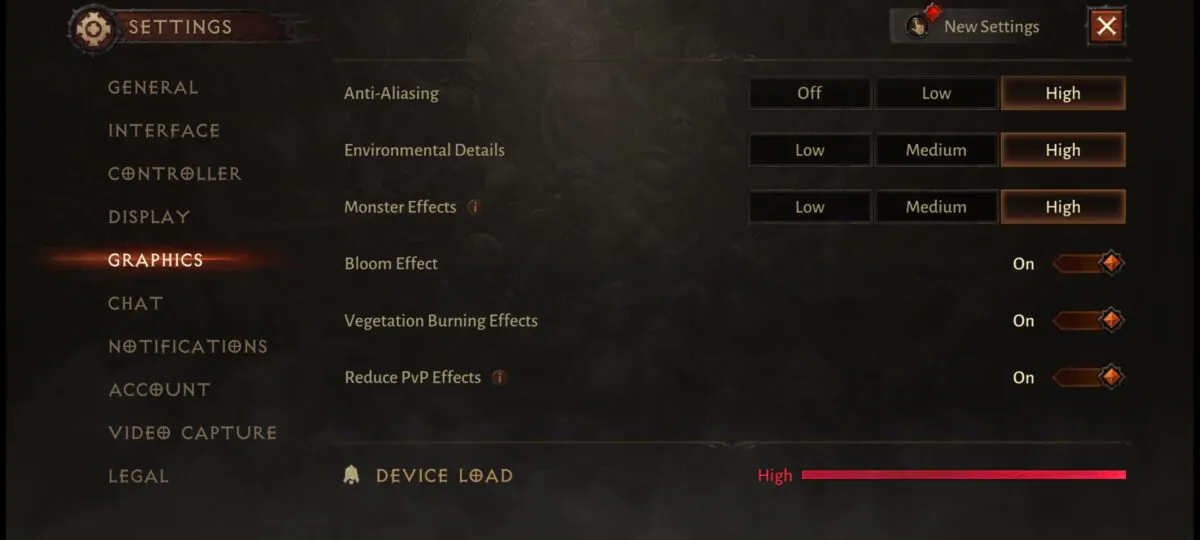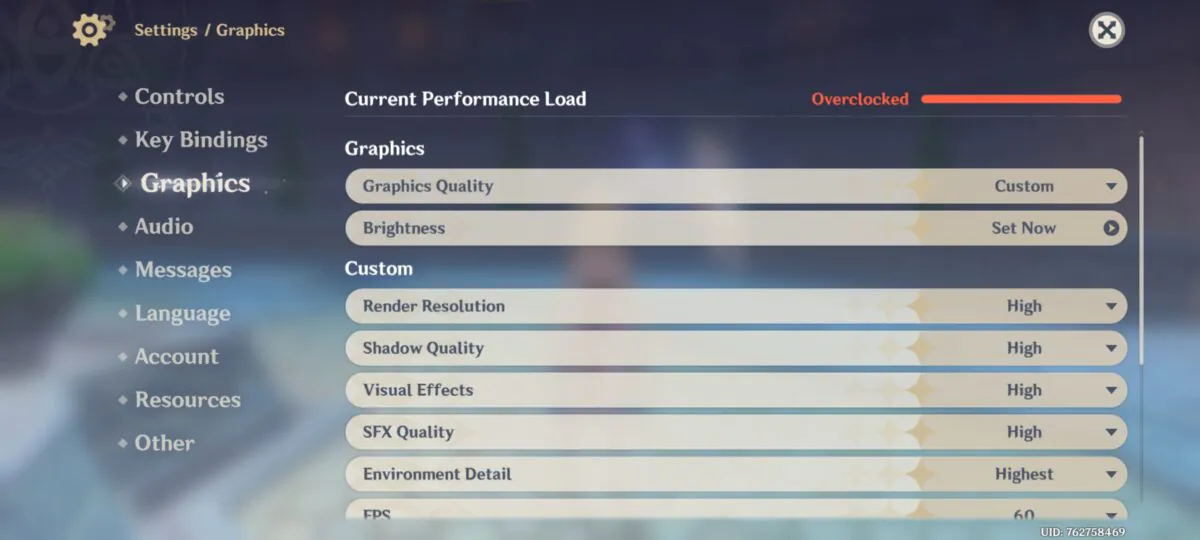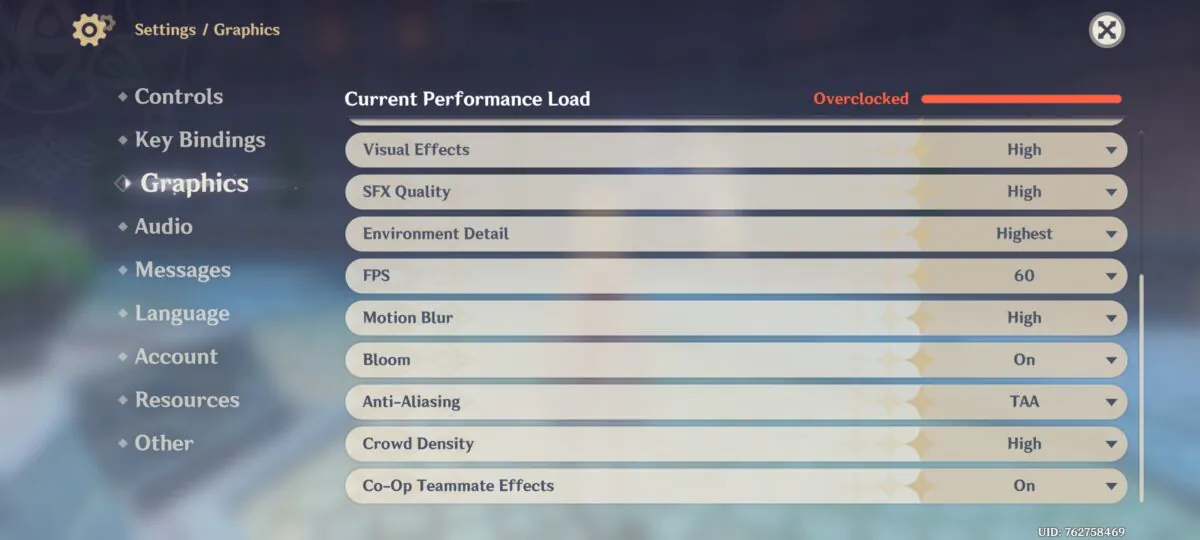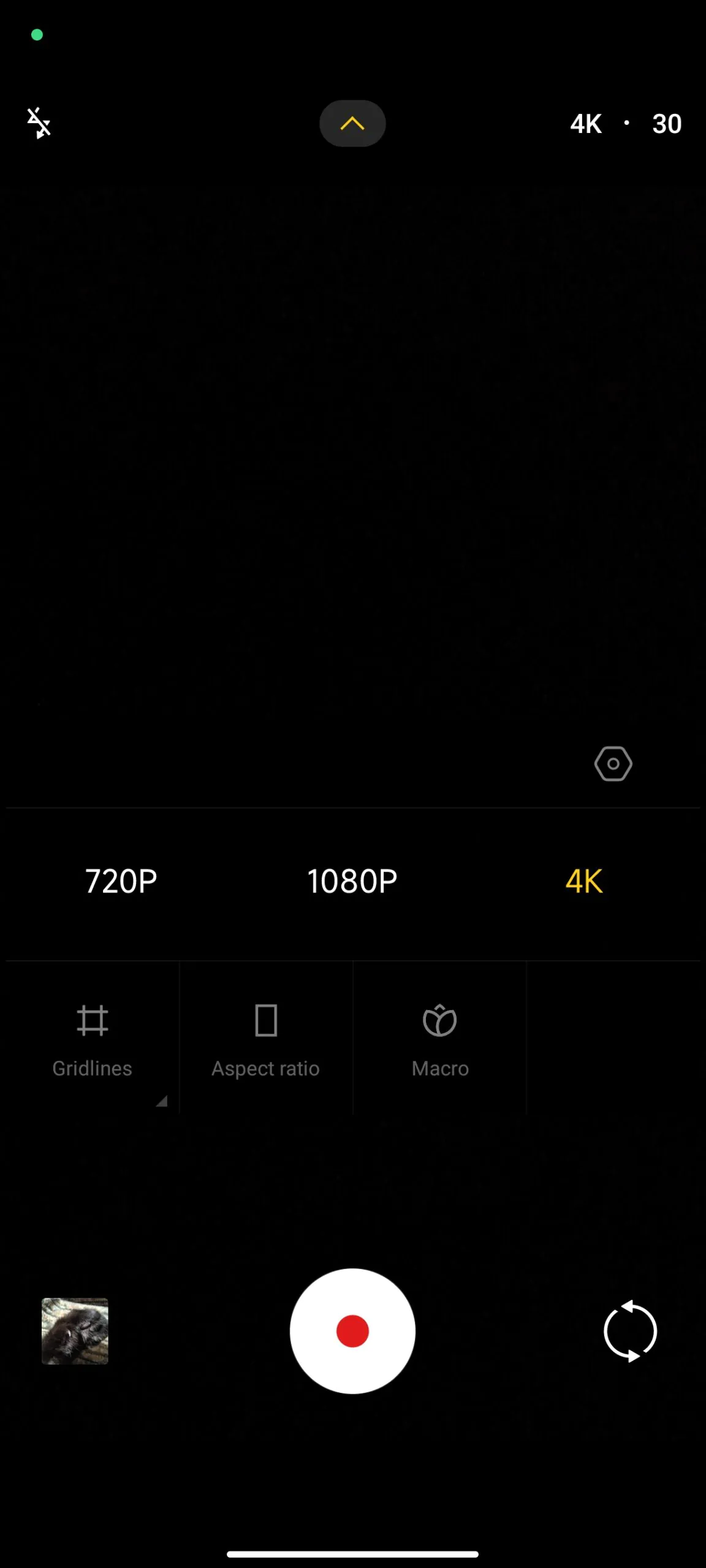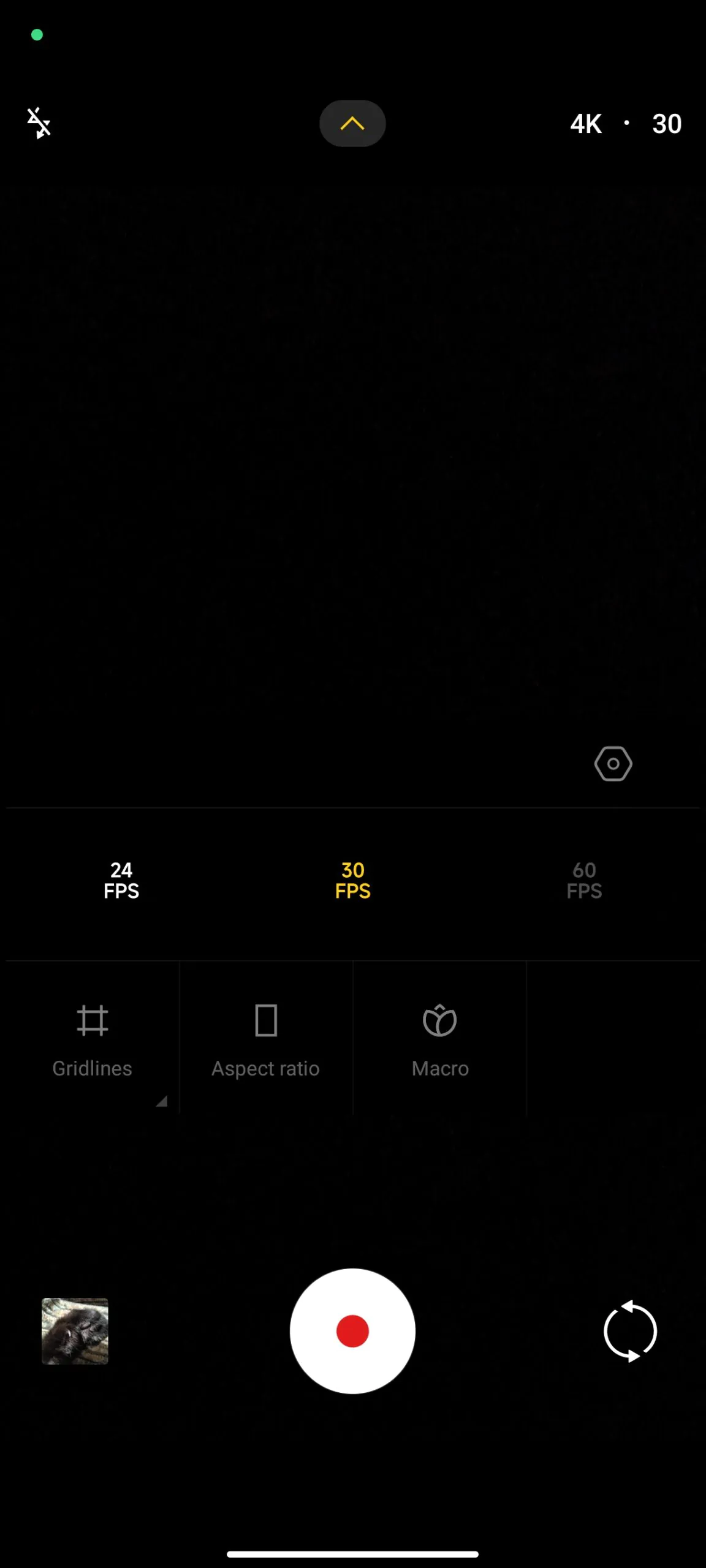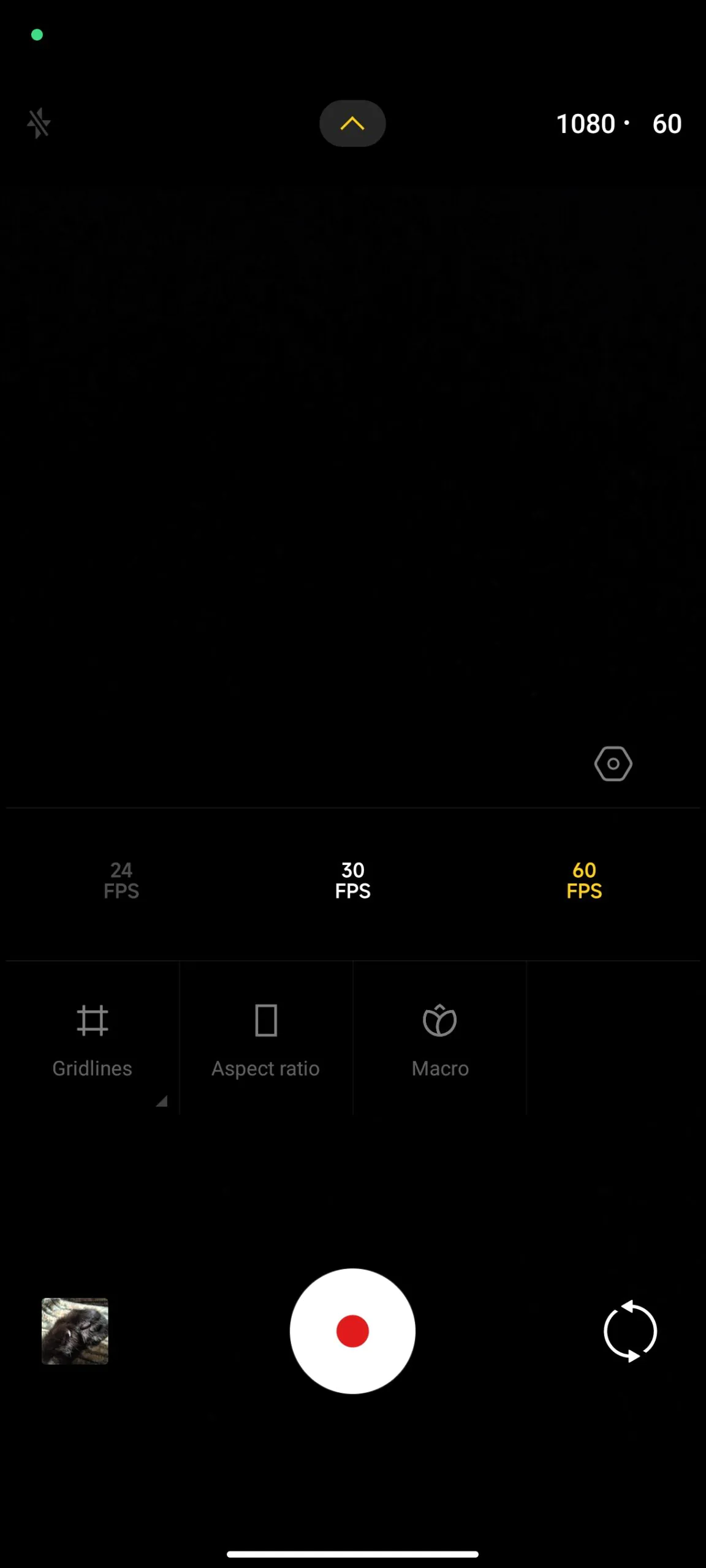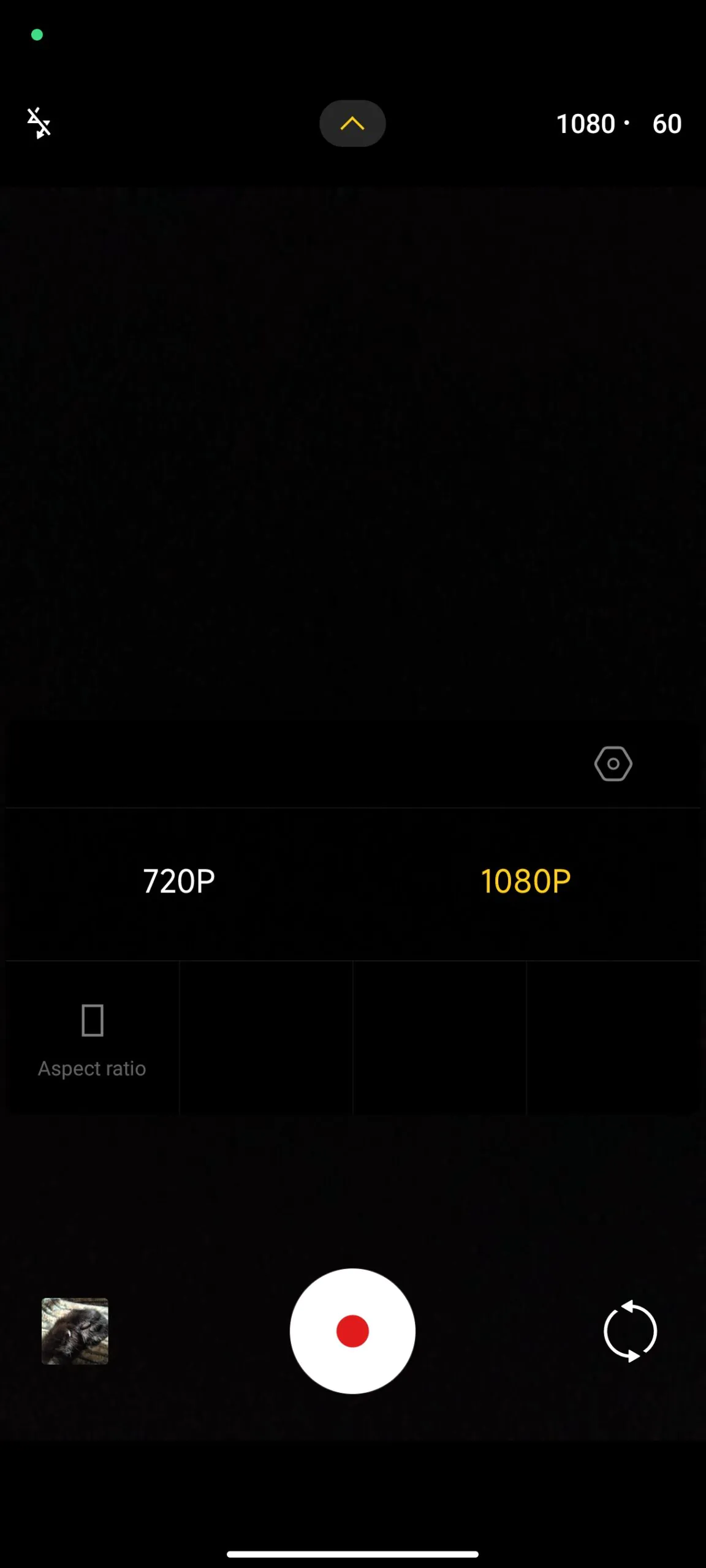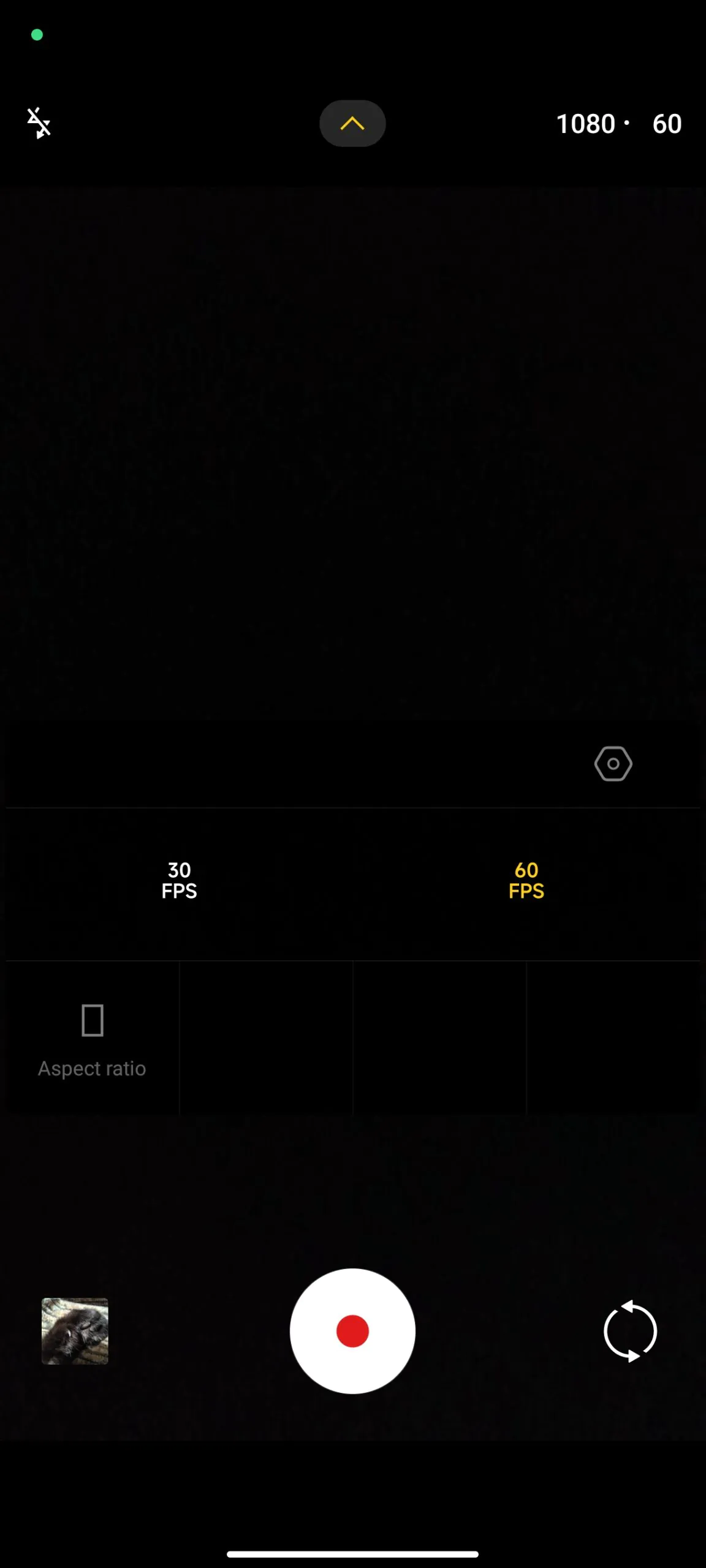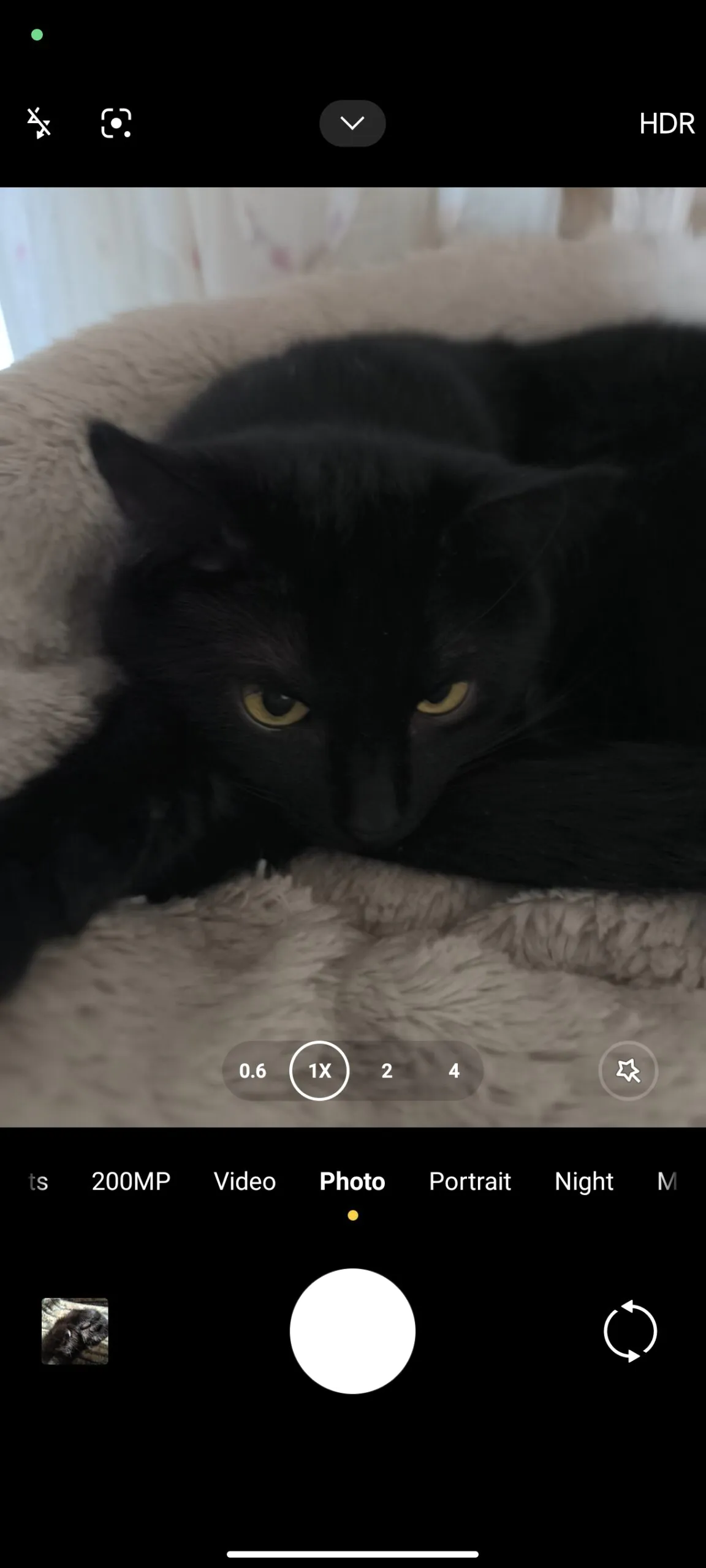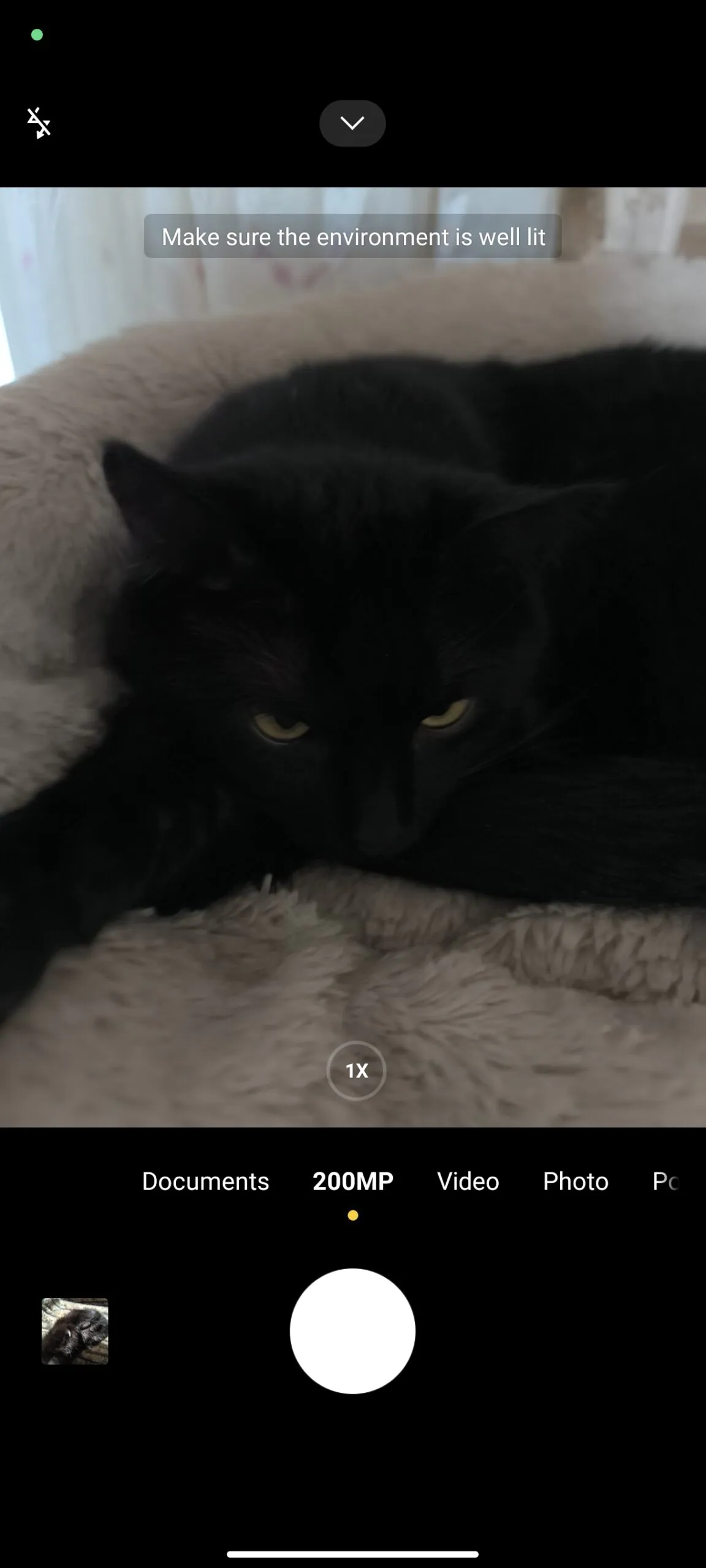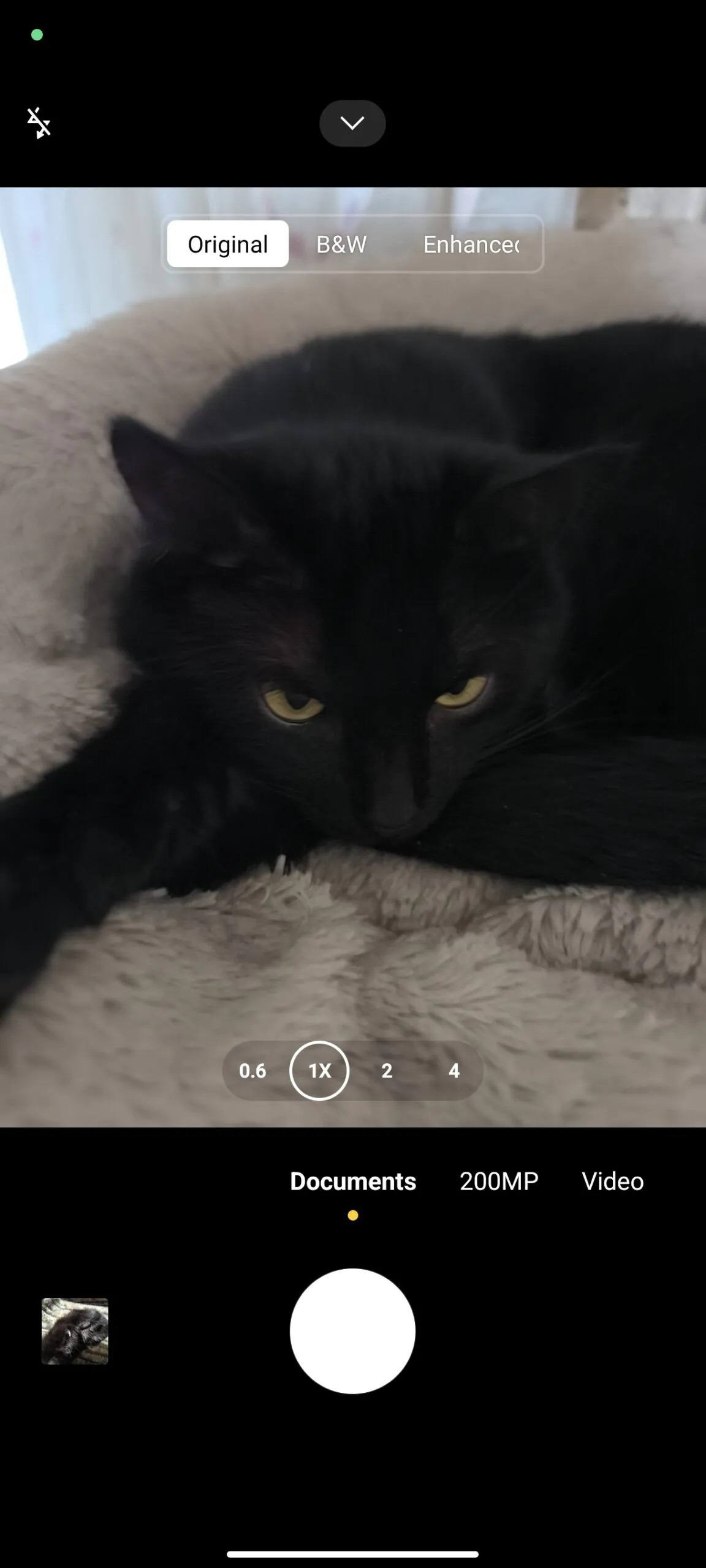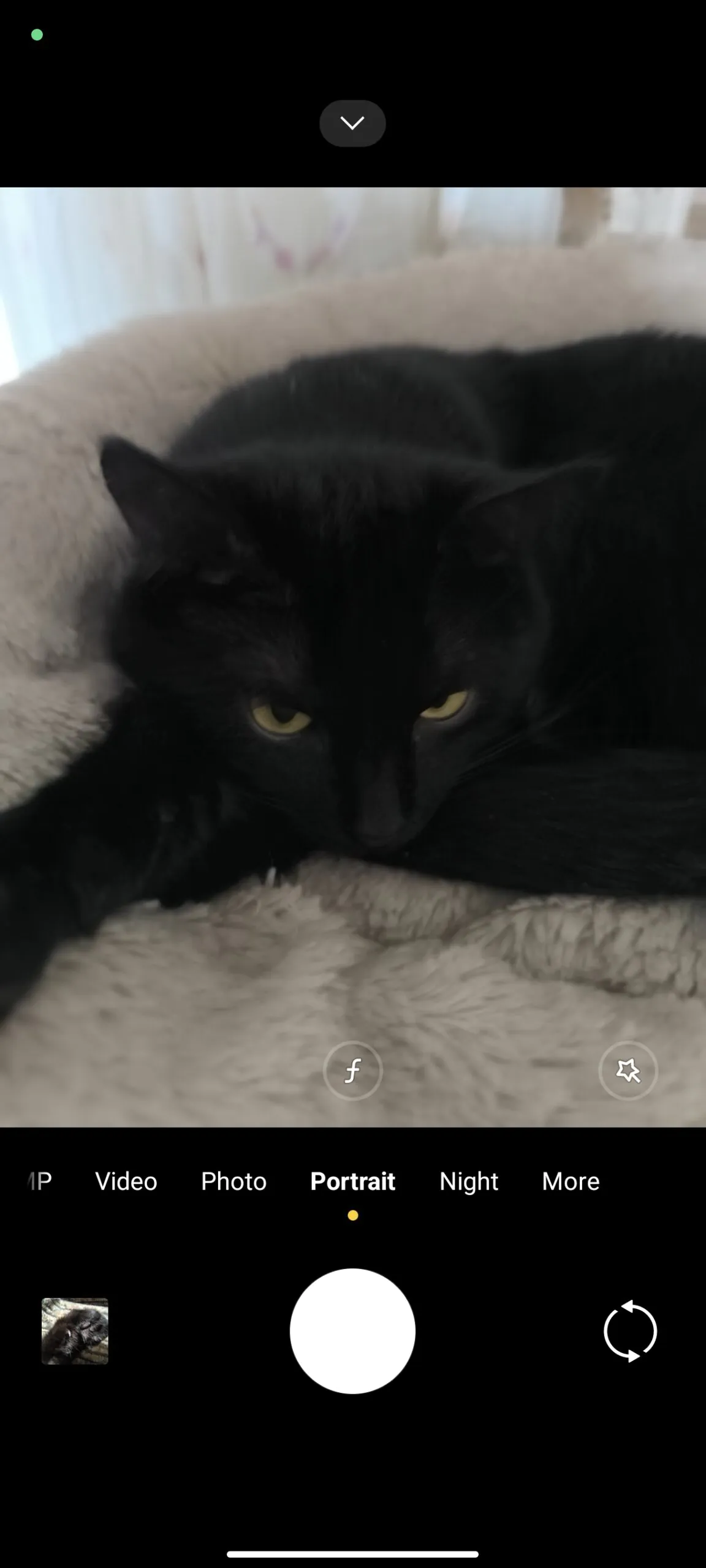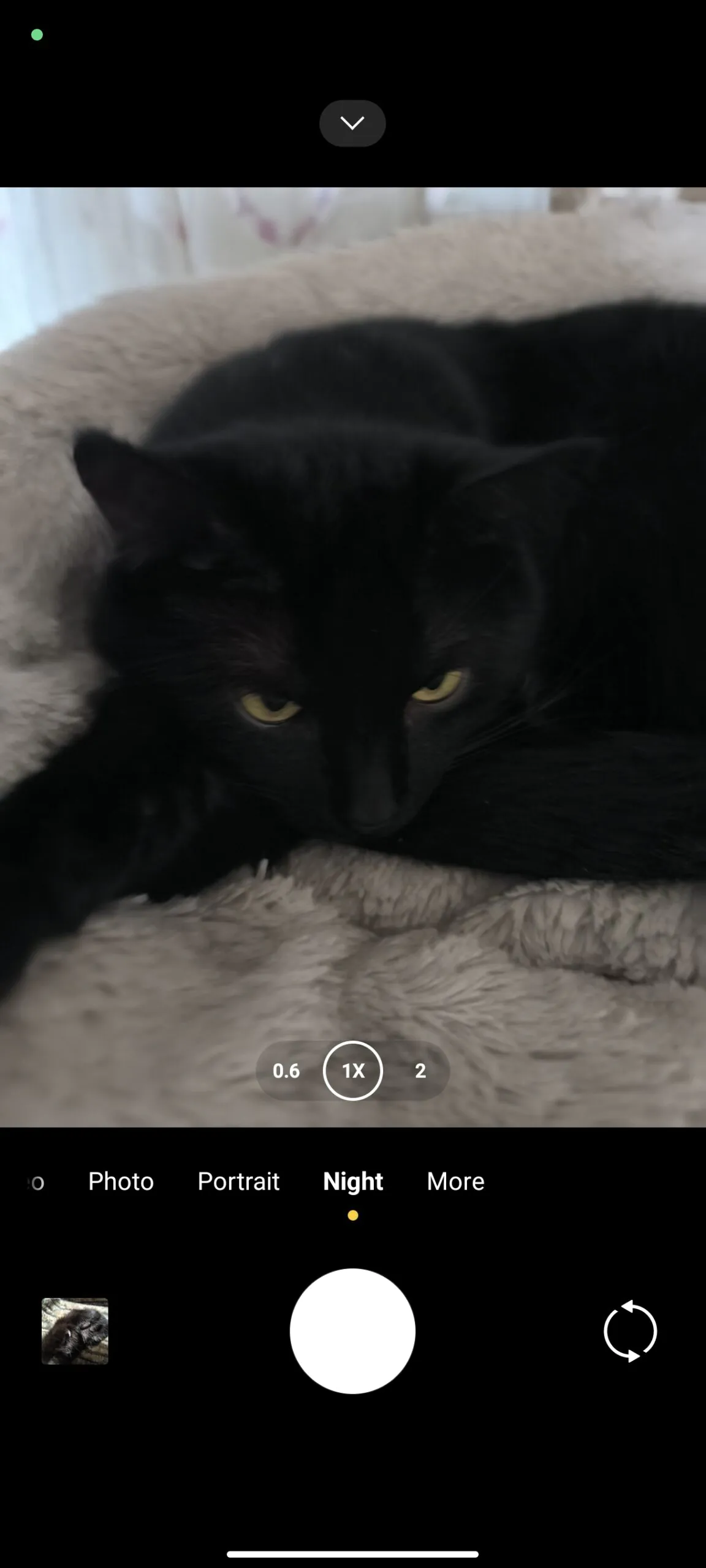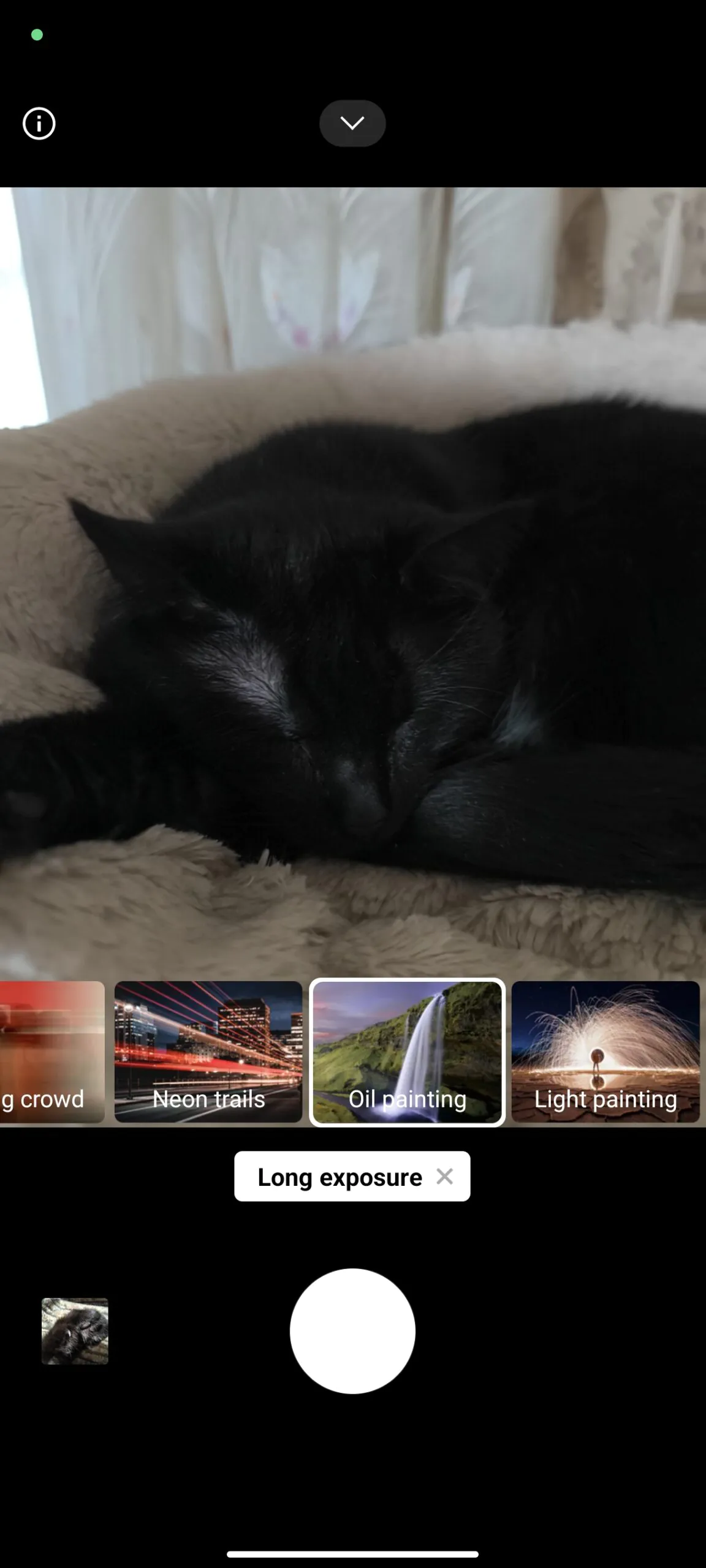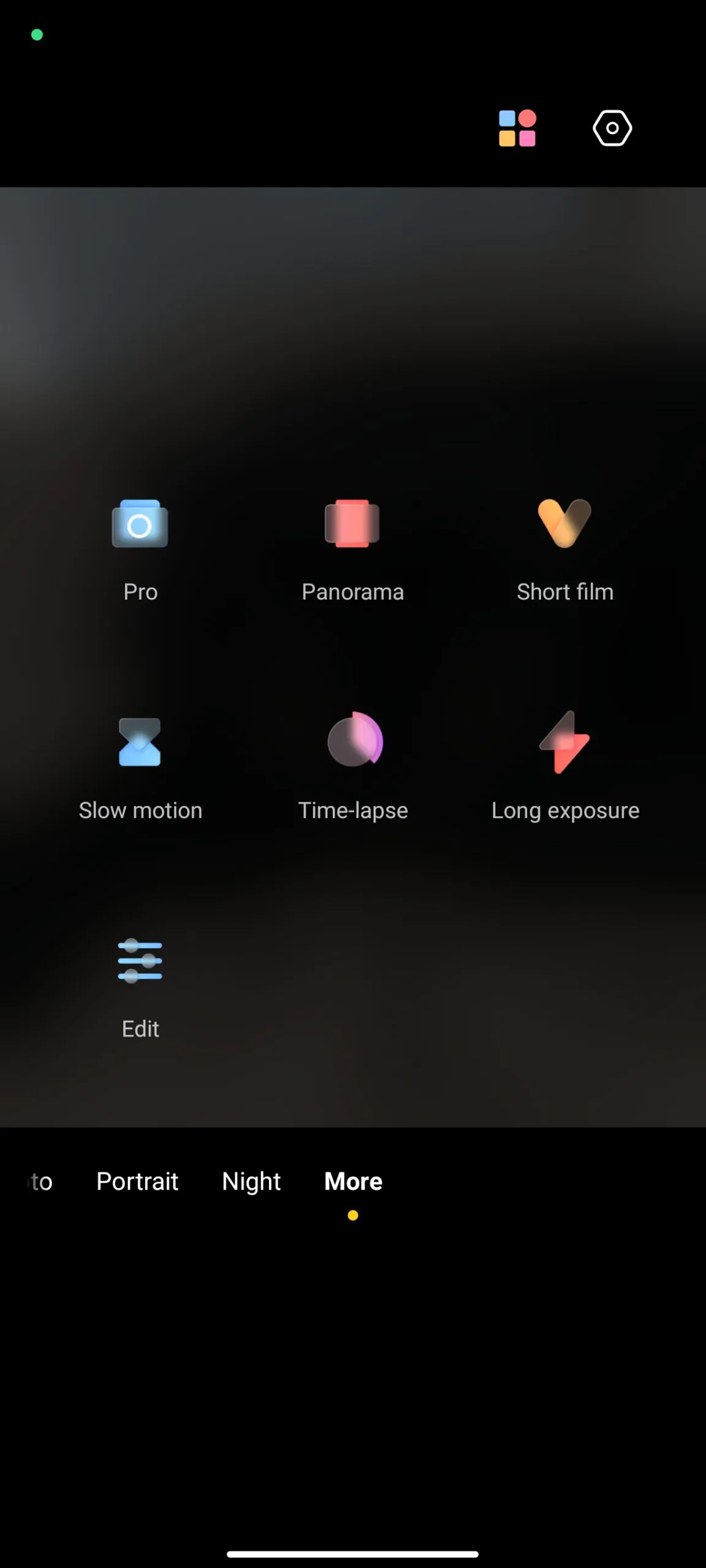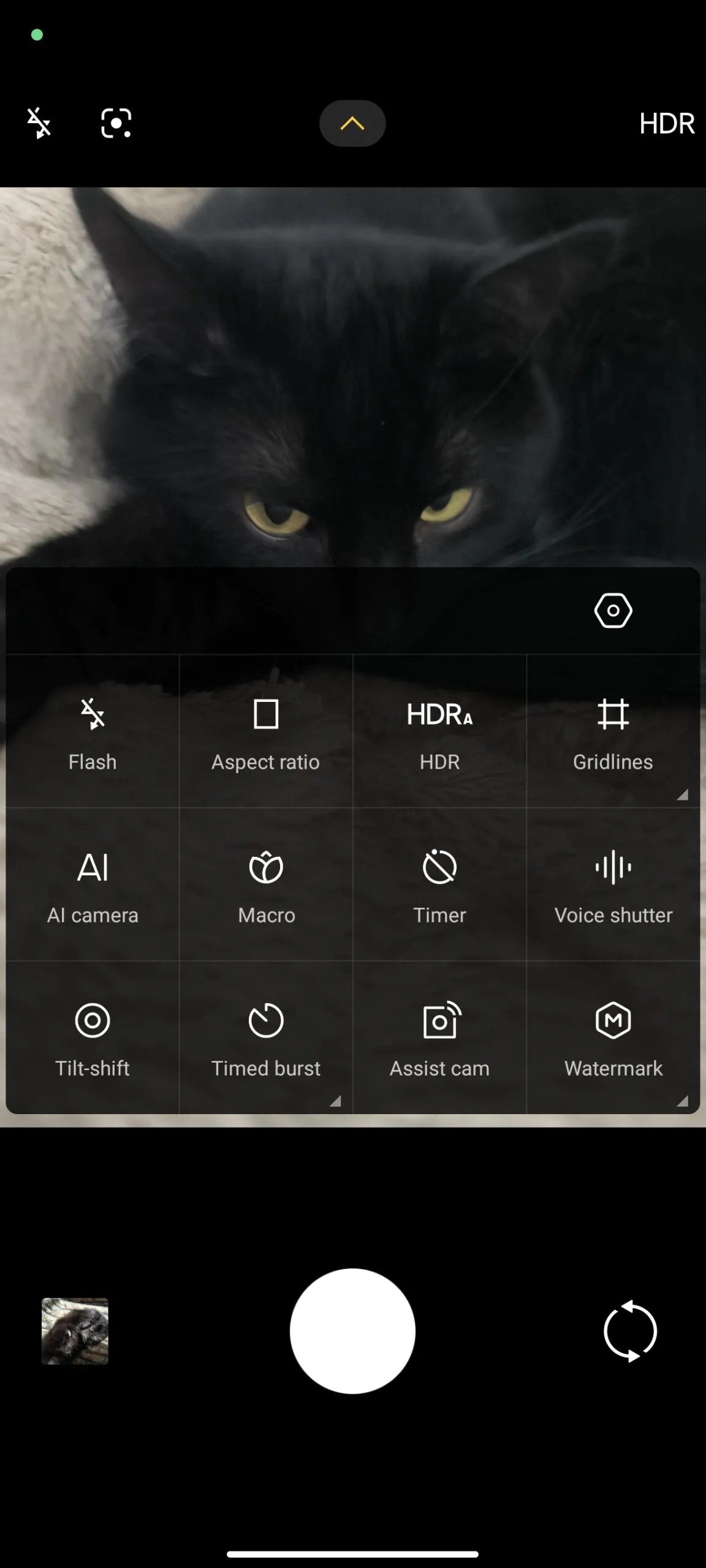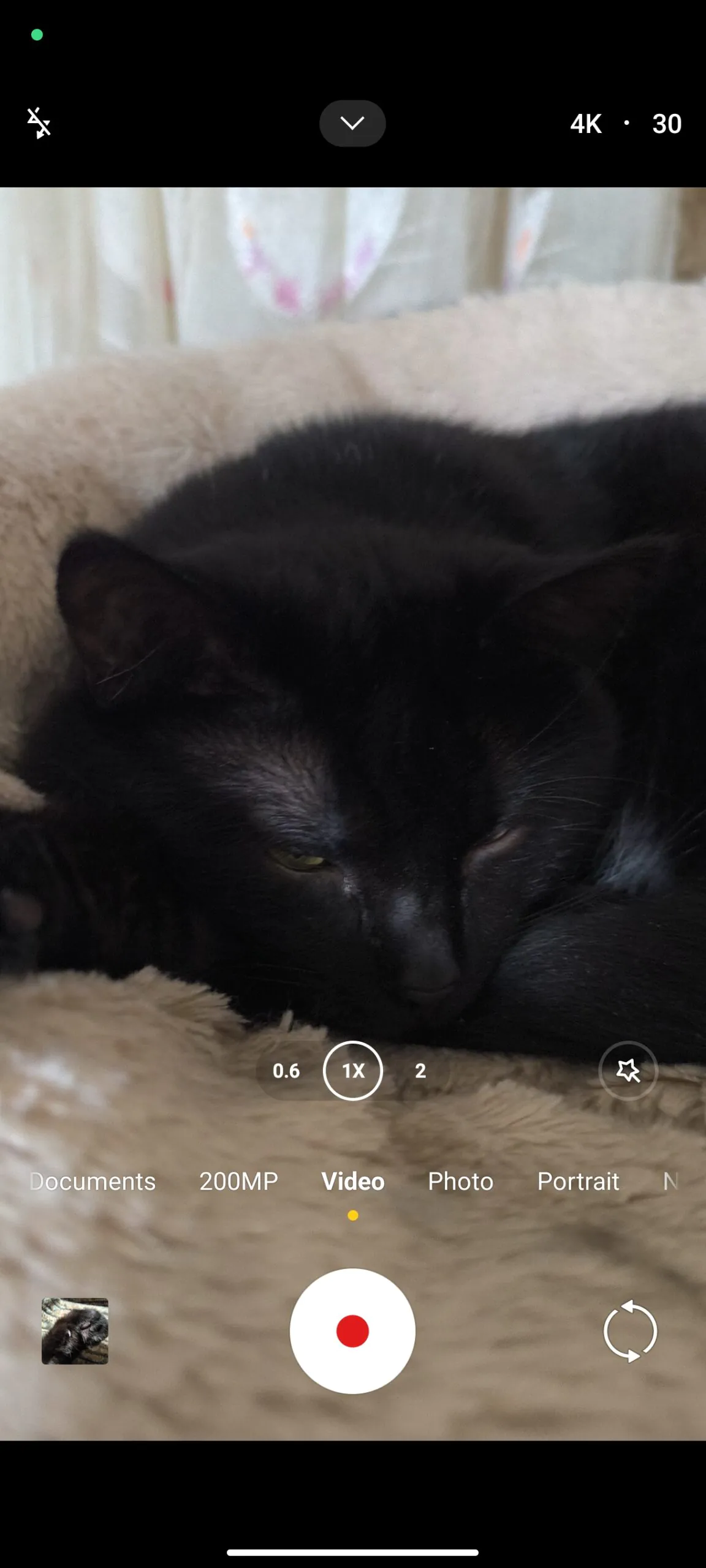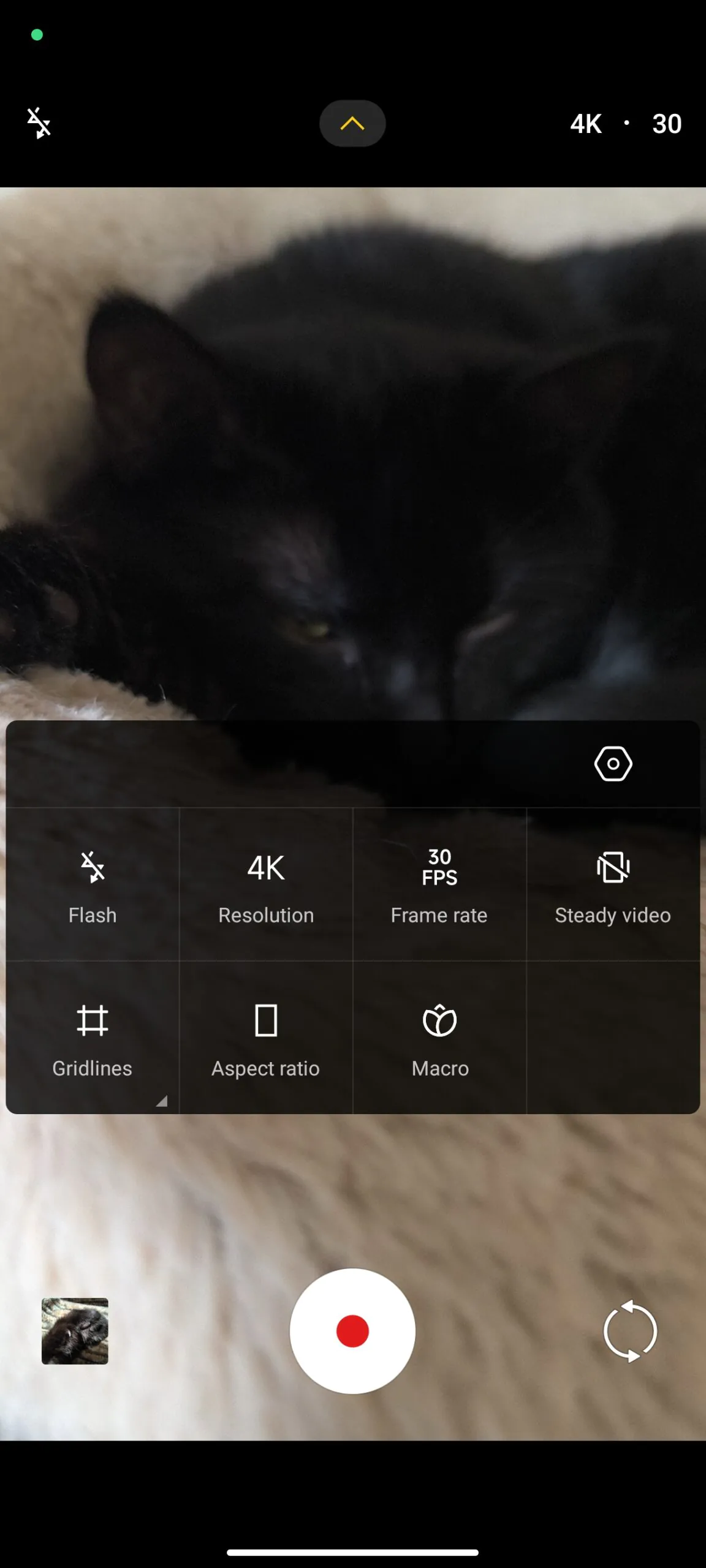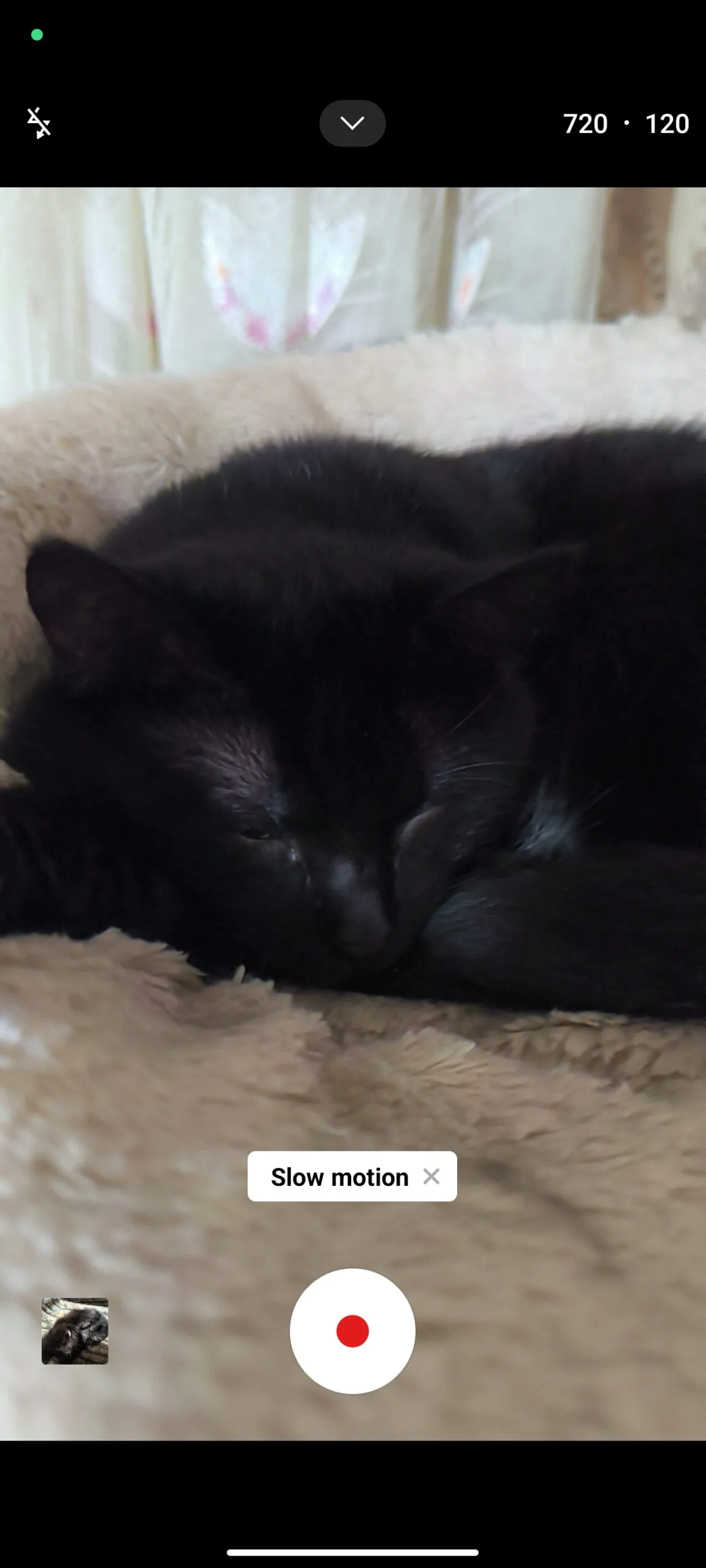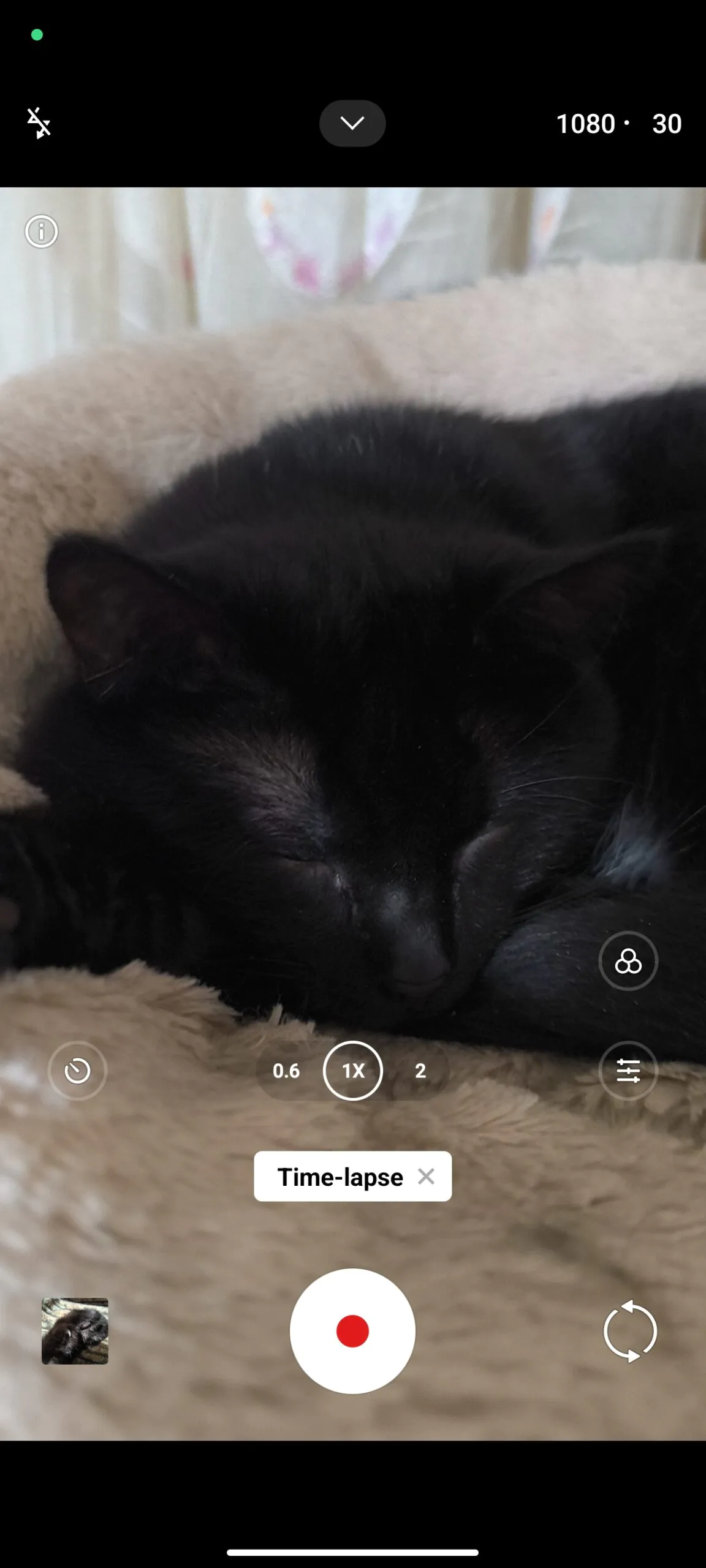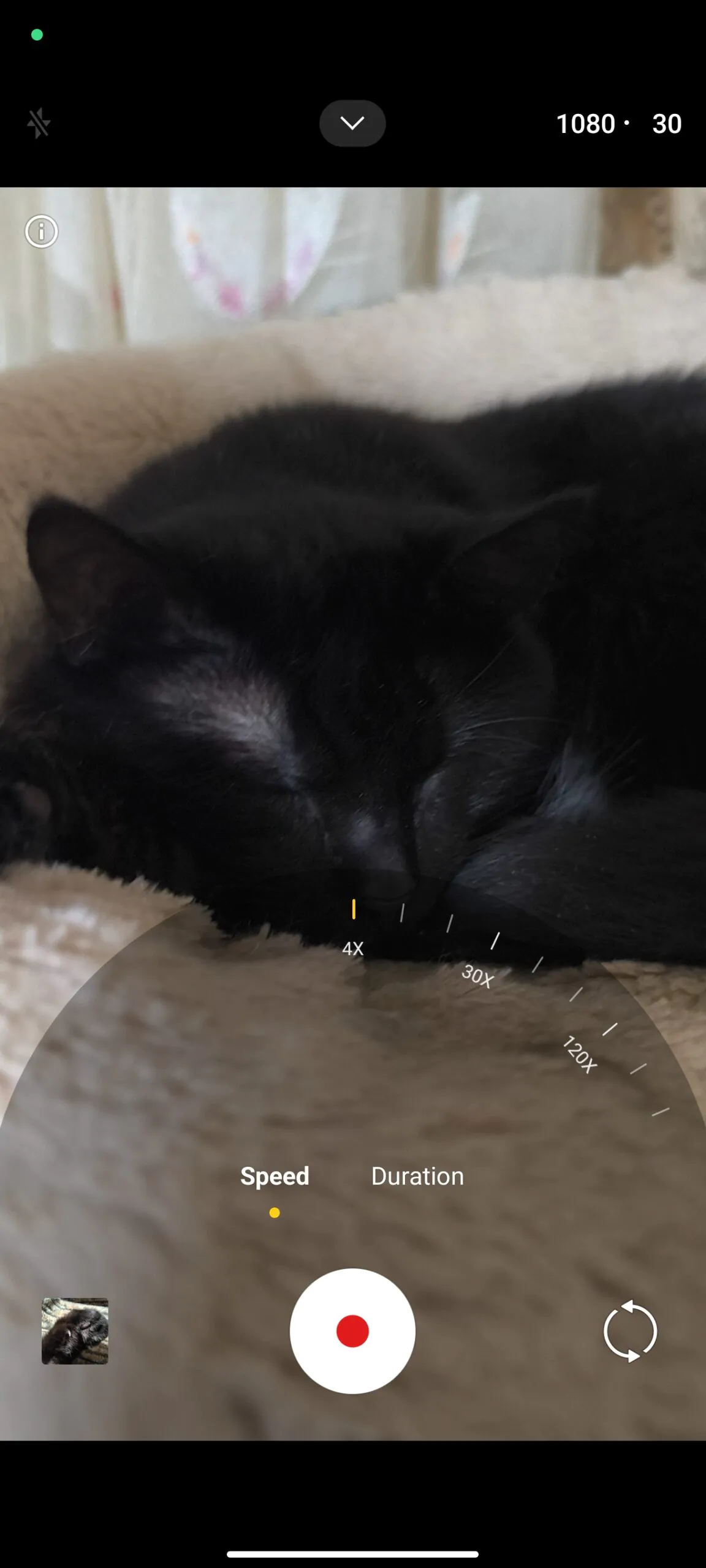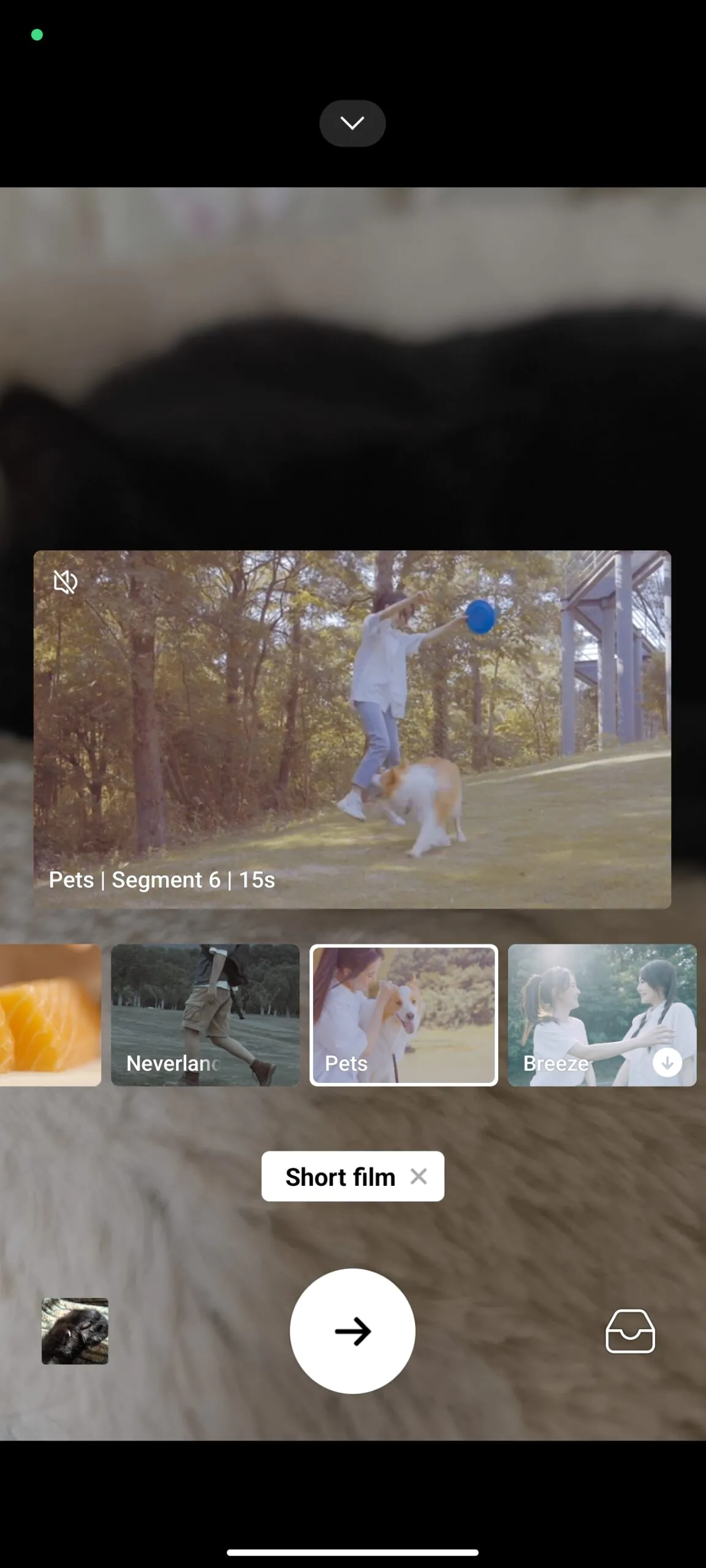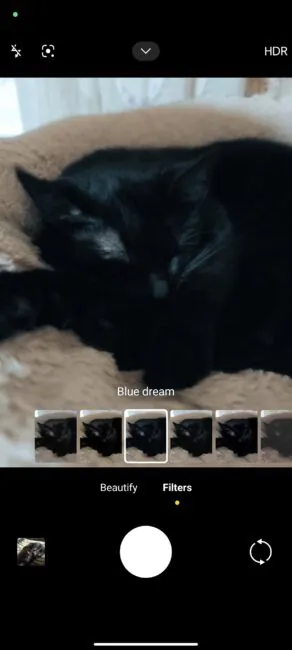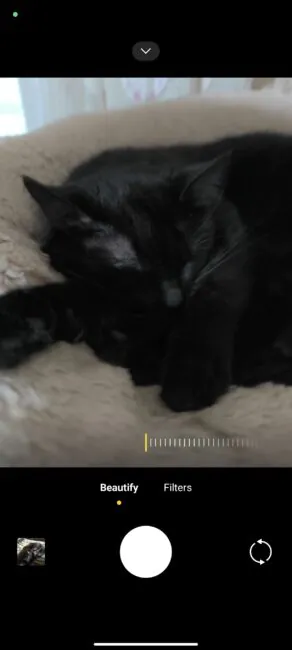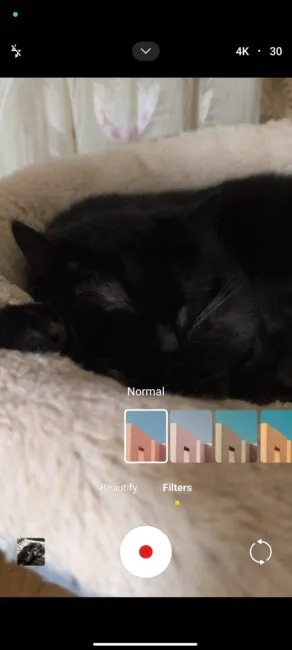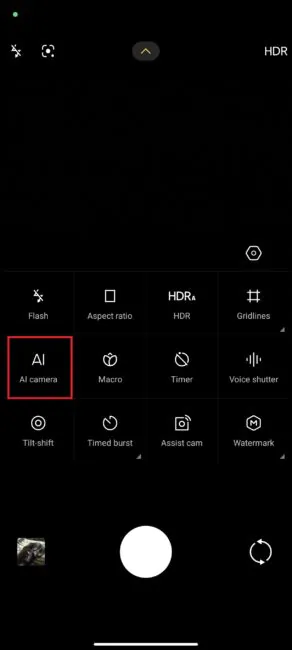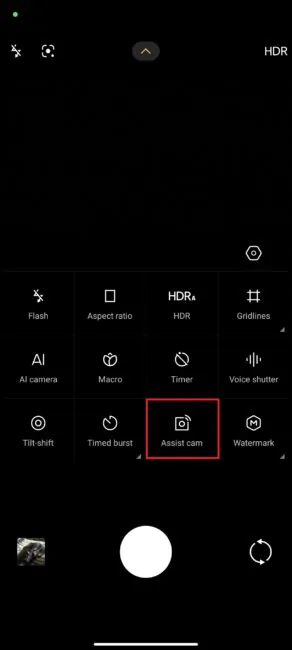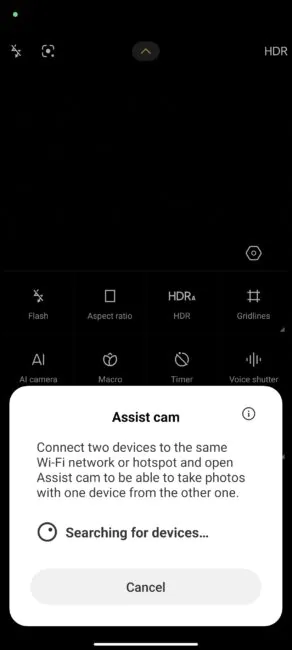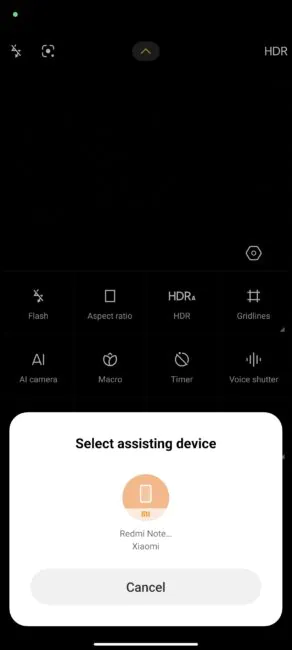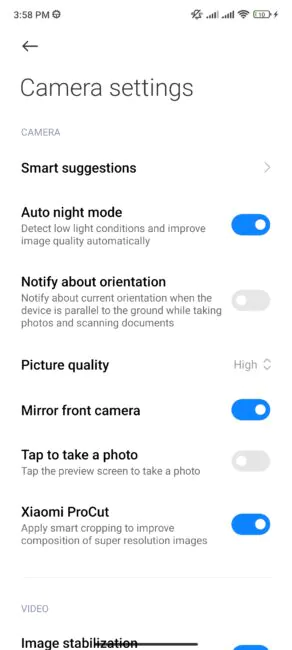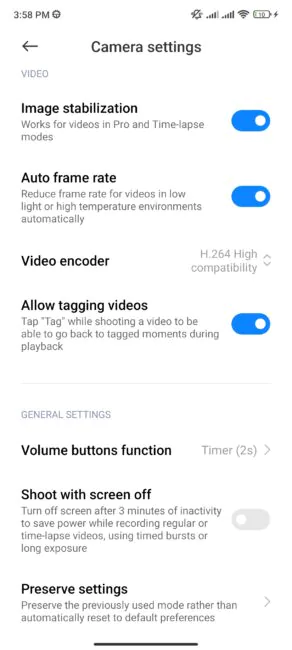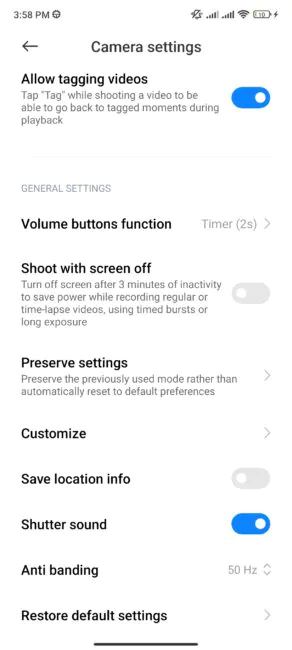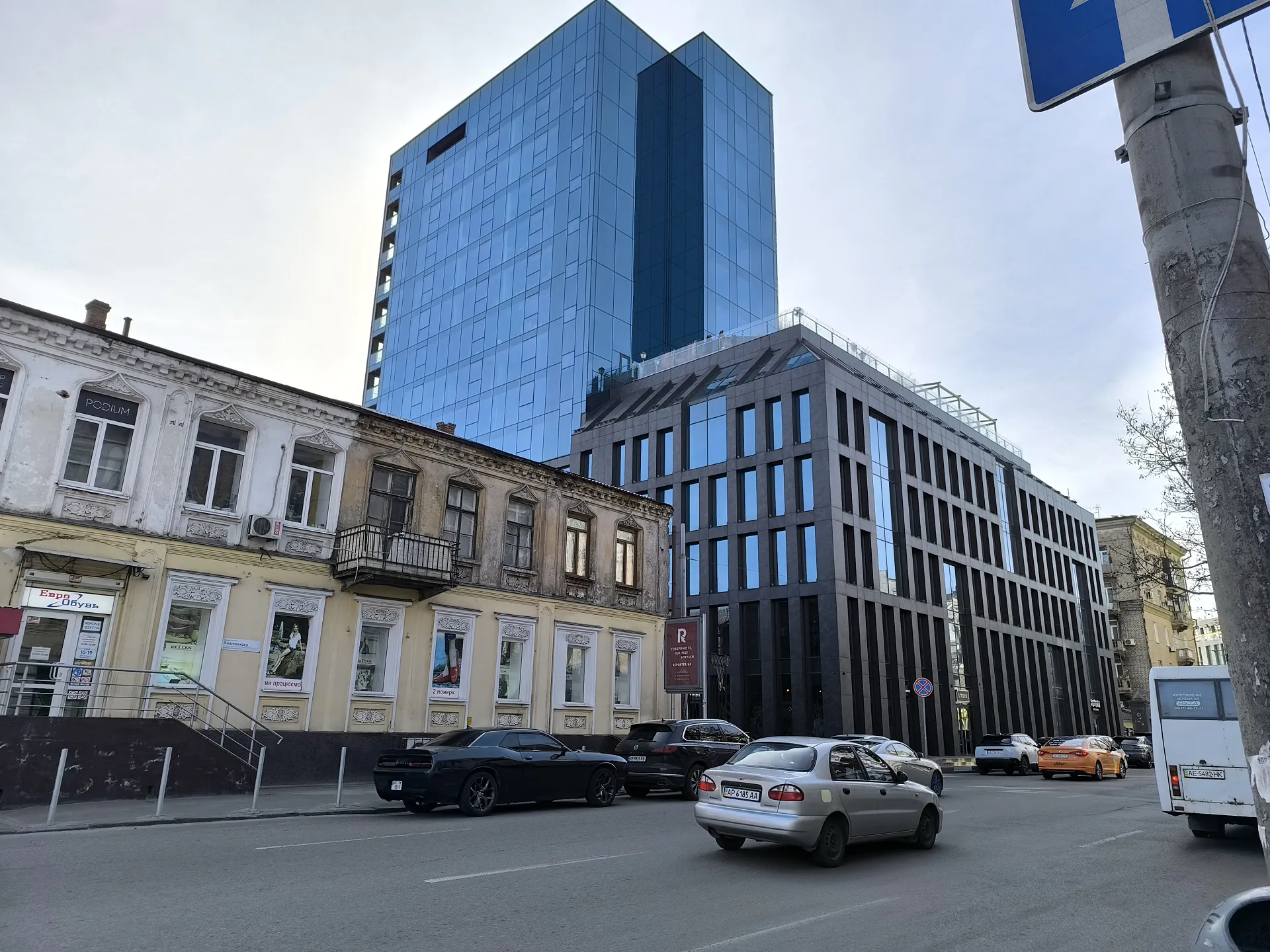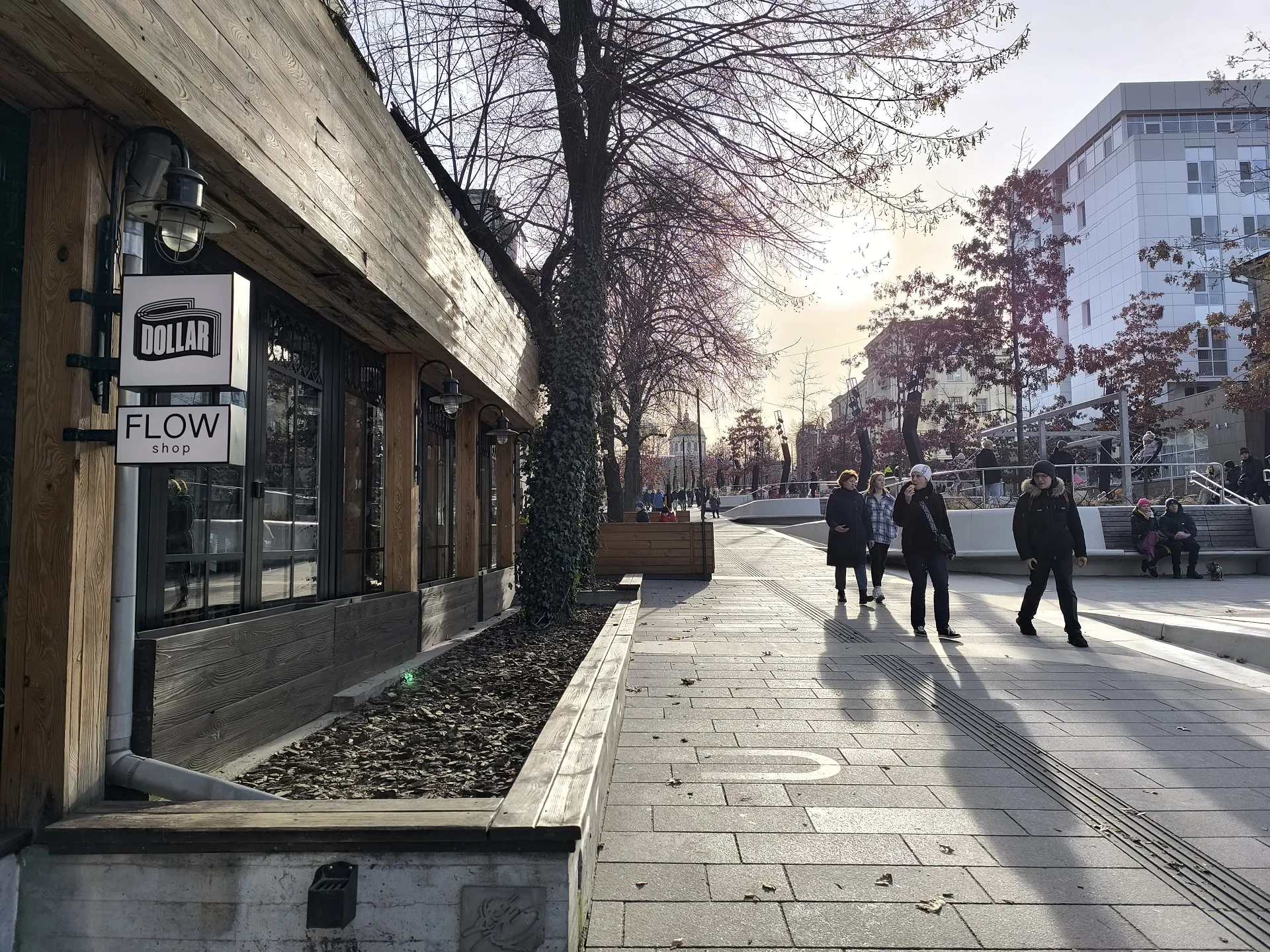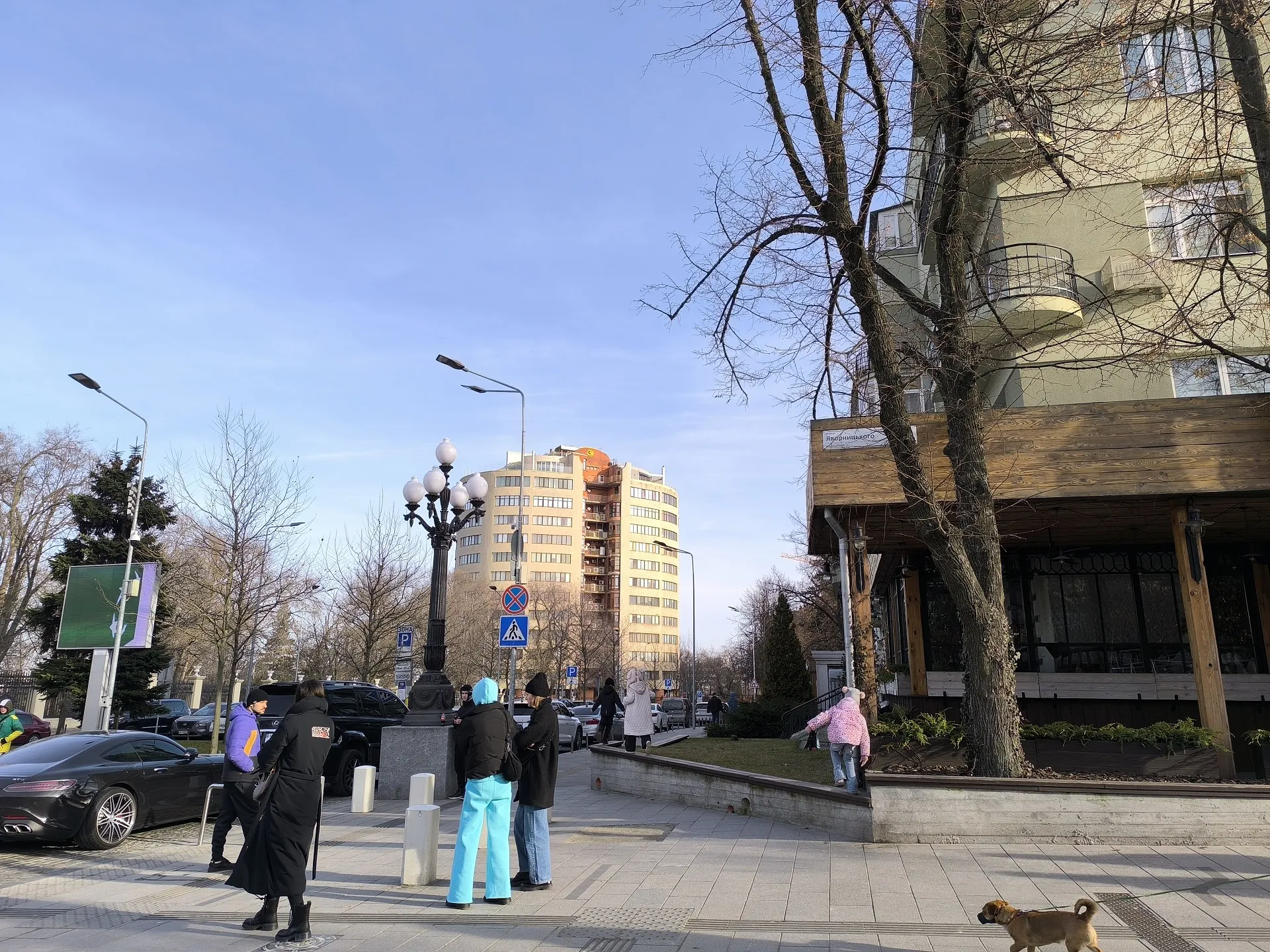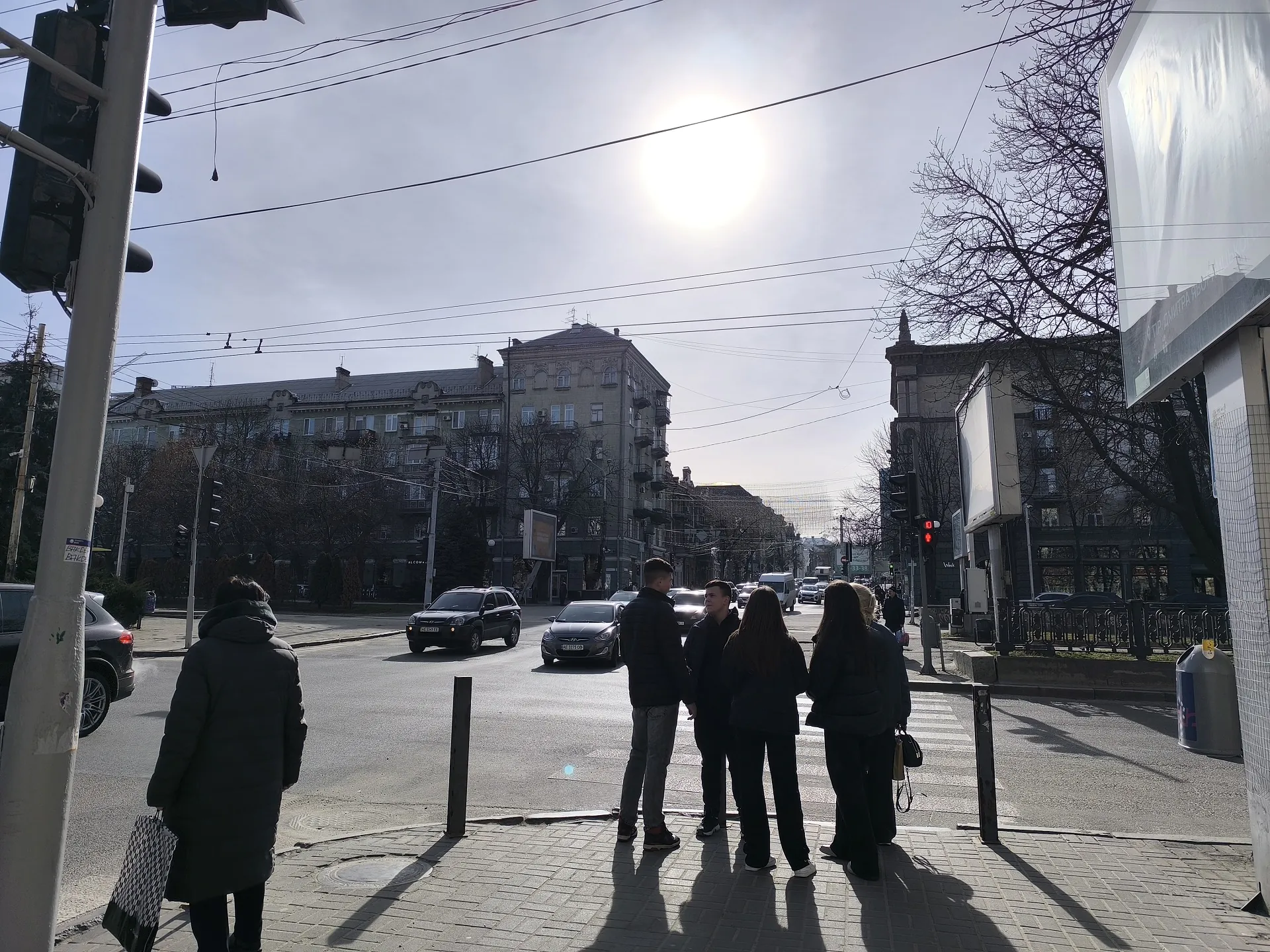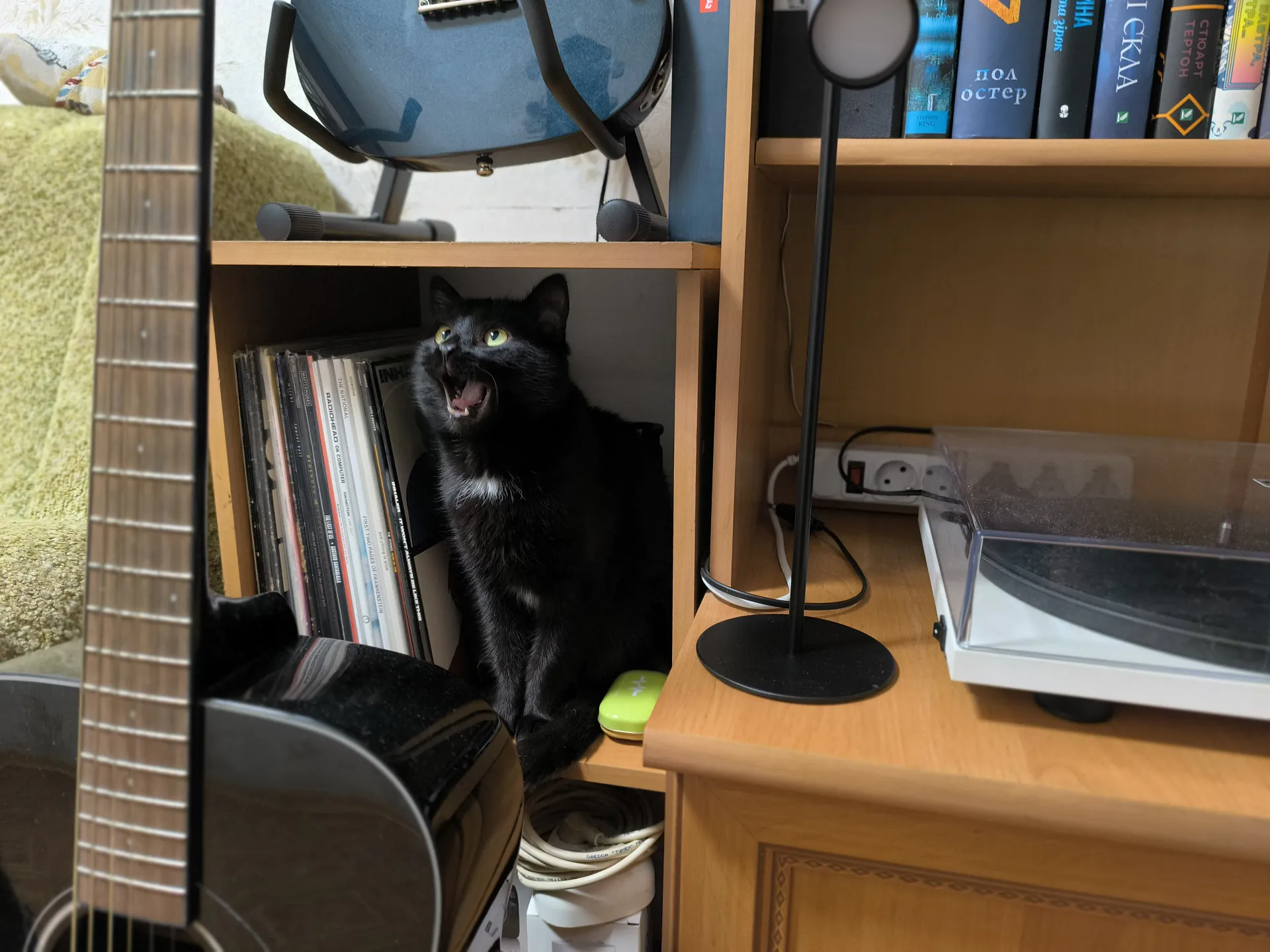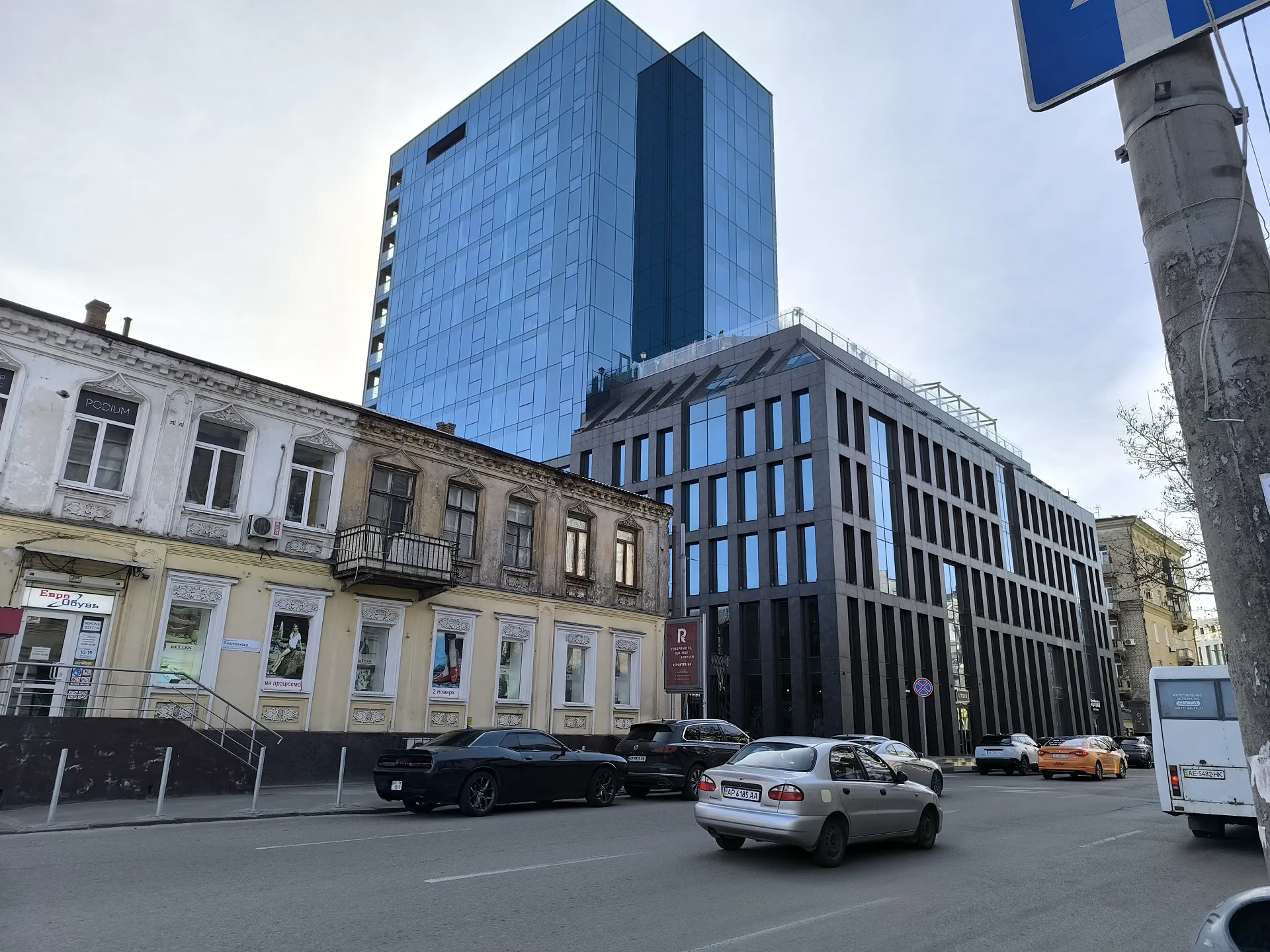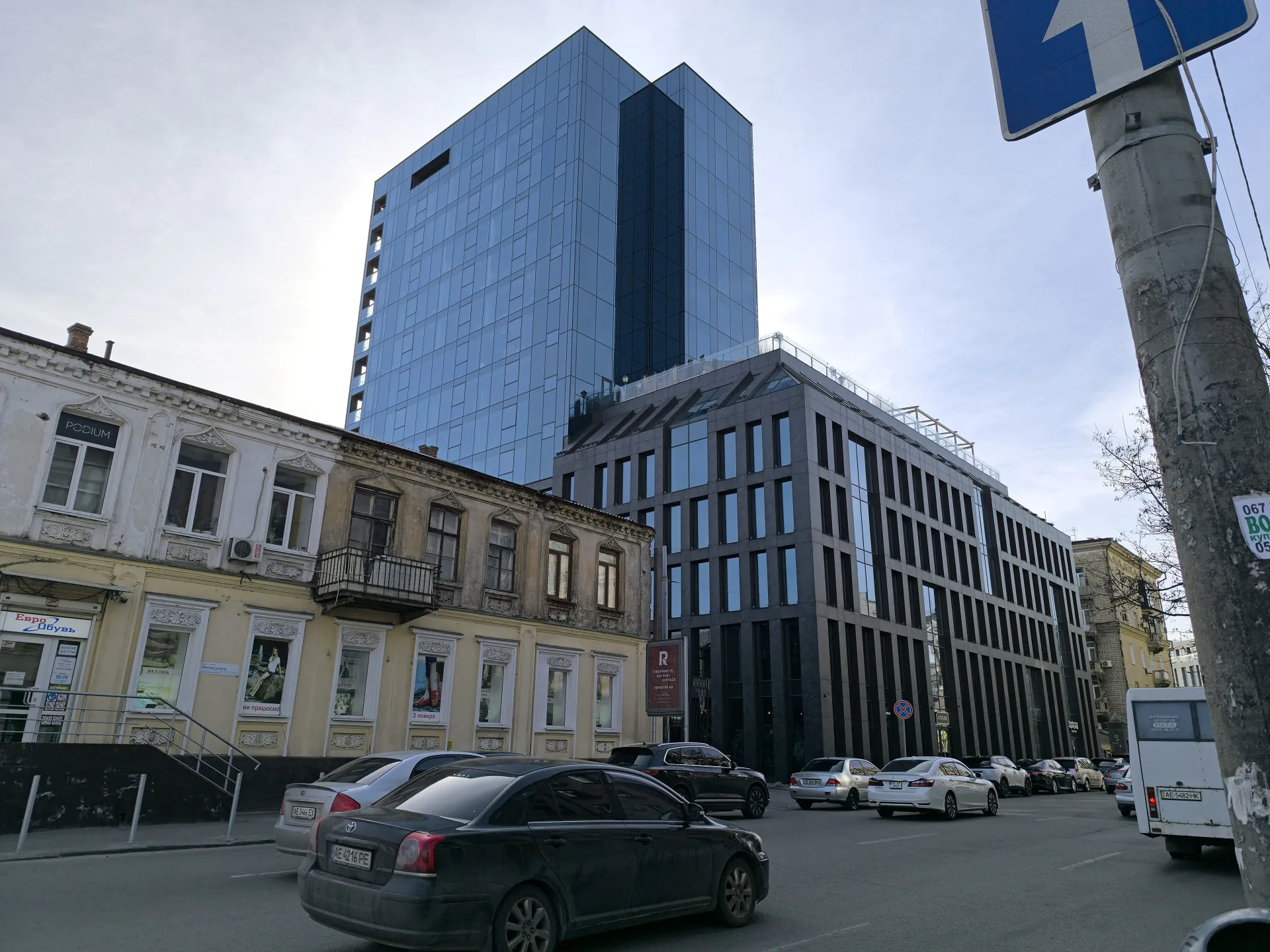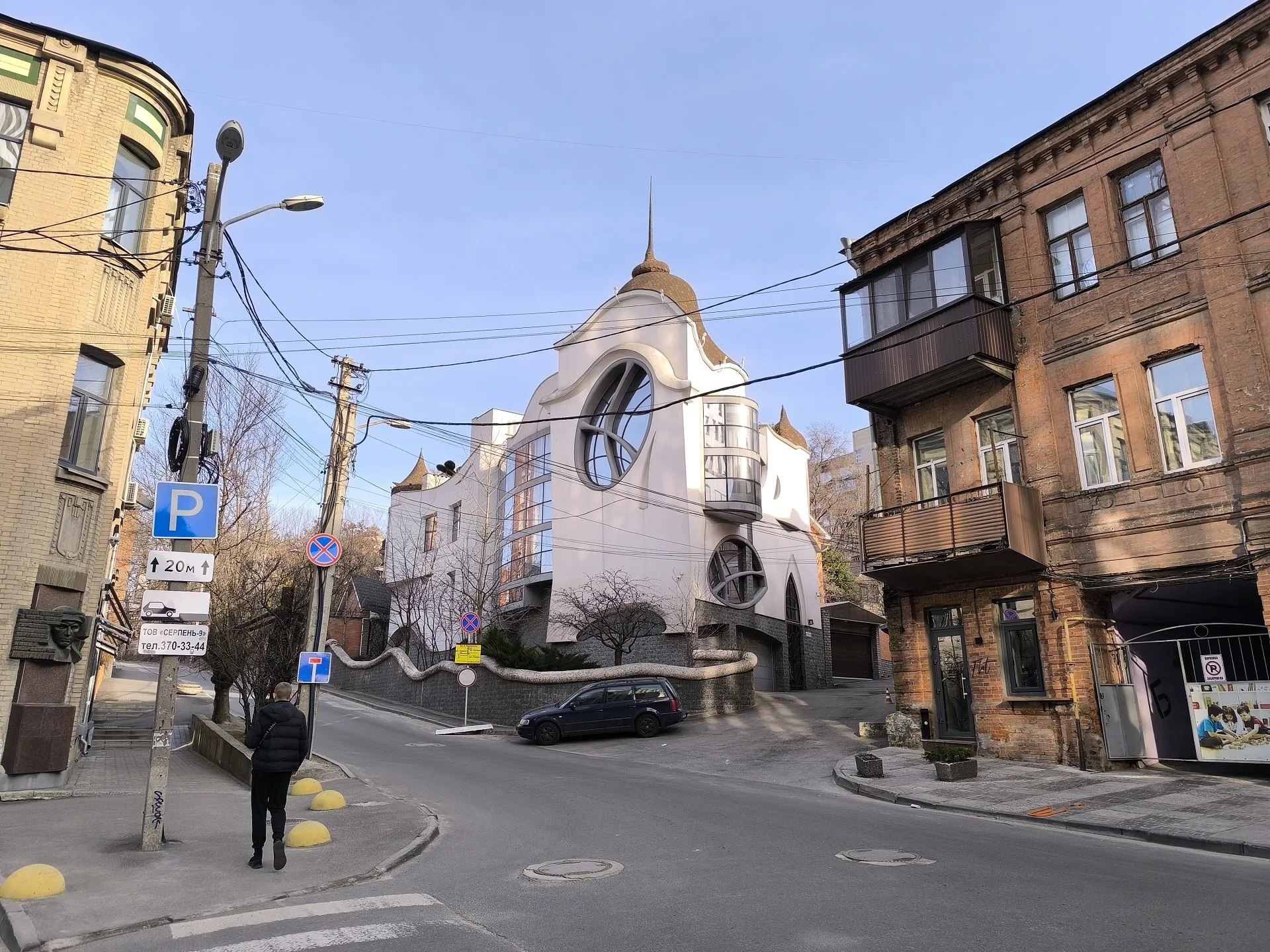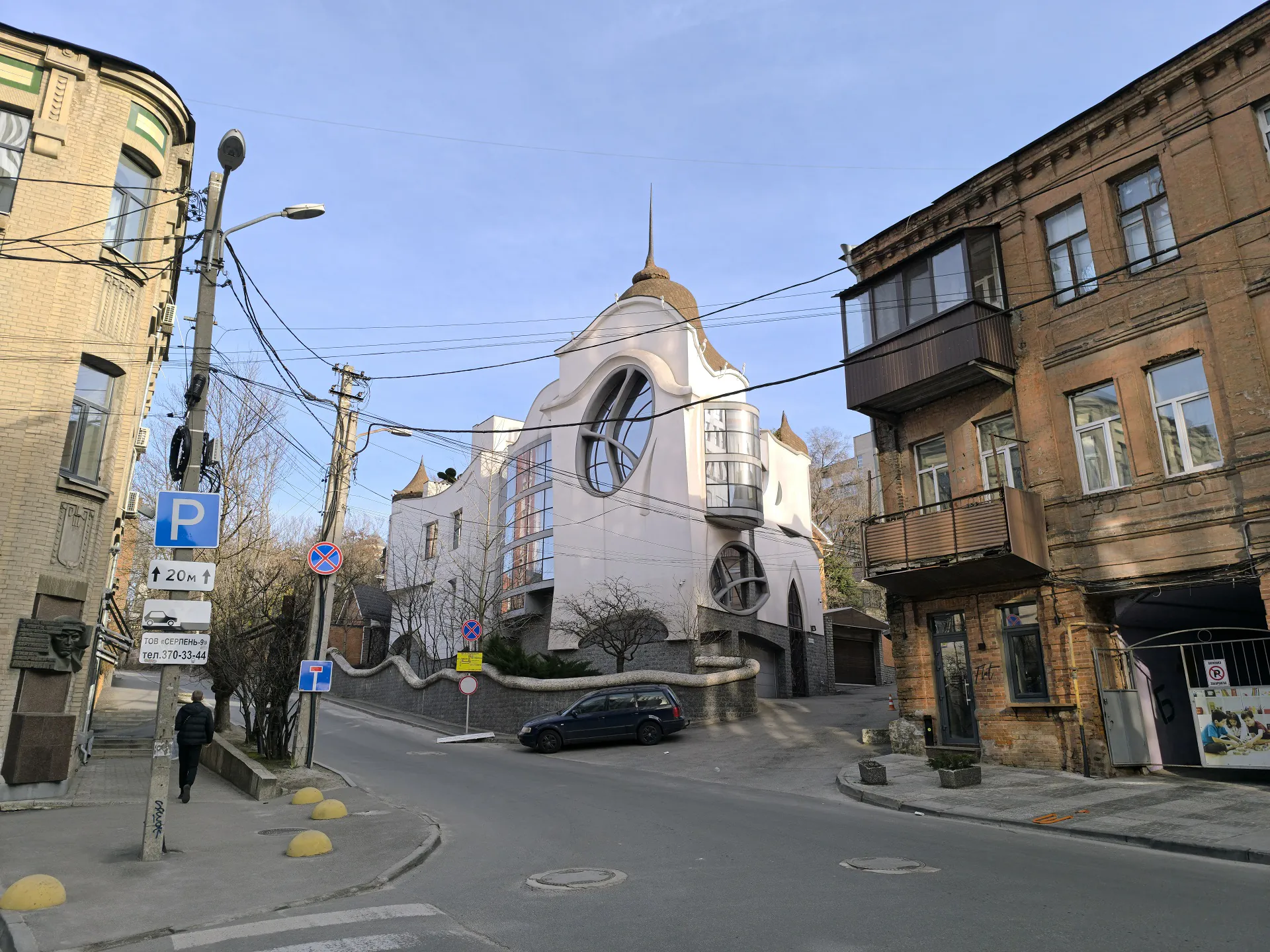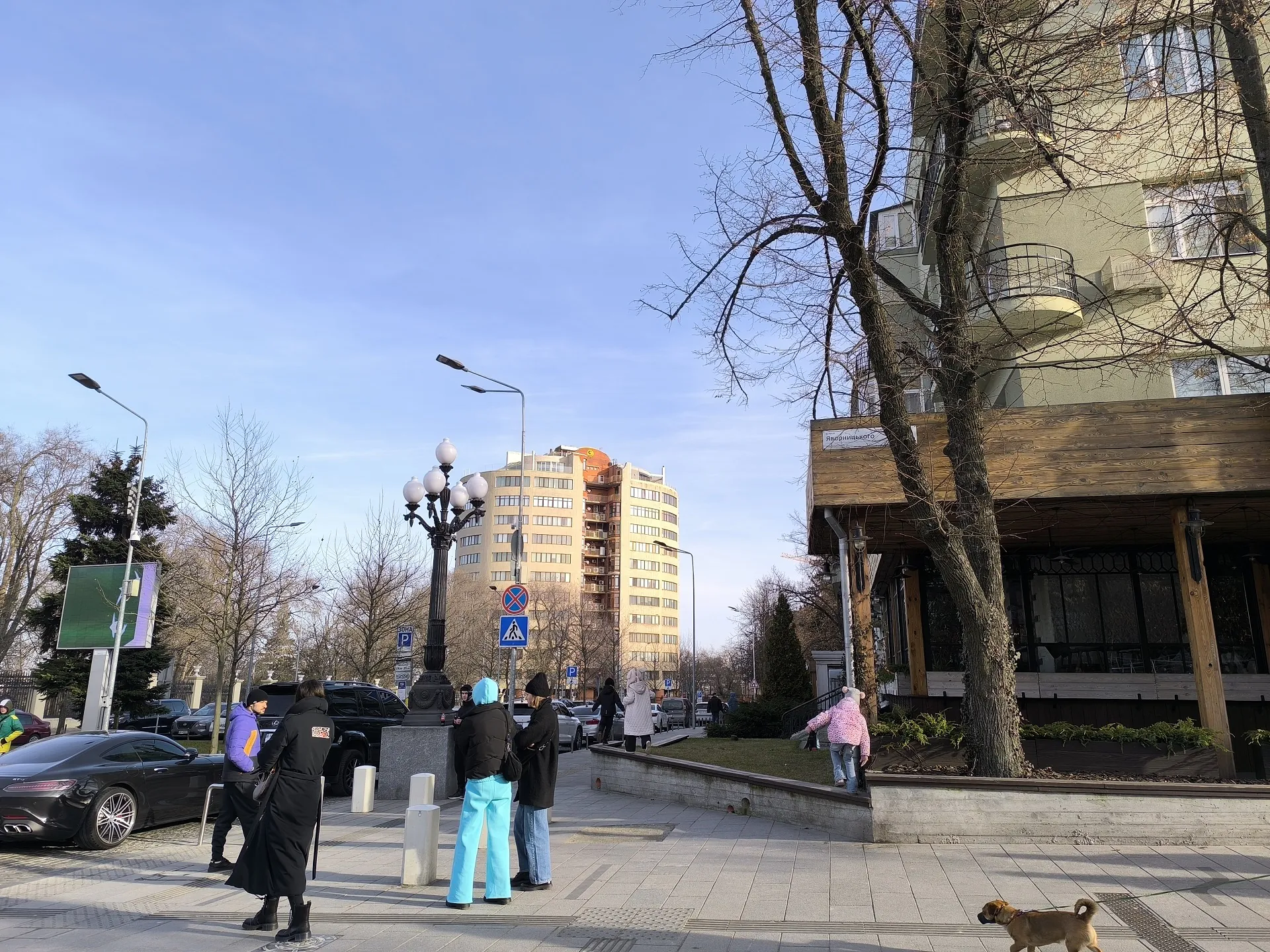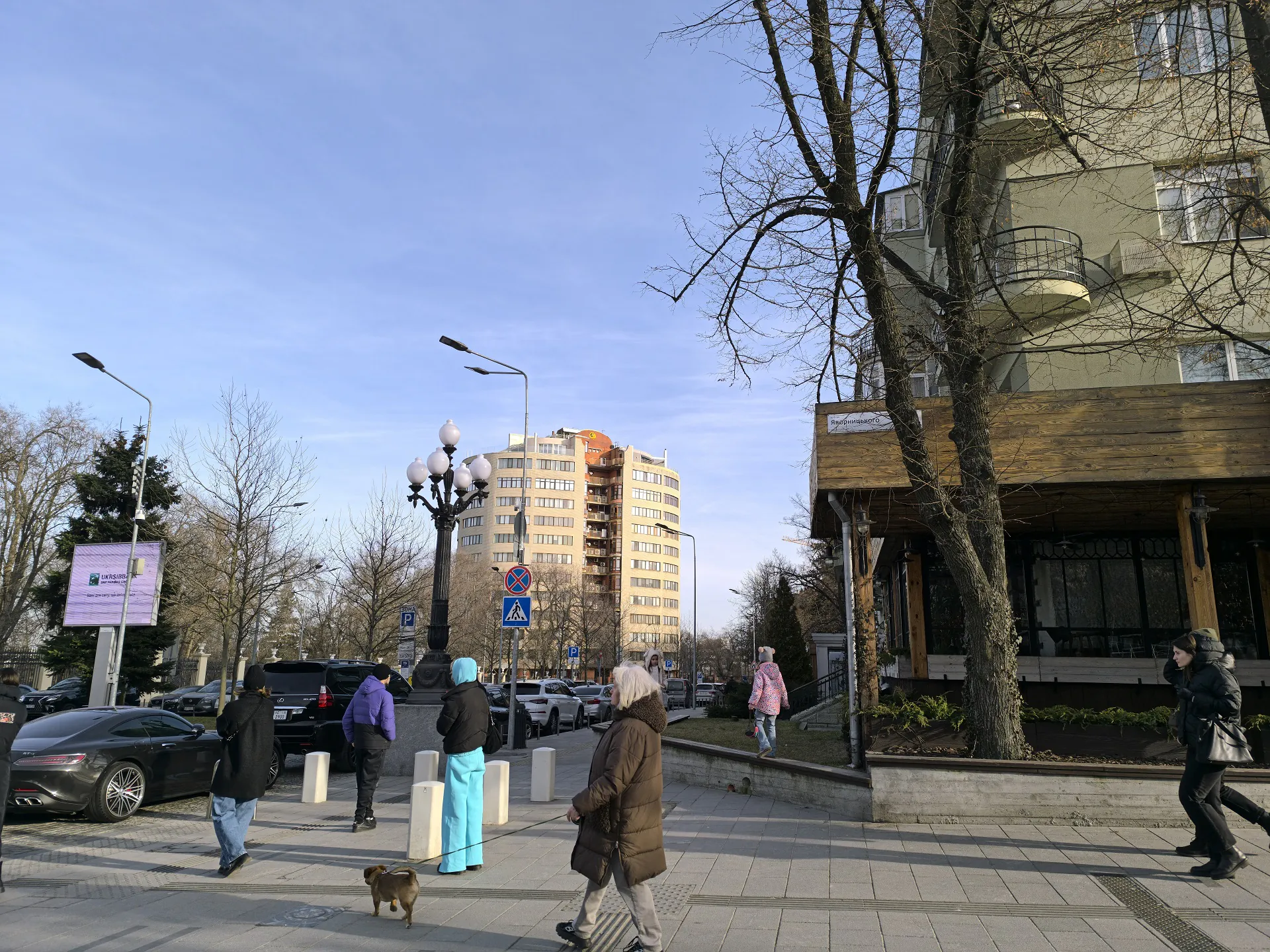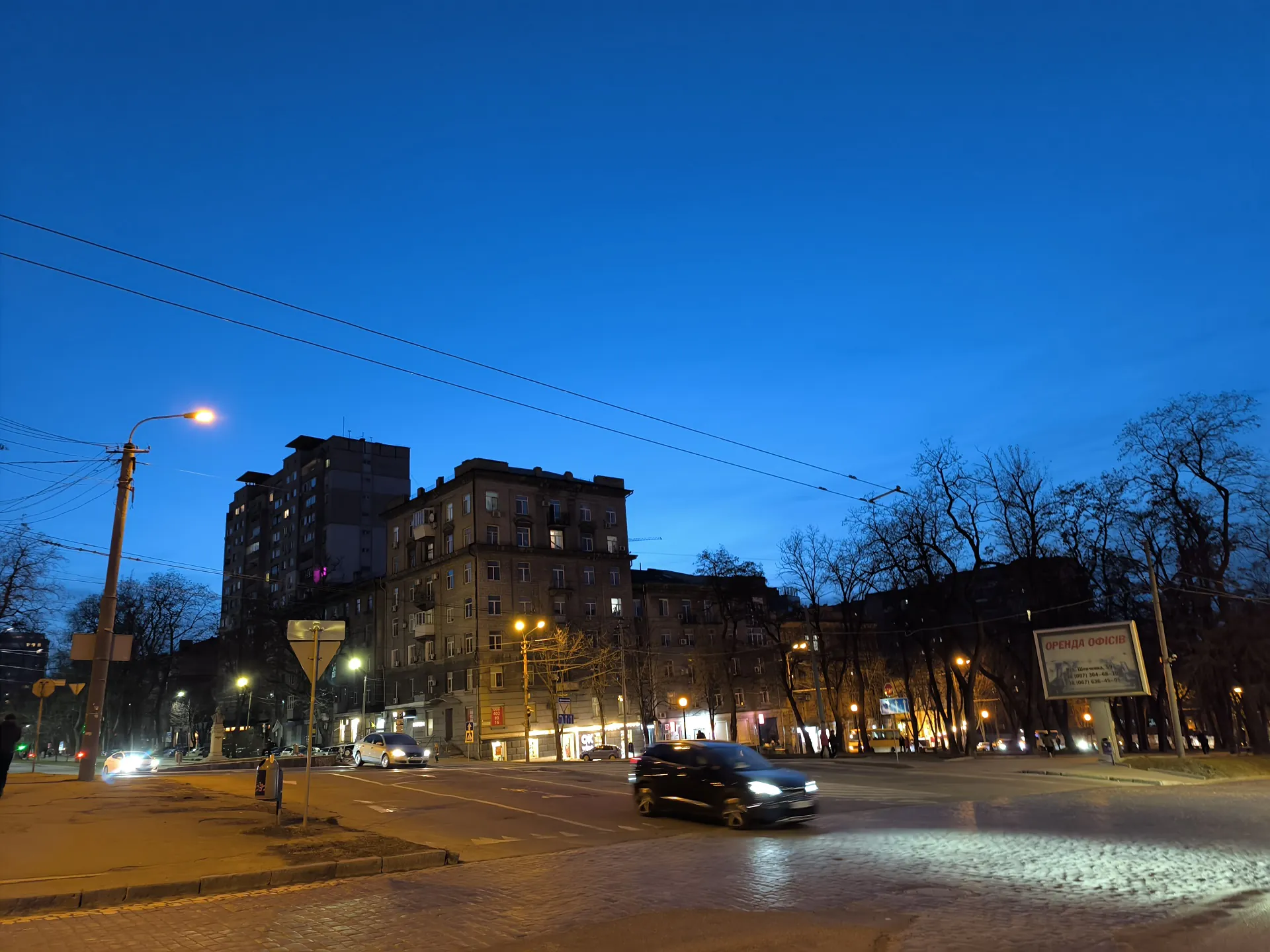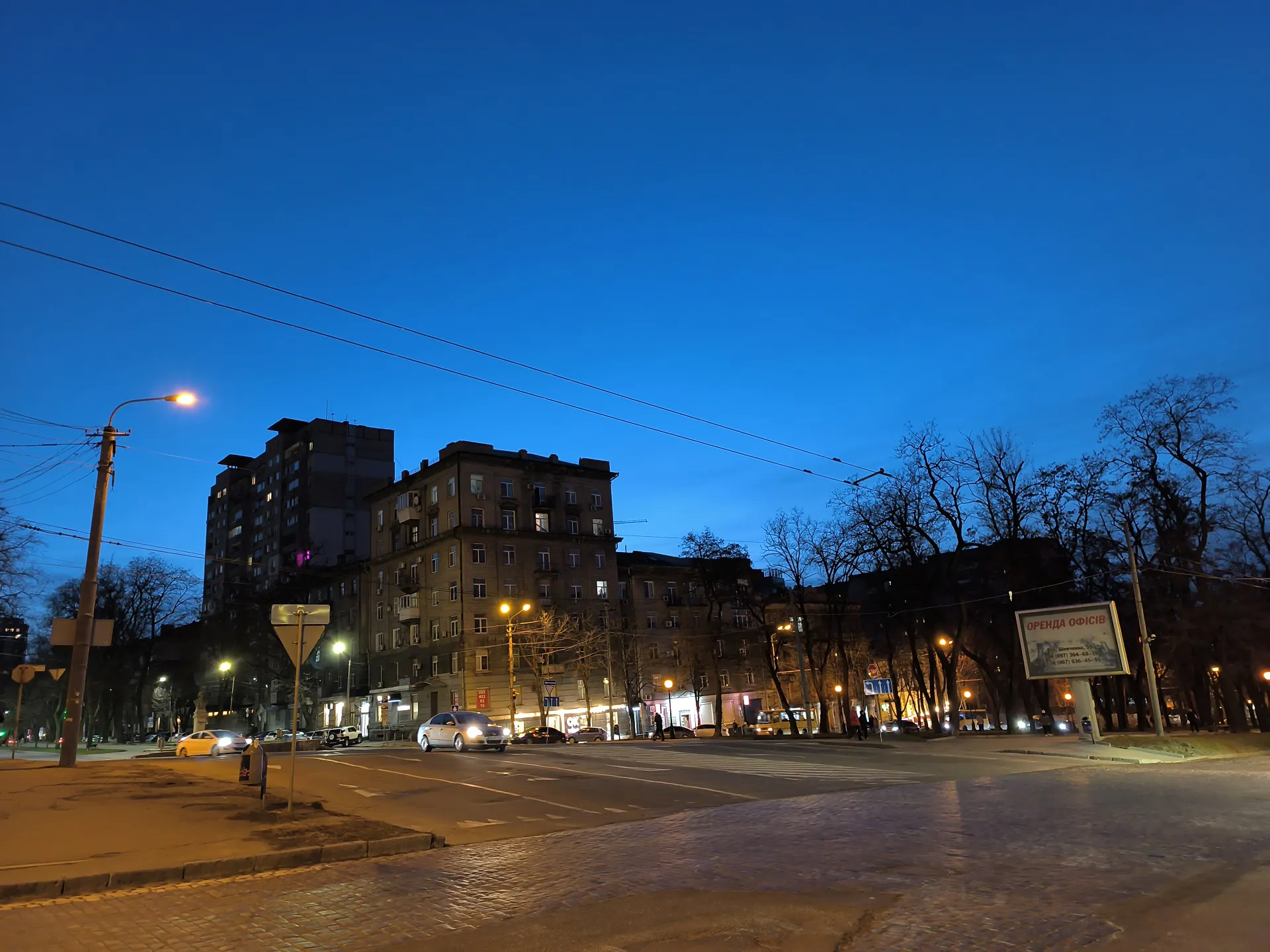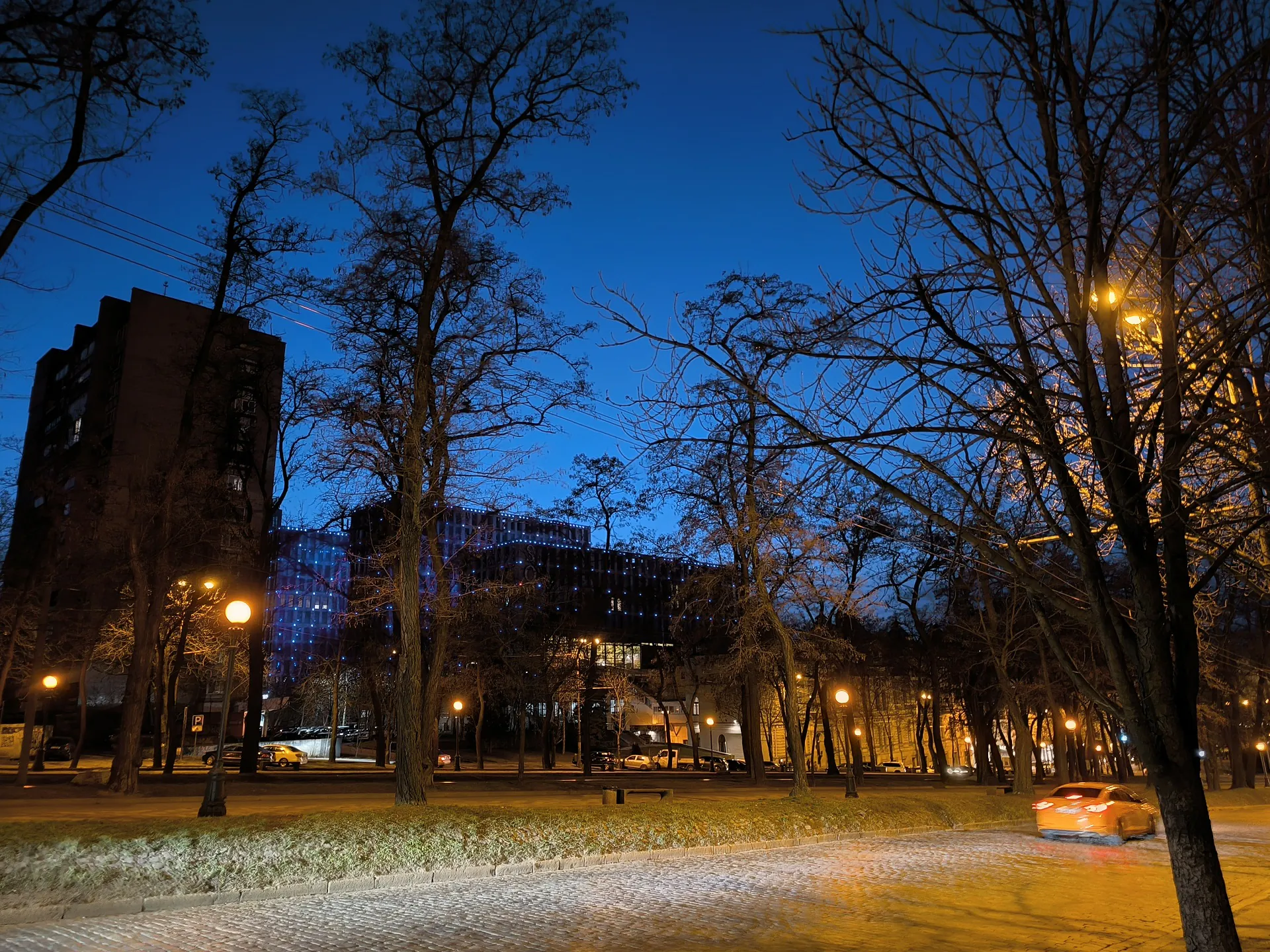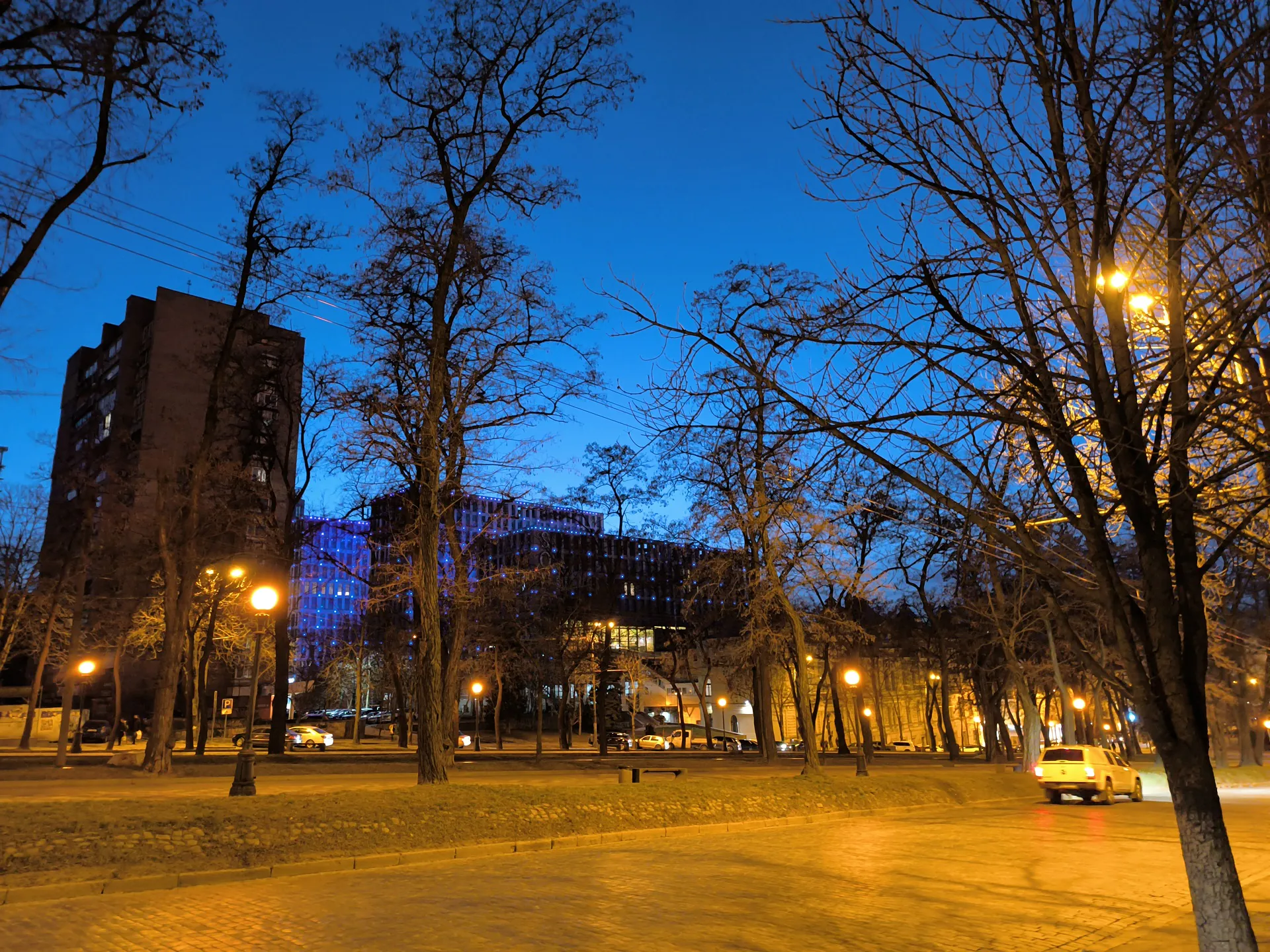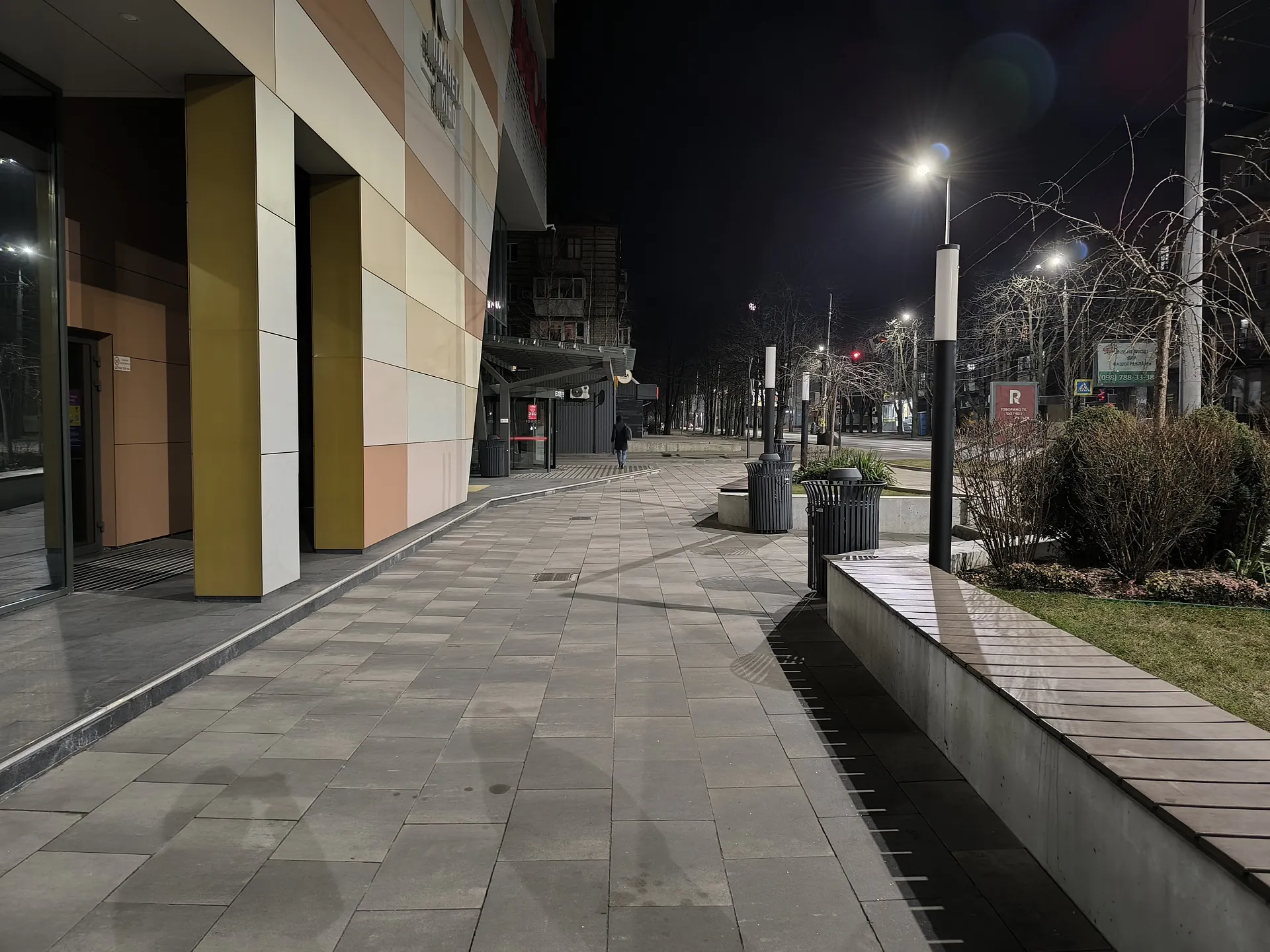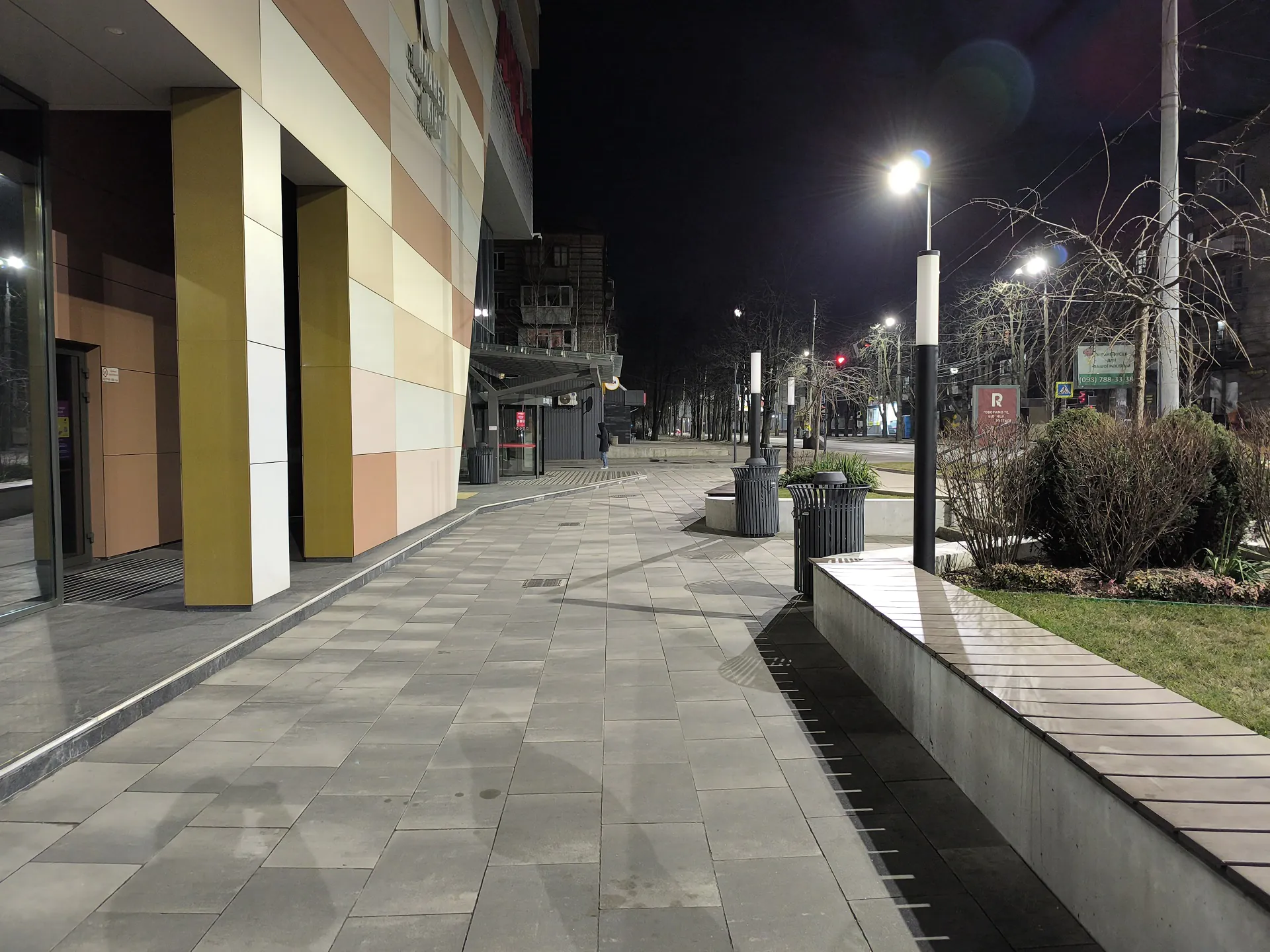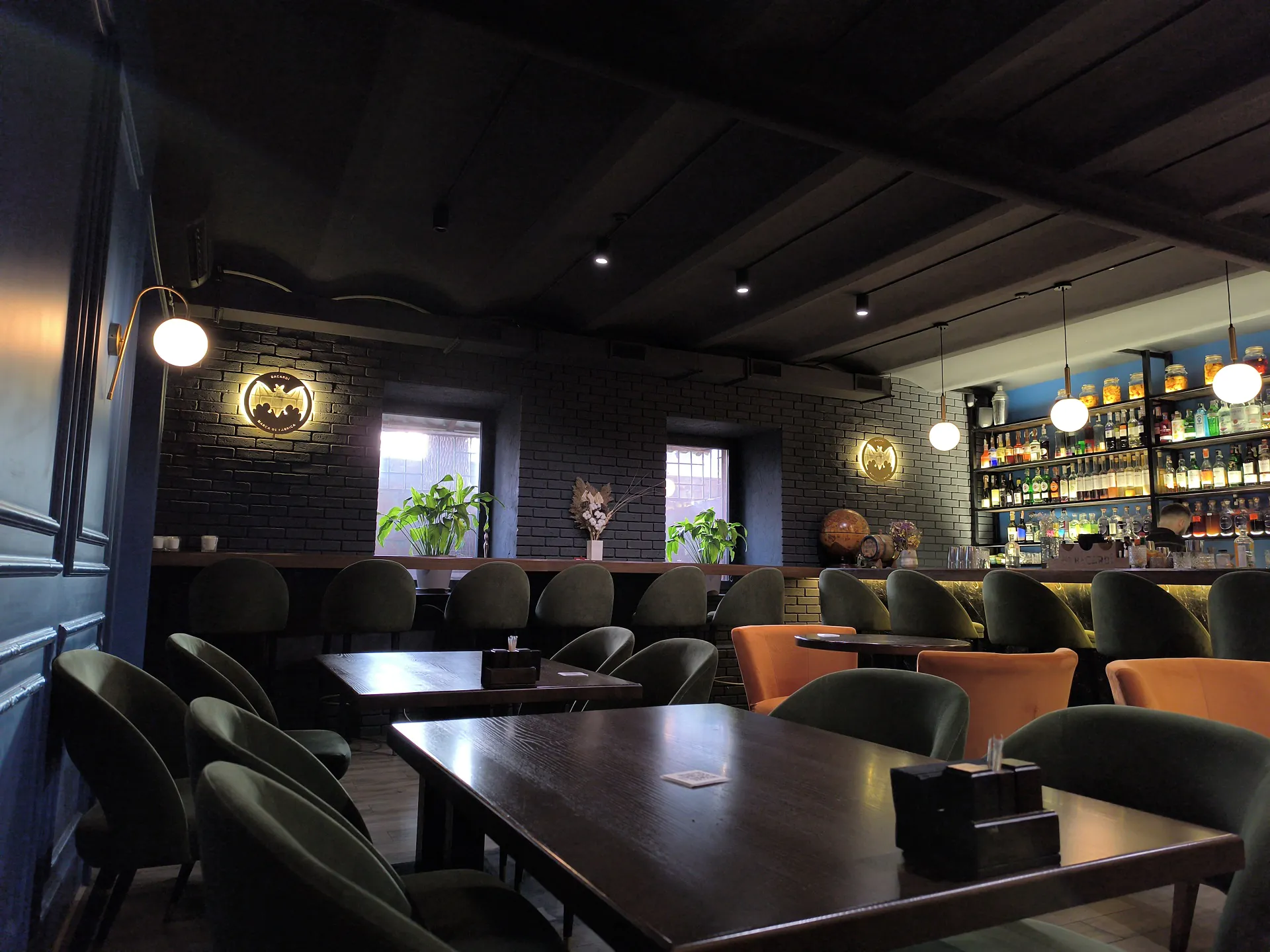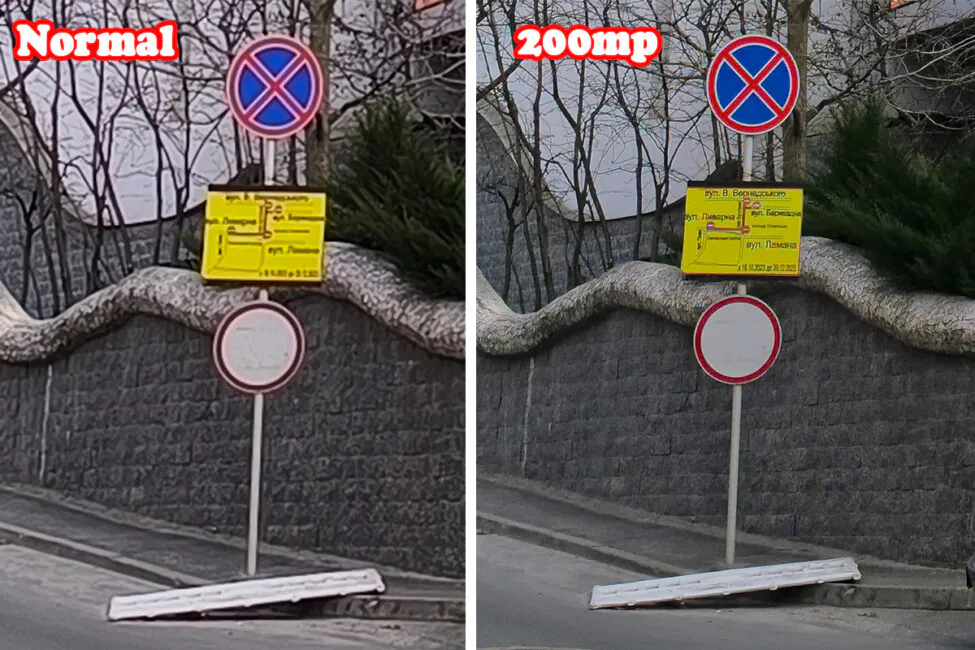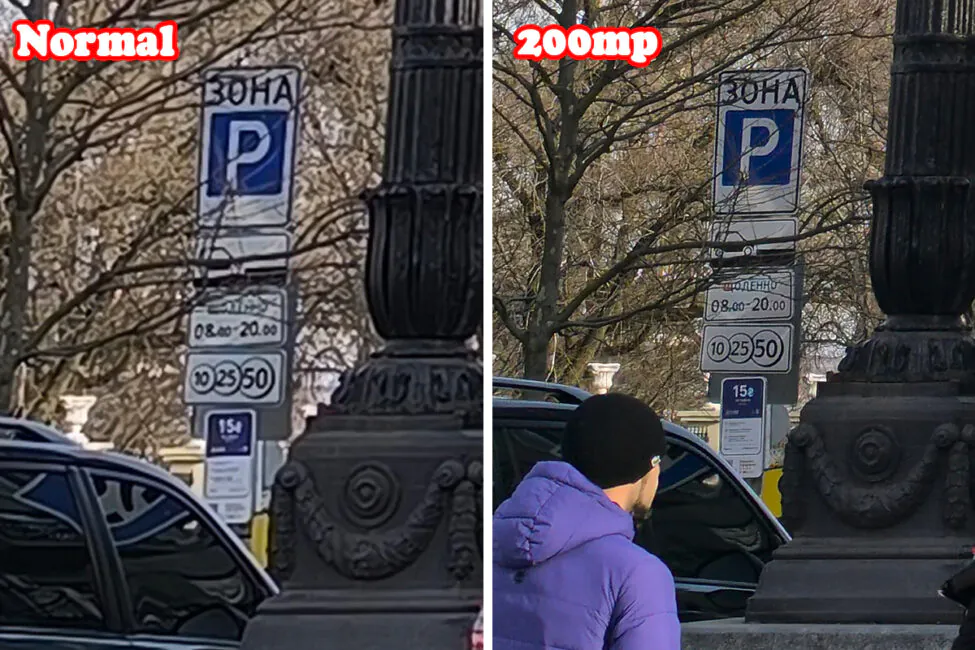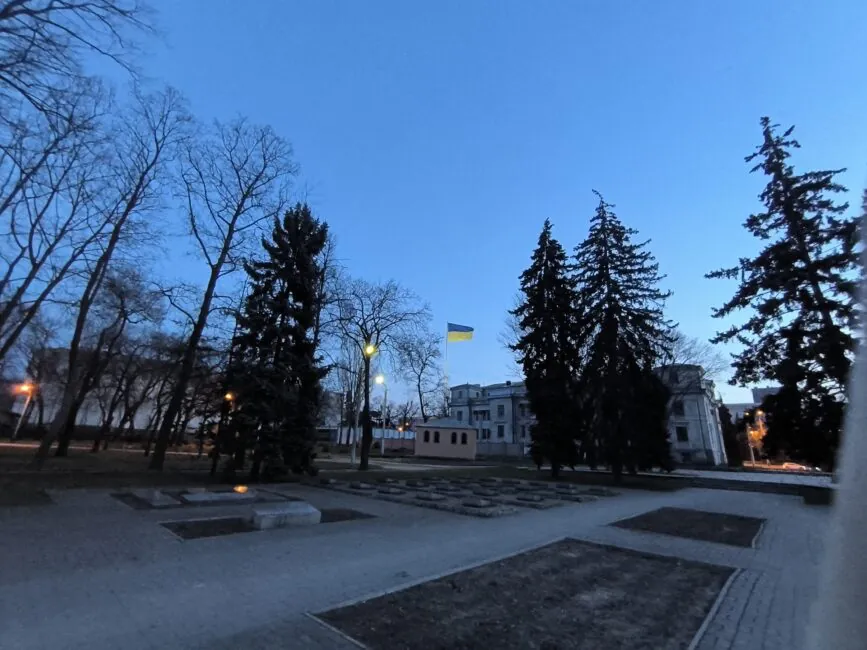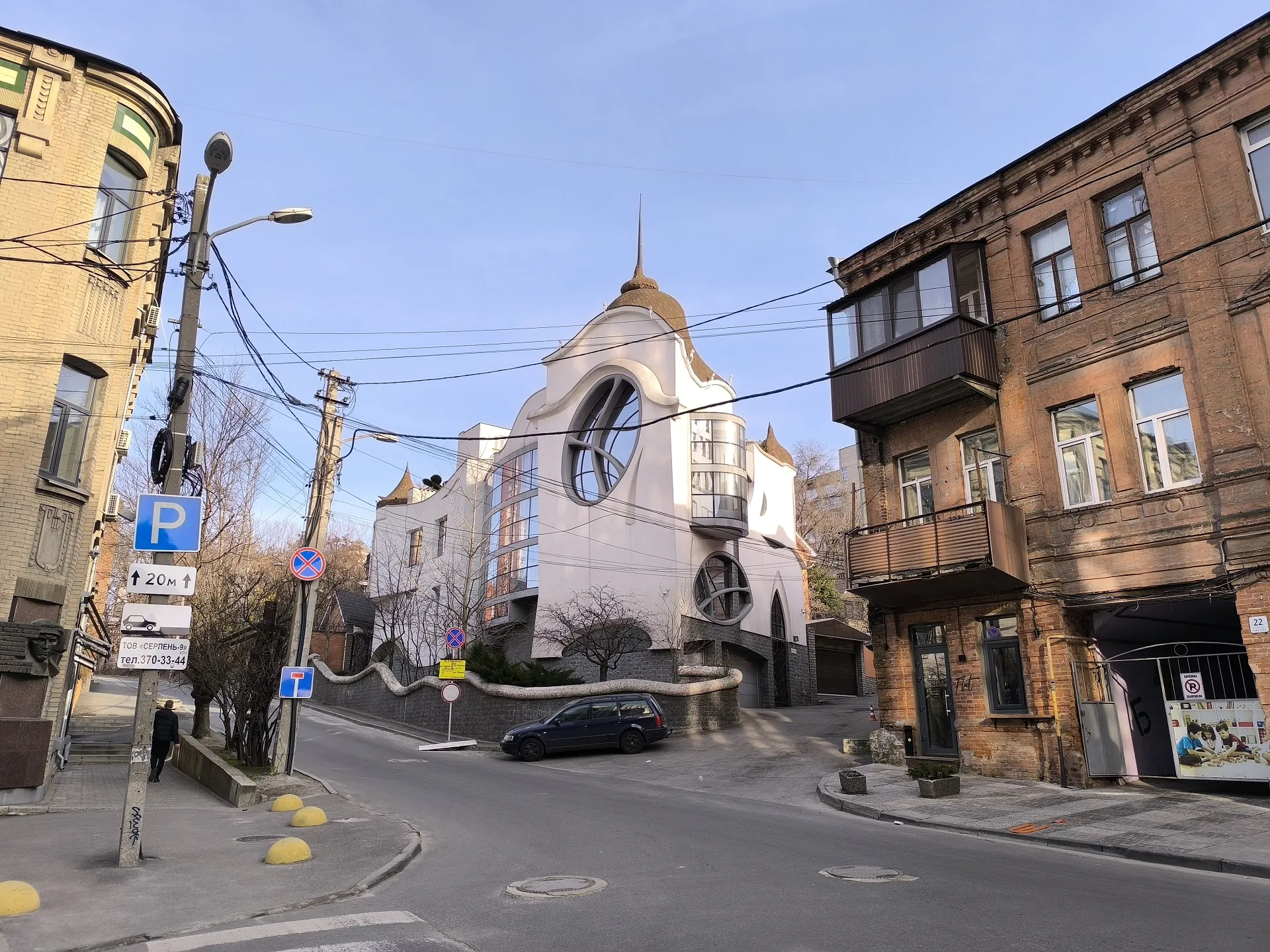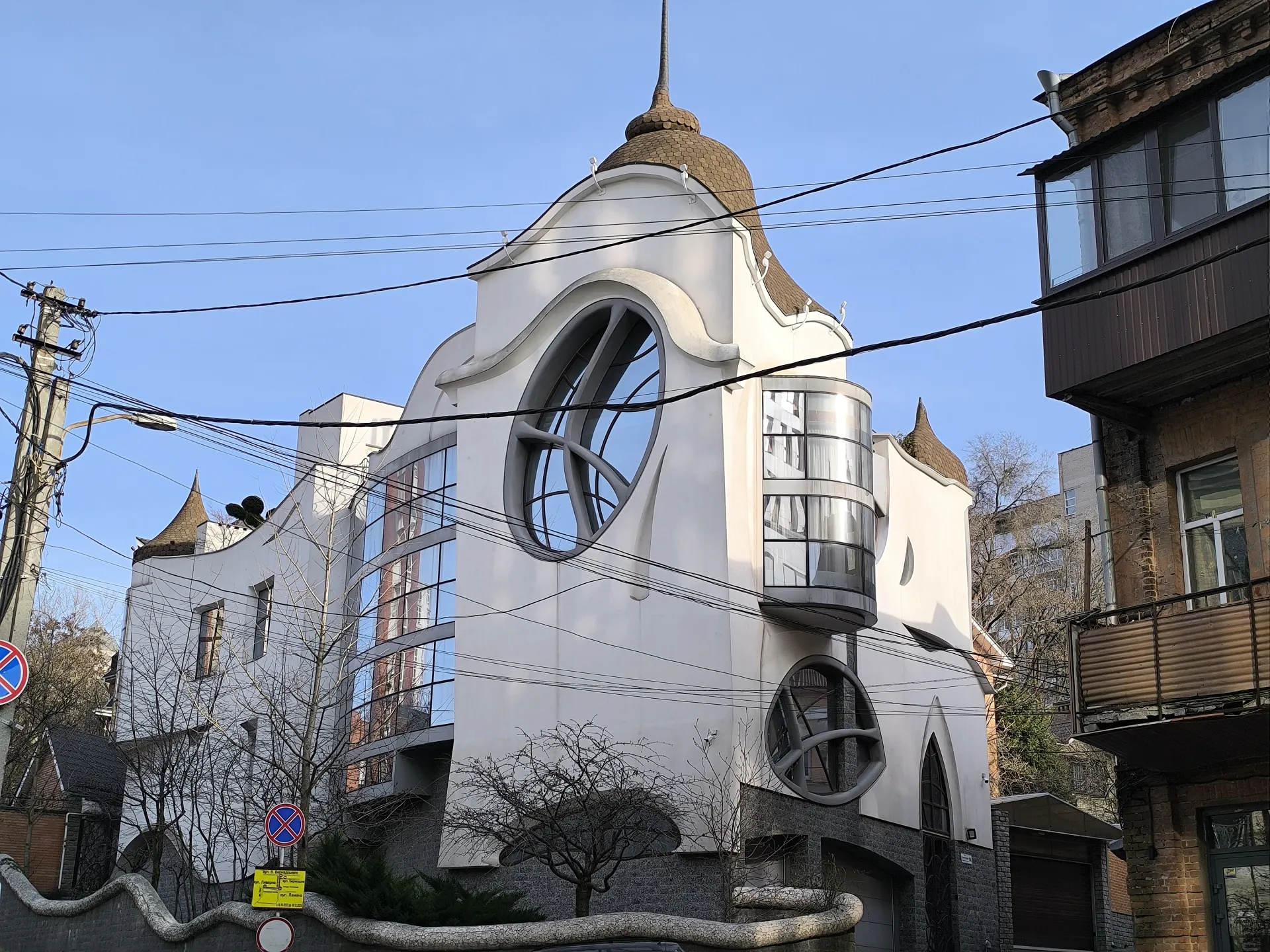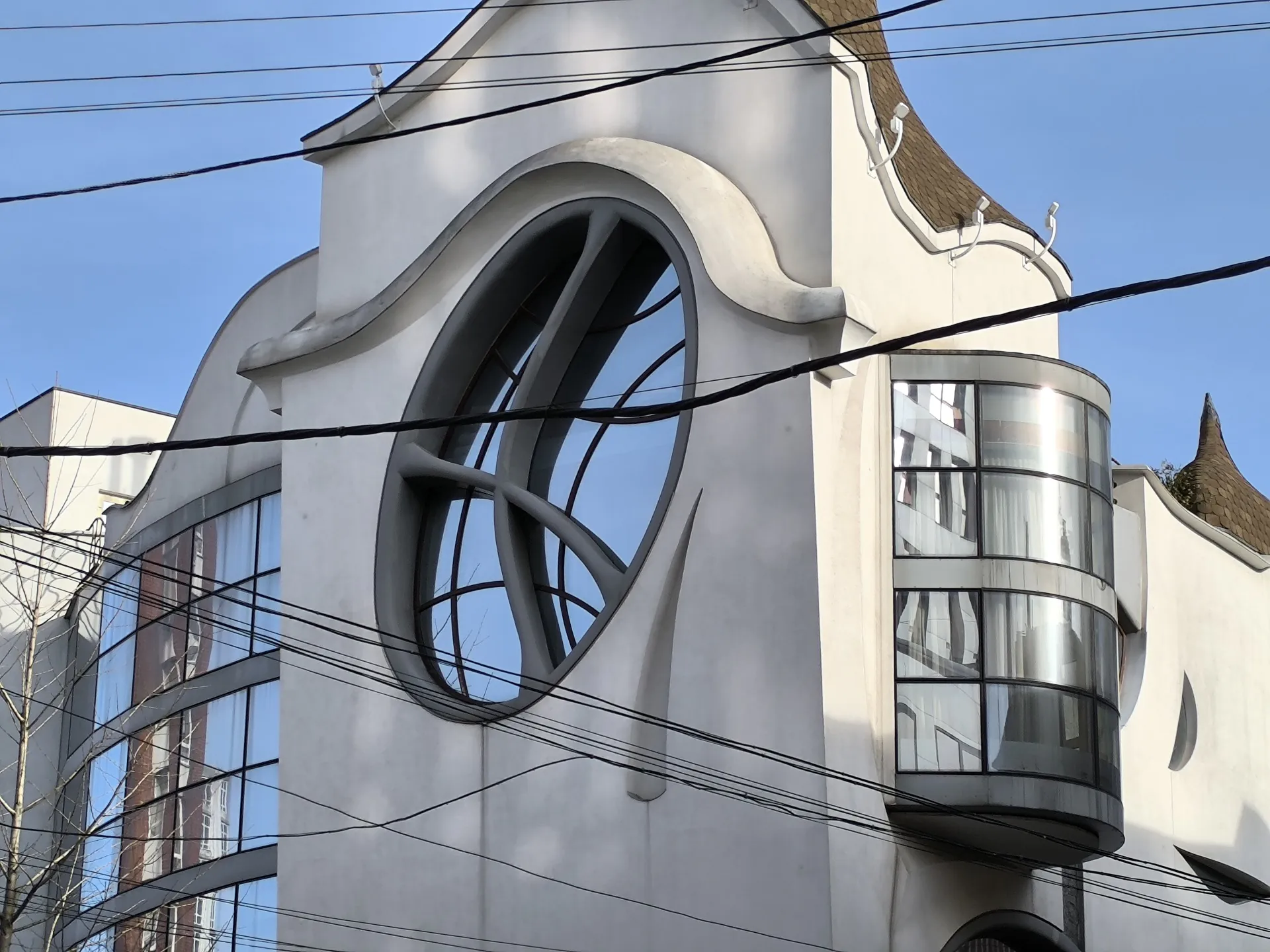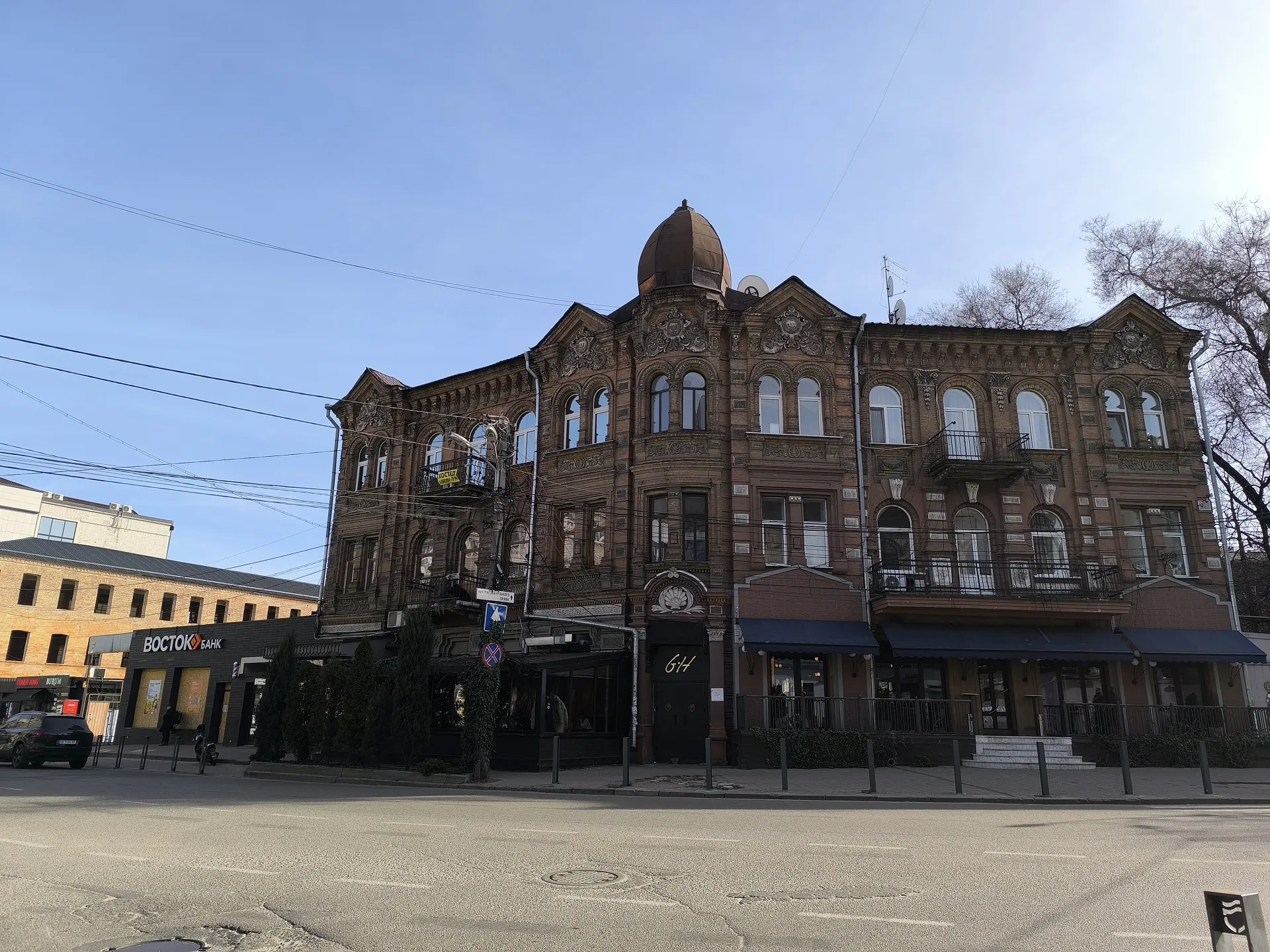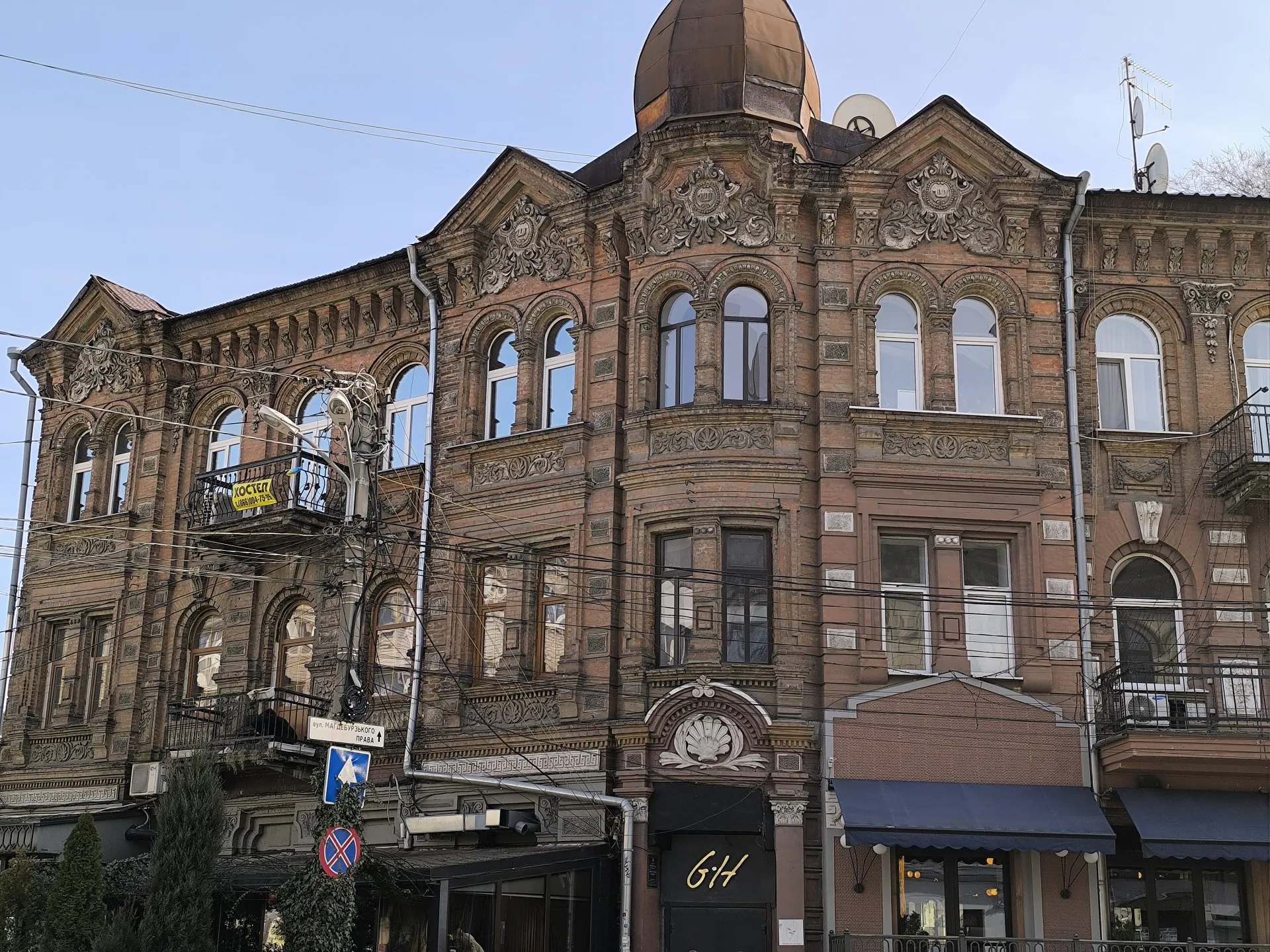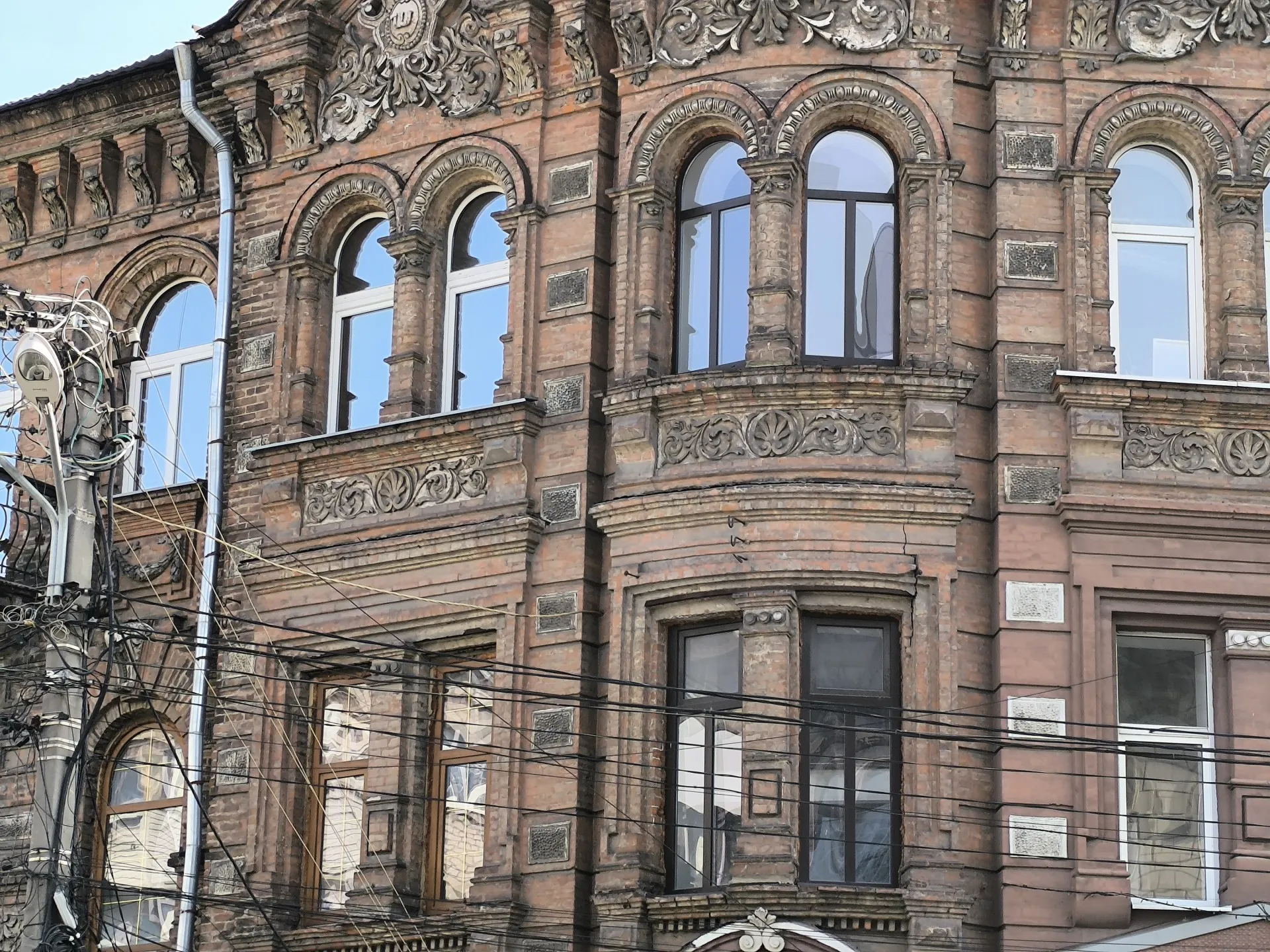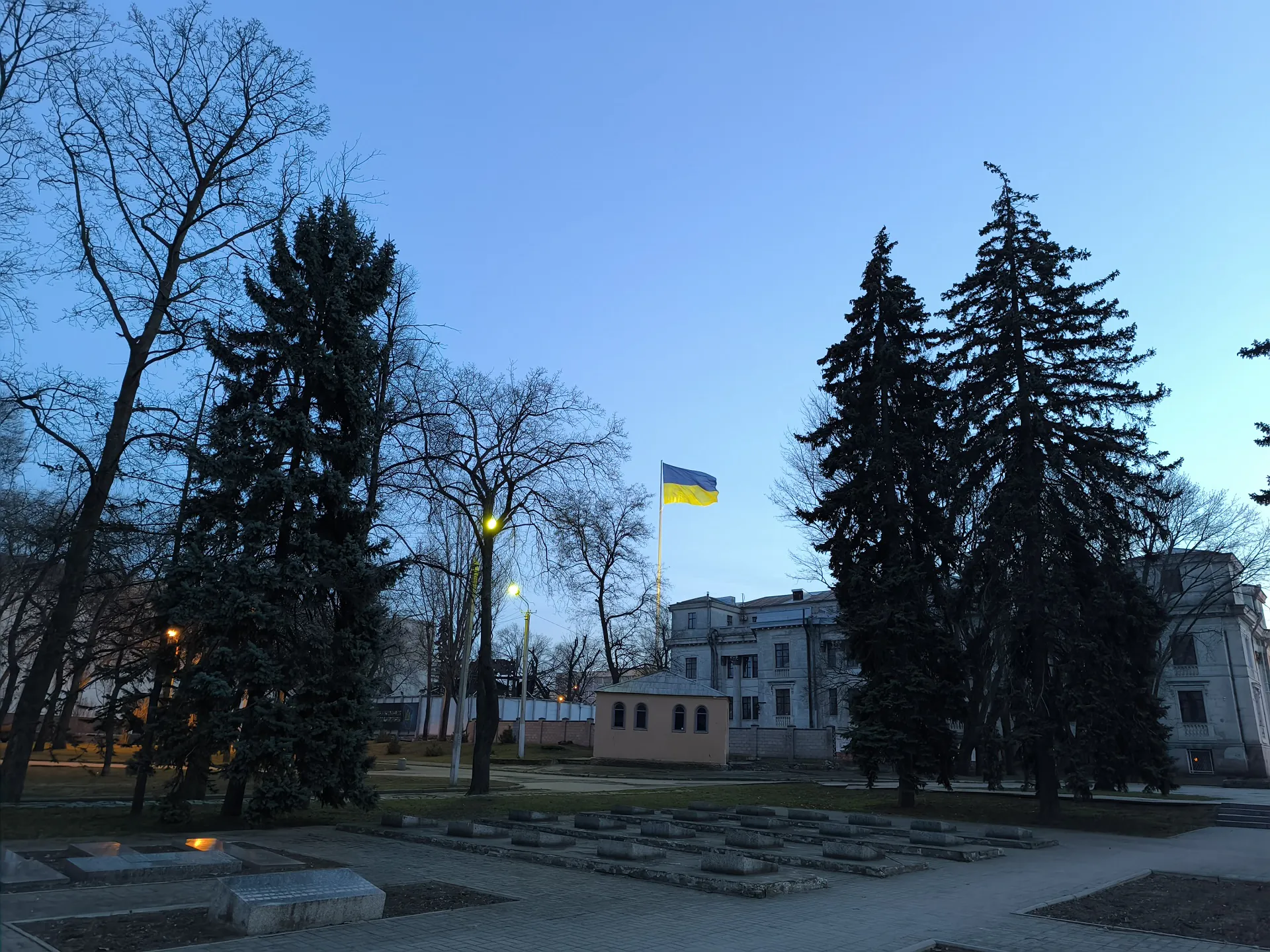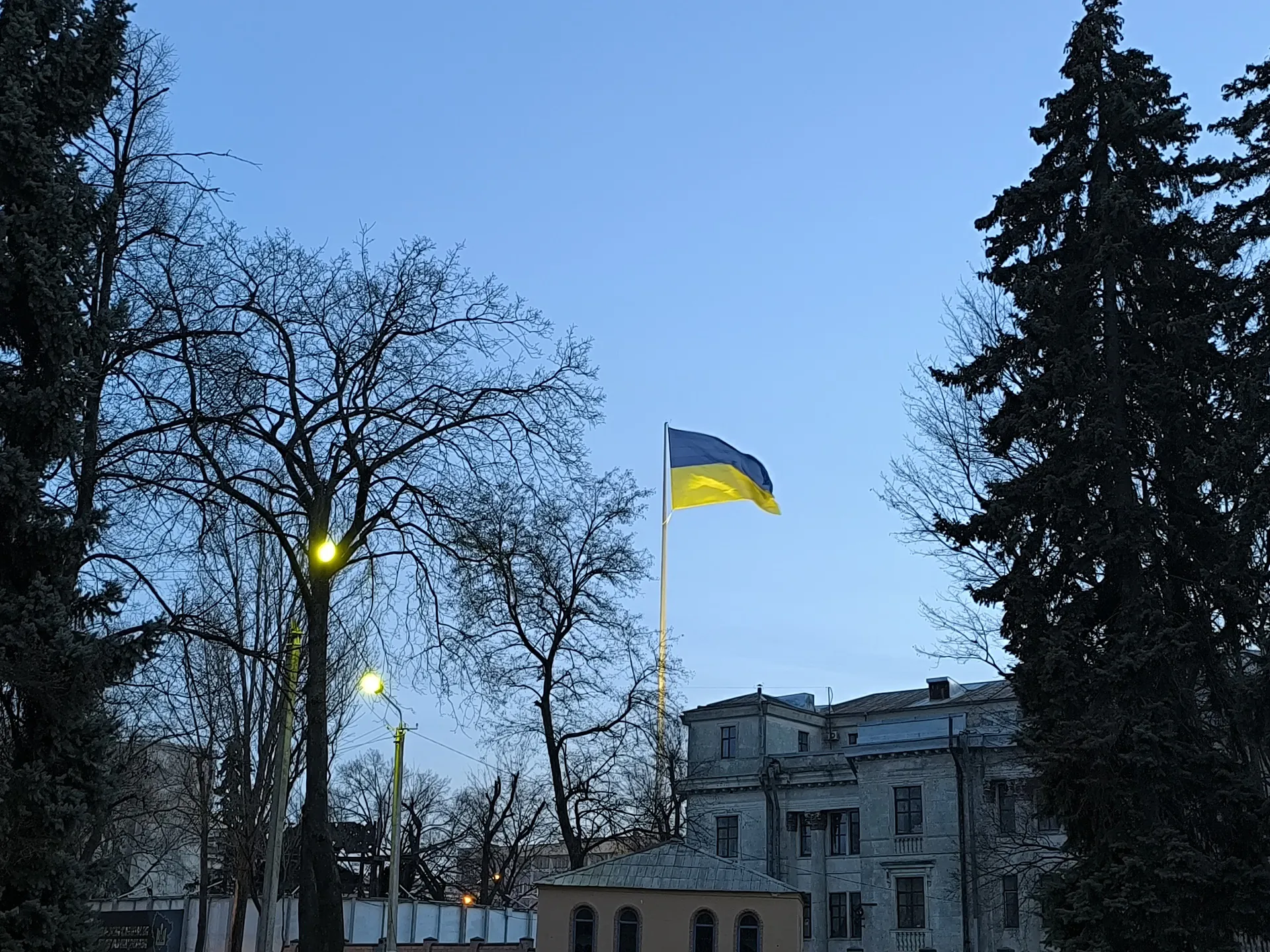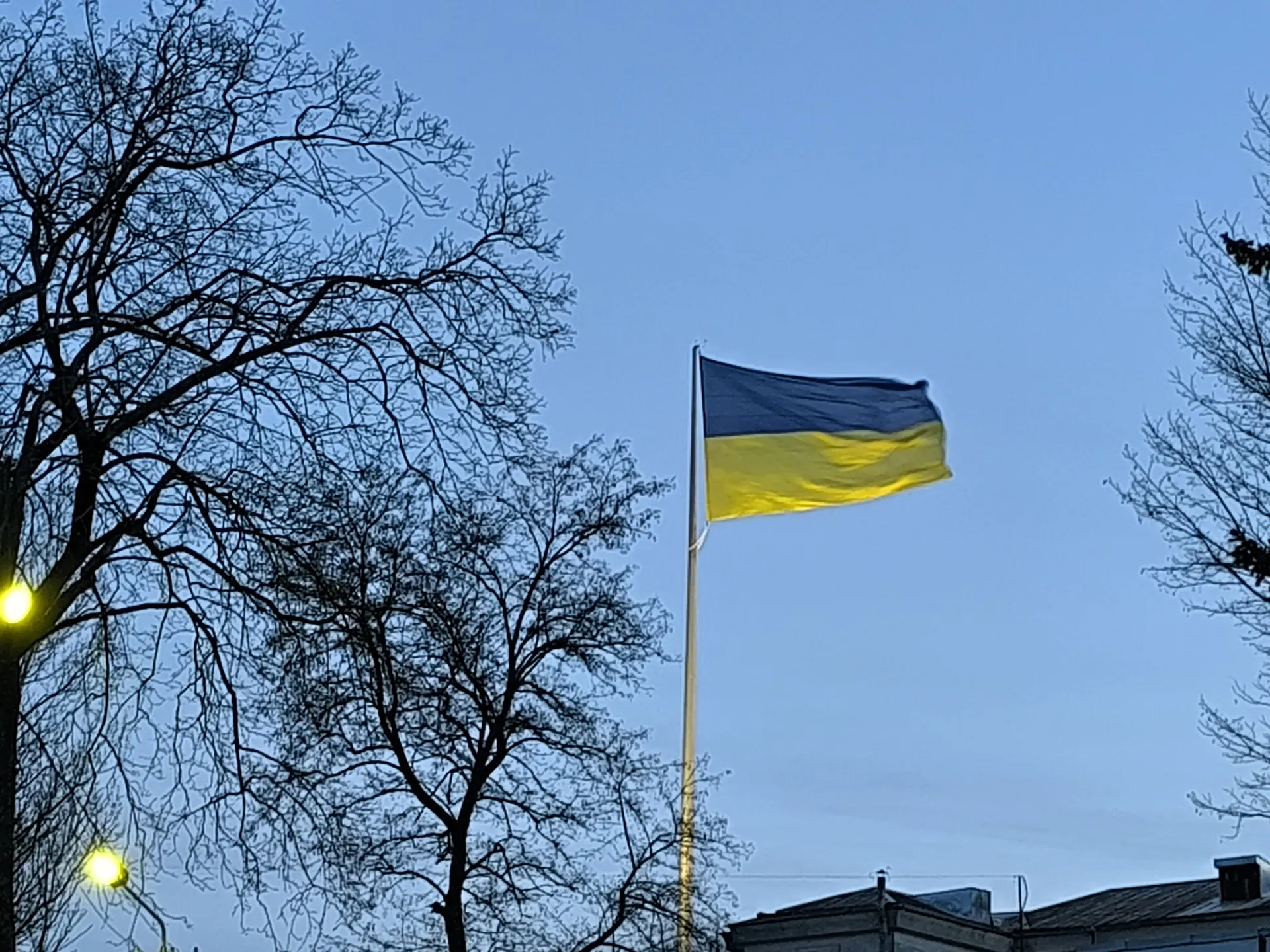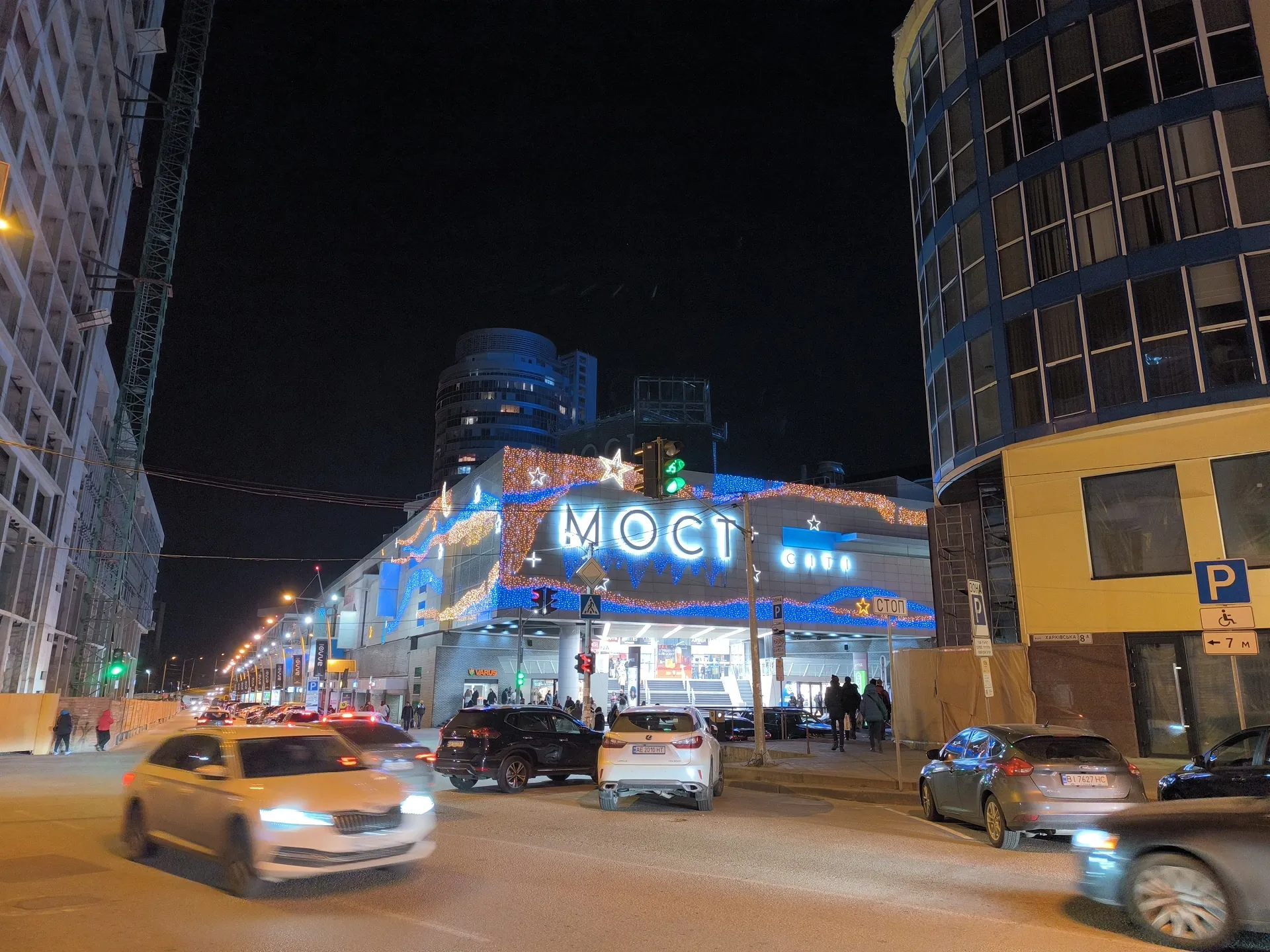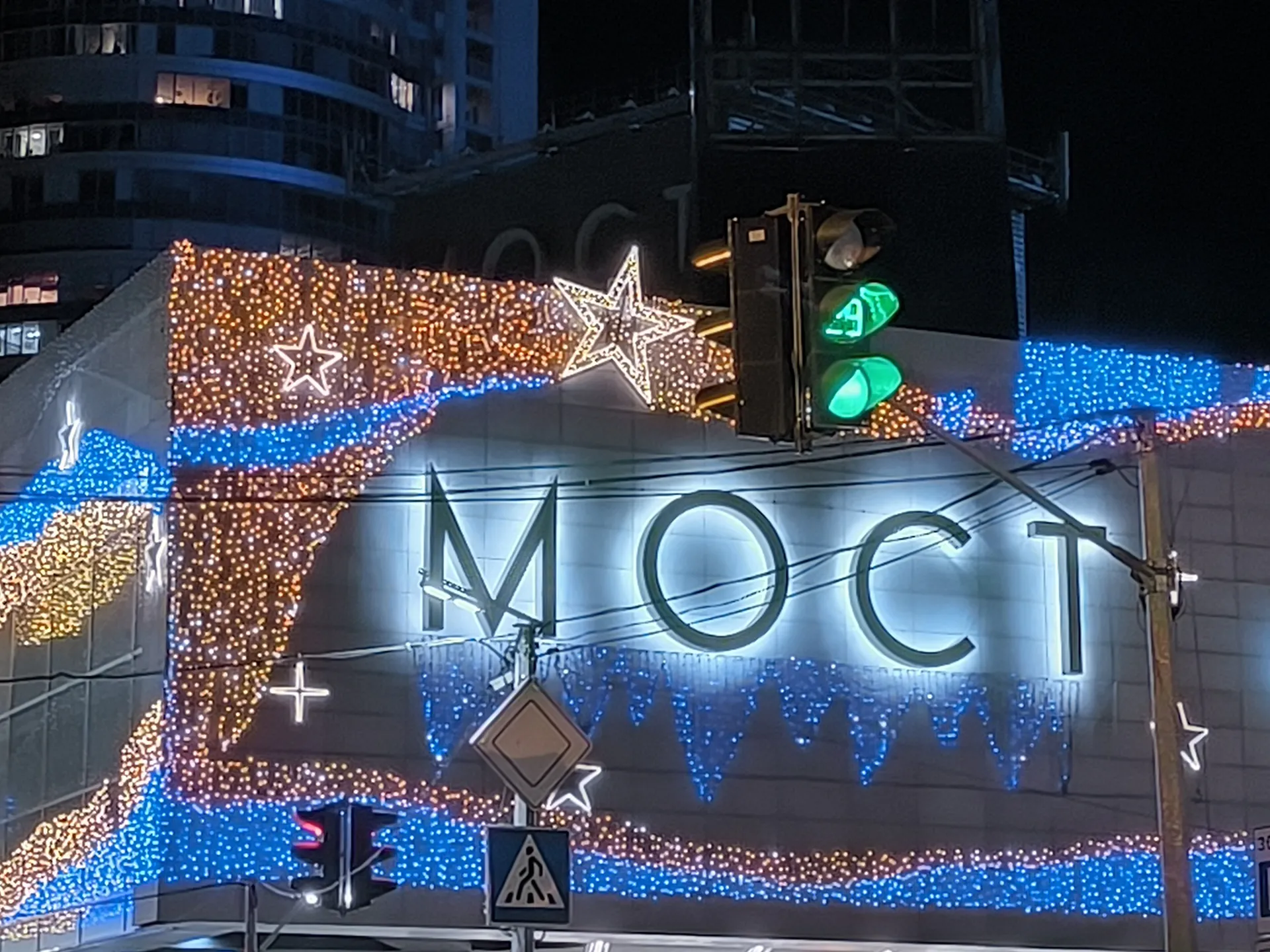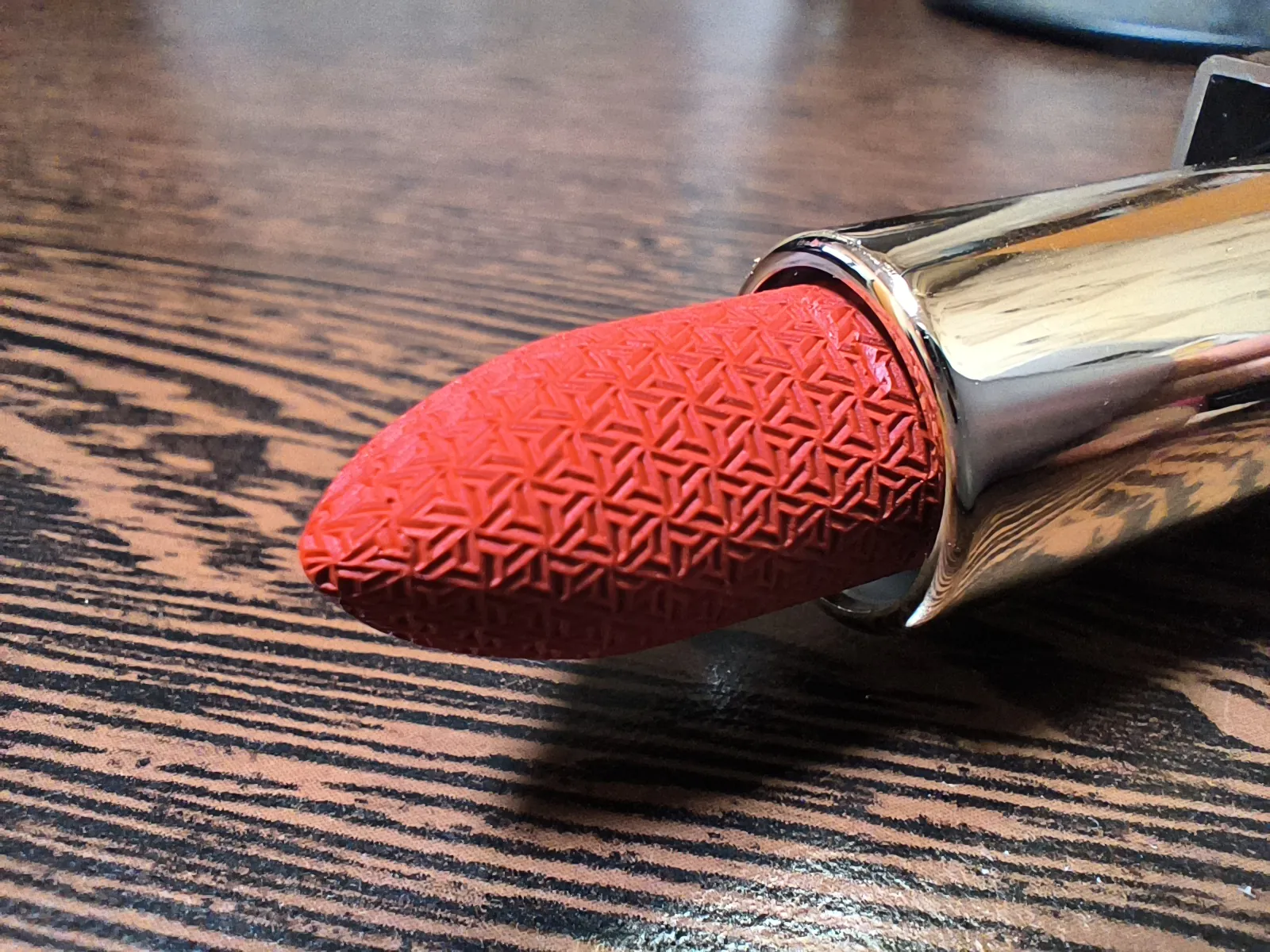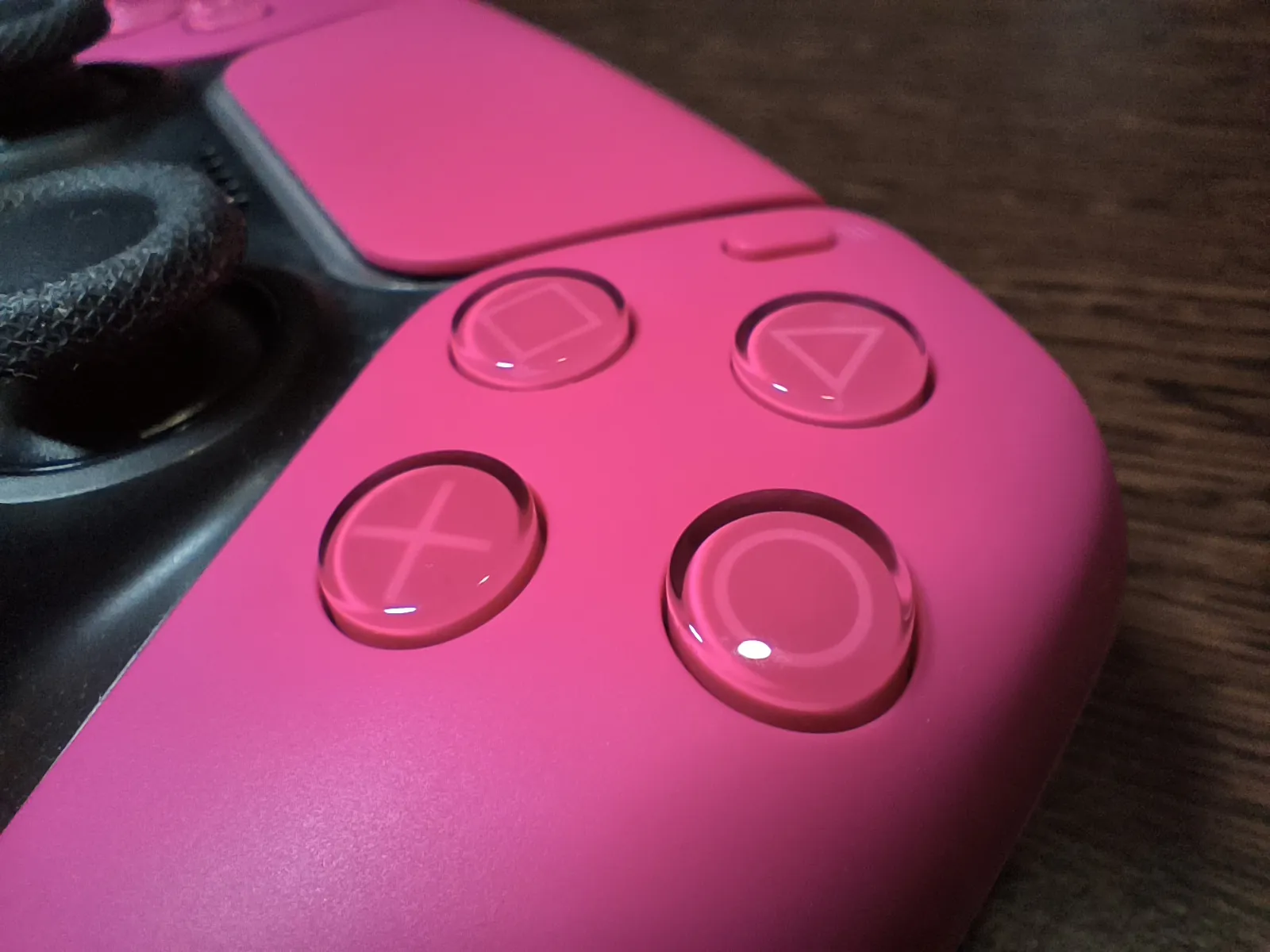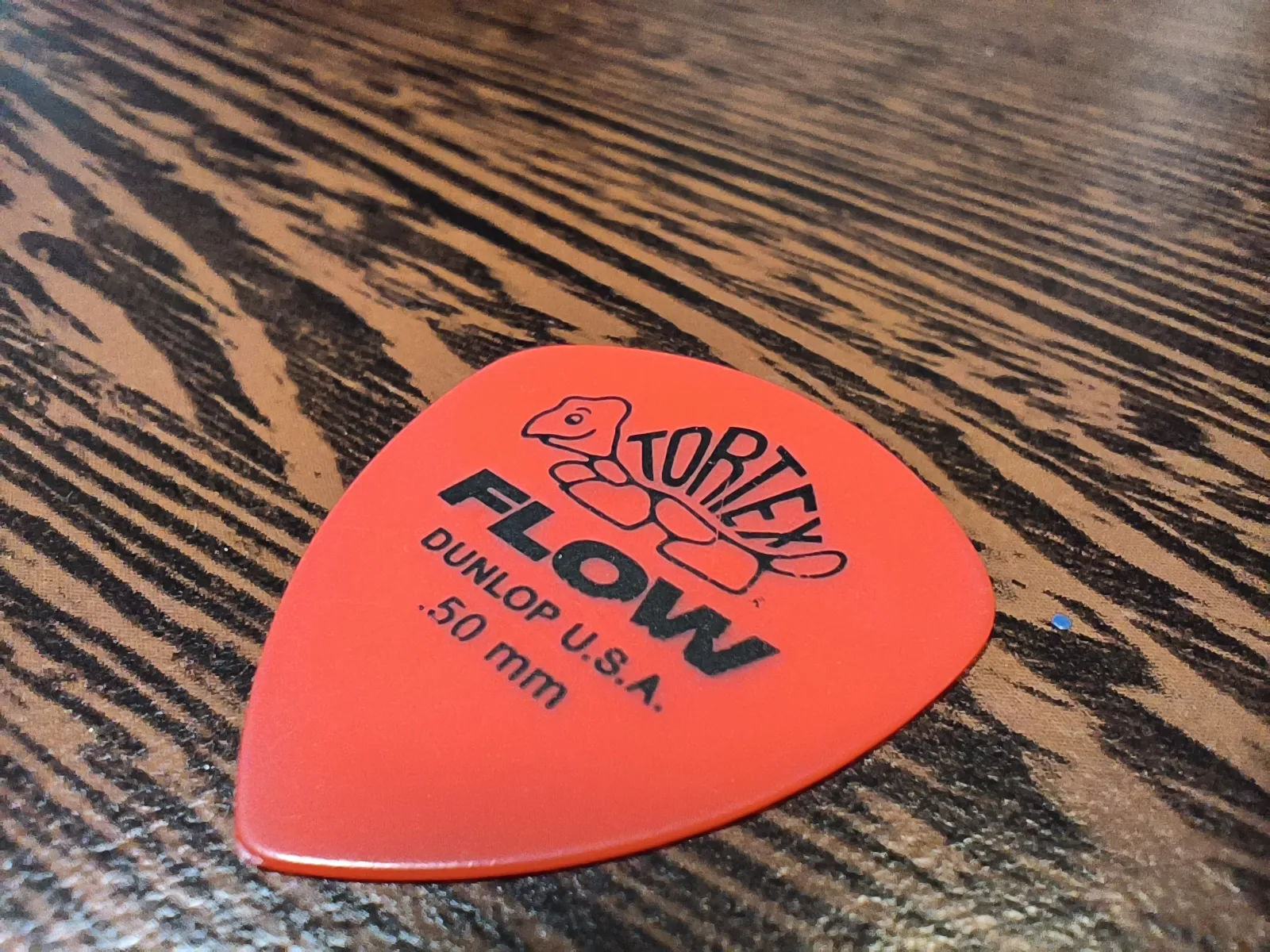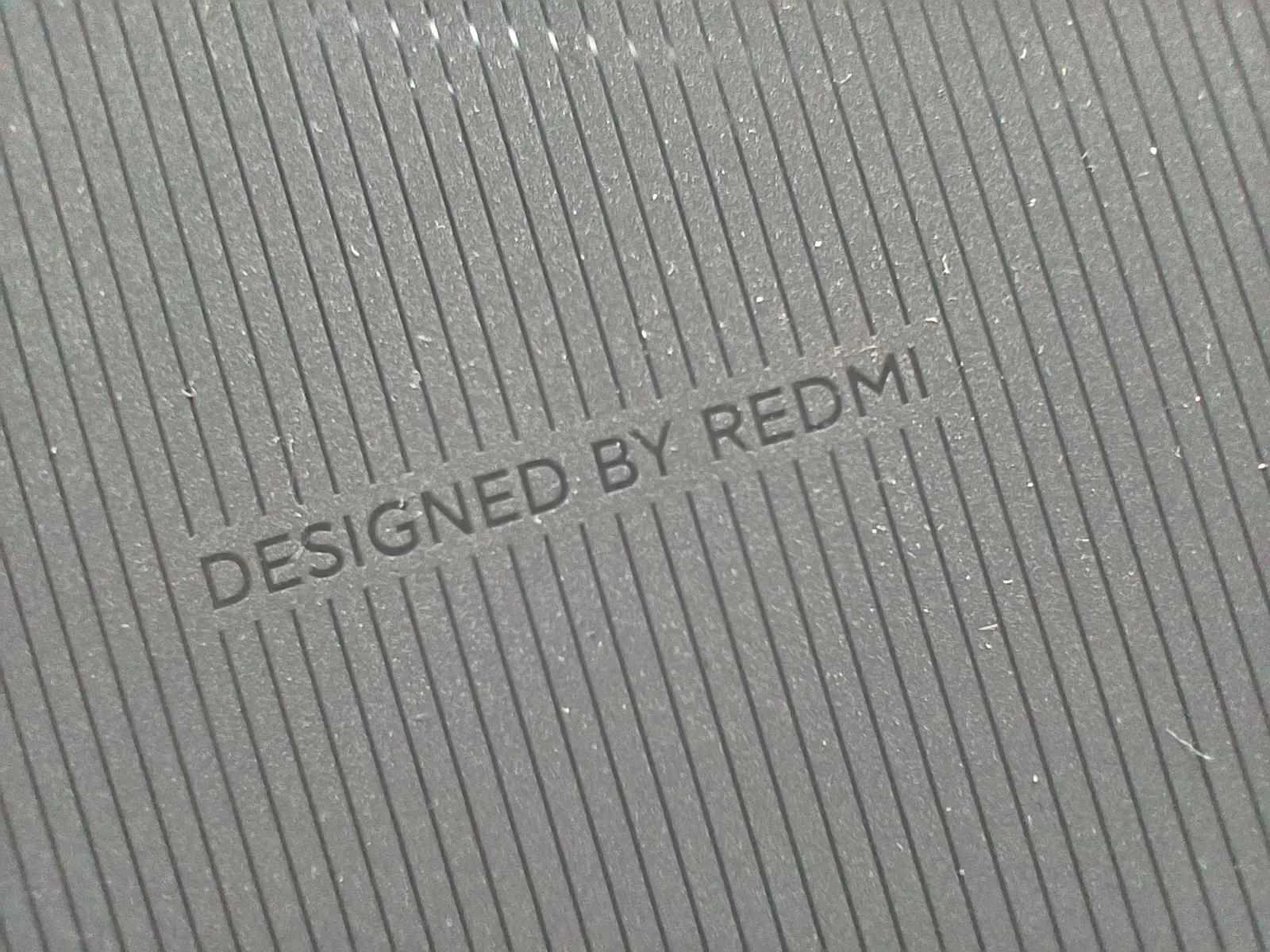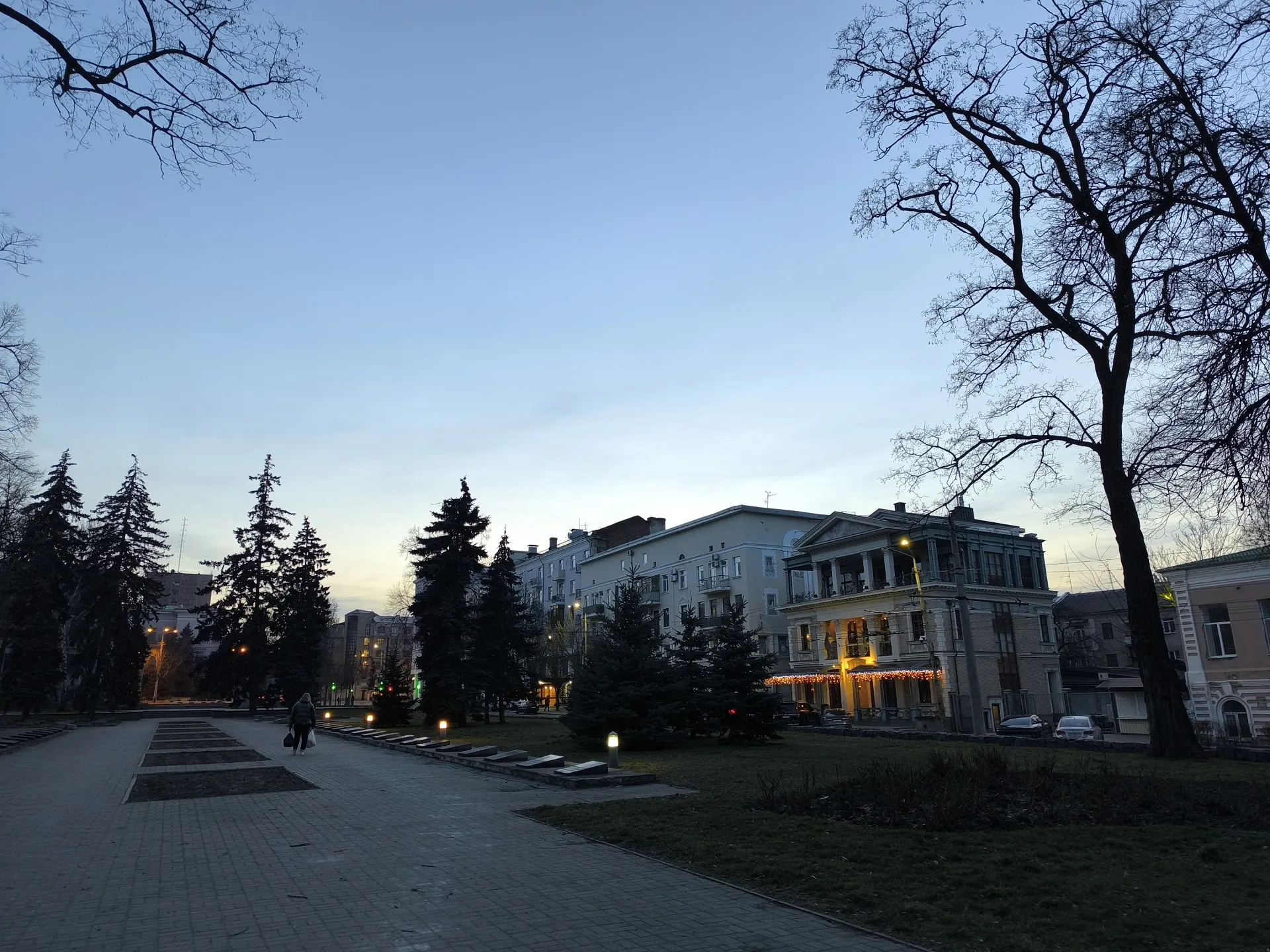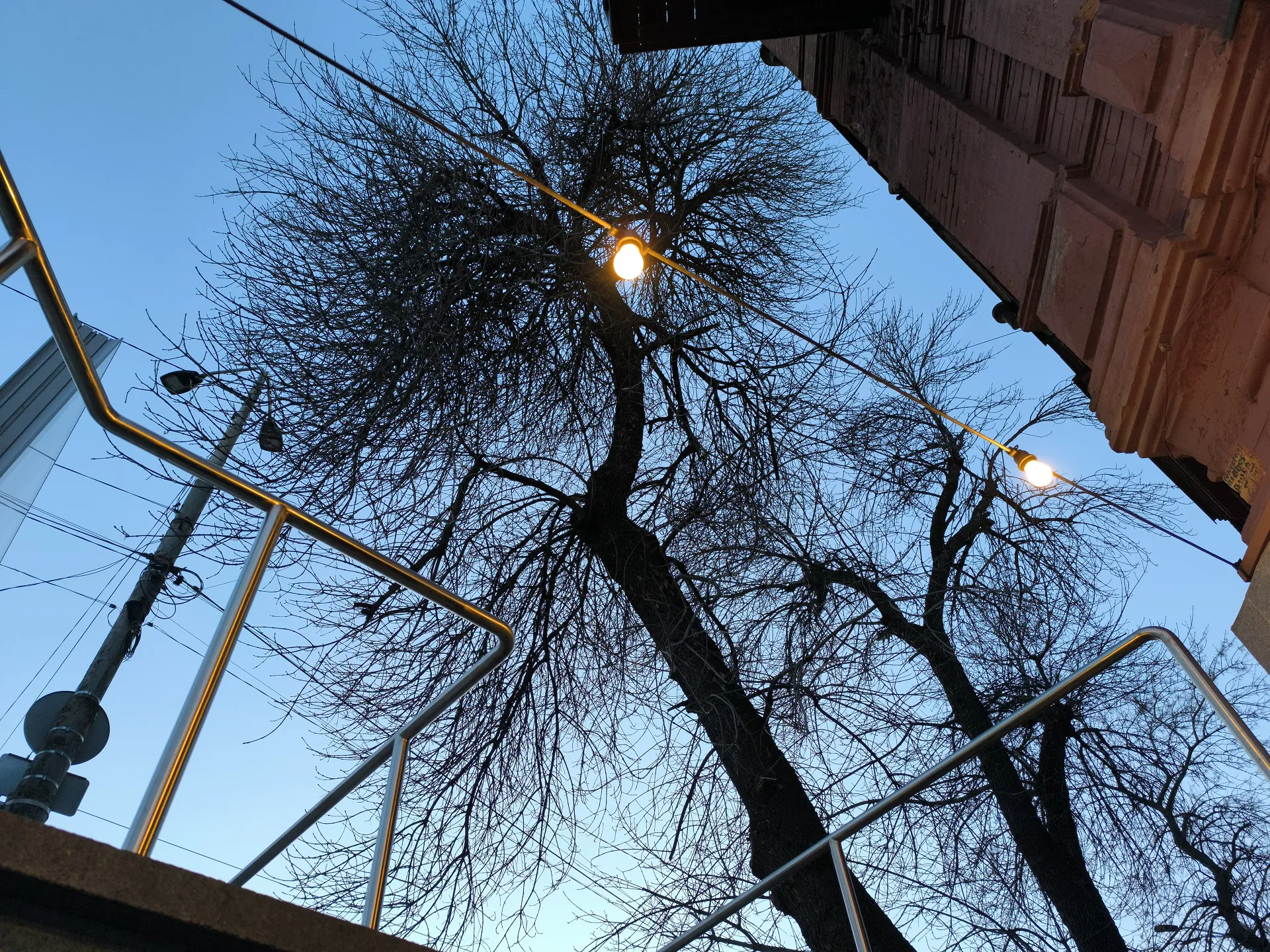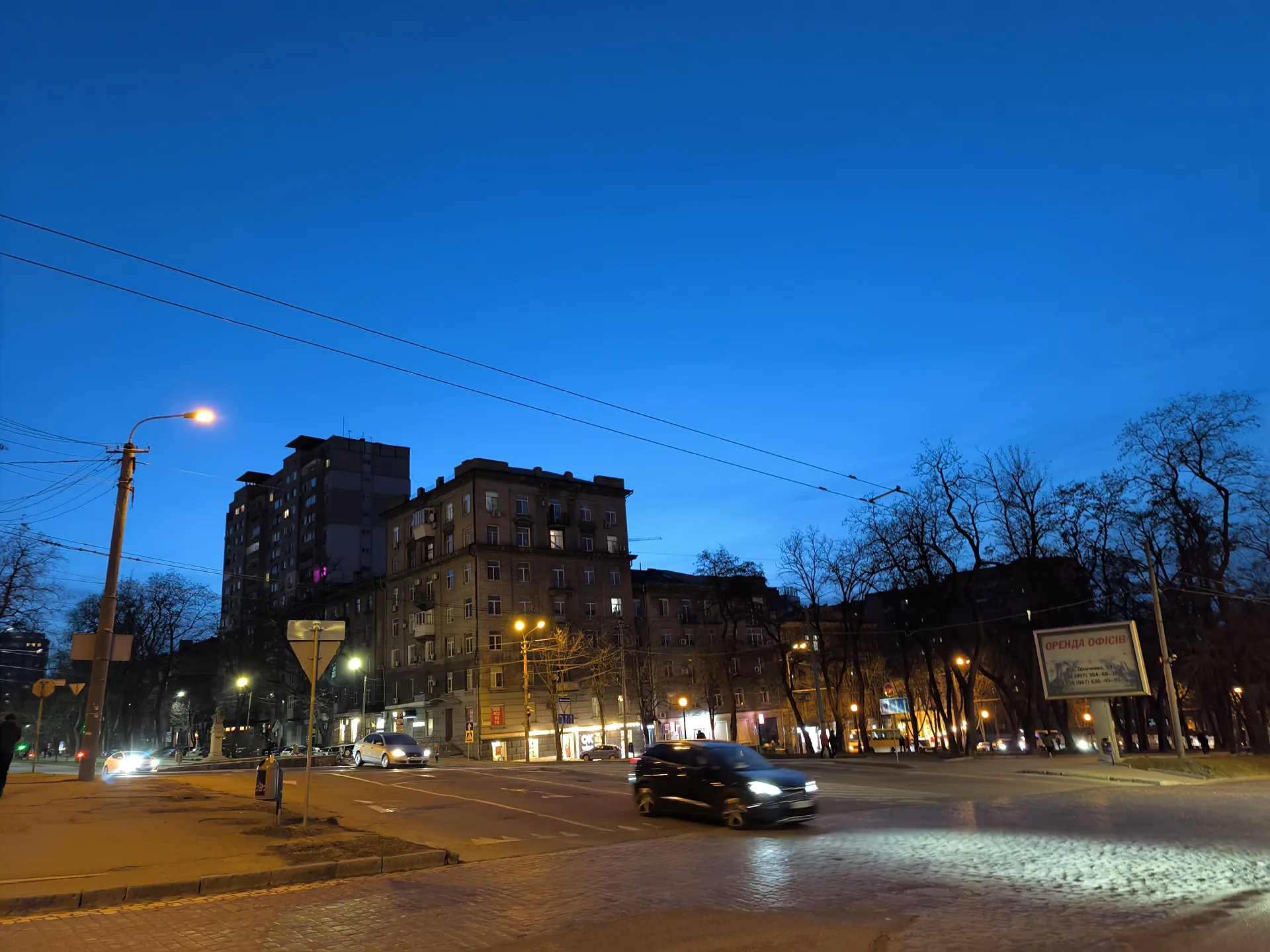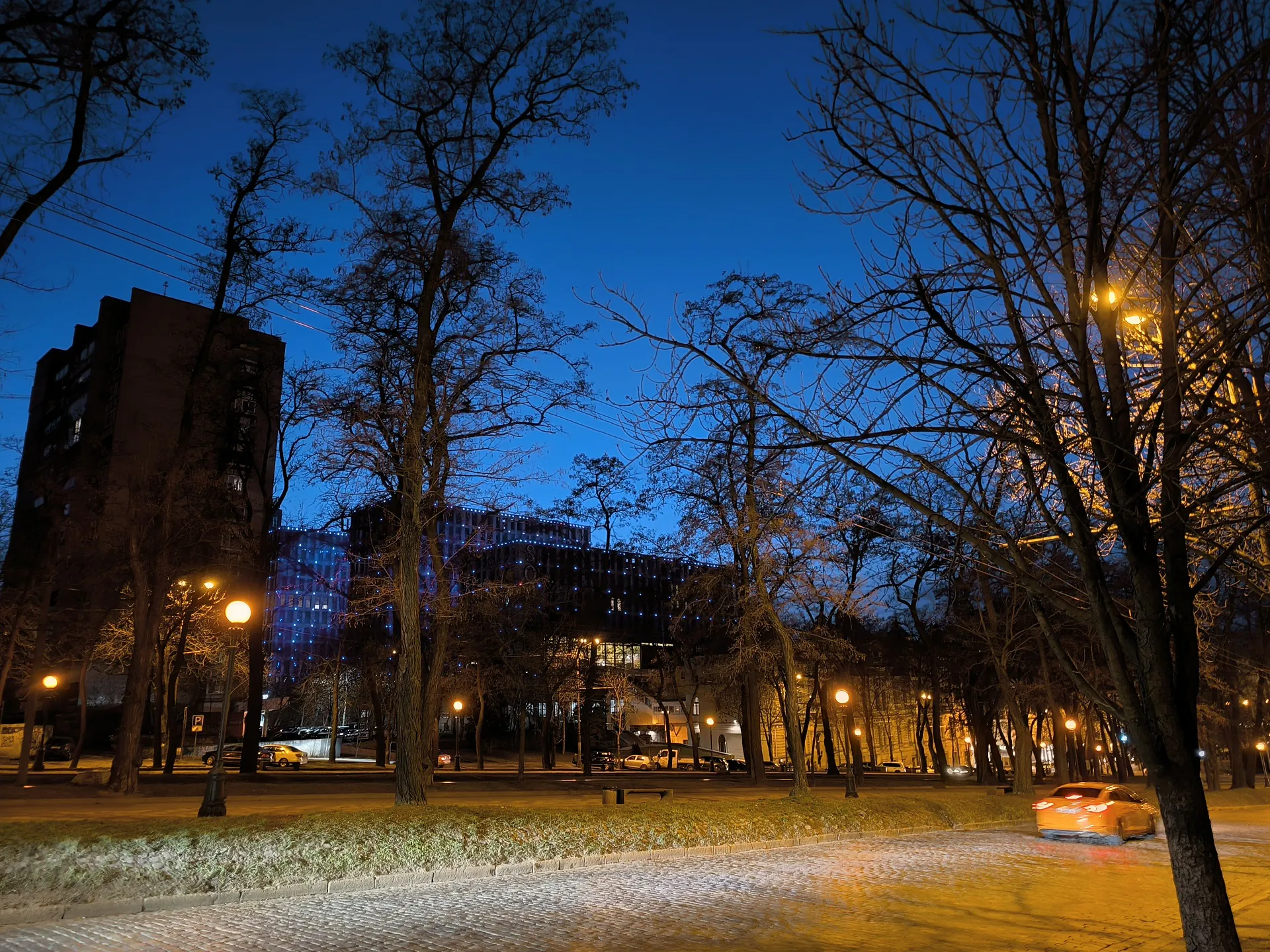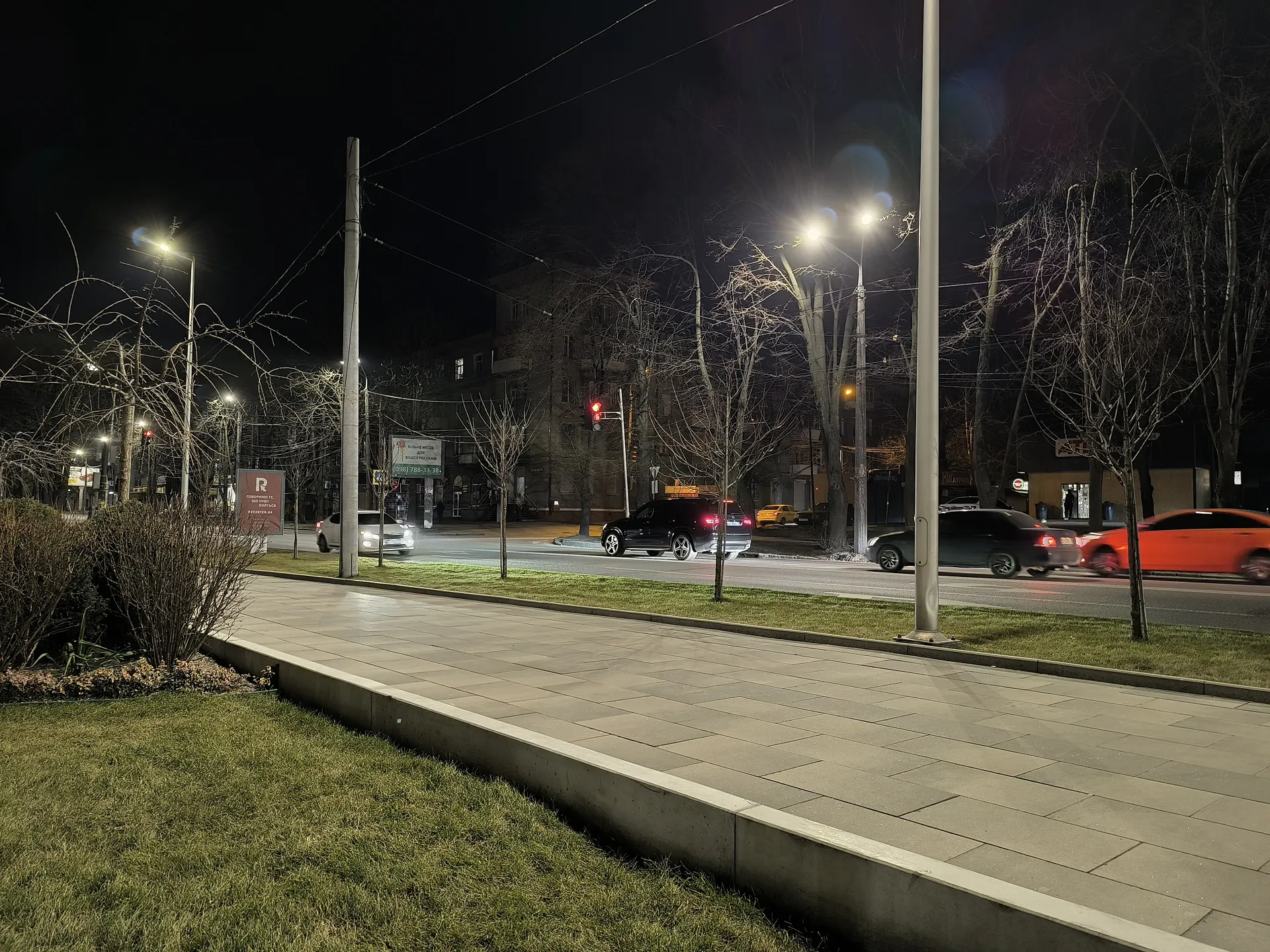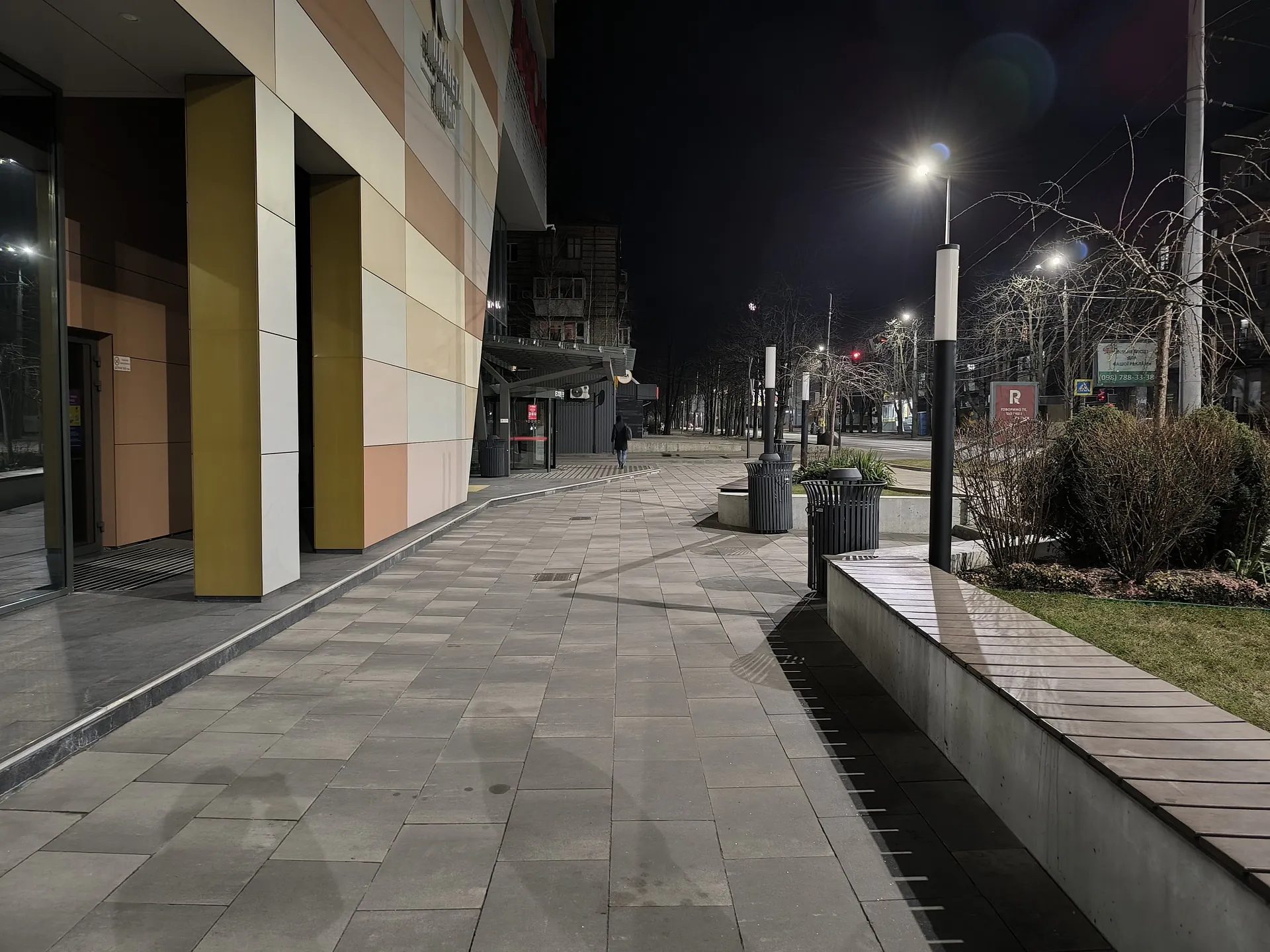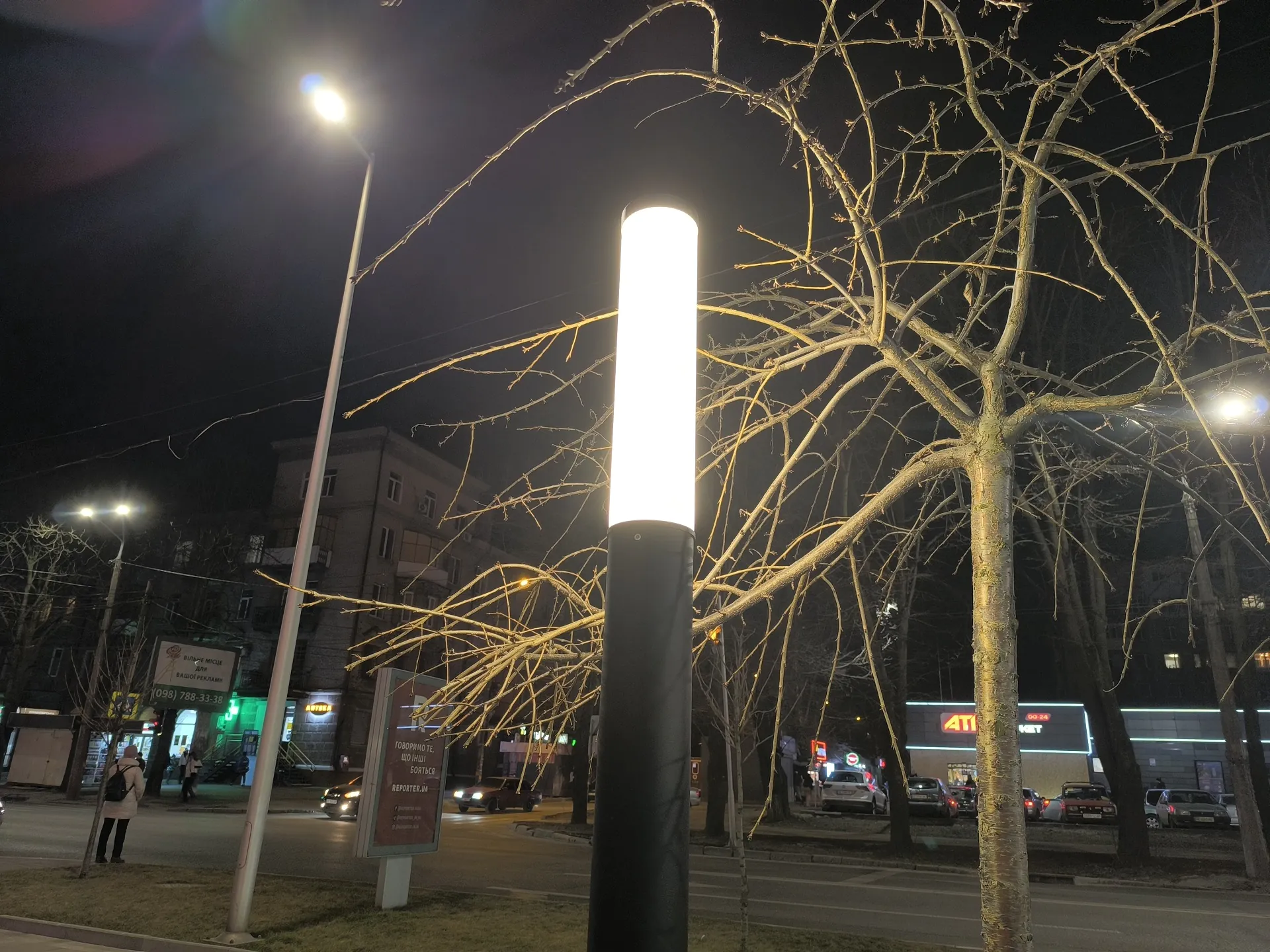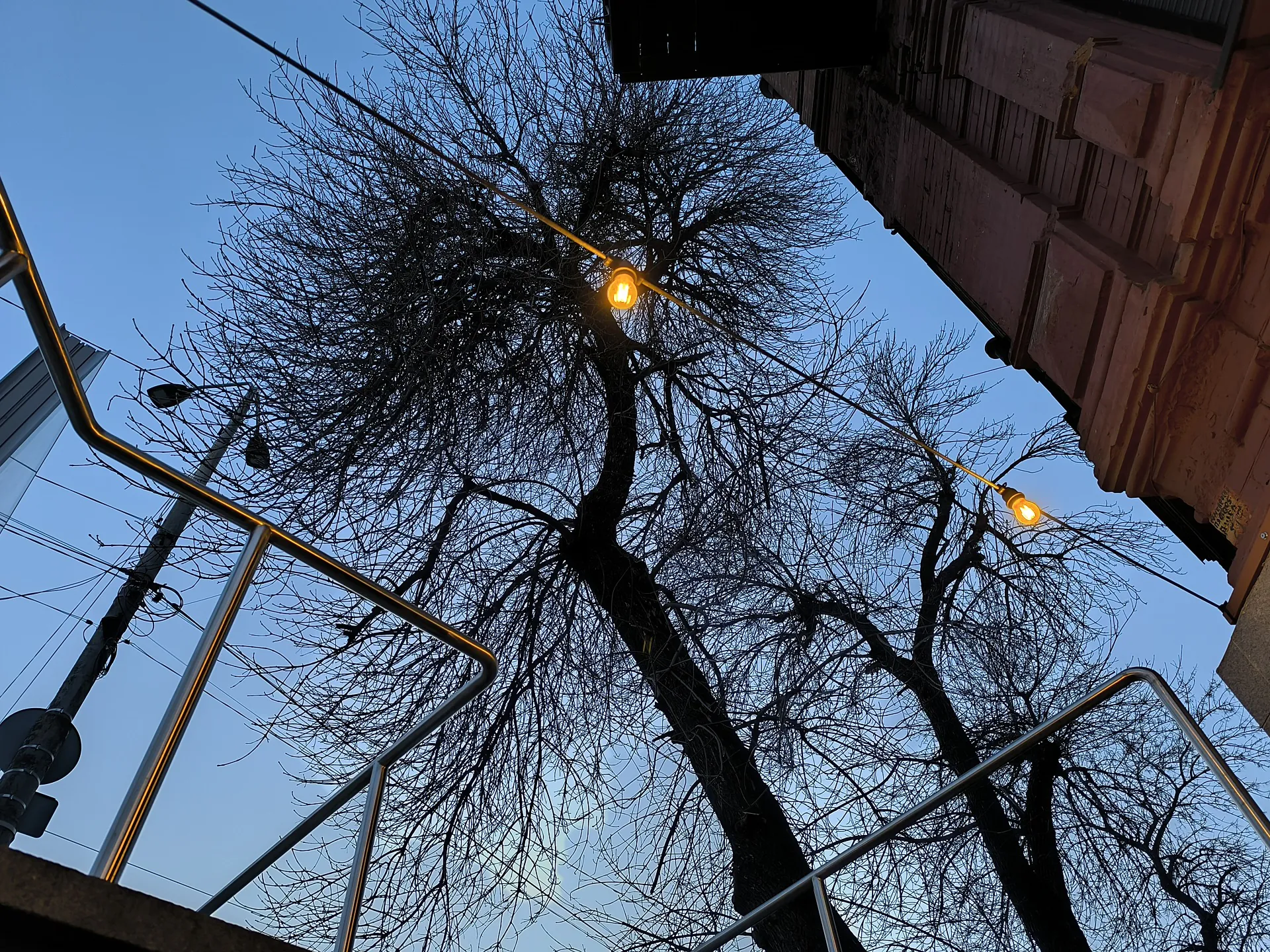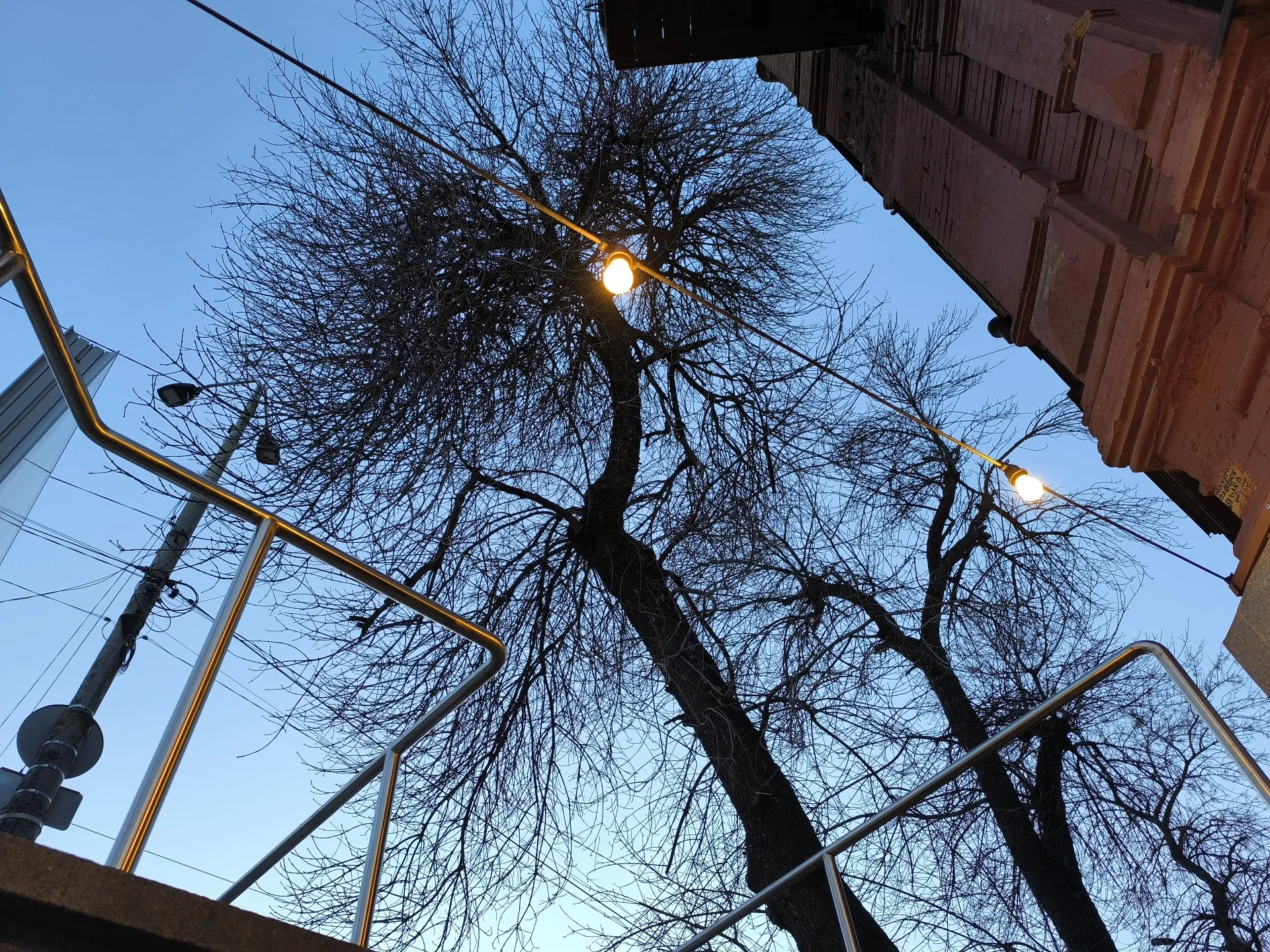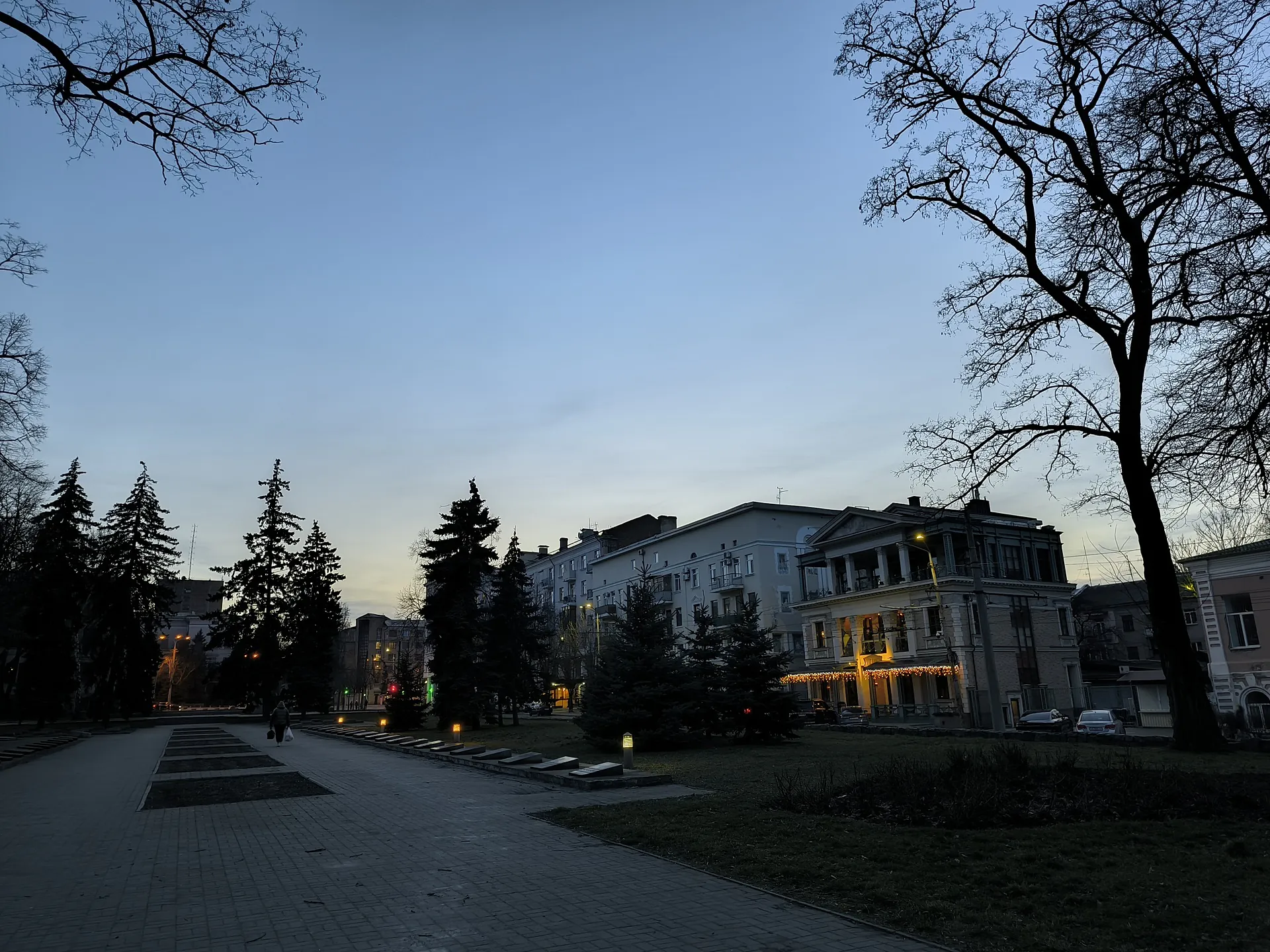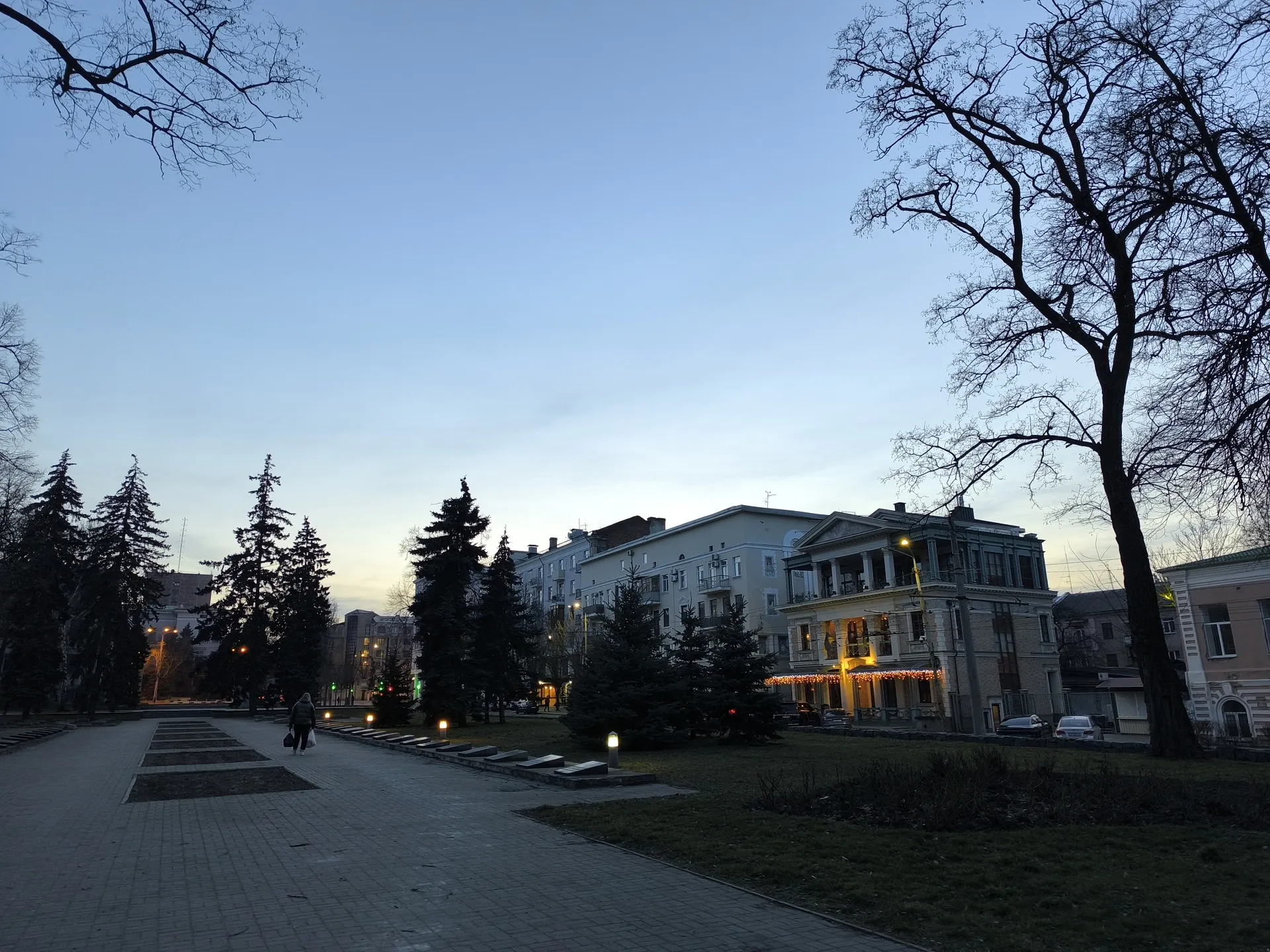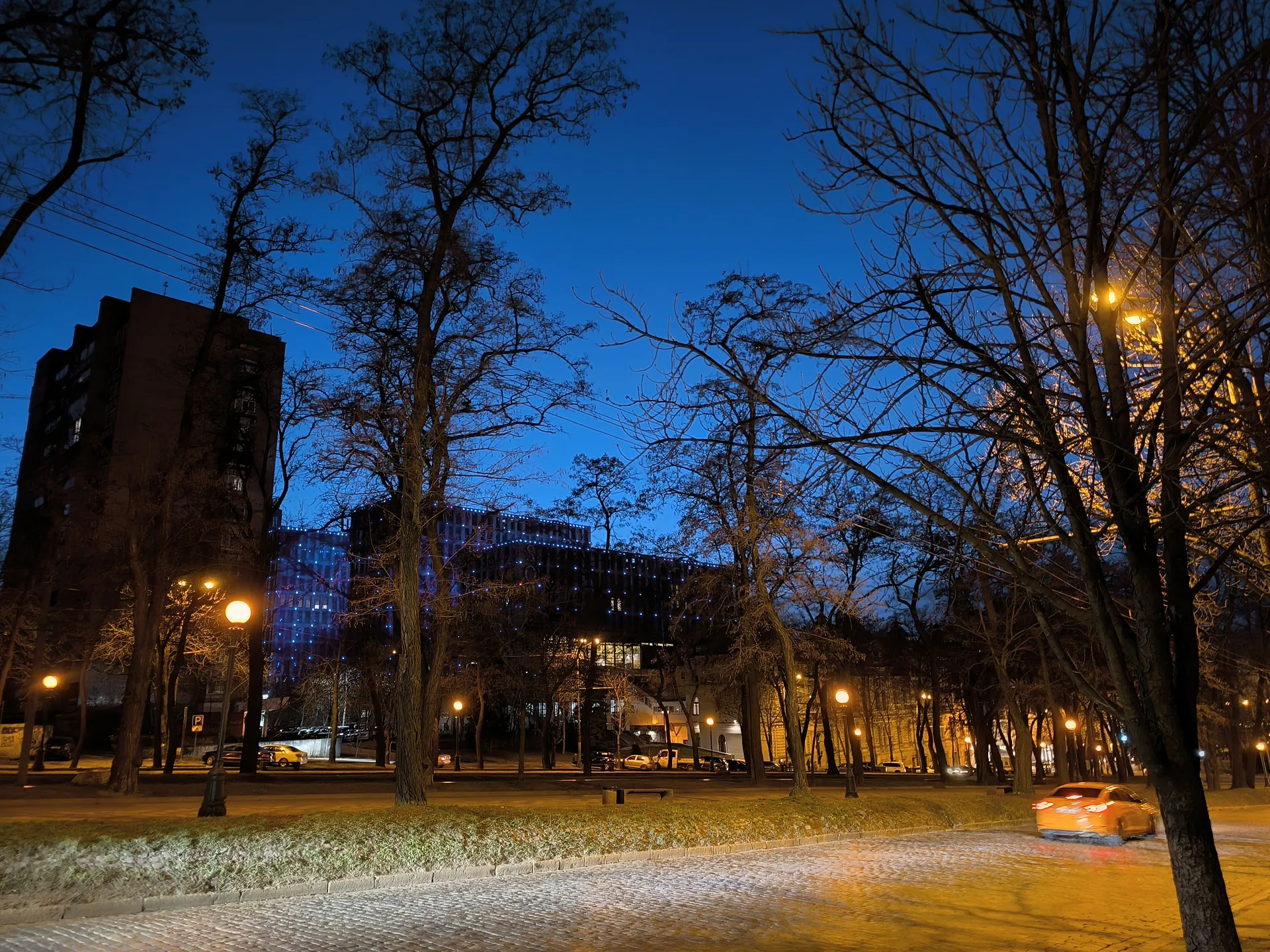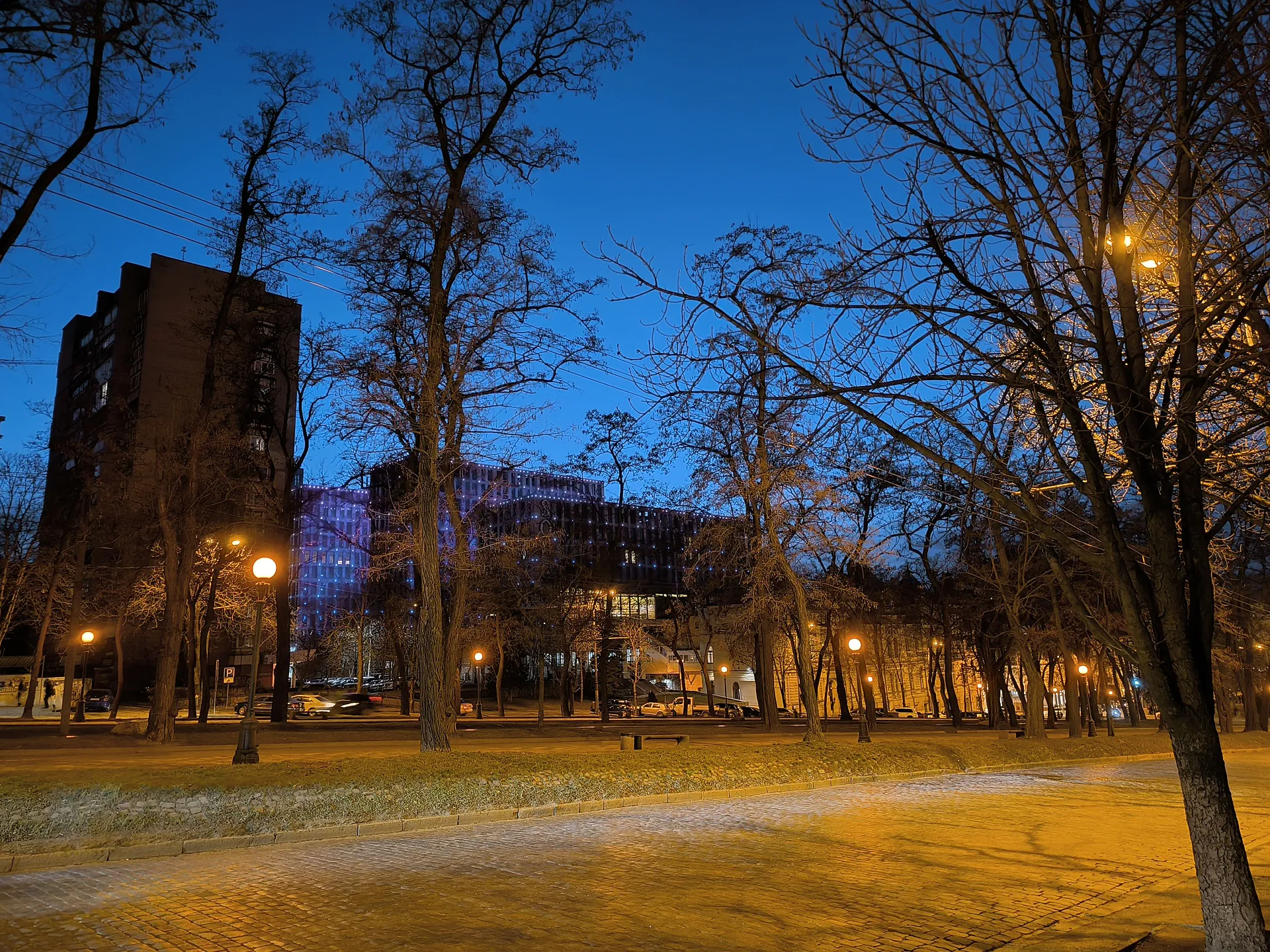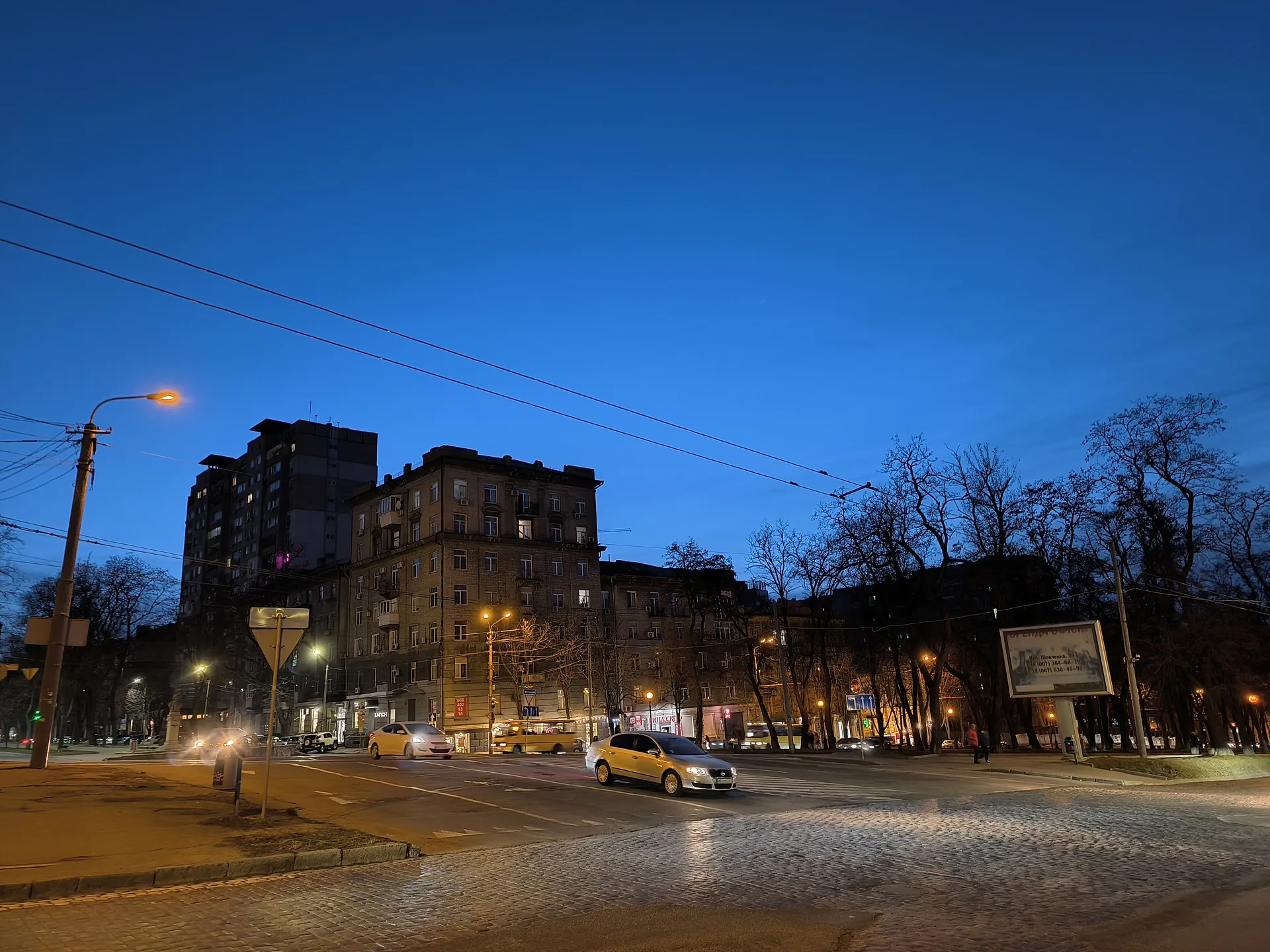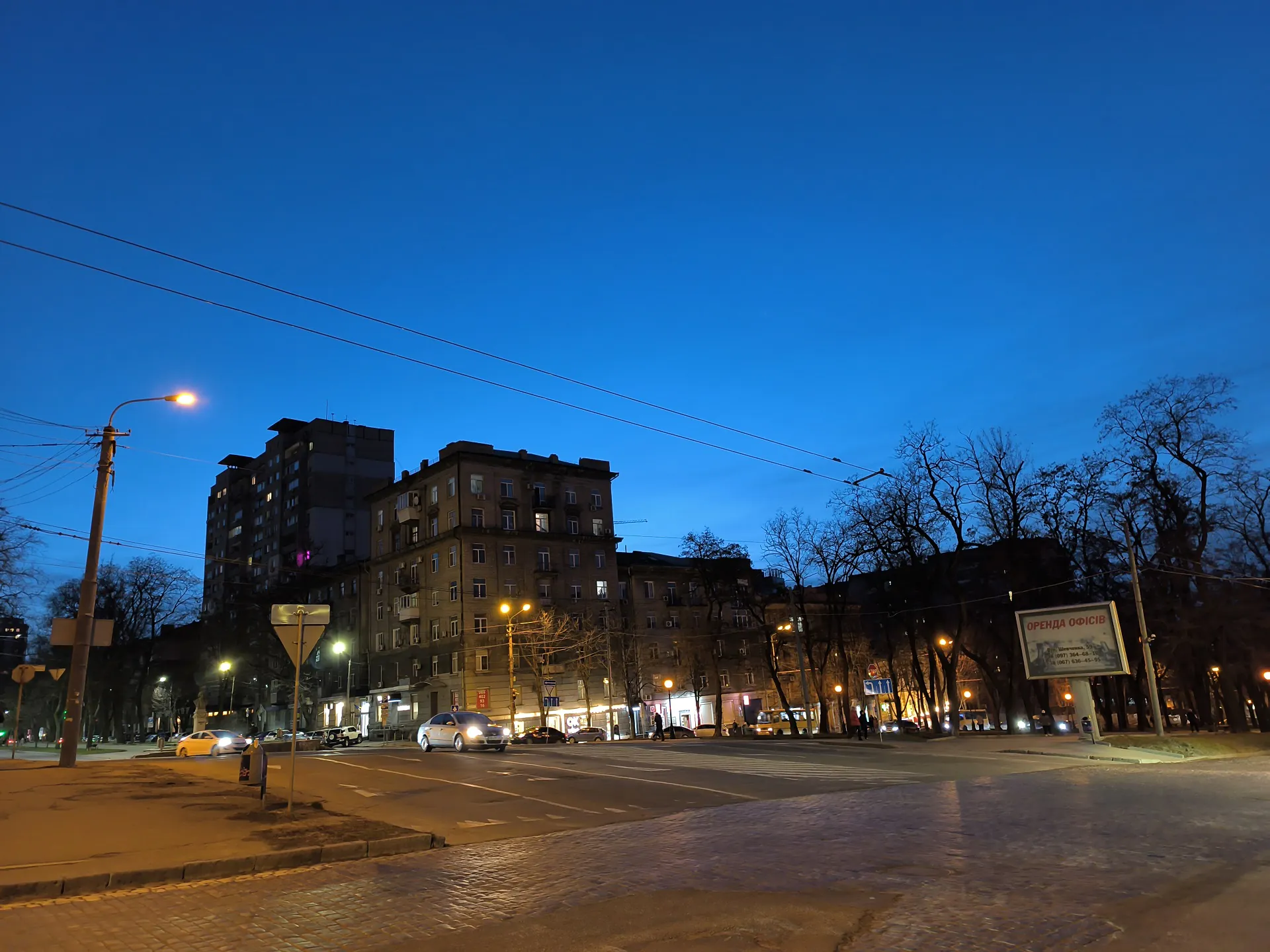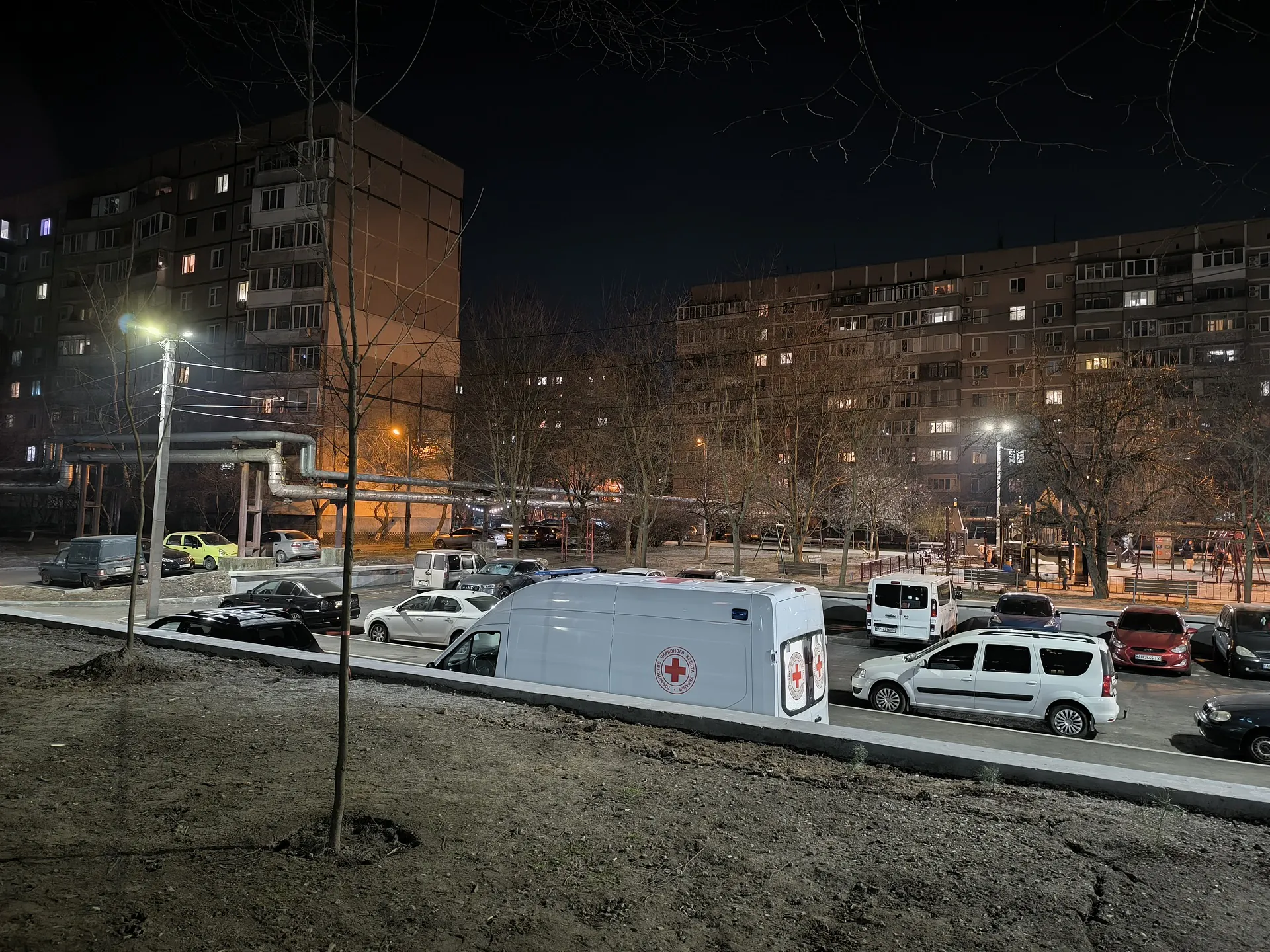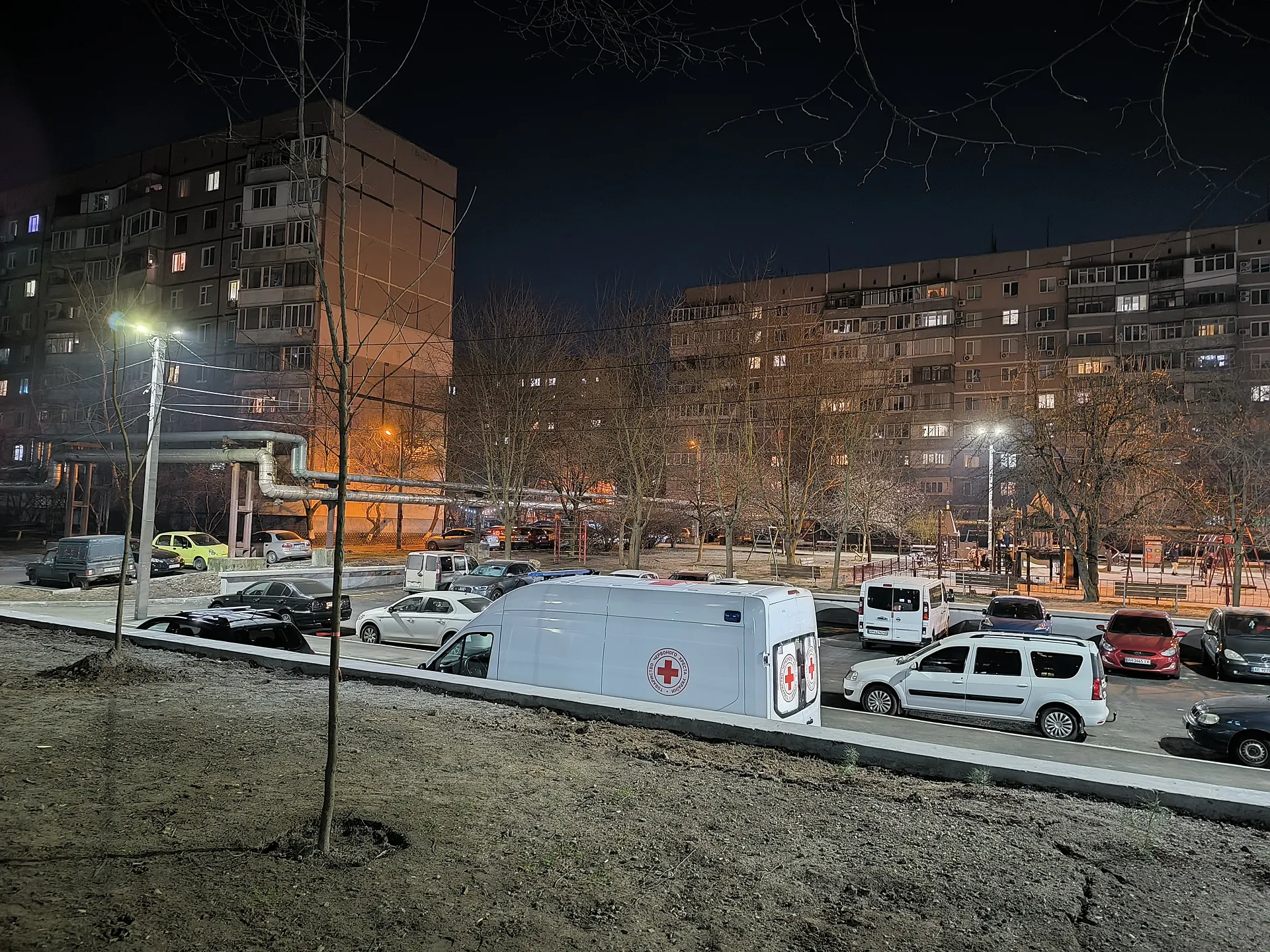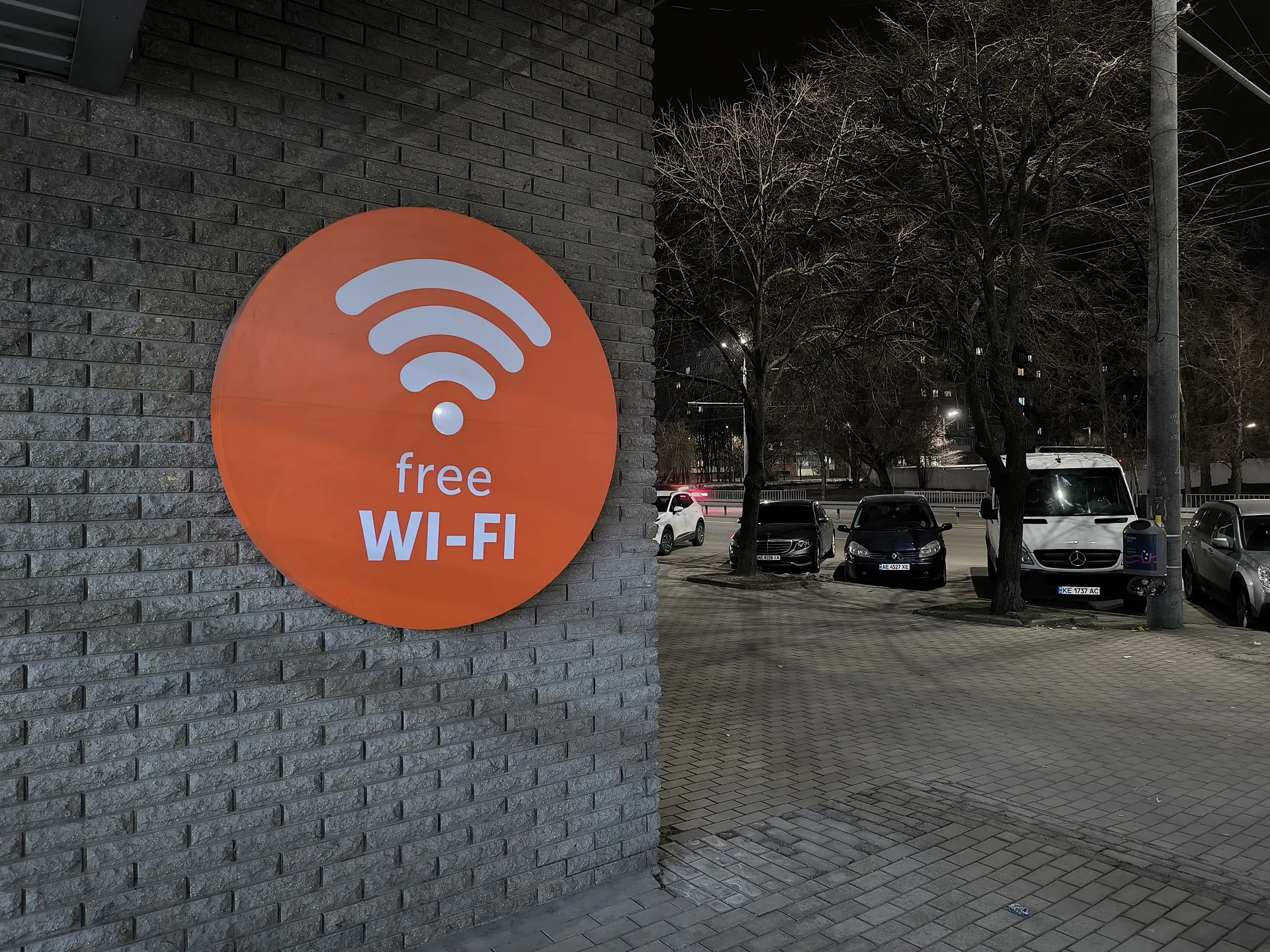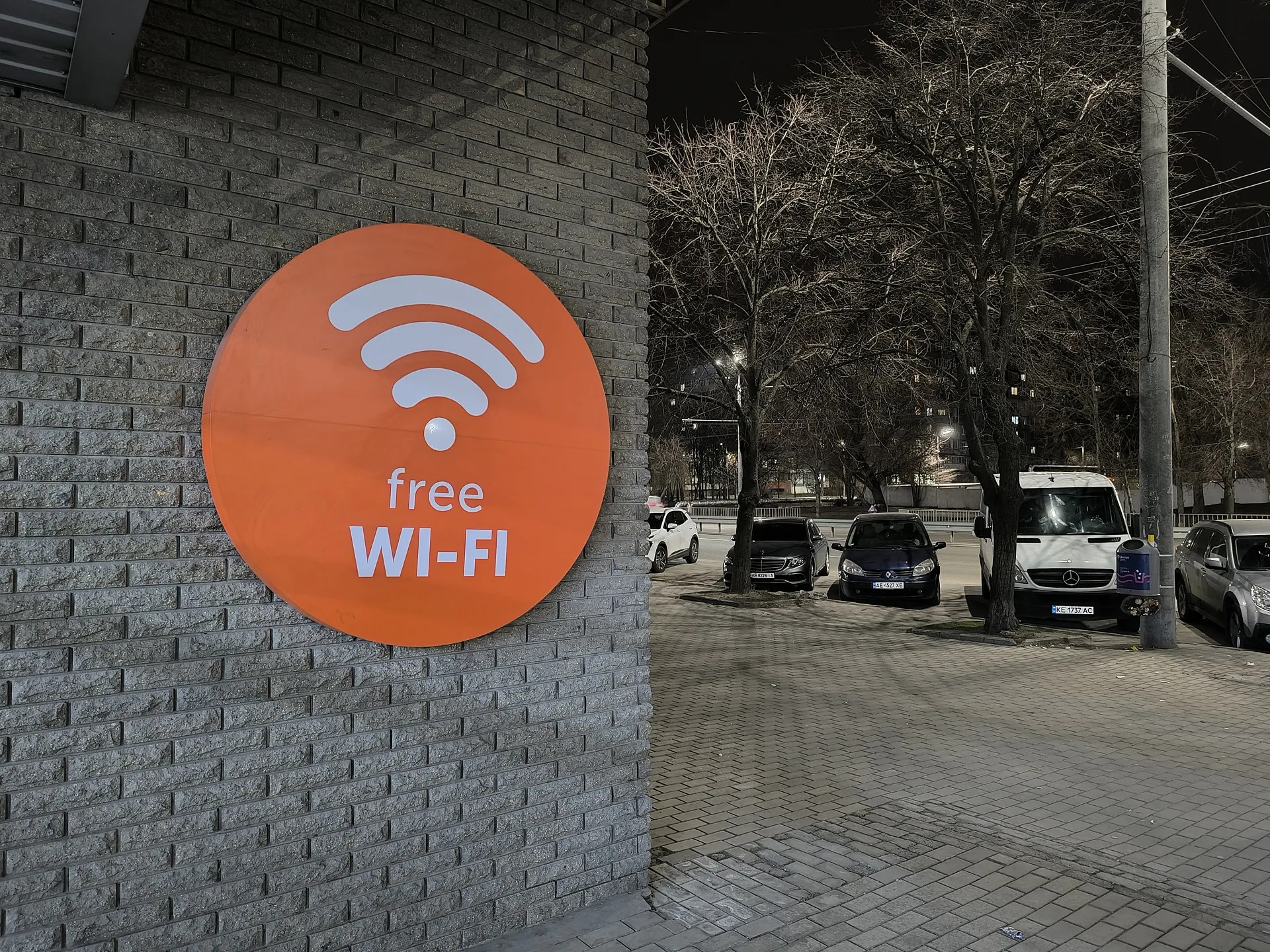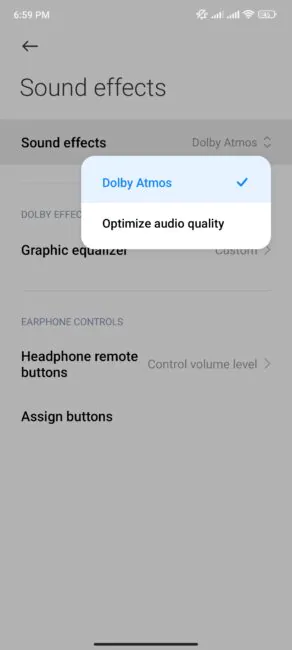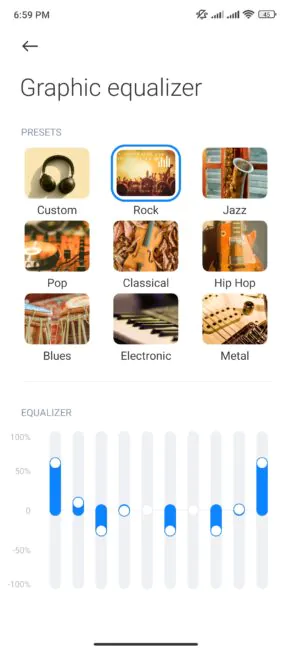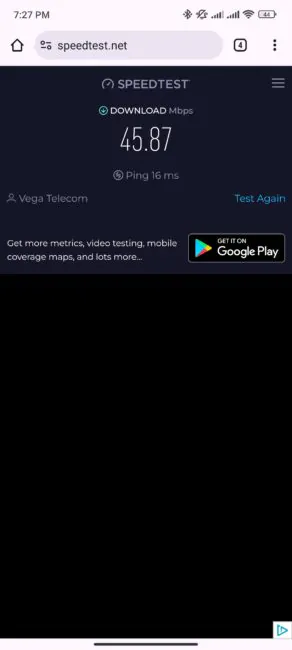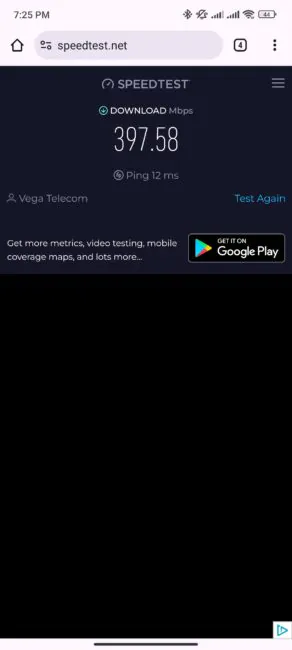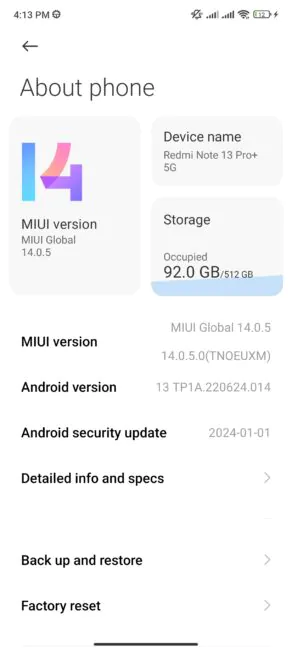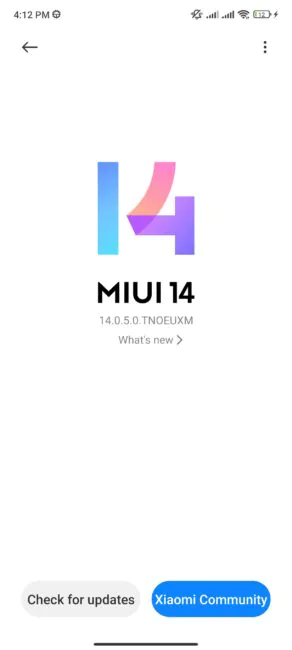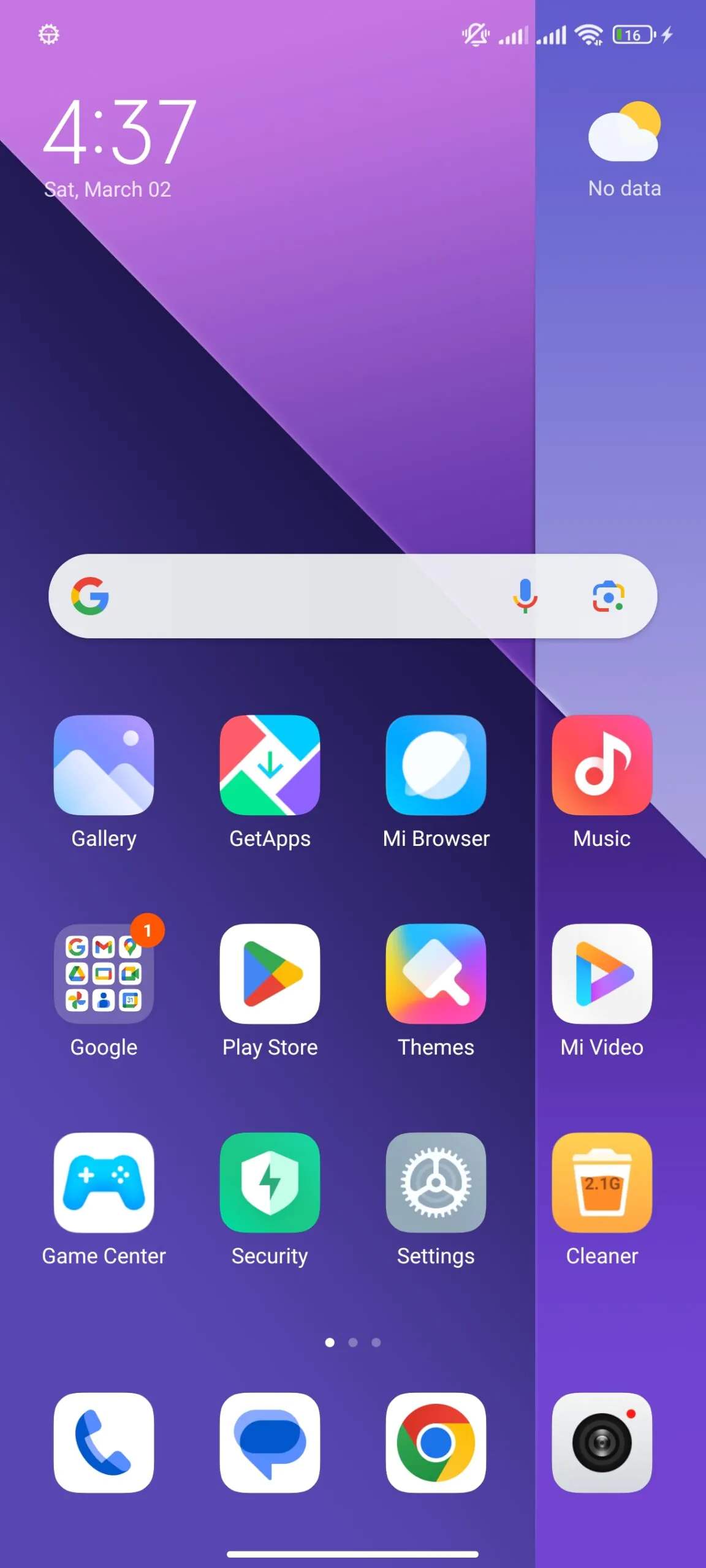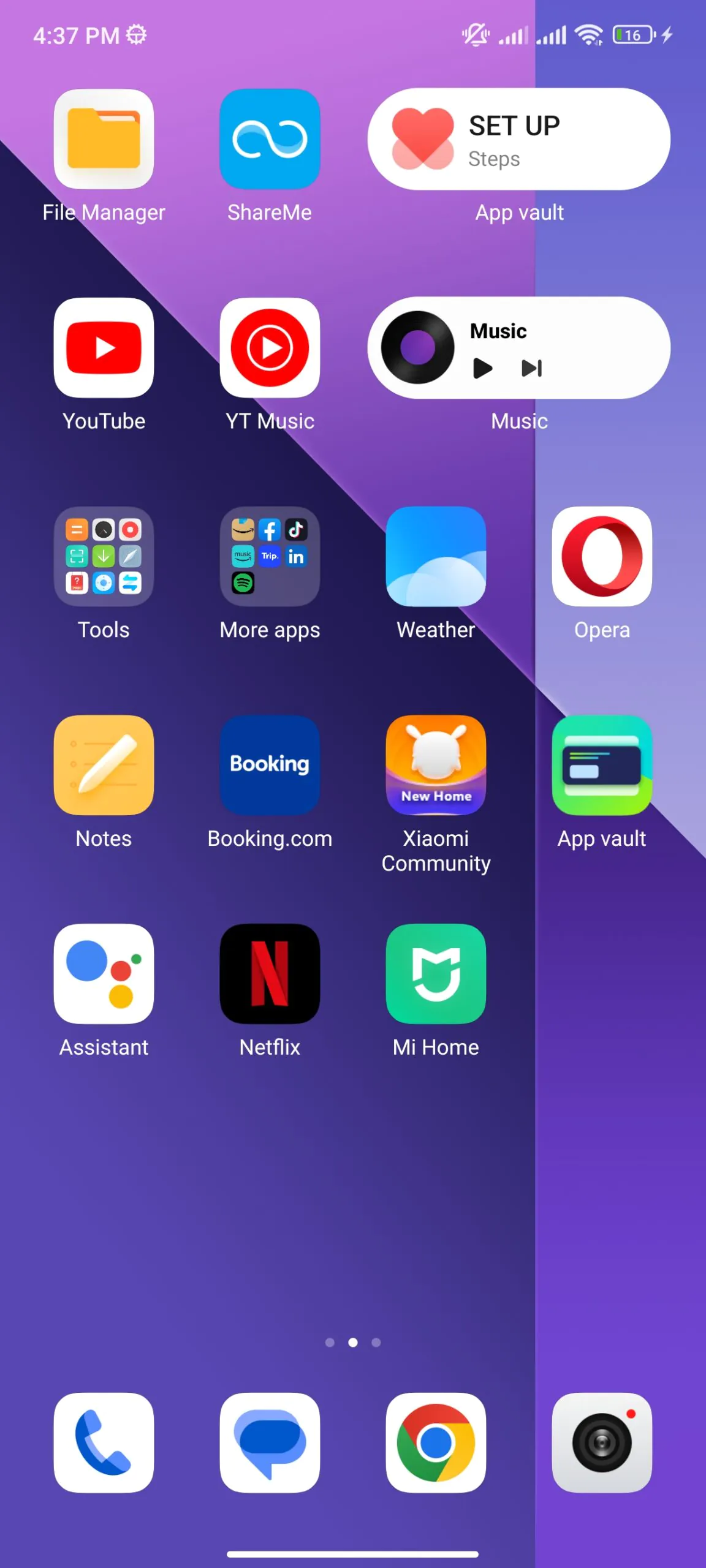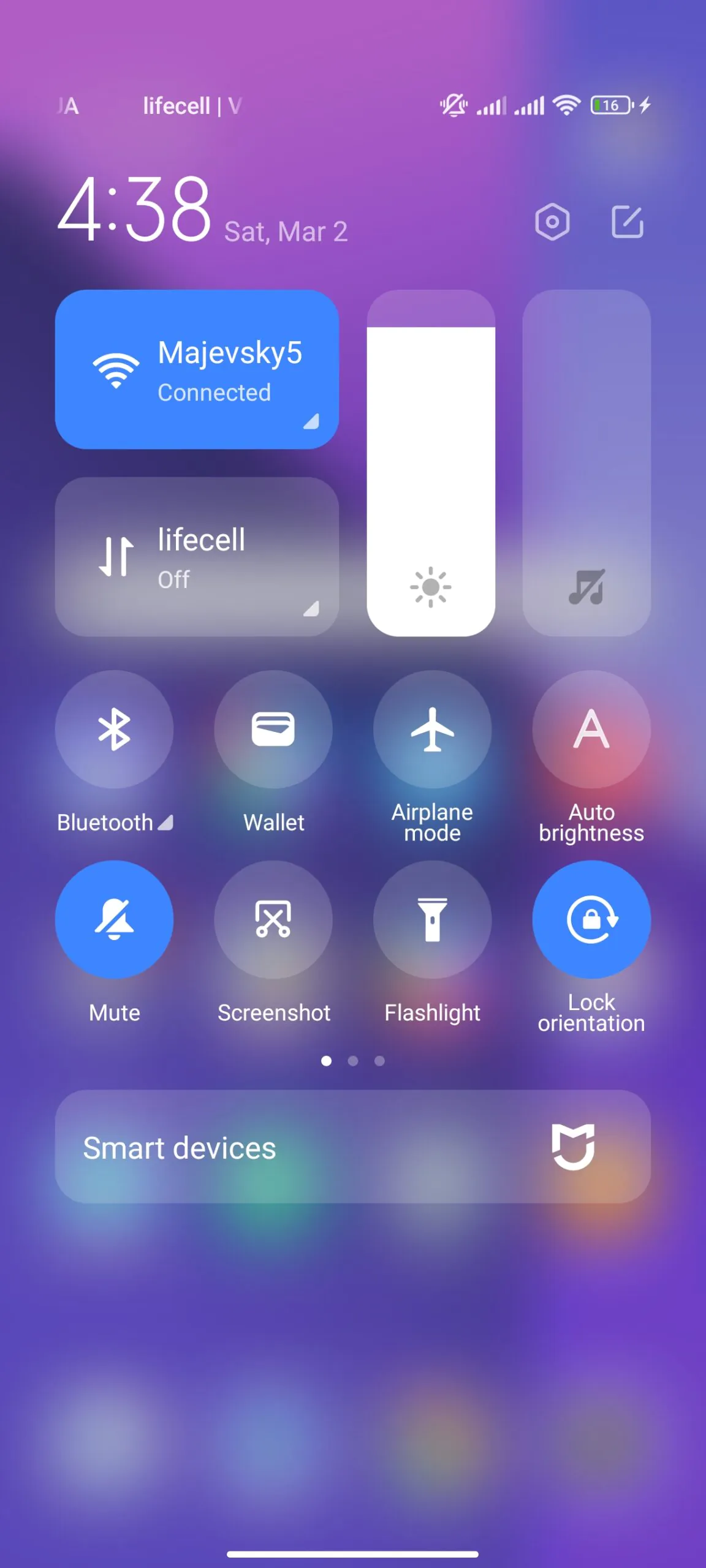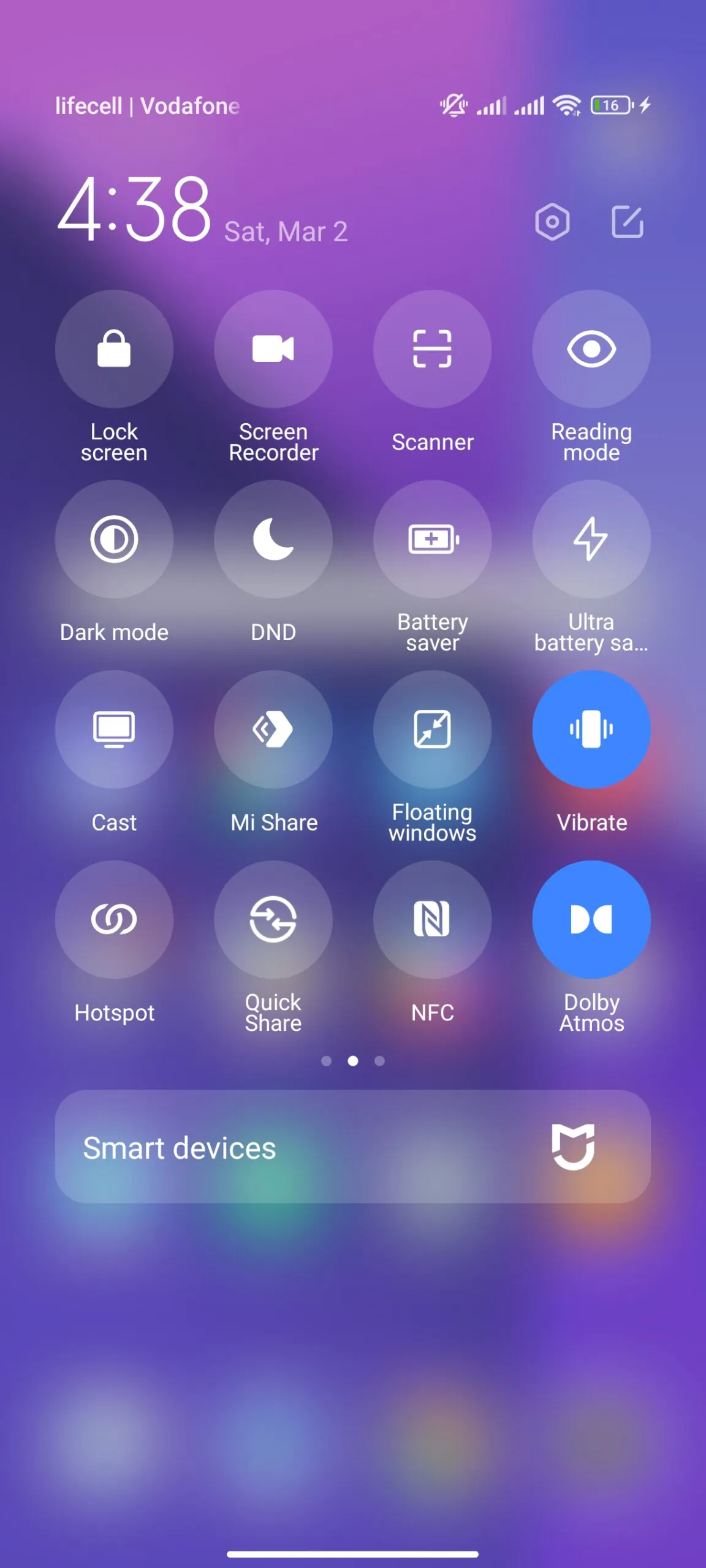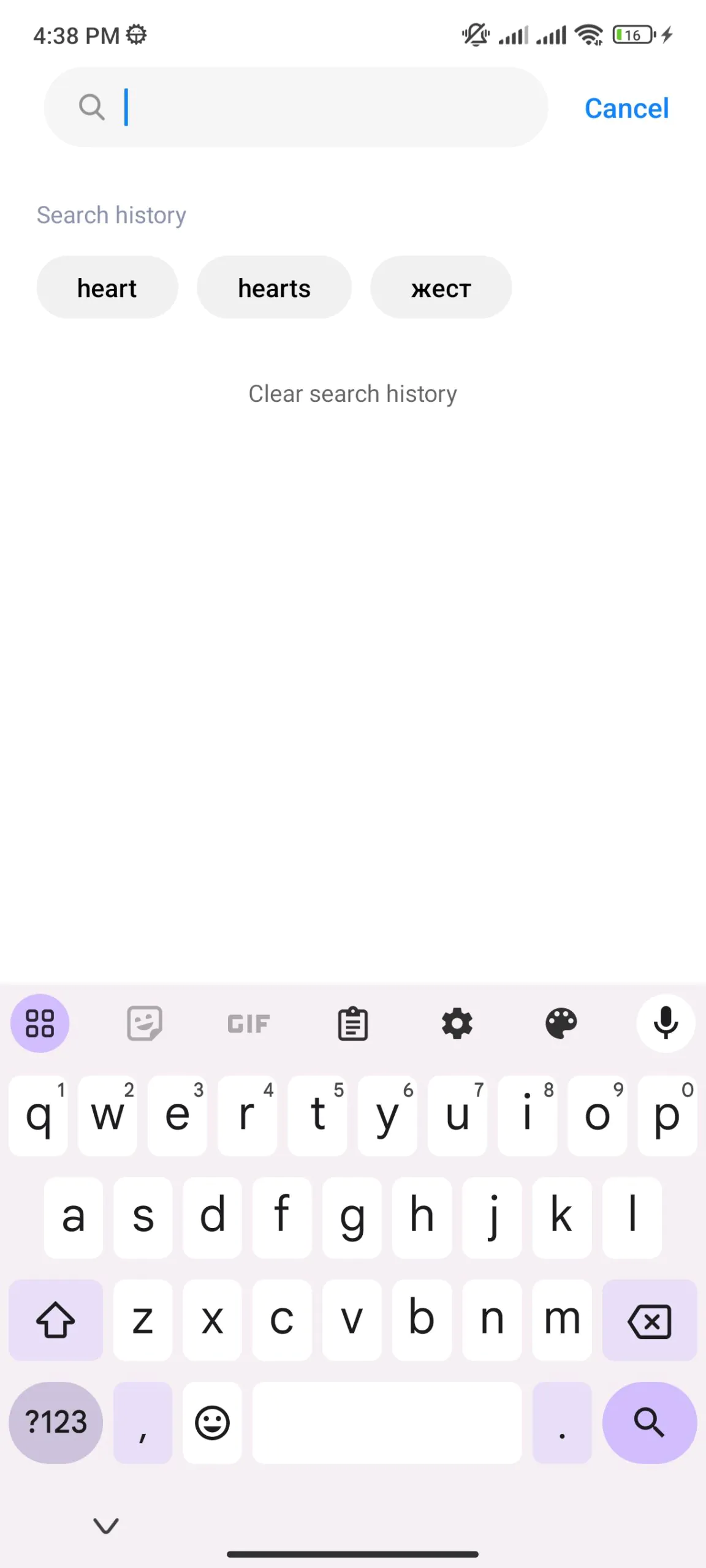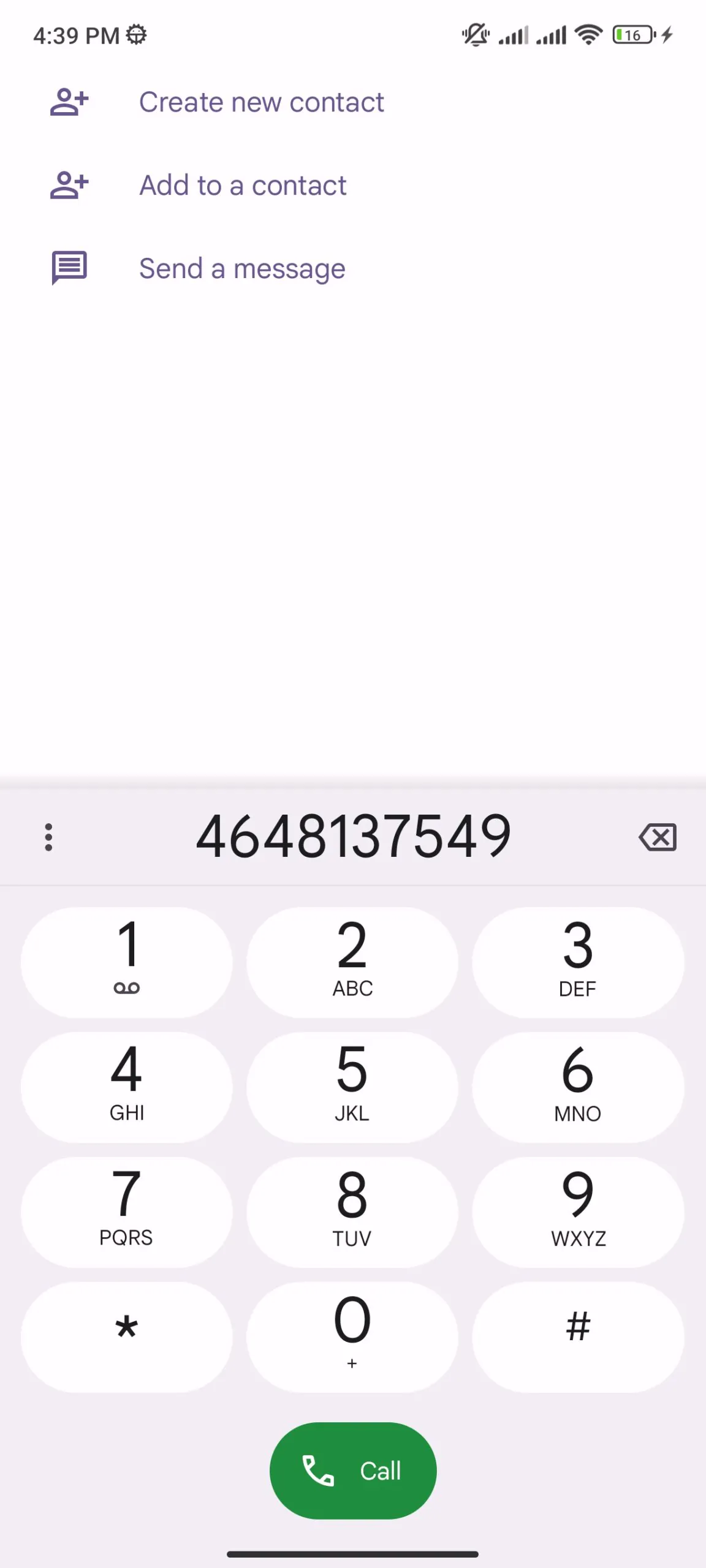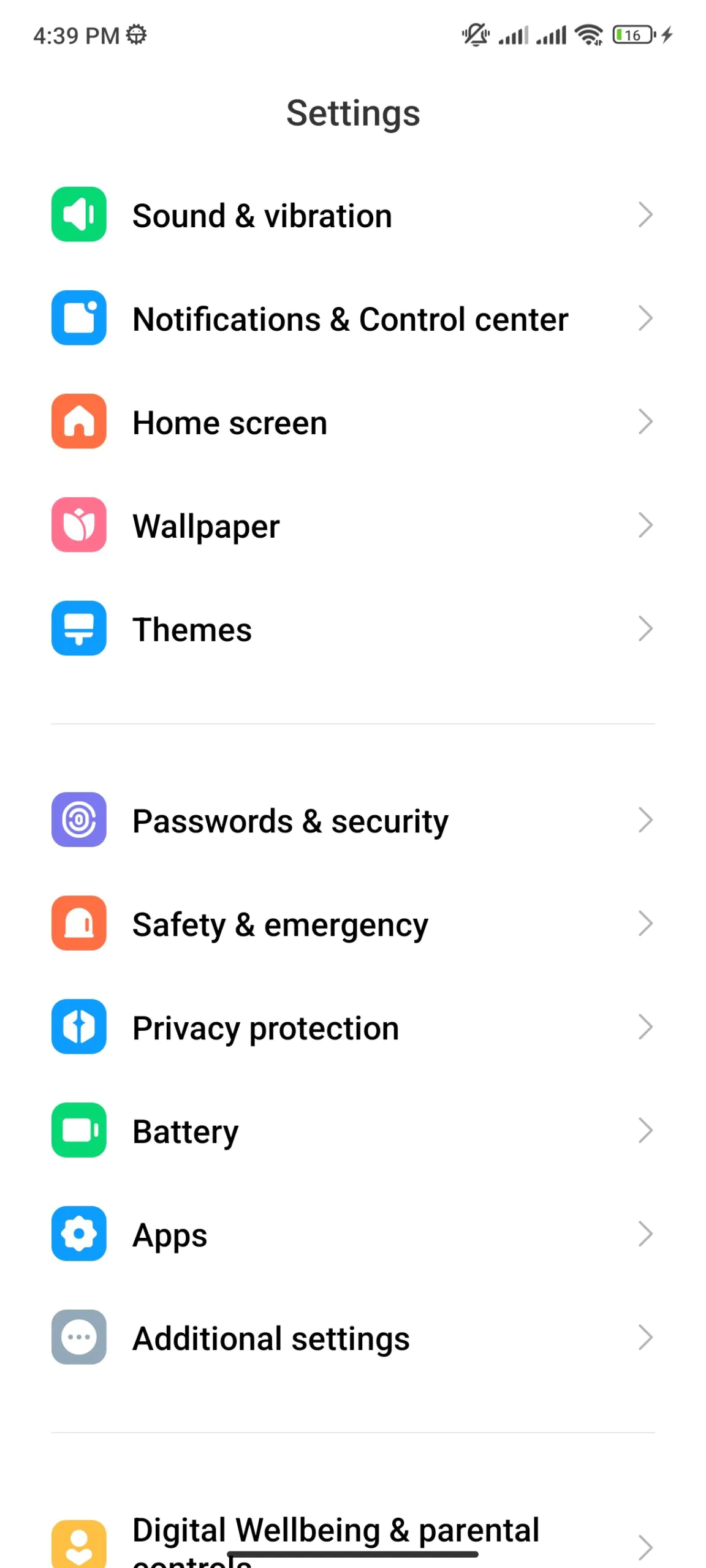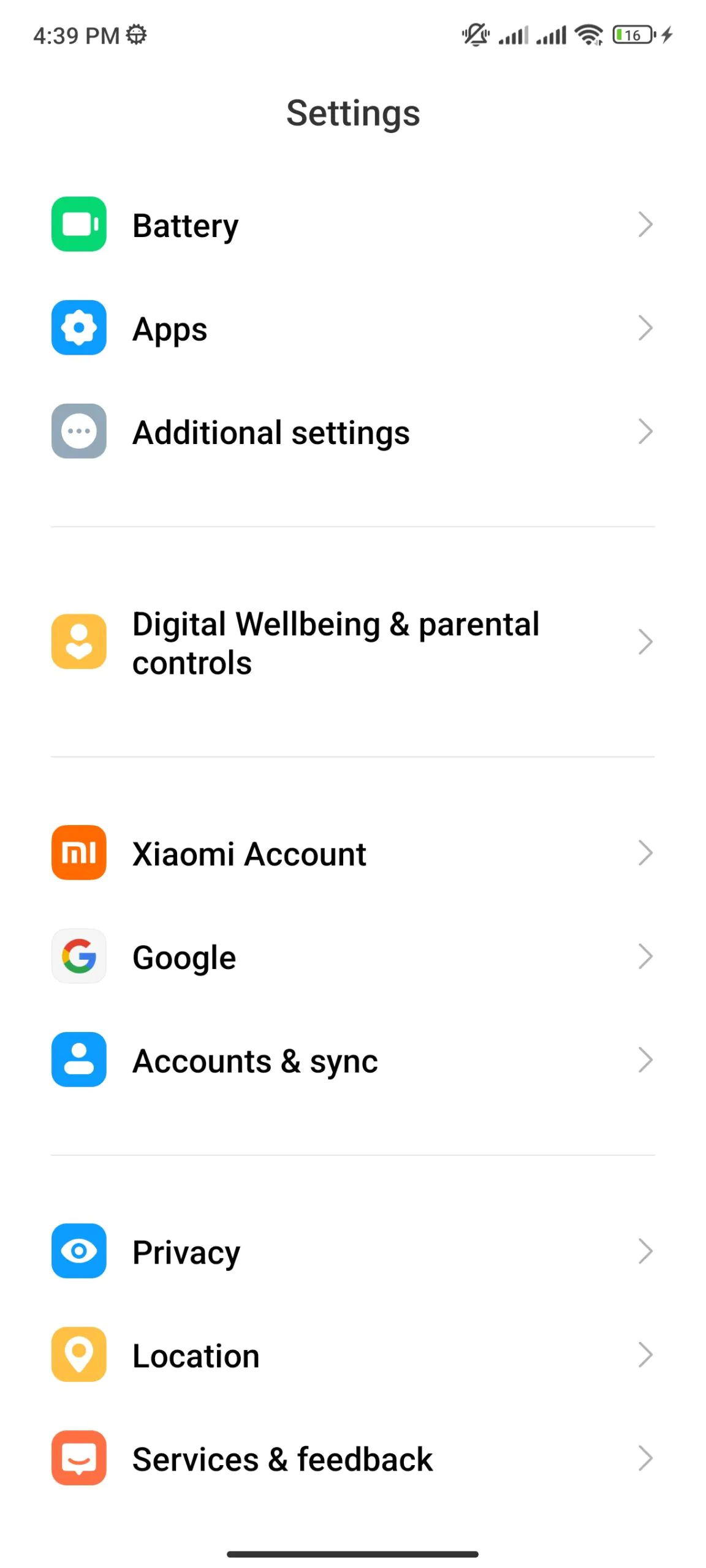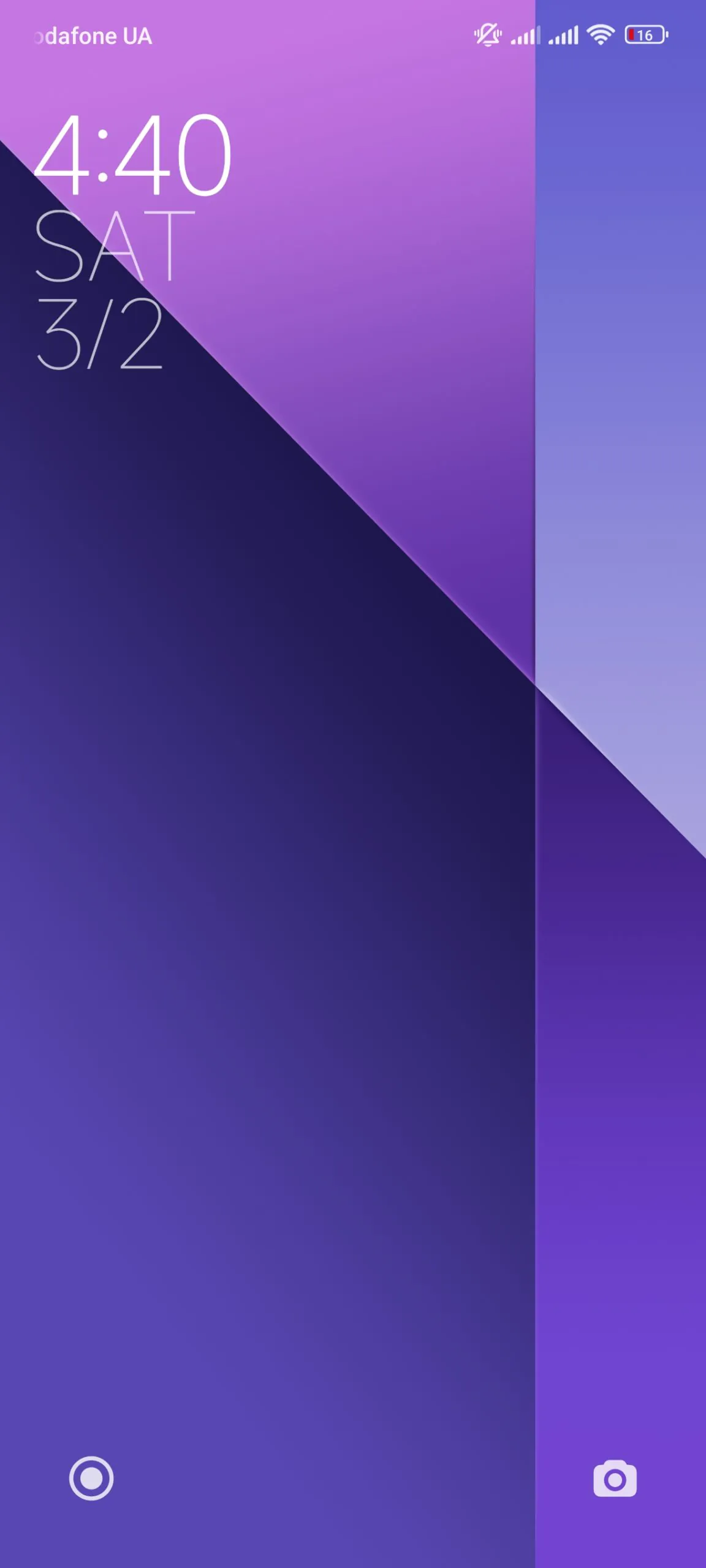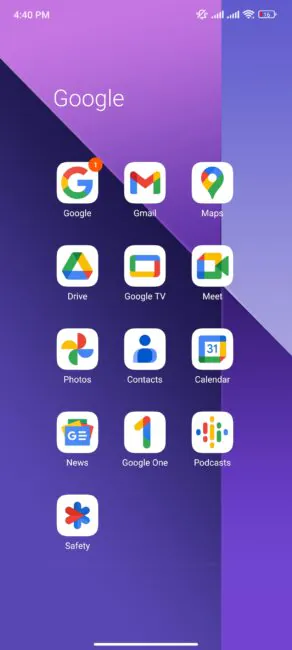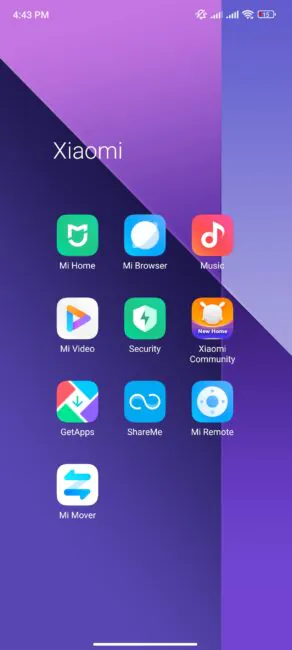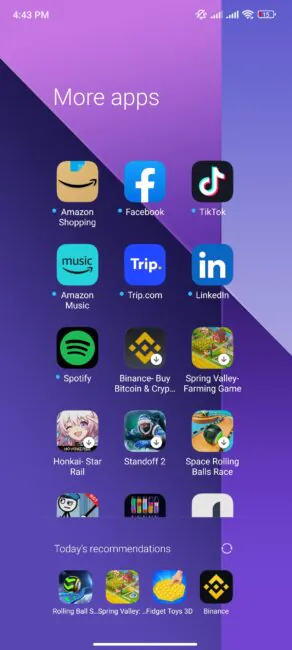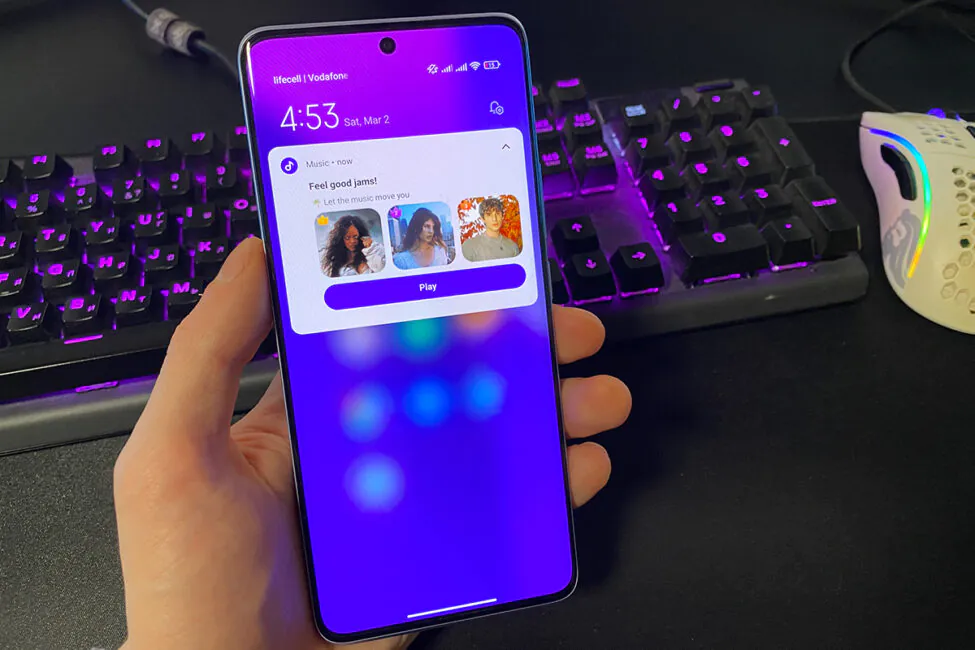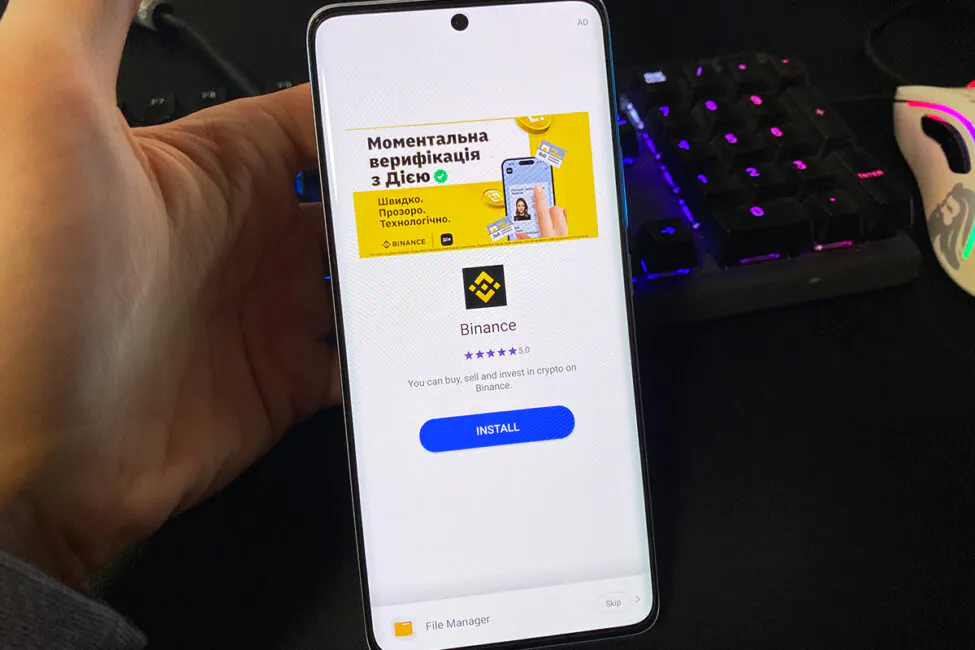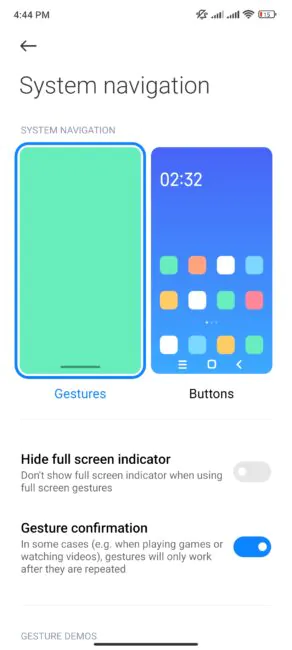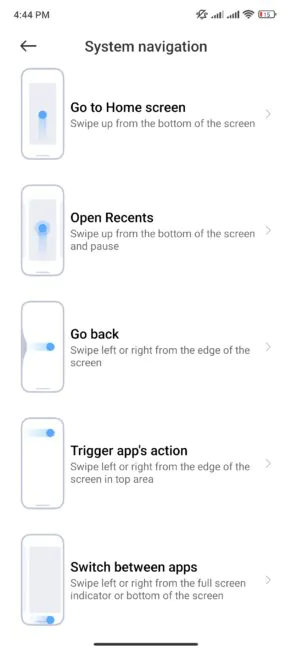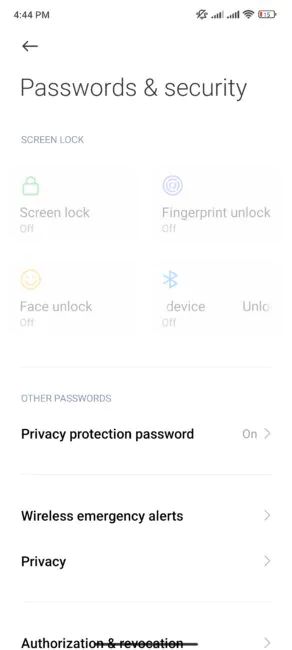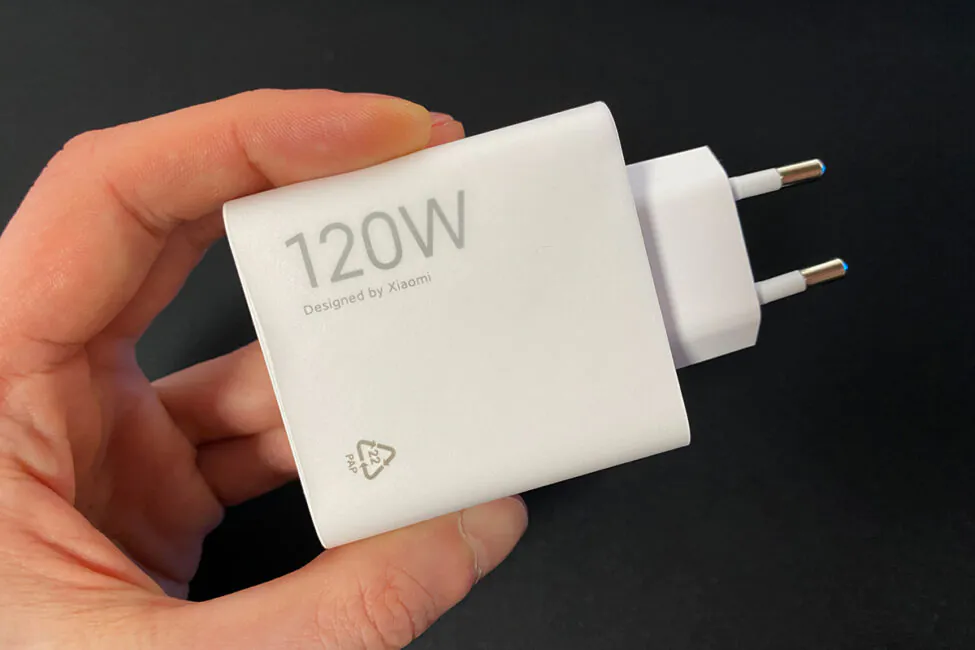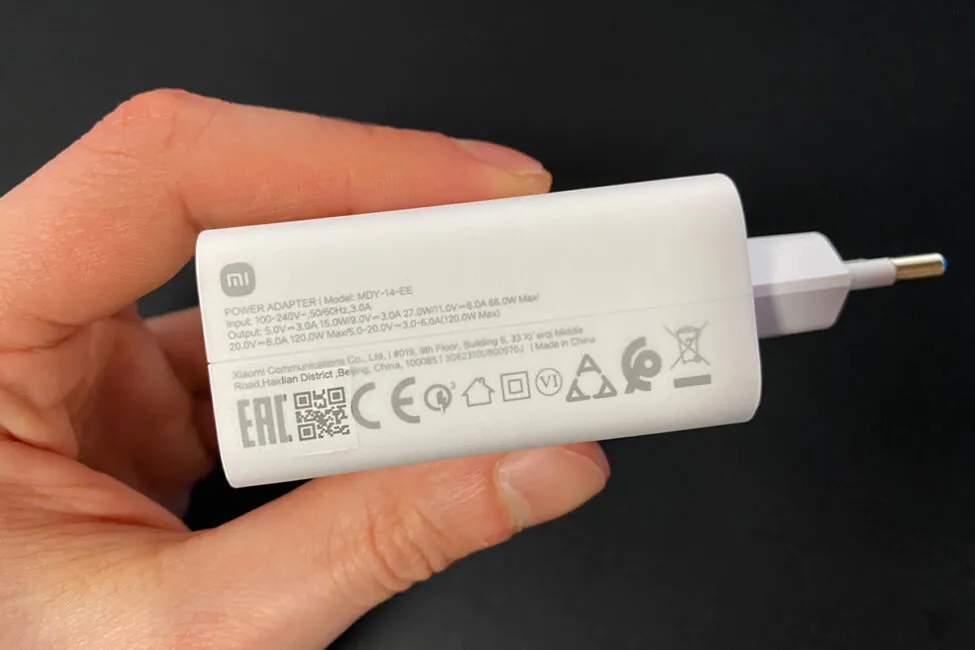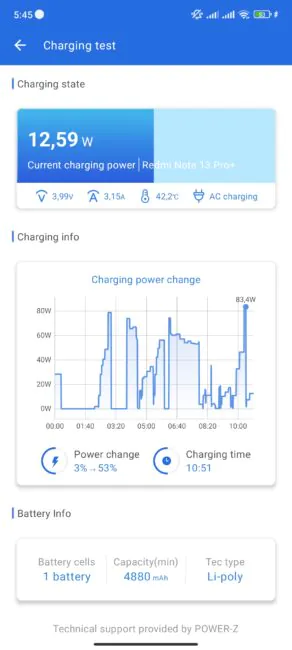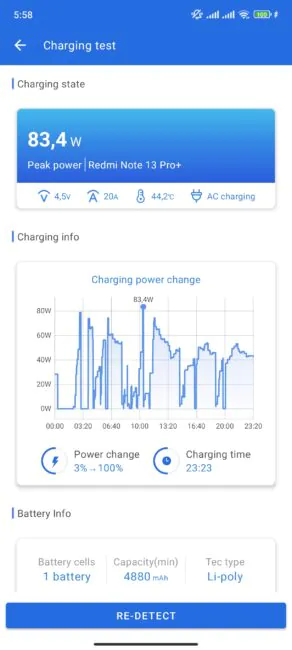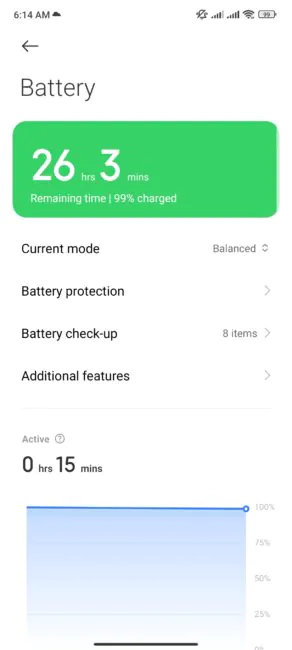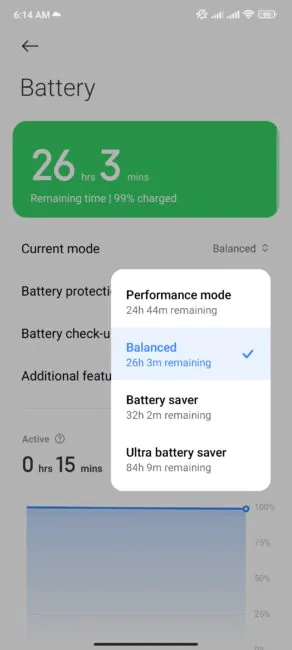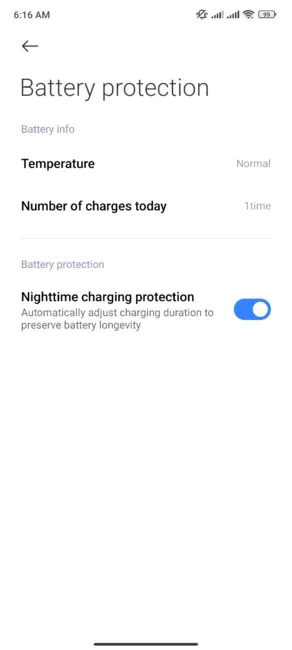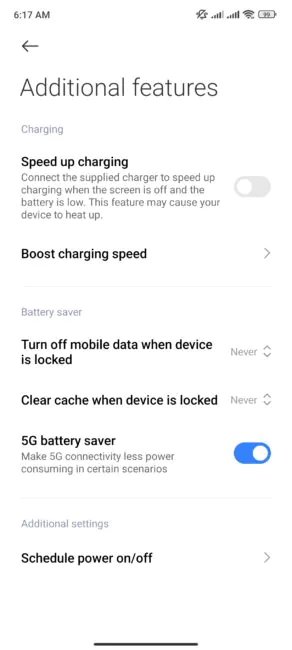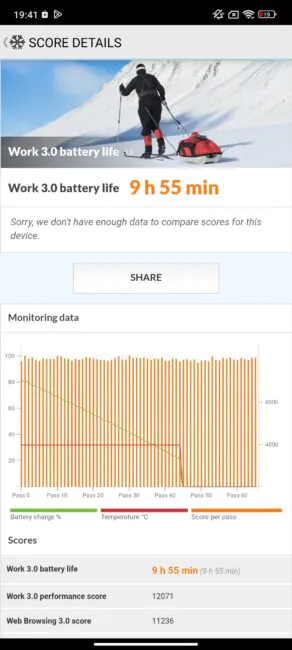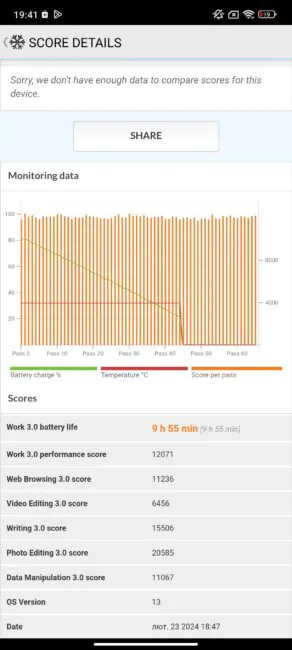© ROOT-NATION.com - Use of content is permitted with a backlink.
Recently, I conducted a review and comparison of the Redmi Note 13 Pro and the Redmi Note 13 Pro 5G. During the review, we found that these are good balanced mid-range smartphones. In other words, they are solid “average performers” in the Redmi Note 13 series. Today, however, I want to introduce you to the flagship of the series — the Redmi Note 13 Pro+ 5G. This smartphone will be a step above because it has a more powerful hardware. The models are similar in many ways. But there are differences as well. In this review, I invite you to take a close look at the device: to find out what has been updated; to run performance and battery tests; to explore the camera capabilities and more. So, let’s start the review, beginning with the technical specifications.

Technical specifications
From the brief technical specifications, it’s immediately clear what has changed inside. The Redmi Note 13 Pro+ 5G has received a more powerful processor, more RAM, and storage. The maximum charging power has been increased to 120W, dust and water resistance have been improved, Wi-Fi has been updated to version 6, and Bluetooth to 5.3. There are external differences in design, but we’ll examine those in a separate section.
- Display: CrystalRes AMOLED; 6.67″; resolution 2712×1220; 446 PPI; refresh rate up to 120 Hz; maximum brightness 1800 nits; HDR10+ and Dolby Vision support; DCI-P3 100% color gamut; 12-bit color depth; contrast ratio 5000000:1; DC Dimming support (1920 Hz); Gorilla Glass Victus protection; rounded screen edges
- Processor: MediaTek Dimensity 7200 Ultra; 8 cores (2×2.8 GHz Cortex-A715 + 6×2 GHz Cortex-A510); 4nm process technology; Mali-G610 MC4 graphics
- RAM and Storage: 8+256 GB; 12+512 GB; LPDDR5 RAM type; UFS 3.1 storage type
- Memory card support: Not supported
- Rear Camera: 3 lenses (main, wide-angle, macro). Main lens – 200 MP; f/1.65; OIS; 2.24µm 16-in-1 Super Pixels; Samsung HP3 1/1.4″ sensor. Wide-angle lens – 8 MP; f/2.2; 120˚. Macro lens – 2 MP; f/2.4. Video recording in 4K@24/30FPS, 1080P@30/60FPS; 720P@30FPS
- Front Camera: punch-hole design; 16 MP; f/2.4; video recording in 1080P@30/60FPS, 720P@30FPS
- Audio: stereo speakers; Dolby Atmos support
- Battery: 5000 mAh; Li-Po; maximum charging power 120 W
- Operating System: Android 13
- UI: MIUI 14
- Communication Standards: 2G, 3G, 4G, 5G
- eSIM Support: Supported
- Wireless Technologies: Wi-Fi 6, Bluetooth 5.3, NFC
- Location Services: GPS, GLONASS, Galileo, Beidou, QZSS
- SIM Slot: Dual (2×Nano-SIM)
- Sensors: Proximity sensor, ambient light sensor, accelerometer, gyroscope, electronic compass, IR port, in-display fingerprint scanner, linear X-axis vibration motor
- Protection: Dust, water (IP68)
- Dimensions: 161.4×74.2×8.9 mm
- Weight: 205 g
- Package contents: smartphone, charger, USB-A to USB-C cable, SIM card tray ejector tool, case, user manual, warranty documentation
Positioning and price
The Redmi Note 13 Pro+ 5G model is a flagship in its lineup. In terms of market positioning, this smartphone can confidently be classified as a top-tier mid-range device. The price for the Redmi Note 13 Pro+ 5G 8/256 GB version is €431 / $468. The Redmi Note 13 Pro+ 5G 12/512 GB version will be more expensive, priced at €479 / $520.
Package contents
The smartphone is packaged in the signature cardboard box. The packaging design is consistent with other smartphones in this lineup — minimalist and straightforward. The package includes:
- smartphone
- charger
- USB-A to USB-C cable
- SIM card tray ejector tool
- case
- user manual
- warranty documentation
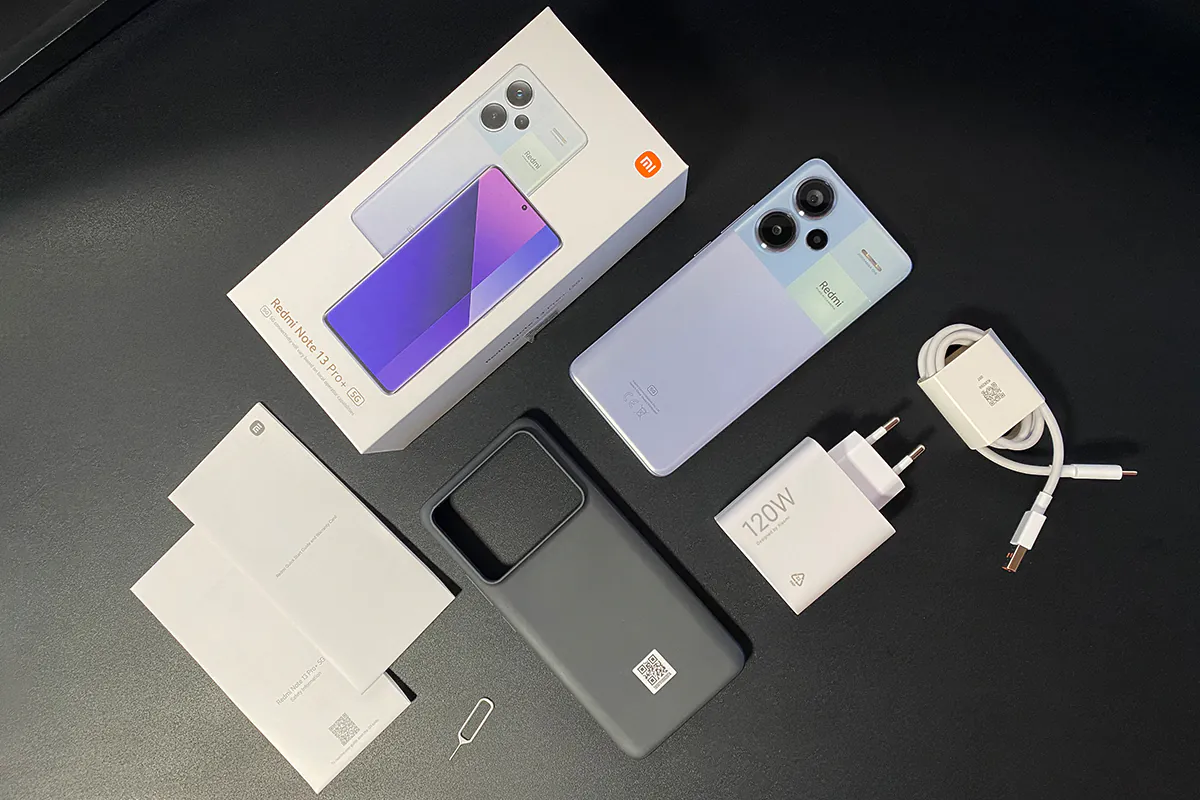 In the previous review, I praised the included cases. Well, here the case is the same: original, high-quality, with a pleasant soft-touch coating. It looks very similar to the case for the 13 Pro 5G model. It has the same large cutout, but here it’s more in line with the overall design, so to speak.
In the previous review, I praised the included cases. Well, here the case is the same: original, high-quality, with a pleasant soft-touch coating. It looks very similar to the case for the 13 Pro 5G model. It has the same large cutout, but here it’s more in line with the overall design, so to speak.
Design, ergonomics, build quality
In terms of appearance, the smartphone stands out the most from the entire Redmi Note 13 lineup. The display and the back panel have rounded edges, with a side insert that mimics metal, and a tricolor rear camera module in the Aurora Purple version.
Speaking of available colors, there are three options to choose from: black (Midnight Black), white (Moonlight White), and purple (Aurora Purple). I received the latter, so I will showcase it in the review.
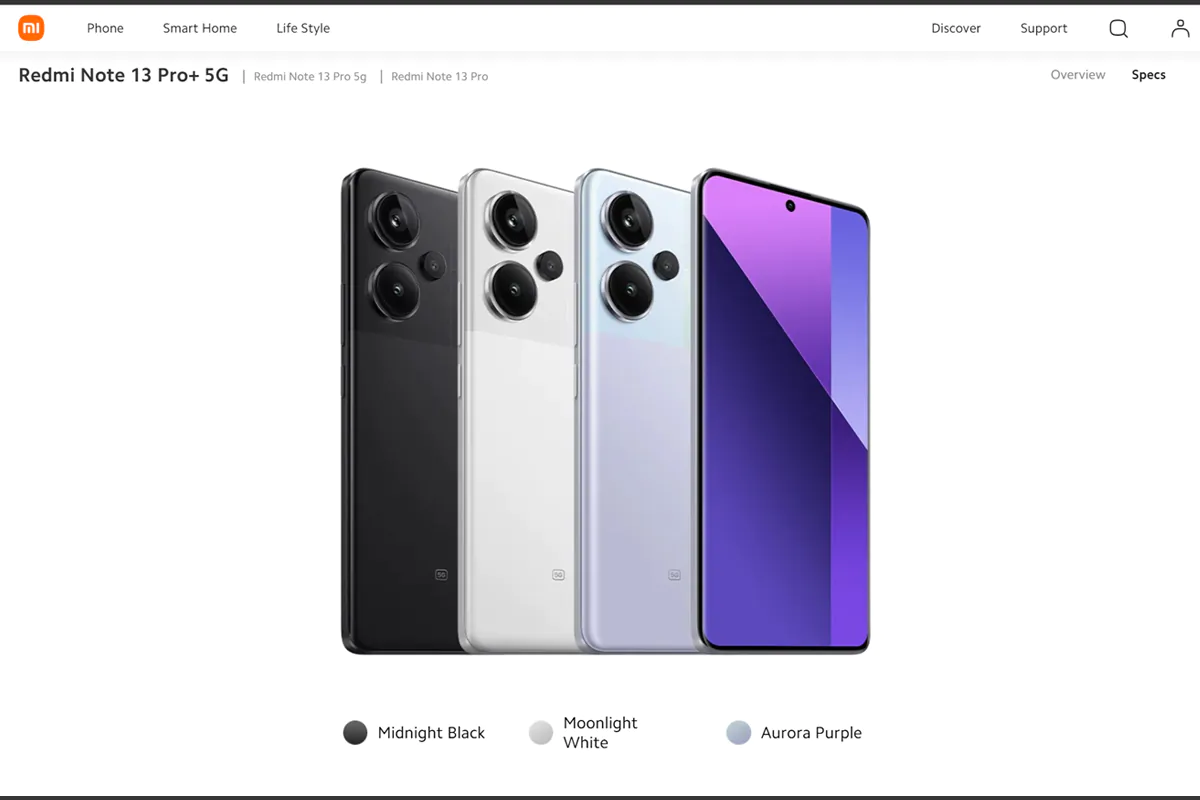 The entire front panel is occupied by a 6.67-inch AMOLED display. The edges are rounded on the sides, and the bezels are very thin. The front camera is of the punch-hole type, located as a dot at the top of the screen. A protective film is applied to the display out of the box, and the display itself is protected by Gorilla Glass Victus.
The entire front panel is occupied by a 6.67-inch AMOLED display. The edges are rounded on the sides, and the bezels are very thin. The front camera is of the punch-hole type, located as a dot at the top of the screen. A protective film is applied to the display out of the box, and the display itself is protected by Gorilla Glass Victus.
The back panel is made of matte plastic. Fingerprints are slightly visible, but they are hardly noticeable. At the top, there is the camera block consisting of 3 lenses and a flash. There are also signature decorative inscriptions that immediately indicate certain camera features. In the Aurora Purple version, the housing around the camera block is tricolored: sky-blue, pastel blue, and green. They differ from the rest of the body. This design is original and gives the device a sense of individuality.
Бічні грані смартфона прямі, з боків звужені. Кути заокруглені. Матеріал бічної вставки імітує метал. Сам по собі смартфон тонкий. Але це не заважає йому самостійно стояти на рівній поверхні як у горизонтальному, так і вертикальному положенні.
On the left side, there are no features. On the right side, the standard volume controls and the power button are located. At the top of the smartphone, there are speaker openings and an IR port. At the bottom, there’s a USB-C port, speaker openings, and the SIM card tray.
Unlike the 13 Pro / 13 Pro 5G models, there’s no standard 3.5mm headphone jack here. The SIM tray is dual-sided for 2 SIM cards, similar to the 13 Pro 5G version. There’s no support for memory cards.
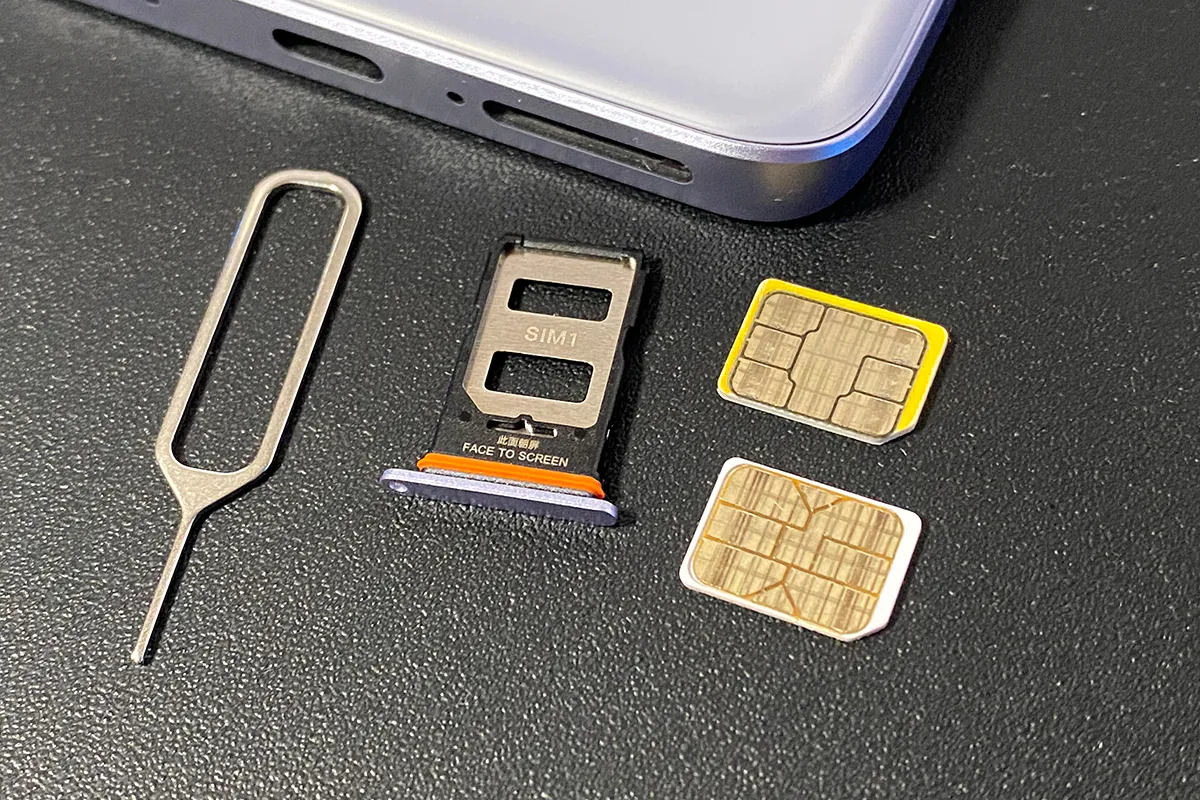
The smartphone’s body is IP68-rated for water, moisture, and dust resistance. Additionally, the device boasts a vibration motor. By the way, the haptic feedback here is more pronounced and overall more pleasant compared to the 13 Pro 5G. Well, that’s not surprising, considering that the device itself is more expensive.
The build quality is excellent, with nothing to nitpick about. In terms of ergonomics, I can say only one thing: it’s comfortable and pleasant to use the smartphone.
Read also:
- Redmi Note 13 Pro and Redmi Note 13 Pro 5G: Review and Comparison
- Xiaomi 13T Smartphone Review
- Xiaomi 13T Pro Smartphone Review
Redmi Note 13 Pro+ 5G display
The smartphone’s display is the same as in the younger models (13 Pro / 13 Pro 5G). It’s a 6.67-inch AMOLED with a resolution of 2712×1220 pixels and a refresh rate of up to 120 Hz. The pixel density is 446 PPI. The peak brightness is 1800 nits. It supports HDR and Dolby Vision. The color space is DCI-P3 100%. The color depth is 12-bit. The contrast ratio is 5000000:1. To reduce PWM, it supports DC Dimming technology (1920 Hz). Gorilla Glass Victus is used to protect the screen. An outstanding feature and at the same time a hallmark of this model’s display are its rounded edges.
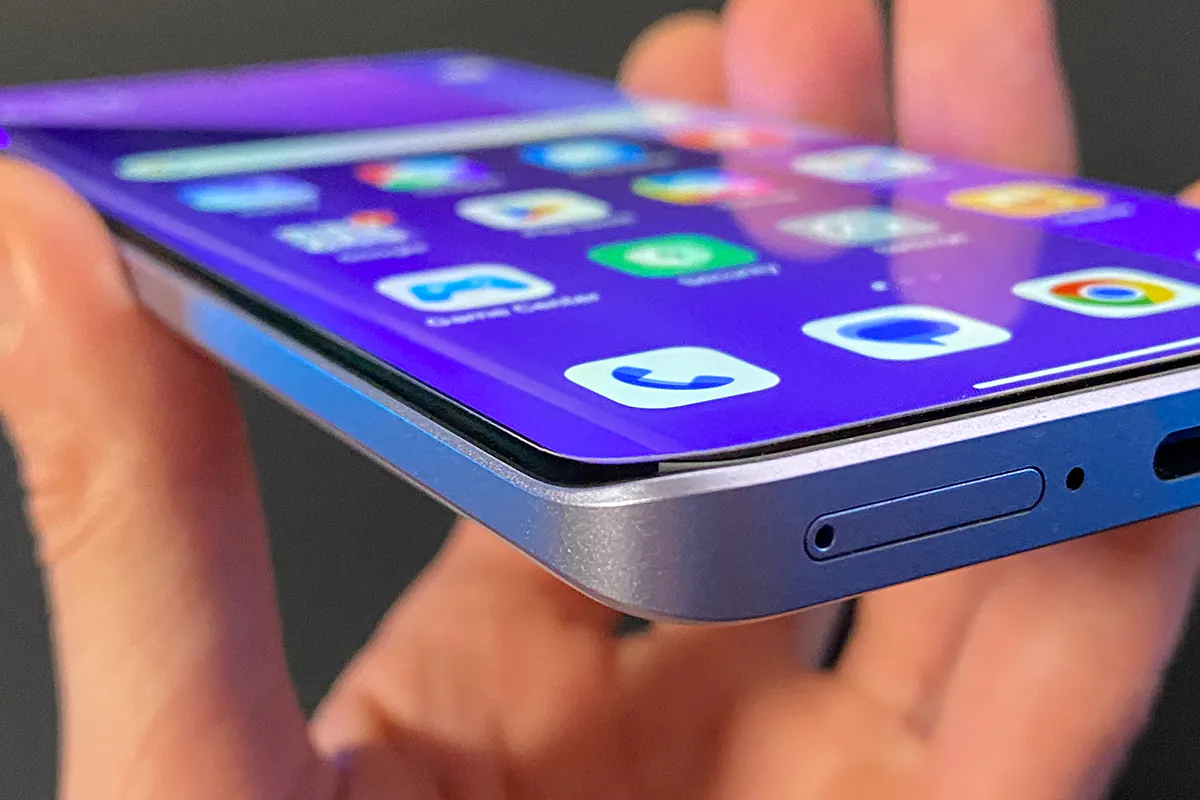
I’ve already praised this display in the review of the Redmi Note 13 Pro 5G. Well, there’s nothing more to add here, so I can only briefly reiterate what’s already been said. The color reproduction is excellent — the display showcases bright, vivid, and saturated colors. Black color and its shades look magnificent, exuding depth. As for contrast, there are no complaints whatsoever.
The viewing angles are extremely wide — the image is clearly visible from any angle without brightness or color distortion.
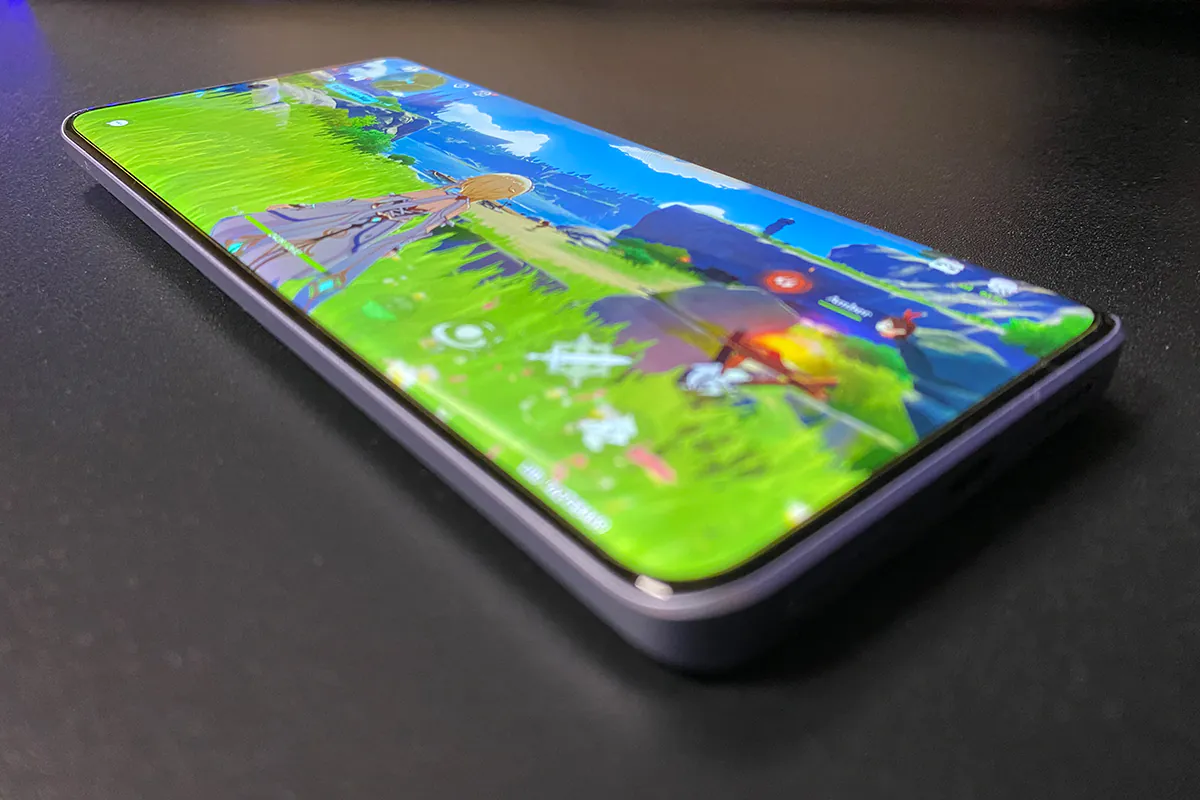 The image clarity is excellent. The resolution and PPI, in my opinion, are optimal for this display diagonal. Text, images, graphics, and videos all look excellent on the display.
The image clarity is excellent. The resolution and PPI, in my opinion, are optimal for this display diagonal. Text, images, graphics, and videos all look excellent on the display.
The screen recognizes 10 simultaneous touches. In terms of responsiveness, the display’s performance is also commendable. It’s fast, smooth, and very comfortable and enjoyable to use.
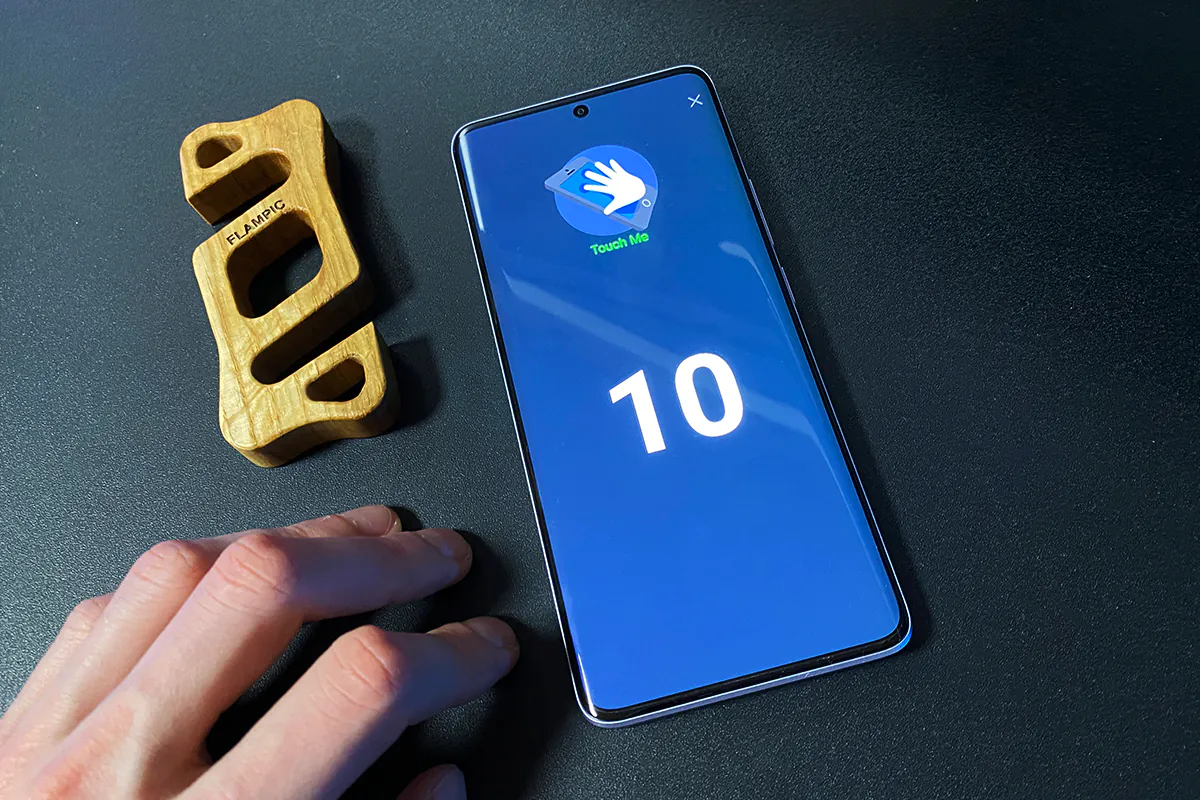 The brightness is good, and there’s more than enough reserve for comfortable smartphone use even in sunny outdoor conditions. There aren’t any specific settings; everything is quite standard: brightness level, dynamic brightness, and daytime mode.
The brightness is good, and there’s more than enough reserve for comfortable smartphone use even in sunny outdoor conditions. There aren’t any specific settings; everything is quite standard: brightness level, dynamic brightness, and daytime mode.
In terms of settings, everything is the same as what we saw in the Redmi Note 13 Pro 5G. There are two display refresh rate modes: standard (dynamic) and customizable (60 or 120 Hz). The standard (dynamic) mode is set by default, and you can generally leave it as it is. The display will automatically adjust the refresh rate depending on the usage scenario. Subjectively, the refresh rate feels definitely higher than 60 Hz; everything is very smooth.
In the color settings, there are 4 modes: vivid, saturated, standard, and custom. In the custom mode, you can further select the color palette, adjust the color space, gamma, and contrast. The color temperature settings here are standard: default, warm, cool, and custom.
Like in the younger models, the Redmi Note 13 Pro+ 5G features a reading mode and a fingerprint scanner that tracks heart rate. These functions can be useful for those who read books and track their activity and health on their smartphone.
Summarizing, I can say that the display is one of the strongest points of this smartphone. It is gorgeous!
Filling and performance
The Redmi Note 13 Pro+ 5G operates on the MediaTek Dimensity 7200 Ultra processor. Depending on the amount of RAM and storage, there are two versions of the smartphone: 8/256 GB and 12/512 GB. The versions differ only in capacity, while the type of memory and storage remains the same across all variants. By the way, I received the smartphone for review in the top configuration — 12/512 GB. Let’s take a closer look at the components and run a few performance tests.
Processor and graphics
The MediaTek Dimensity 7200 Ultra is an 8-core mobile chipset announced in 2023. Its core architecture comprises 2 cores of 2.8 GHz Cortex-A715 and 6 cores of 2 GHz Cortex-A510. It is built on a 4nm process. Graphics processing is handled by the Mali-G610 MС4.
RAM and storage
The Redmi Note 13 Pro+ 5G comes with 8 or 12 GB of LPDDR5 RAM. In the smartphone settings, users can expand the RAM through virtual memory by choosing from options of 4, 6, 8, or 12 GB.
The storage options are available in capacities of 256 GB and 512 GB. Both versions use UFS 3.1 storage type. The storage in the Redmi Note 13 Pro+ 5G has been upgraded (the Redmi Note 13 Pro / 13 Pro 5G used UFS 2.1). UFS 3.1 is a solid, modern, and fast storage type. The difference in speed is visually noticeable and also evident in test results. Below, I’ll add screenshots from AnTuTu and PCMark tests.
The smartphone does not support memory cards. Actually, just like the younger Redmi Note 13 Pro 5G model.
Performance tests
I always put smartphones through typical tasks before running synthetic tests to form my opinion on performance, independent of numbers and comparisons. Regarding the performance of the Redmi Note 13 Pro+ 5G, I can say one thing—it’s excellent. Navigating through the OS, settings, app usage, camera, web browsing, video playback—all happen swiftly and without any lag.
As for the tests, the smartphone boasts high scores in popular benchmarks. In fact, I’ll add them below.
When testing the smartphone’s productivity level, I can’t overlook mobile gaming. For mobile gaming enthusiasts, there’s even a dedicated application called Game Turbo. It’s a sort of gaming hub where all installed games are displayed. Additionally, you can optimize the system for better performance while gaming.
For the test, I chose only 2 games—Diablo Immortal and Genshin Impact. From experience, I can say that these games are quite demanding on a smartphone’s hardware, which makes them interesting for testing. Testing less resource-intensive games doesn’t make sense because I already know that the smartphone will handle them fine.
Diablo Immortal
This game restricts graphics settings for weak and mid-range devices. You can’t set the frame rate limit above 30 and the resolution above Medium. For Redmi Note 13 Pro+ 5G, the restrictions are only on the resolution—you can’t set it to Ultra. All other settings are available. I was curious to see if the smartphone could handle the game at its maximum graphics settings. Frame rate limit at 60, resolution set to High, graphics quality set to High, and all additional effects enabled.
After playing for half an hour, I can confidently say: yes, it handles it, and it handles it exceptionally well. Smooth and comfortable gameplay without any hiccups. FPS feels around 60. The game runs perfectly.
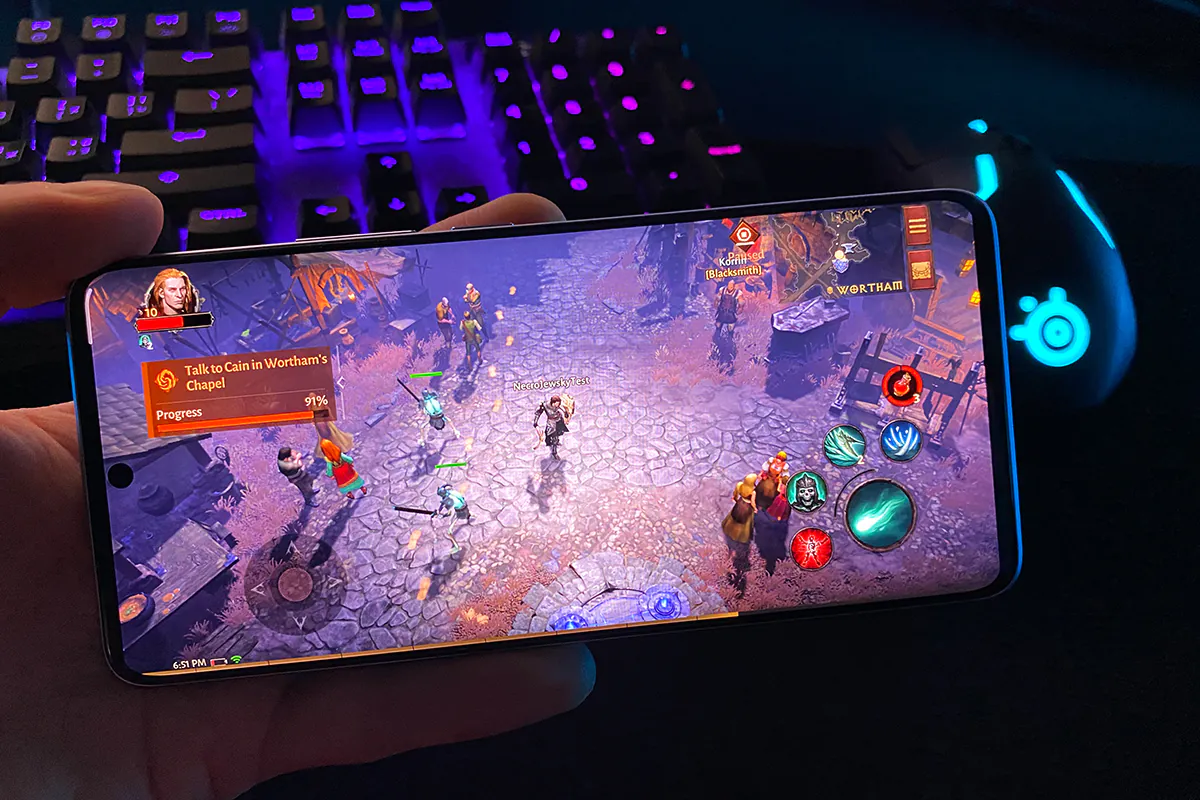
Genshin Impact
This game is more demanding than Diablo Immortal. Budget and entry-level mid-range devices can handle the game only at low to medium graphics settings. The Redmi Note 13 Pro+ 5G handles the game on maximum graphics settings without any issues.
In the settings, we see that our device is loaded to the maximum, and it seems like they suggest lowering the graphics. However, the game runs quite well. Comfortable smooth gameplay without freezes, even in the city. It feels like around 35+ FPS.
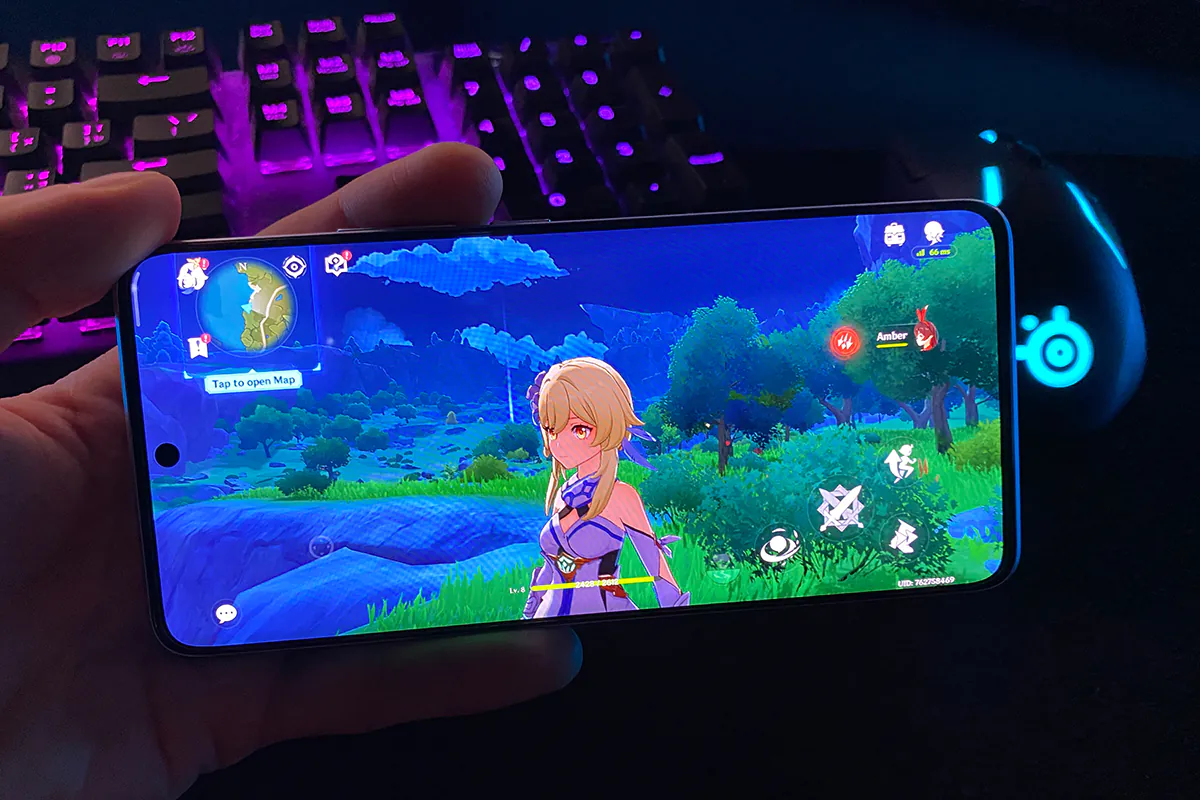
As we can see, resource-intensive games run well on the smartphone. In Diablo Immortal, even settings that are typically unavailable for budget and entry-level mid-range devices are accessible. Another pleasant aspect is that the smartphone hardly heats up. At least, it’s barely noticeable when held in hand.
Read also:
- Xiaomi 13 Pro review: a flagship with a clumsy design and a high price tag
- Xiaomi 13 smartphone review: almost perfect
Redmi Note 13 Pro+ 5G cameras
The cameras are the same as in the younger versions (13 Pro / 13 Pro 5G). The rear camera consists of 3 lenses: primary, wide-angle, and macro. The primary lens comes with a resolution of 200 MP. The aperture is f/1.65. It features optical image stabilization and a 16-in-1 (Super Pixel) merging technology, resulting in 2.24 µm pixel size. The sensor used is the Samsung HP3 1/1.4″. The wide-angle lens has an 8 MP resolution with an f/2.2 aperture and a 120˚ field of view. The macro lens has a resolution of 2 MP and an f/2.4 aperture. The rear camera can record video in 4K@24/30FPS, 1080P@30/60FPS, and 720P@30FPS.
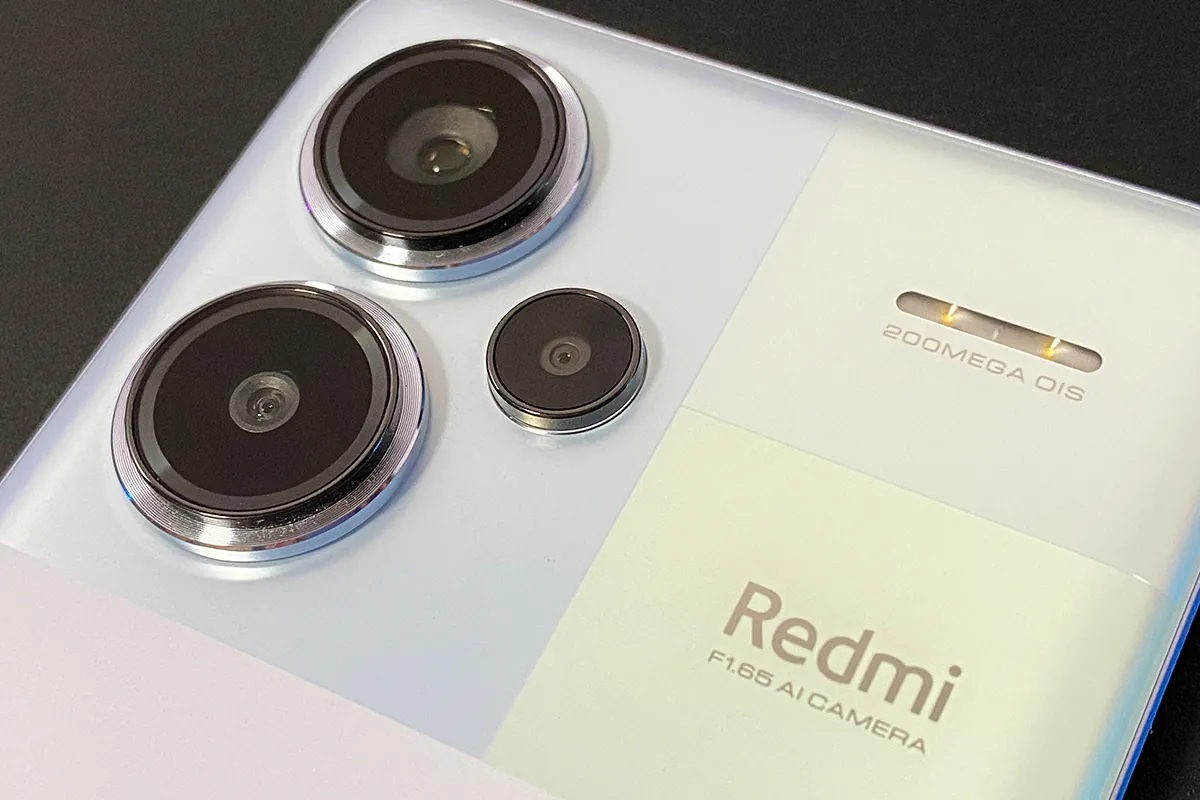 The front camera comes with a resolution of 16 MP and an f/2.4 aperture. It can record video at 1080P@30/60FPS and 720P@30FPS.
The front camera comes with a resolution of 16 MP and an f/2.4 aperture. It can record video at 1080P@30/60FPS and 720P@30FPS.
Camera app
In the Redmi Note 13 Pro and 13 Pro 5G reviews, I extensively discussed the camera application. In the Redmi Note 13 Pro+ 5G, there are no changes in this regard — everything remains the same. Shooting modes are switched by swipes, and additional settings are found in the dropdown menu. Available photo modes include regular photo, 200 MP, portrait, night mode, documents, pro mode, burst mode, macro, panorama, and long exposure mode.
Available video modes include regular video, slow-motion recording, time-lapse, macro, and short film (with pre-made effects and music). Video stabilization is only available for 1080P@30FPS. When shooting in 4K and 1080P at 60 frames per second, stabilization is not available. By the way, the videos come out quite well even without stabilization, so I don’t see any issues with this.
The camera supports HDR, which works in automatic mode. One drawback is that it activates inconsistently. Sometimes, under the same conditions, HDR may toggle on and off within the same frame. It’s not that this ruins the shots; it just operates somewhat inconsistently, and it’s likely something that will be addressed in updates. By the way, the same situation was observed with the Redmi Note 13 Pro / 13 Pro 5G.
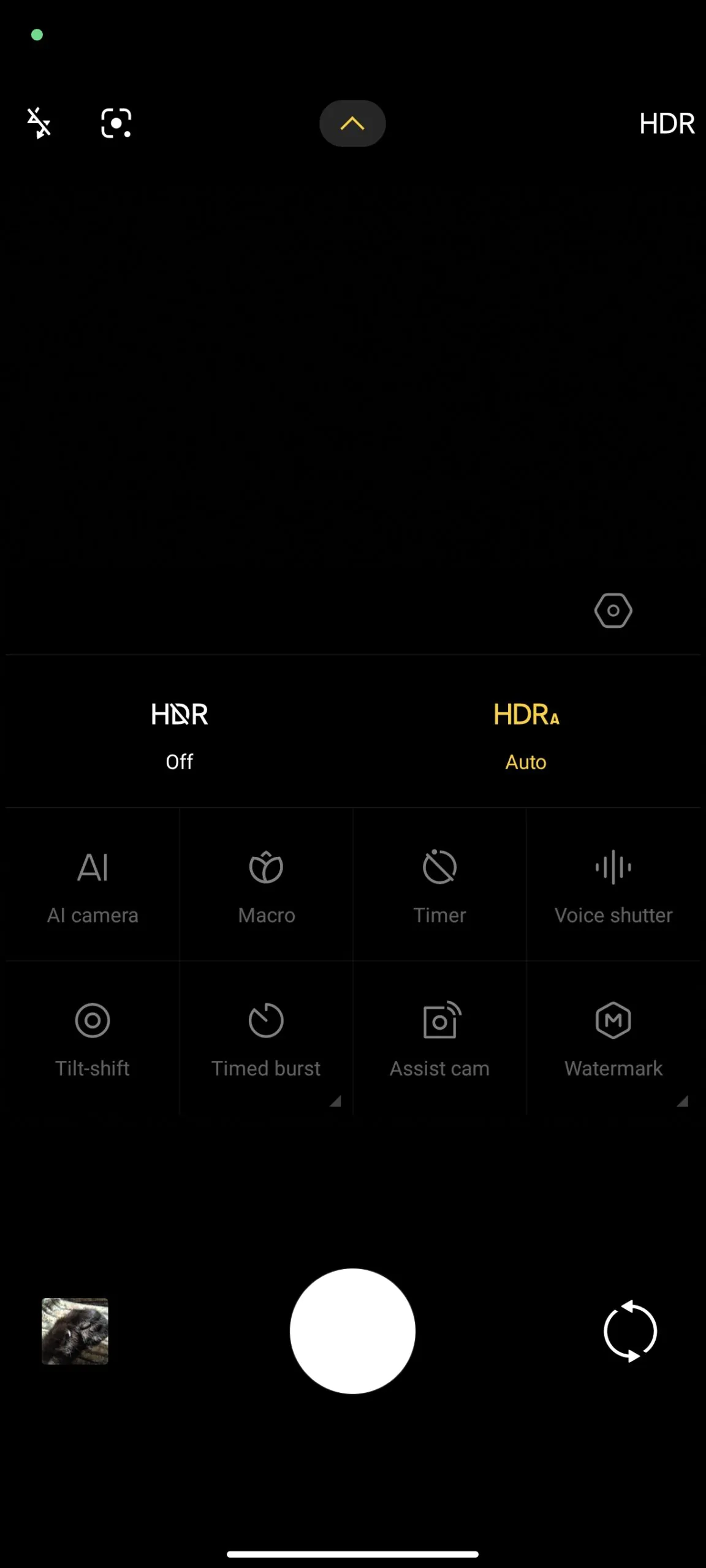 For some photo and video modes, additional enhancements and decorations are available, such as effects and filters. There’s also an AI camera feature that automatically recognizes scenes and optimizes settings for the best shots. I didn’t notice a significant difference with AI enabled. You can confidently do without it, and the shots will still turn out great.
For some photo and video modes, additional enhancements and decorations are available, such as effects and filters. There’s also an AI camera feature that automatically recognizes scenes and optimizes settings for the best shots. I didn’t notice a significant difference with AI enabled. You can confidently do without it, and the shots will still turn out great.
Another interesting feature is the auxiliary camera mode – you can connect a second smartphone and capture with the same preview. It’s a handy feature in situations where it’s difficult or impossible for one person to capture something alone. For example, if you want to take portrait mode selfies with the rear camera.
The set of modes and additional settings for the front camera largely mirrors those of the rear camera: regular selfies and portrait mode (with enhancements like smooth skin, large eyes, filters), night mode, panorama. For video recording, there’s regular video, short film, and time-lapse. HDR, auxiliary camera for the front camera are also available.
The global settings for the camera are standard. Everything available is shown in the screenshots.
Photos and videos with the rear camera
The rear camera performs well both in daylight and in the evening. Among the positives, I can mention good object detailing, decent color reproduction, and fast autofocus. As for the debatable points, on some shots, there may be a lack of warmth in tones. The only negatives I can mention are the weak additional modules, which are noticeable in wide-angle mode and macro shots. Also, HDR, which, in my opinion, works strangely—activating when it wants to. By the way, the mentioned negatives were observed in younger models as well (Redmi Note 13 Pro / 13 Pro 5G).
Here are a few examples of photos taken in good daylight and a few indoors under artificial light. In my opinion, the shots look quite decent.
In the maximum resolution mode (200 MP), object detailing is increased. It may not be very noticeable in the preview, and it may even seem the opposite. However, upon closer inspection and zooming in, the difference is felt.
For example, here are a couple of cropped shots taken in normal and enhanced resolutions. As we can see, the difference on distant objects is very noticeable.
Wide-angle photos come out decently only in good lighting conditions. In other cases, there will be low detail. Overall, wide-angle shooting could honestly be better.
The 4x zoom performs quite well, especially in good lighting conditions and when the smartphone is adequately stabilized. The maximum possible zoom is 10x, but at such magnification, the quality noticeably decreases. However, up to 4x zoom is the optimal choice.
The macro mode lacks a bit of detail and sometimes struggles with focusing. Overall, it’s usable for taking photos, but there’s room for improvement.
The portrait mode is standard, producing quite decent shots. As mentioned before, a plus point is that the camera doesn’t heavily blur the background from the start. Essentially, it’s more of the same, nothing more to add.
The smartphone handles evening and night photography without any issues. There’s good detail, fast focus, and decent colors and lighting.
There is a special night mode available for evening shooting, which enhances brightness in the shots. I’ll show a few comparison photos for illustration.
The quality of the video captured by the rear camera is excellent. The smartphone captures footage equally well both during the day and in the evening. Stabilization is available only for 1080P@30FPS. However, even without it, the videos turn out quite good.
Examples of videos in 4K@30FPS, 1080P@60FPS, and 1080P@30FPS with stabilization, taken during the day.




Examples of videos in 4K@30FPS, 1080P@60FPS, and 1080P@30FPS with stabilization, taken in the evening.




It’s worth noting that the cameras in the Redmi Note 13 Pro / 13 Pro 5G / 13 Pro+ 5G are the same. Therefore, all three smartphones capture images and videos more or less similarly. The only difference is that the 13 Pro 5G and 13 Pro+ 5G boast support for recording videos in 4K. Additionally, the 13 Pro has a slight difference in brightness for videos captured at 1080P at 30 and 60 frames per second. Otherwise, everything is almost the same. You can view examples of photos and videos from the younger models at the link.
Photos and videos on the front camera
The front camera performs well, especially during the day with sufficient lighting. In the evening, the level of detail may decrease slightly, but with some effort, you can still capture good shots. Again, it all depends on the available light. The portrait mode produces very decent results. Here are a few photos for a visual comparison.
The video quality from the front camera is good during the day. However, it noticeably decreases in the evening. Additionally, there is a difference in brightness — videos shot at 60 frames per second appear darker. I observed the same pattern with the 13 Pro / 13 Pro 5G models, and you can find examples in the previous review.
Examples of video recordings at 1080P@60FPS and 1080P@30FPS. The brightness remains consistent in both.
Examples of video in 1080P@60FPS and 1080P@30FPS. Here you can see that the video at 60 frames is darker.
Sound
The smartphone is equipped with two speakers: one at the top and the other at the bottom. Together, they provide decent stereo sound. Dolby Atmos technology is supported. The sound quality is good: there is no distortion, and the bass is slightly noticeable. You can comfortably watch movies, play games, and even listen to music. The volume is excellent — the smartphone is quite loud, especially at maximum volume. There is an equalizer in the settings as well.
Unlike the 13 Pro / 13 Pro 5G models, there is no standard 3.5mm headphone jack here for wired headsets. Therefore, you’ll have to use either USB-C headphones or go wireless. By the way, for Bluetooth headsets, LDAC codec support is available, so good wireless earbuds will be a great addition to the smartphone.
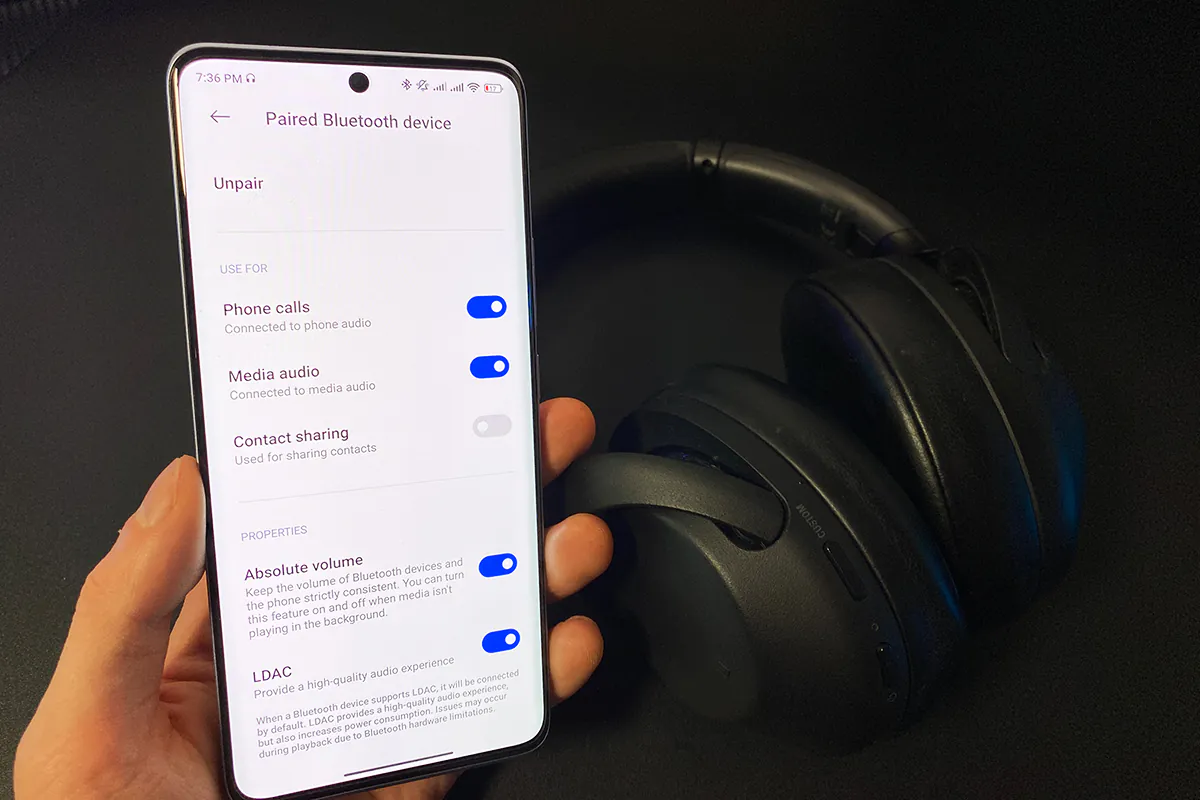
The quality of the earpiece speaker and microphone is excellent – loud, clear, no problems at all.
Communication
The Redmi Note 13 Pro+ 5G supports the standard range of cellular networks, including 5G. It also features eSIM support. The supported frequency bands are as follows:
- 2G GSM: 850 900 1800 1900 MHz
- 3G WCDMA: 1/2/4/5/6/8/19
- 4G LTE FDD: 1/2/3/4/5/7/8/12/13/17/18/19/20/26/28/32/66
- 4G LTE TDD: 38/40/41
- 5G: n1/3/5/7/8/20/28/38/40/41/66/77/78
Mobile communication works excellently on the smartphone. I used the tested smartphone as my primary device for calls, and I didn’t encounter any connectivity issues throughout the entire period. The signal on both SIM cards was stable, and the mobile internet speed was as expected.
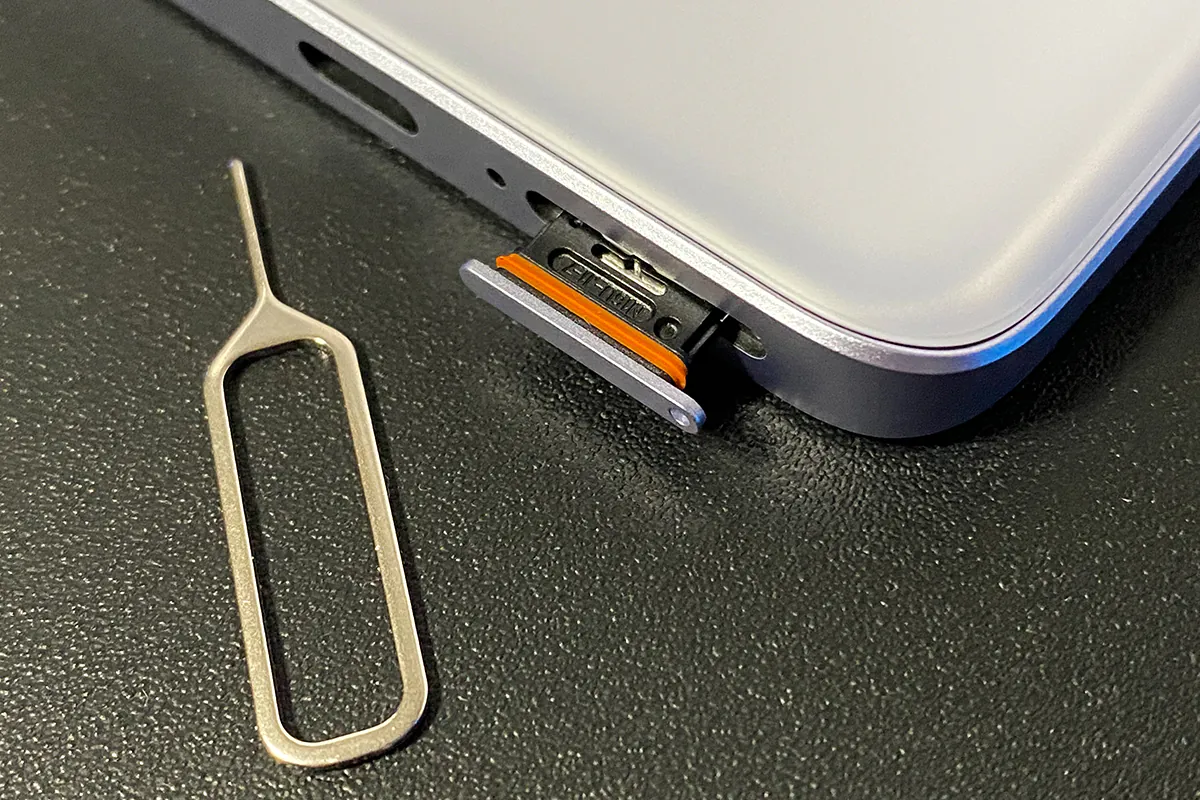
Wireless technologies
For wireless connections, the smartphone uses Wi-Fi 6 and Bluetooth 5.3. Interestingly, the younger models (13 Pro / 13 Pro 5G) had Wi-Fi 5 and Bluetooth 5.2. NFC module is available for contactless payments, which is essential. The supported set of location services is standard: GPS, GLONASS, Galileo, Beidou, QZSS.
I didn’t encounter any issues with wireless connections during the entire testing period. The smartphone quickly detects Bluetooth devices and establishes connections promptly. The internet connection speed is excellent. However, I couldn’t fully enjoy Wi-Fi 6 as my home router doesn’t support it. As for geolocation, everything works well; the location is determined accurately and quickly.
Read also:
- Samsung One UI 6.1 Interface and Galaxy AI Features Review
- Honor 90 Review: “Flagship Killer” with a 200 MP Camera
Software
The smartphone runs on Android 13 with its proprietary MIUI 14 skin. At the time of writing the review, the current version was 14.0.5.0. TNOEUXM.
In the previous review, I discussed the operating system, and I can say that there are no differences in the Redmi Note 13 Pro+ 5G. Everything remains the same: launcher, menus, settings, notifications, and so on.
The same set of pre-installed apps from both Google and Xiaomi. The same set of unnecessary third-party apps that can be easily removed.
Typical Xiaomi-style advertising, built into the apps, recommendations, and annoying notifications, are also present.
Navigation in the system is standard—either using the three buttons or gestures. As for unlocking methods, you have options like PIN, pattern, password, fingerprint, or face unlock.
Good, fast, intuitive, and visually appealing OS. You don’t have to worry about updates because it’s Xiaomi. Just take some time to set everything up according to your preferences (remove or disable unnecessary features), and you can comfortably use it.
Redmi Note 13 Pro+ 5G Battery life
The smartphone is equipped with a 5000 mAh battery. It comes with a charger with a maximum power of 120 watts.
With the included charger, the smartphone charges from 3% to 53% in 10 minutes. A full charge takes 23 minutes.
To achieve maximum charging power, you need to go to the battery settings and activate the corresponding option. By the way, the smartphone itself will suggest doing this when you connect the charger — you’ll receive a notification. Fast charging works with the display turned off. If it’s on, the charging power decreases.
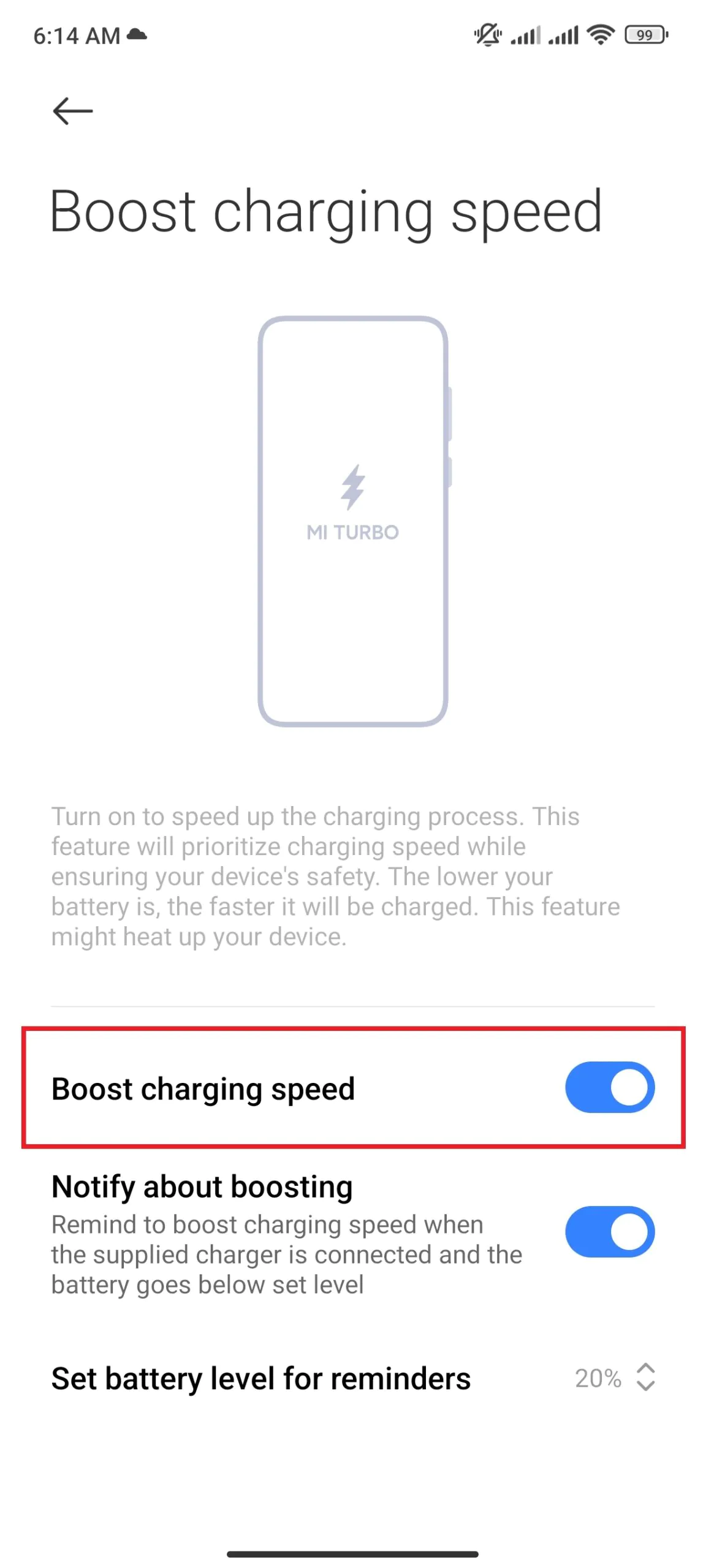 The smartphone battery can operate in several modes: balanced (default), battery saver, ultra power-saving, and high performance. There are battery protection options such as slower charging during the night. If necessary, this setting can be disabled. The battery settings are exactly the same as we saw in the Redmi Note 13 Pro 5G. Everything is identical.
The smartphone battery can operate in several modes: balanced (default), battery saver, ultra power-saving, and high performance. There are battery protection options such as slower charging during the night. If necessary, this setting can be disabled. The battery settings are exactly the same as we saw in the Redmi Note 13 Pro 5G. Everything is identical.
For testing battery life, I used the built-in stress test Work 3.0 Battery Life from PCMark. It showed a result of 9 hours and 55 minutes.
The test was conducted with the following settings on the smartphone:
- Battery mode: Balanced (default setting)
- Display brightness: Approximately 75% (manual adjustment, dynamic brightness turned off)
- Refresh rate: Dynamic (default setting)
With regular daily usage, the smartphone’s full charge typically lasts around 1.5 to 2 days, depending on the intensity of usage. Based on tests and personal experience, I conclude that the battery life of the Redmi Note 13 Pro+ 5G is at a good level.
Conclusions
The Redmi Note 13 Pro+ 5G is a fantastic smartphone and a true flagship of the Redmi Note 13 series. Among its strengths, I can highlight its stylish design, ergonomic feel, impressive display, powerful internals, excellent performance, fast charging, and battery life, as well as its support for 5G and eSIM. As for the contentious points, the additional modules of the rear camera could be stronger, but considering that they are mainly noticeable in modes that few people use regularly, it’s not a significant drawback. Overall, it’s an excellent device that I can confidently recommend.

Read alsо:
- Highlights of #MWC2024: Vision of the Future of Electronics World
- Why Motorola makes the most romantic smartphones
- Review of Lenovo Legion Glasses: glasses – a pocket monitor for gaming and more




